
Return to - the Ancient Parish of Standish

The Manors of STANDISH and LANGTREE.
within the -
Ancient Parish of Standish Lancashire England.
2. Rectors of St. Wilfrid's Church.
3. St. Wilfrid's Church in the year 2012.
4. 1650 - THE LANCASHIRE CHURCH SURVEYS.
6. People and events in Standish with Langtree 1305 to 1887.
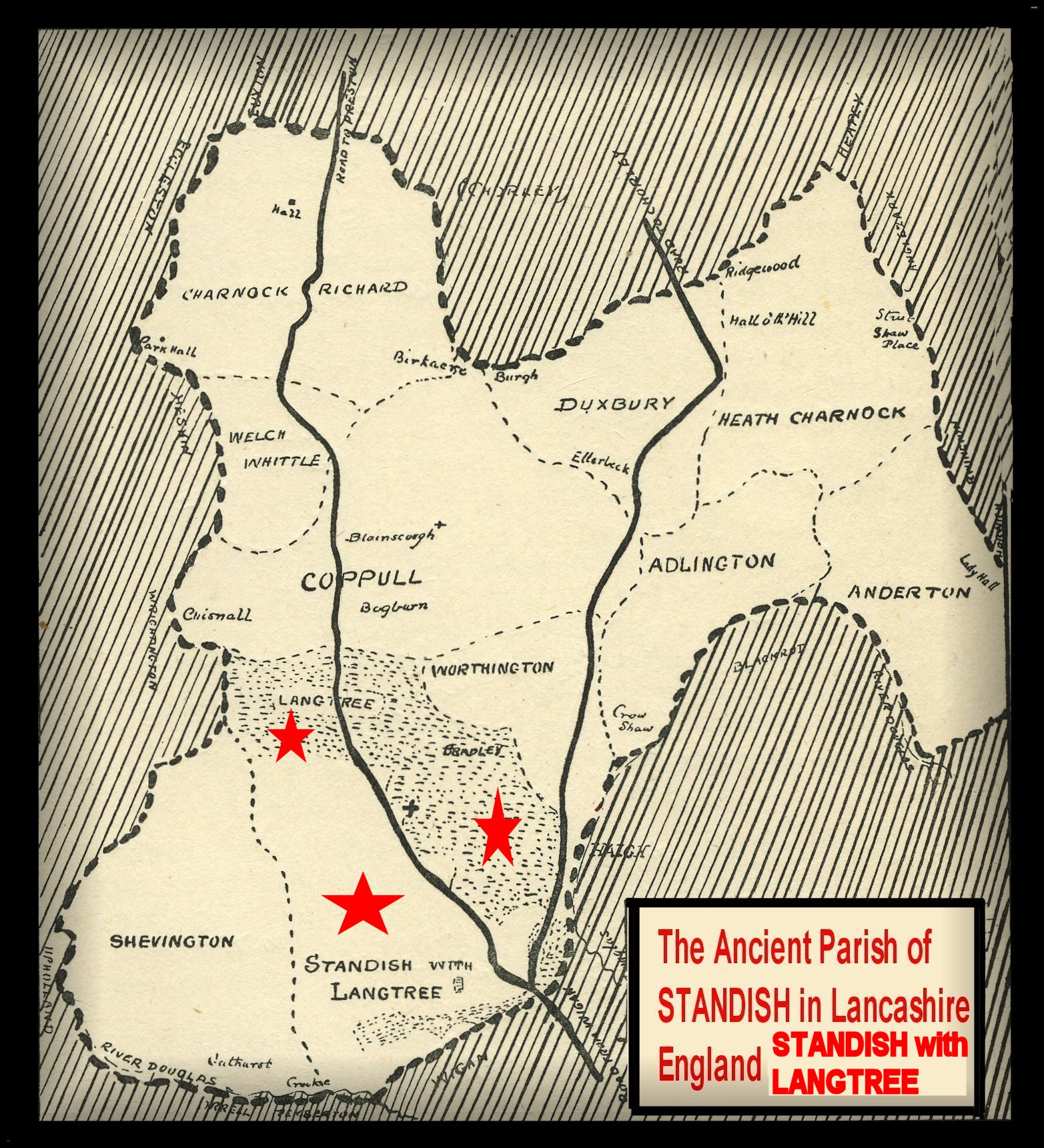
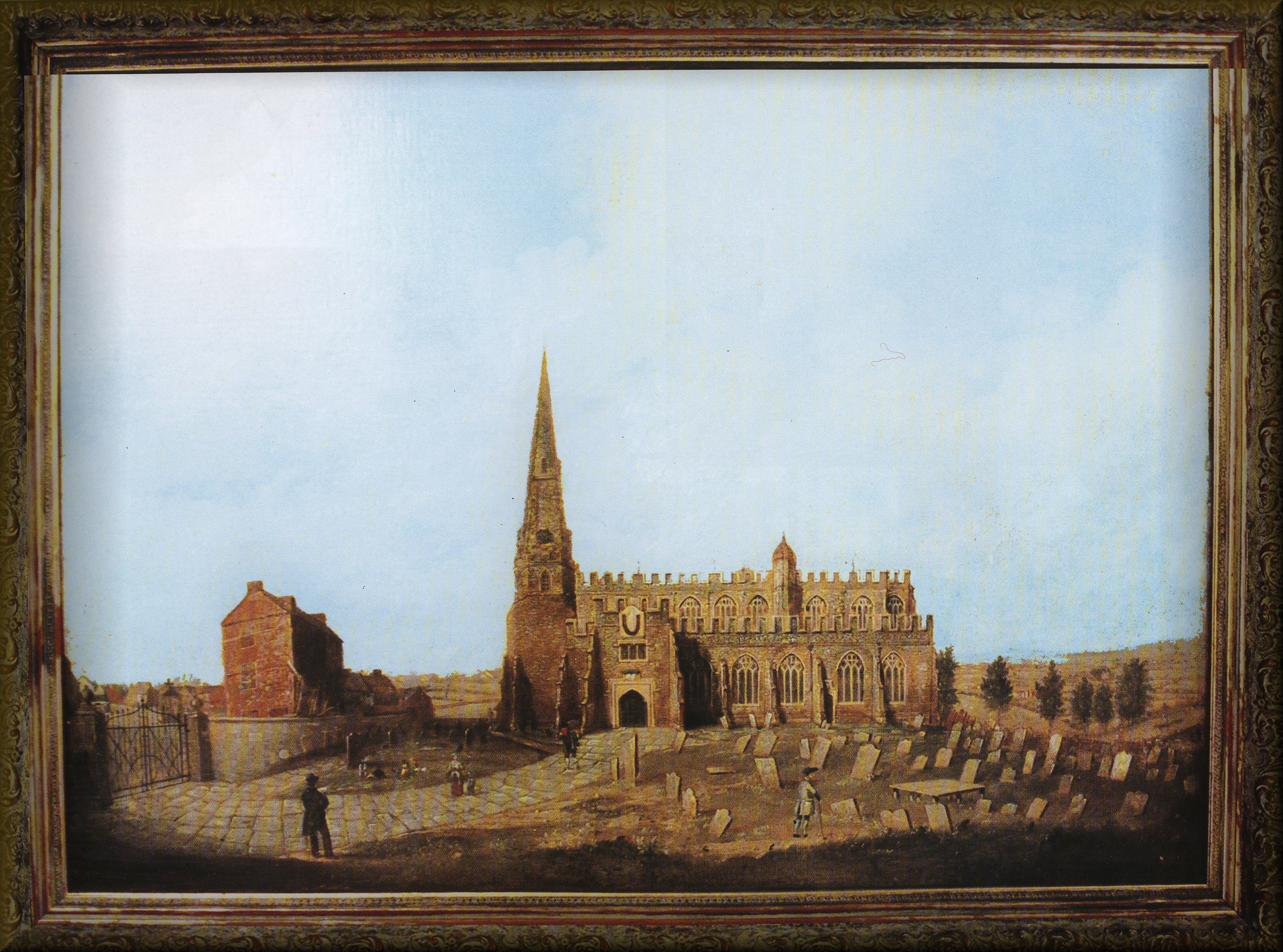
1799 - The Ancient Parish Church of Standish - St. Wilfrids.
The Ancient Parish Church of Standish is first mentioned in 1205 but the vast extent of the ancient parish with its eleven townships (Adlington, Anderton, Charnock Richard, Coppull, Duxbury, Heath Charnock, Langtree, Shevington, Standish, Welch Whittle and Worthington) points to a very early foundation. It was originally in the Lichfield Diocese becoming part of the Chester Diocese when this was formed in 1541. It became part of the Manchester Diocese when this was founded in 1845 and finally part of the Blackburn Diocese when this was created in 1926 (The Blackburn Diocese will celebrating its 85th Anniversary in 2011).
The Ancient Parish Church of Standish - St. Wilfrids
The church of ST. WILFRID stands on high ground at the north-east end of the village, and consists of chancel 37 ft. by 22 ft. with north and south chapels, nave 60 ft. by 22 ft. with north and south aisles 14 ft. 9 in. wide, west tower 11 ft. 6 in. by 10 ft. 6 in. with stone spire, and south porch 14 ft. by 10 ft. 6 in. with chamber over, all these measurements being internal.
Of the original building which existed prior to the 16th century little now remains. In 1544 it was found to be 'in grete ruyne and decaye,' and orders were given for re-edifying it under heavy penalties, but nothing seems to have been done for some years after. The present church, with the exception of the east end of the chancel and the tower, belongs to the rebuilding by Rector Moody in 1582–4, the contract and agreement of which is dated October 1582, (Trans. Hist. Soc. xxii (new ser.), 51. Robert Charnock of Astley is there stated to be content to 'take upon himself the charge and oversight of the building and setting up of the church of Standish for and on behalf of the whole parish according to such proportion and time for the mason work as is agreed upon and set down in a pair of indentures . . . made betwixt the said Robert Charnock on the one part and Lawrence Shipwaie, freemason, upon the other part.' See also Baines' Lancs. ed. Harland, 1870, ii, 168.) but it is possible that these refer to a final effort to complete a building which may have been in process of erection for many years previous, as in 1539, 1557 and in 1558 there is record of moneys having been bequeathed either for the repair or rebuilding of the church. Whatever the exact date of the rebuilding, however, it appears to have been completed by about 1585, the work then done including the whole of the present nave and aisles, (The Standish chapel in the south aisle is said to have been built in 1589, but there is no architectural evidence to indicate that it was an addition to the building as originally designed. The date 1589, however, occurs on the roof of the nave, so it may be that the work of rebuilding progressed very slowly and occupied some seven or eight years.) south porch and the greater part of the chancel. The old tower, which was square below and octagonal above with an embattled parapet and spire, was left standing till 1867, when it was pulled down and the present tower and spire built. The east end of the chancel, which projects 10 ft. 6 inches in advance of the east end of the aisles and is contracted in width to 18 ft., appears to have been rebuilt, most likely late in the 15th century, the reconstruction of the chancel having been possibly then begun but not proceeded with. Whether or not the east end of the chancel preserves any portion of an older mediaeval building it is difficult to say, and all that can be stated with any degree of certainty is that in the 15 th century the church was the same length as at present and consisted of a chancel, nave with high pitched roof and westtower, and that there was a north aisle. The reports of the Chantry Commissioners make it clear that there was a north aisle in the old church in 1548; Trans. Hist. Soc. ibid. There was probably also a south aisle, but this is not certain. In 1799 a new east window was inserted, and two years later the north and south windows of the chancel were renewed. The building underwent a restoration in 1859, when the old square pews with which it was then filled were removed and the present seating erected. There were also galleries at that time on the north and west sides, and these were pulled down. Previously to this the lead roof seems tohave been renewed and other external work done. On the lead of the main roof are the names of the rector (Rev. W. H. Brandreth) and churchwardens and the date 1847, and the same date occurs on the spout heads on the north side.
The church is built of local gritstone in even and regular courses, but at the eastern end of the north side and in some other parts there are fragments of yellow and red sandstone, probably remnants from the earlier building. The walls throughout have embattled parapets, and the roofs, which are of very flat pitch and therefore not seen, are covered with lead.
The walls of the nave and chancel are continuous and of the same height, the division being marked externally only by octagonal staircases rising on either side as turrets with stone domed tops above the roofs. The aisles of the nave and chancel are also continuous and externally without distinction of division. The nave and chancel are lofty, with a continuous range of wide four-light clearstory windows with four-centred heads, and the line of battlement is varied by a wider merlon surmounted by a pinnacle over the middle clearstory window of the chancel, the second and fourth windows of the nave and over the east chancel window. The parapets on the east end of the north and south aisles are differently treated, that on the north side being stepped, while on the south the line follows the flat pitch of the lean-to roof. All the tracery of the windows is modern, of late Gothic character, with apparently little or no attempt to carry out the original design. The jambs and pointed heads of the windows, however, are original.
The chancel is lit at the east end by a modern five-light window and by a window of three lights immediately north and south with a similar opening above ranging with the windows of the clearstory. The upper windows previous to the restoration had been mutilated on their west sides apparently by the building up against them of the later wall which stands in front of the older chancel wall about 2 ft. The new windows, however, have been rebuilt similar to the ones below, with a pointed head, but narrower and of different shape from those of the clearstory. In the east wall south of the altar there was originally a doorway opening probably into a low vestry as at Sefton, the masonry on the outside still showing clearly where the opening has been built up. Below the south window 2 ft. from the floor are the piscina and aumbry side by side, the piscina having an ogee-shaped head but no bowl; the aumbry a plain square-headed recess in the wall 1 ft. 11 in. wide by 15 in. high. The altar rails, which are modern, are at the junction of the older and later work, at the widening of the chancel, which west of this point has an arcade of two pointed arches on each side springing from circular columns and responds. The arches are 9 ft. wide, narrower and lower than those in the nave, but of the same general character. They are of two moulded orders with labels terminating in shields, and above are two four-light clearstory windows on each side. The chancel arch is pointed and of two orders, moulded on the east side and on the west with rounded chamfers, and springing from semicircular shafts with moulded caps and square abaci, similar in detail to the nave arcade. The division between the chancel and nave is marked by large octagonal piers, 6 ft. in diameter, each containing a staircase leading to the roof and with a halfround shaft forming a respond on three sides. Under the dome of the north campanile there are four sockets in the masonry, probably to carry crosstrees for a bell'; Trans. Hist. Soc. xix-xx (new ser.), 258. Over the arch pier on the north side of the chancel is a panel in the wall with the date 1584 in raised letters in the left-hand bottom corner, the rest of the surface being plain.
Glynne records that 'in the chancel on one of the northern arches is an inscription -:

and on one of the shields at the termination of the hood mould on the opposite side are the initials R. M. The chancel screen is modern and of oak, but provision seems to have been made in the church as built in 1582–4 for a rood loft, as in the north staircase pier there is a door high up in the wall apparently constructed for access to the loft. The provision for a rood loft at such a late date, as well as other marks of mediaeval ritual in the building, is rather remarkable, unless the builders incorporated some features of the earlier structure in the new edifice. The roof is of oak similar to that in the nave, of very flat pitch, with richly moulded beams. On the beam over the east window is carved 'Richd Moodye p'son of Standyshe 1585,' and on the other three beams are inscribed ' A. S.,' 'E. S. 1585,' and 'R. Brideoake 74.'
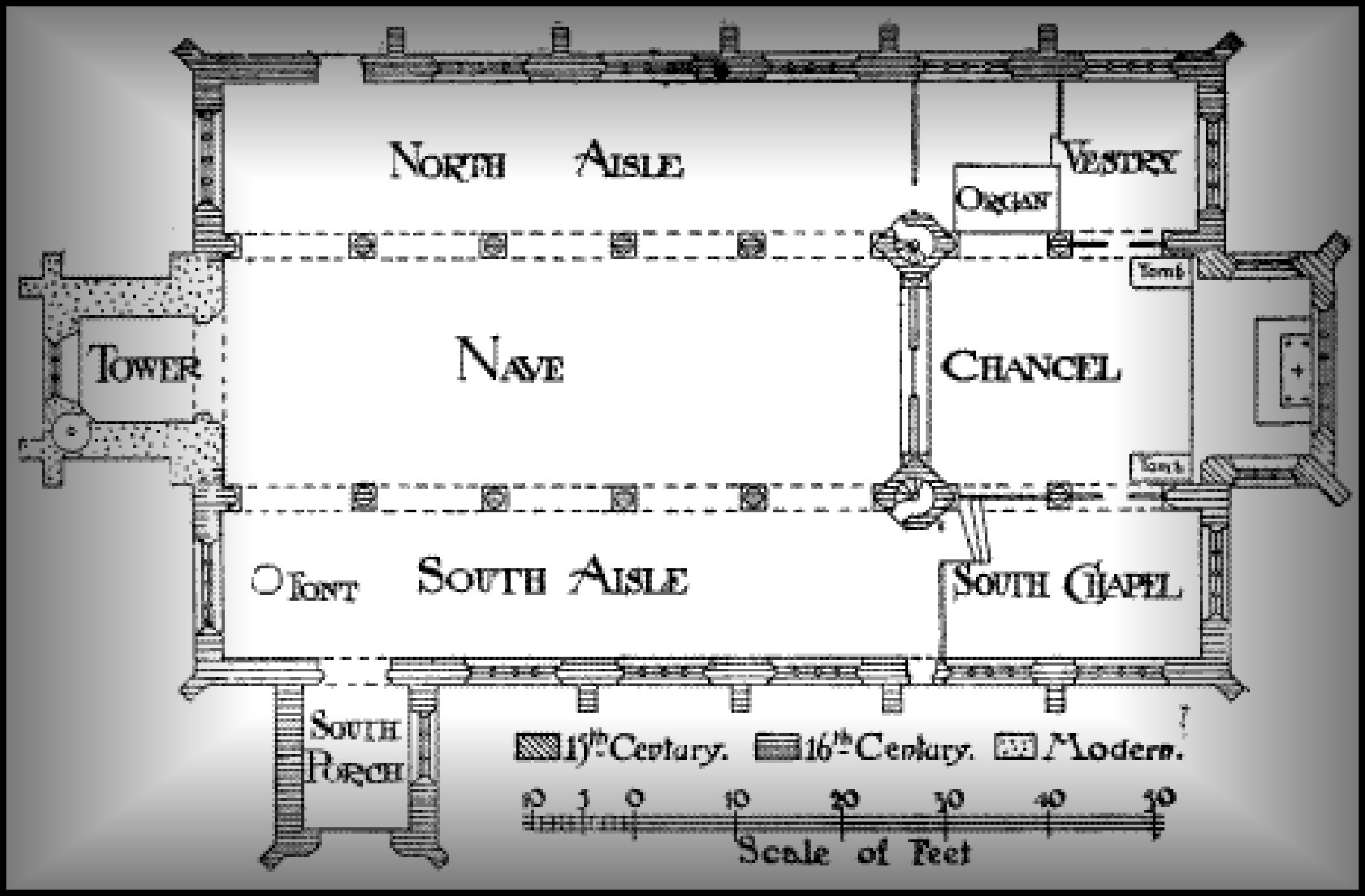
Plan of Standish Church
The east end of the north aisle of the chancel (the north aisle is sometimes known as the Duxbury chapel. 'It has been orally transmitted that the chapel on the north side of the chancel was originally founded by the Standish family of Duxbury , Raines' notes to Lancs. Chantries (Chet. Soc.), lx, 181 1862)
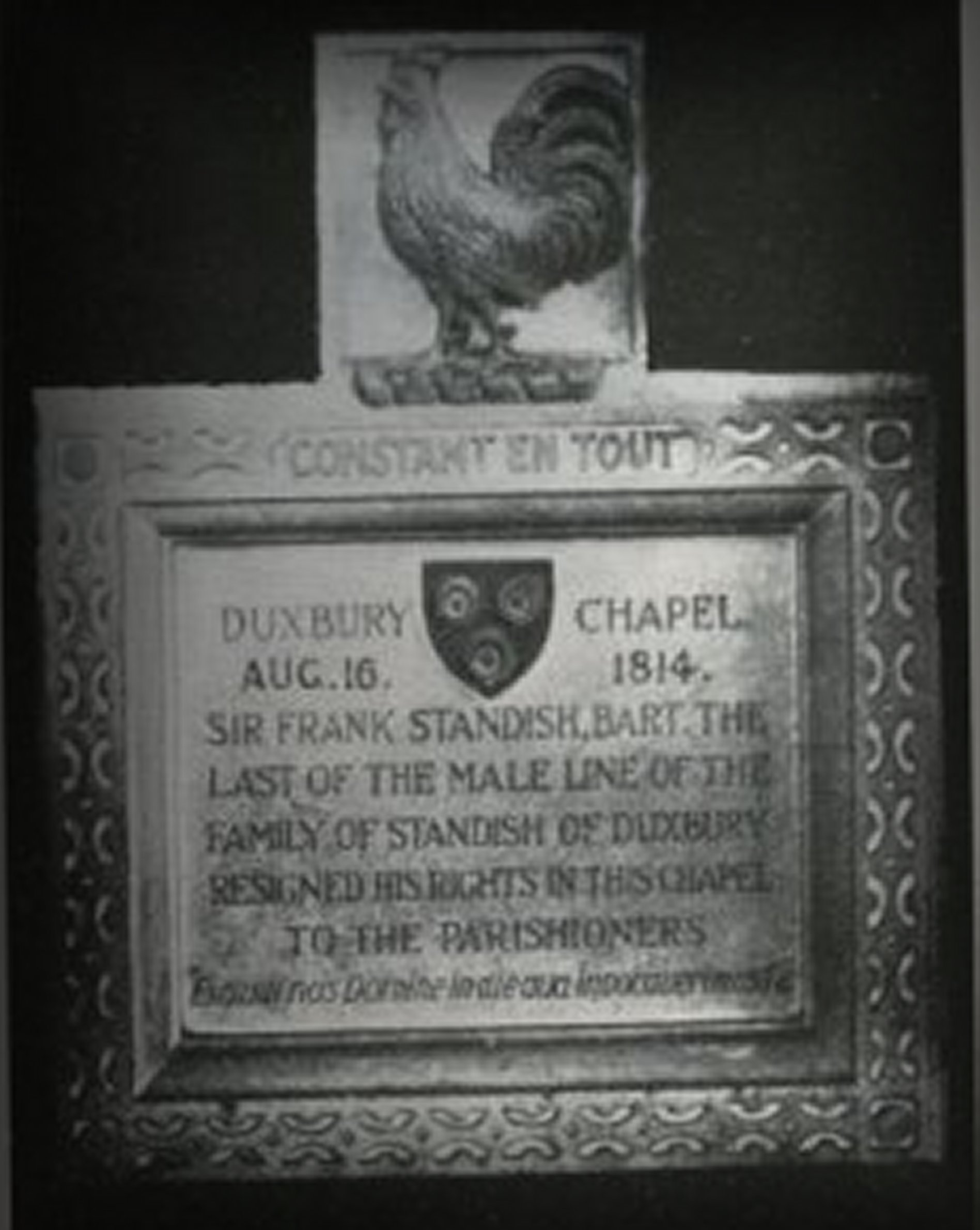
is used as a vestry and is separated from the chancel by a modern screen, while the second bay is occupied by the organ. The Standish chapel in the south aisle is separated from the chancel and from the nave at its west end by a modern screen, and is 25 ft. long, the floor being level with that of the chancel, which is three steps above the nave. The chapel, like the north chancel aisle, is lit at the east end by a four-light window and by two similar windows on the south side, and is seated with benches, six of the old bench ends being carved with the Standish crest (the owl and rat) and the initials R. S. A brass plate records that the chapel was built by Edward Standish in 1589, and was restored in 1878, but whether this means that the outside walls date from that year, some five years after the supposed completion of the main building, is not quite clear. On the south wall below the easternmost window is a small piscina 11 in. wide, with an ogee head, but the bowl has been cut away. West of the second window, but on the nave side of the screen inclosing the chapel, is a priest's doorway with four-centred labelled head and modern panel on the outside carved with the Standish crest. On the south wall is a lead head with the initials and date L. F. 1669.
The nave is of five bays, with north and south arcades having circular piers 2 ft. in diameter on square pedestals 3 ft. high, and pointed arches 11 ft. wide of two round chamfered orders with label mouldings terminating in blank shields. The piers, which are of Renaissance design, have moulded caps and bases and a square abacus with curious turned pendant ornaments at the four corners. The pedestals have a plain chamfered plinth and moulded surbase, the height over all from the floor to the top of the abacus being 13 ft. 6 in. There are five clearstory windows on each side, and the aisles have each three windows of four lights to the north and south, and a four-light window at the west end. In the north aisle the wall is faced on the inside with ashlar, while the south aisle wall is of rough masonry.
An old drawing of the church previous to the restoration of 1859 shows a screen across the north aisle from the second pillar of the nave arcade west of the chancel pier, and the filled-up sockets in the pillar and wall can still be detected. This has suggested the location here of the 'Langtree chapel' which is mentioned in the time of Queen Elizabeth. An order from [Wm. Chadderton,] Bishop of Chester, for examining witnesses in a dispute amongst the parishioners of Standish in the names of John Adlington and Gilbert Langtree concerning a chapel or chancel in Standish Church called Langtree chapel'; ibid. 256.
The roof, which is of the same design to both nave and chancel, is the original one erected in the late 16th-century rebuilding and is an exceedingly handsome piece of work. It is of very flat pitch, richly wrought in oak, with moulded principals, each bay being subdivided by two moulded intermediate crossbeams, ridge and purlins, forming eighteen square boarded panels crossed by moulded diagonal ribs. All the intersections have carved bosses, and the principals are carried on carved oak brackets of distinctly Renaissance type, resting on small stone corbels. The lean-to roofs over the aisles are of somewhat similar detail, that on the south side having carved wood brackets and diagonally-ribbed panels as in the nave and chancel, but on the north side the principals are carried on stone brackets of Renaissance type, and the panels have square instead of diagonally-placed ribs. The stone brackets are carried along the north wall to the roof of the north chancel aisle, where, however, the roof is similar to that on the south side. The beam at the east end of the nave against the chancel arch has carved upon it four shields and the initials E. S., A. S., E. W., and I. C., probably standing for Edward and Alexander Standish, Edward Worthington and John Chisnall, and thesecond beam westward has an inscription not easy to decipher (Mr. Price gives it as SASDWIREGR ANNO DOMINI 1589—'a number of letters the meaning of which I cannot interpret'; ibid. 259.) with the date 1589. In the Standish chapel the intersections of the beams are carved with coats of arms showing the alliances of the Standish family, and there are two grotesque figures supporting one of the beams which are quite different in character from the other carvings in the church.
The combination in the nave and quire of late Gothic and Renaissance detail is effective, and the latter not being over-emphasized the general appearance of the interior, the excellent proportions of which give it great beauty, is that of a building of the mediaeval period.
The north doorway, which is now made up, is small and plain with a four-centred arch and blank panel with hood mould over, the principal entrance to the church being by the south porch, which has a four centred outer arch under a square label mould and an upper story lighted on the south by a three-light square-headed window. The porch retains its original flat ceiling with heavy moulded oak beams, divided into twelve square panels similar in detail to those of the nave roof, and on each side is a stone seat. On the east wall is a three-light window, and in the north end of the west wall, near the inner door, 5 ft. from the ground, a small recess 6 in. wide and 3½ in. deep with ogee-shaped head. The entrance to the porch chamber is by a door inside high up in the wall over the entrance and now only accessible by means of a ladder. Like the aisles and clearstory the porch is finished externally by an embattled parapet, and on the south side above the upper window is a wood sundial with the motto 'Dum spectas fugit hora.' The outer angles have diagonal buttresses of three stages.
The west tower is of three stages, with a square base the height of the nave roof, and octagonal belfry stage above surmounted with a spire. The belfry stage has a two-light pointed window on each face, and the parapet above is embattled. The vice is in the south-west angle, and there is a clock on the north, south and west sides. The tower arch is of two chamfered orders continuous to the ground. To some extent the tower follows the design of the old one taken down in 1867, which was of the same type as those at Aughton, Halsall and Ormskirk. The old tower, however, was much lower, and its proportions spoilt when the new 16th-century nave was built up against it, the embattled parapet of the octagon belfry stage, from which the spire sprang, being only slightly higher than the nave roof, the parapets of which abutted awkwardly against it. The old tower is said to have shown the evidence of apointed roof on its east wall, (Rector Perryn's notebook quoted in ibid. 250.) and Glynne describes it as 'square below and octagonal above, with a Decorated west window and plain door and two-light belfry windows.' The original spire had been partly rebuilt in 1823.
The font stands at the west end of the south aisle, and consists of an octagonal bowl of yellow sandstone with blank shields within sexfoils on each face. It is probably of early 16th-century date, but stands on an older stem of plain clustered shafts of hard greystone, and the base, again, is of different stone and of later date.
The pulpit formerly stood on the south side of the chancel arch, but in 1859 was moved to its present position on the north side. It was presented by Rector Leigh in 1616, and is octagonal in shape, of richly carved oak, each side being divided into three panels of unequal size and form. It stands on a tall stem and under the cornice on six sides is the inscription in Gothic letters, NECESSITAS | MIHI INCUMBIT | Vae MIHI SI NON | EVANGELIZEM | EX SUMPTIBUS | W. LEIGH REC. 1616. On the remaining side (one being open) is— 'W. Leigh Rect. Donum Dei Deo 1616.
A panel on the north side has a shield of eight pieces, the arms of Ralph Standish, with his initials and crest, and date 1616.
The rest of the fittings are mostly modern. There are, however, two oak bench ends in the north vestry, one carved with the initials and date 'E.H. 1625,' and the other 'W.R. 1626,' and under the tower is a bench apparently of about the same date, one of the ends of which has the Worthington crest and the other the arms and crest of Langtree. The altar slab is a piece of yellow marble, given by Edward Chisnall in 1693, and stands on an oak table with eight twisted legs.
On the north side of the quire is the altar tomb of Richard Moody, with a recumbent effigy, cut apparently from a block of local freestone, but now, along with the rest of the monument, painted black and grey, or lead colour. The figure represents a clerk —possibly Gilbert de Standish, rector 1357–96—in cassock, surplice and hood, the close-fitting sleeves of the doubletappearing from within the sleeves of the cassock. (M. H. Bloxam, On certain rare and perhaps unique effigies of Ecclesiastics, 1875, quoted in ibid. Bloxam says, 'This is the only recumbent effigy of a parish priest of the reign of Elizabeth I have met with represented as vested in the surplice.' The explanation no doubt is that Moody appropriated the effigy of one of his predecessors, which had been displaced in the rebuilding. Mr. St. John Hope, on being shown a drawing of it, said it 'belongs to the last quarter of the 14th century.' The effigy is well carved, but the lettering of the inscription is very badly cut on a rough edge.) Below is a recess with Ionic columns and entablature, containing a bas-relief representing two angels holding a winding-sheet which contains a corpse, with the words, 'As you are I was and as I am you shal be.' The marginal inscription, which has the dates left blank, seems to indicate that the tomb was erected by Moody before his death.
On the opposite side is a good 17th-century altar tomb, in yellow and black marble, with the recumbent effigy of Sir Edward Wrightington, kt.,'one of the Council of the North,' who died 1658.
On the wall above is a monument to Edward Dicconson of Finch Mill, in Shevington, vicar apostolic of the northern district of England (1740) and Bishop of Malla in partibus infidelium (1741), who died in 1752.
The oldest monument in the church, however, is a sepulchral slab with the incised figure of Maud Chisnall, wife of Robert de Chisnall, now in the floor at the east end of the nave, partly hidden by the platform on which the reading-desk stands. The date has been obliterated, but the stone is attributed to the 14th century.
On the south-west face of the north octagonal staircase pier above the pulpit is a stone panel with the arms and crest of Worthington and the initials and date, E. W. 1584, and over the first pier of the north arcade is a panel with the Stanley crest of the eagle and child. Attached to the north-west side of the south staircase pier, facing the nave, is an elaborate mural monument to Edward Chisnall, who was one of the defenders of Lathom House, and died in 1653, with a long Latin inscription, and opposite on the north pier a tablet to Thomas Clayton, d. 1721. Over the south door in the nave is a marble tablet by Nollekens to Cecilia Towneley, d. 1778, and Edward Towneley Standish, d. 1807.
There are several brasses in the floor of the chancel, one to Mary Lathom (d. 1656), wife of Paul Lathom, rector, and others of 18th-century date. There was formerly a brass plate in the north aisle with a Latin inscription to the effect that Robert Pylkington (d. 1498) had been custodian and chaplain to the chantry of St. Nicholas.
The only fragments of old glass now remaining are in the top lights of the second window from the east in the Standish chapel, one of which contains the Standish coat of arms, a shield of eight quarters, and crest. There was formerly, however, in the second clearstory window of the north side a fragment of 15th-century glass which bore the inscription in Gothic characters, RICHARD LANGTRE MADE [A GIFT ?] OF THE GLAZING OF THIS WINDOW. ANNODO. 1590. This fragment was preserved by the parish clerk when the old glass of the clearstory was destroyed; ibid. 257.
There is a ring of six bells, five of which were cast by A. Rudhallof Gloucester, two in 1714 and three in the following year. The first and second have the names of the churchwardens. The other inscriptions are (3) 'Peace and good neighbourhood,' (4) 'Prosperity to the Church of England,' and (5) 'Prosperity to the Parish.' In 1846 another bell was added, cast by Mears of London.
The church plate is exceedingly handsome, and consists of eightpieces, all of great merit and beautiful workmanship.
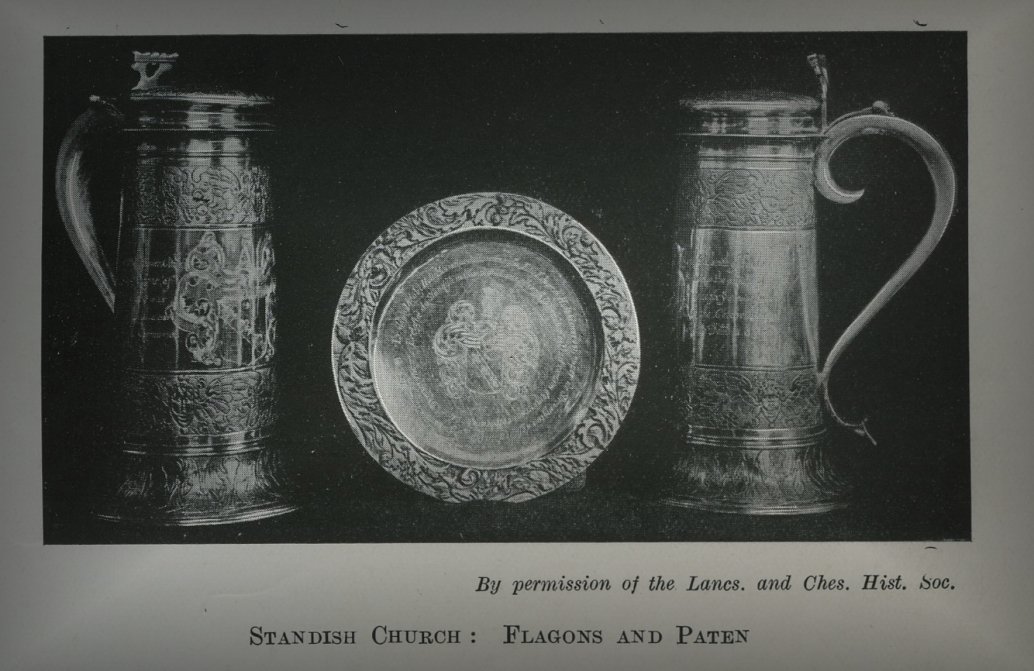
The earliest pieces are achalice and cover paten of 1607, the chalice inscribed in the centre of the bowl, THIS CUP AND COVER WAS GIVEN TO THE PARISH CHURCH OF STANDISH, IN THE COUNTY OF LANCASTER, FOR A COMMUNION CUP BY ALEXANDER PRESCOTT, THE SONNE OF WILLIAM PRESCOTT, OF COPPELL, AND NOWE CITIZEN AND GOULDSMITH, OF LONDON. ANNO 1608. It stands 9½ in. in height, and has further inscribed on it in Roman lettering in three separate places—below the lip, at the bottom of the bowl, and on the rounded upper portion of the base—'Lett a man examine himselfe and soe lett him eate of this breade and drink of this cup. For he that eateth and drinketh unworthily eateth and drinketh his own judgement because he discerneth not the Lord's Body.' The cover is surmounted by a plain knob, and when inverted forms the paten, on which is engraved, 'Holy things are for holy men.' Both chalice and paten have the maker's mark, T. I., with a molet below in a plain shield. The rest of the plate consists of two flagons of 1656, a chalice and two patens of 1677, and an almsdish of 1768. The flagons are silver-gilt, of very rich design, standing 13 in. high and 7¼ in. in diameter at the base, with two bands of gilt repoussé work, and similar ornamentation on the lid, the design of which consists of cherubs' heads and wings in a circle round the edge interspersed with leaf and scroll ornament. Each flagon bears the arms of Holt of Shevington, dividing a long inscription, ALEXANDER HOLT, ESQUIRE, CITIZEN AND GOLDSMITH, OF LONDON, GAVE THESE TWO FLAGONS OF SILVER TO THE PARISH OF STANDISH, WHERE HE WAS BORNE, FOR THE SERVICE OF GOD AND THE USE OF THE PARISHONERS AT THE CELEBRATION OF THE HOLY COMMUNION. A. D. 1657. The maker's marks are I. W., with a tun below, all in a plain shield.
The second chalice is similar in size and shape to the first, and bears the same scriptural verses set out as before. It is inscribed, THIS CUP AND COVER WAS GIVEN TO THE PARISH CHURCH OF STANDISH, IN THE COUNTY OF LANCASHER, AS A COMMUNION CUP, BY EDWARD HOLT, LATE OF SHEVINGTON, GENTLEMAN, IN THE PARISH AFFORESAID, DECECED, IN THE YEARE OF OUR LORD 1677. The maker's mark is I. H., with a fleur de lis below. The cover paten is similar to the one belonging to the older chalice, but the second paten of 1677, which was the gift of James Holt, is larger, being 9 in. in diameter, formed by a single shallow depression, leaving a rim an inch wide deeply worked in repoussé. In the centre are the arms of Holt, with a martlet for difference, and around the arms is inscribed, EX DONO JACOBI HOLT MERCATORIS LONDONENSIS FILIJ EDWARDI HOLT GENEROSI NUPER DE SHEVINGTON DEFUNCTI IN USUM SINGULAREM PAROCHIALIS ECCLESIÆ DE STANDISH IN COMITATU LANCASTRENSI AD CÆNAM CELEBRANDUM. ANNO DOMINI 1677. The almsdish is of silver gilt, inscribed, DEO ET ECCLESIÆ DE STANDISH SACRUM, and bears the mark of John Harvey of London.
The registers begin in 1558. The first volume (1558 to 1663) has been rebound in leather.
The churchyard lies principally to the south and south-east of the church, and is bounded on the north by the high road, from which there is a gate at the east end; but the principal entrance is from the village on the south side, opposite the porch. It was enlarged in 1805. The oldest dated gravestone is 1645.
On the partition of Standish and Langtree in 1206 the advowson ofthe rectory was also divided, (Final Conc. (Rec. Soc. Lancs. and Ches.), i, 25.) but a later agreement must have been made, (In 1219, the church being vacant, as was alleged, a dispute occurred between Richard de Langtree plaintiff and Ralph de Standish as to the right of presentation to the mediety. It appeared that Alexander son of Ralph was the rector and had been rector in 1206, and that it was his 'vicar,' named Leising, who had just died. There is no sign that Alexander was even in minor orders; Leising had paid him 20s. 'in the name of pension,' and on his death Alexander, as rector, presented another clerk. This led to Richard's complaint; Curia Regis R. 70, m. 16; 71, m. 6.) as the presentations from 1300 onwards were always made by the lords of Standish, without any claim from the Langtrees. (See the list of rectors. The advowson of the church is regularly mentioned in the Standish inquisitions.) After 1713 presentations were made by the University of Cambridge, and then the advowson was sold. The Clayton family of Adlington purchased the right for a term, and it was in 1777 acquired from Mrs. Cecily Towneley by Sir Richard Perryn, then by the Rev. William Green Orrett and Joseph Pilkington Brandreth, M.D.; W. F. Price, ut sup. It should be noted that in 1821 the patron was returned as Charles Standish esquire, at the bishop's visitation. Miss Mary Adams, acquired the right by purchase in 1886.
The value of the benefice was in 1291 taxed as £13 6s. 8d., (Inq. Nonarum (Rec. Com.), 40. The separate township valuations were Worthington with Coppull, 47s. 4d.; Standish with Langtree, 40s.; Shevington, 40s.; Charnock Richard, 40s.; Duxbury with Adlington, 33s. 4d.; Anderton, 21s.; Heath Charnock, 23s.; Welch Whittle, 22s.) Nine sheaves, wool, &c., was valued as 20 marks in 1341. The clear value in 1535 was returned as £45 16s. 8d. (Valor Eccl. (Rec. Com.), v, 232. The glebe produced £6 6s. 8d., the tithes of corn averaged £34 13s. 4d., other tithes £3 7s., oblations, small tithes and Easter roll £7 6s. 8d.; out of this came the bailiff's fee £5, and the synodals, &c., paid to the Archdeacon of Chester, 17s.) The Commonwealth surveyors in 1650 found that the value of the parsonage house and glebe lands alone was £50, and that of the tithes £146. In 1722 Bishop Gastrell found the income to be above £300. Notitia Cestr. ii, 390. Each of the eleven townships at that time chose a sidesman, out of whom the rector nominated one churchwarden and the whole parish the other.
The Ancient Parish Church of Standish - Rectors .
Rectors of St. Wilfrid's Church.
The first known Rector was Alexander de Standish, 1206; though there may have been Rectors before that date. In total there have been only forty-two Rectors in almost eight hundred years (and just nine of those were in the 225 years from 1779).
Here is a list of Rectors (i = institution date, f = first mentioned (institution date not known), r = reinstated):
|
|
||||
|
Instituted
|
Name de Leising, |
Patron de Leising family |
NOTES |
|
|
oc. 1206, 1220. |
Alexander de Standish |
Ralph Standish |
Alexander son of Ralph Standish was the rector
in 1206, and that it was Ralph’s 'vicar' named Leising, who had just died. |
|
|
|
Edward de Standish |
|
'Sir Edward, rector of Standish,' was witness to
a grant of land in Charnock Richard; Kuerden MSS. iii, C 4, no. 4 |
|
|
c. 1250 |
? Richard de Standish |
|
Richard, de Standish, attested some Burscough
charters; Dep. Keeper's Rep. xxxvi, App. 201. He was Dean of
Warrington; the 'de Standish' probably implies that he was rector here. |
|
|
c. 1260 |
Hugh de Standish |
|
Hugh, rector of Standish, attested Shevington
and Langtree charters about 1260; Standish deeds (Local Glean. Lancs. and
Ches.), no. 362; ibid. (Mrs. Tempest's abstracts of Mr. Standish's
deeds), no. 4. William son of Hugh rector of Standish was sued for debt in
1292; Assize R. 408, m. 69, 74. |
|
|
oc. 1275 |
Robert de Haydock |
|
Robert, rector of the church of Standish, was
defendant in two suits of 1292; Assize R. 408, m. 92, 101 d. He was rector as
early as 1275; Dep. Keeper's Rep. xliv, App. 246. He is named again in
1284; Kuerden MSS. iv, S 21. Maud mother of Robert de Haydock, rector of
Standish, is named in one of the Standish deeds (Mrs. Tempest's abstracts,
no. 5). Hugh son of Robert de Haydock, rector of Standish, is also mentioned;
Kuerden MSS. iii, W 26 and was the founder of the Duxbury branch of the
Standish family. Recorded in the Standish family papers as Hugh de Haydock de
Standish. |
|
|
25 May 1301 |
Henry le Waleys |
William de Standish |
Lich. Epis. Reg. i, fol. 9; he was a priest. He
founded a chantry; see Final Conc. (Rec. Soc. Lancs. and Ches.), ii,
76, where he is called 'son of John le Waleys.' John le Waleys was lord of
Uplitherland and Welch Whittle, and Henry was at one time rector of Aughton.
He was a benefactor of Cockersand Abbey, and the canons were bound to provide
food and lodging for a poor man for him, and undertook also to set apart one
of their number to celebrate daily for Henry for ever; Hornby Chapel deeds.
Simon le Waleys son of Henry, rector of Standish, occurs in 1327; Norris
deeds (B.M.), no. 423. |
|
|
22 Dec. 1339 |
William de Burlegh |
John de Standish |
Lich. Epis. Reg. ii, fol. 113b; a priest.
In 1350 licence of absence for a year was granted to William de Burlegh;
ibid. fol. 127. The family was a local one; in 1350 William de Blainscough
complained that five years earlier William de Burlegh, rector of Standish,
William his son and William son of Robert de Burlegh (or Byrlegh) had at a
place called Leynschegh taken his house, &c., but a verdict of not guilty
was returned; Assize R. 444, m. 14; see also Assize R. 443, m. 7 d. Burlegh
was still rector in 1356 (Duchy of Lanc. Assize R. 5, m. 25 d.), but may have
resigned soon afterwards; see ibid. 6, m. 5. |
|
|
? 1357 |
Gilbert de Standish |
Henry de Standish |
Lich. Epis. Reg. ii, fol. 135. There had
probably been some error in an earlier presentation leading to Gilbert's
being presented 'on the resignation of Gilbert de Standish.' One of the Standish
deeds (Mrs. Tempest's abstracts, no. 71) shows that Gilbert was rector at the
beginning of 1358. This rector had a licence for an oratory in his manor of
Holmes; Lich. Epis. Reg. v, fol. 22, 27b. In 1369 the office of
penitentiary to absolve the parishioners of Standish until Easter was granted
to Brother Edmund de Standish of the Black Friars of Chester; ibid. ii, fol.
22. |
|
|
1 June 1358 |
|
|||
|
24 Nov. 1396 |
Alexander de Standish |
Ralph de Standish |
Lich. Epis. Reg. vi, fol. 61b; in the
first tonsure. Soon after institution he had leave to study at Oxford for a
year, and was ordained sub deacon in Sept. 1397; ibid. fol. 135, 157. He
occurs as rector of Standish from 1398 to 1415; Standish deeds, no. 83, 106. |
|
|
|
John Spink |
|
John Spink, rector of Freshwater, became rector
of Aughton near Ormskirk in 1418, and held Aughton with Standish till his
death in 1424. This rector is probably the 'John Smith' of Kuerden's
abstracts. |
|
|
12 Apr. 1424 |
Roger Standish
|
Lawr. Standish |
Lich. Epis. Reg. ix, fol. 113b; a clerk. |
|
|
? 1442–3 |
Gilbert Worthington |
|
This rector's name occurs in one of Kuerden's
abstracts dated 21 Hen. VI; it is not clear from it that Gilbert was then
living |
|
|
oc. 1451 |
Roger Standish
|
|
He may have been the Roger presented in 1424,
who had been obliged to resign the benefice for a time. Roger appears as
rector from 1451–2 onward; Standish deeds, no. 135, &c. Roger Standish,
parson of Standish, gave an answer in 1473; Pal. of Lanc. Chan. Rec. Answers.
He was also rector of Eccleston. |
|
|
22 June 1478 |
Alexander Fairclough, S.T.P. |
Alex. Standish |
Lich. Epis. Reg. xii, fol. 112b. He
founded a chantry |
|
|
17 Feb. 1481–2 |
Henry Pendlebury |
" |
Ibid. fol. 113b. He was perhaps a
'warming pan,' holding the rectory for a year only. |
|
|
26 Feb. 1482–3 |
Thomas Radcliffe, M.A. |
Sir Alex. Standish |
Ibid. fol. 115 b; a clerk. He seems to
have been connected with the Bishop of Winchester in 1506, when he leased the
parsonage to Ralph Standish for £50 a year, the lessee to find a competent
priest to minister in the church and to keep the chancel in repair; Standish
deeds (ut sup.), no. 193, 197, 225, and Mrs. Tempest's abstracts, no. 193. In
1516 the rector gave to Ralph Standish a release of all actions; Standish
deeds, no. 229. By this time the rector had long been incapable, for at an
inquiry made in 1521, when the rector was fifty years old or more, it was
stated that he had lost his reason about eighteen years before, and had been
since 1516 in the keeping of Ralph Standish, the patron of the church. The
benefice was worth £60 clear; Duchy of Lanc. Inq. p.m. v, no. 35. (The
abstract in the Standish deeds, no. 262, gives 'eight' instead of 'eighteen'
years.) The Bishop of Lichfield in consequence gave the rectory in charge to
the rectors of Sefton and Bury; Standish deeds, no. 263. The rector probably
died soon afterwards. One of his leases is dated at Winchester. |
|
|
oc. 1522 |
Roger Standish |
Ralph Standish |
He is named in Standish deed, no. 267. A return
made in 1527 states that Roger Standish had been rector for seven years; he
had been nominated by Ralph Standish, and the value of the rectory was £40;
Duchy of Lanc. Rentals, bdle. 5, no. 15. |
|
|
oc. 1535 |
Henry Standish, D.D. |
|
Henry Standish, Bishop of St. Asaph, a near
kinsman of the lord of Standish, held the rectory about 1535; Valor Eccl.
v, 232. He was a Franciscan, and studied at Oxford and Cambridge, being made
a bishop in partibus, and then (1518) of St. Asaph. He died 9 July
1535, soon after which the next rector was appointed. See Dict. Nat. Biog.;
Cooper's Athen. Cantab. i, 55; Wood's Athen. Oxon. It appears
from a dispute in 1534–5 that the bishop, who occasionally resided at
Standish rectory, had held the benefice for some years; he had repaired the
parsonage house, and given money for 'good works of charity such as making of
ways and giving of alms to poor people . . . and in hospitality'; see Duchy
Plead. (Rec. Soc. Lancs. and Ches.), ii, 54–9. |
|
|
27 July 1535 |
Peter Bradshaw, D.Decr. |
Ralph Standish |
Lich. Epis. Reg. xiii-xiv, fol. 34b. He
was also rector of Eccleston. In 1506 a Peter Bradshaw was rector of Plum
stead in Kent. In 1492–3 Sir Peter Bradshaw was allowed to enter in the canon
law at the University of Cambridge; Grace Bk. B (Luard Memorial), 38. |
|
|
19 May 1541 |
Richard Standish, M.A. |
John Aliff, |
Lich. Epis. Reg. xiii-xiv, fol. 38b; the
patrons, John Aliff and Thomas Standish, presented in virtue of a grant from
the king, owing to the minority of Ralph Standish, the patron. From a
pleading of 1534 it appears that Richard Standish was the son of a Ralph (son
of Lawrence) Standish by Margaret daughter of Alexander Street; he claimed
lands in Heath Charnock in right of his mother; Duchy Plead. (Rec.
Soc. Lancs. and Ches.), ii, 67. He was a prebendary of St. Asaph, holding the
rectory of Llannefydd and other benefices; Valor Eccl. iv, 435. He
paid his first-fruits 14 May 1541; Lancs. and Ches. Rec. (Rec. Soc.
Lancs. and Ches.), ii, 407. He died at his lodgings near Paternoster Row,
London, in 1552; Wood, Athen. Oxon. |
|
|
1552 |
Thomas Thornton
|
|
Paid first-fruits 18 June 1552. |
|
|
1552 |
William Cliffe, LL.D. |
|
Paid first-fruits 15 Sept. 1552. He is probably
the William Cliffe, dean of Chester, who died in Dec. 1558. He was rector in
1554. For an account of him see Chesbire Sheaf (Ser. 3), ii, 24, 30,
also Dict. Nat. Biog.; Cooper's Athen. Cantab. i, 187. |
|
|
3 Jan. 1558–9 |
Richard Moody
|
Edw. Standish |
Act Bks. at Chester. Somewhat later Richard
Moody, 'chaplain of the church of Standish,' undertook, in case he should be
instituted rector, to lease all the tithes to a certain Robert Shaw; Standish
deeds, no. 313. The lease was accordingly made, and Robert Shaw, who had no
doubt been acting for Edward Standish, at once transferred his interest to
the patron; ibid. no. 314. The dates in these abstracts are probably inexact. |
|
|
17 Nov. 1586 |
William Leigh, B.D. |
" |
Act Bks. at Chester. He paid firstfruits 15 Dec.
1586. William Leigh was of Lancashire birth and educated at Brasenose Coll.,
Oxf., becoming fellow; M.A. 1578, B.D. 1586. He was tutor to Henry Prince of
Wales and chaplain to the Earl of Derby. He was 'a preacher' but not resident
at Standish in 1590; S. P. Dom. Eliz. xxxi, no. 47. Soon afterwards he became
one of the leading Puritan clergy in Lancashire. In 1598 it was found that
the curate at Standish wore the surplice, which was not fit for the
rector; Visit. Papers. He published several sermons, including a
eulogy of Mrs. Katherine Brettargh of Woolton (1601). At a later time he
seems to have consented to wear the surplice while ministering the sacrament,
for Nicholas Assheton records that his action caused a quarrel between
Assheton's father and his son-in-law; Journal (Chet. Soc.), 87. |
|
|
27 Nov. 1639 |
John Chadwick, M.A. |
Robert Wyman |
Act Bks. at Chester. From this time the
institutions have been compared with those printed in Lancs. and Ches.
Antiq. Notes from the Inst. Bks. P.R.O. |
|
|
27 Aug. 1640 |
Edw. Herriss |
|
||
|
19 Jan. 1644–5 |
Ralph Brideoak
|
Ralph Standish |
Some notice of him will be found in the account
of Cheetham, near Manchester, also Dict. Nat. Biog. He was a strong
Royalist and chaplain to the Earl of Derby. |
|
|
22 Dec. 1649 |
Paul Lathom, M.A. |
election |
He paid his first-fruits at the same time. He
'came in by the election of the parishioners of Standish that met at Standish
the day appointed, and all there present, save one, voted for' him, but the
legal right of Brideoak delayed his actual possession for some time, probably
from 1645 to 1649, though he signed the 'Harmonious Consent' in 1648 as
'pastor of Standish.' Paul Lathom son of Henry Lathom of Whiston was educated
at All Souls' Coll., Oxf.; M.A. 1636; Foster's Alumni. In 1650 he was
described as a 'godly, orthodox and painful divine,' who served the cure
every Lord's day, but, like other Presbyterians, had not observed the recent
fast; Commonw. Ch. Surv. 98, and letter printed in Baines' Lancs.
(ed. Croston), iv, 234. He died in 1663. |
|
|
rest. 1660 |
Ralph Brideoak, D.D. |
|
On the Restoration Lathom's institution was of
course regarded as null, and Dr. Brideoak obtained possession. He became Dean
of Salisbury in 1667 and Bishop of Chichester in 1674, and died in Oct. 1678
holding Standish, which was served by curates. |
|
|
14 Oct. 1678 |
William Haydock, M.A. |
Edw. Standish |
Act Bks. at Chester. The presentation by E.
Standish (dated 8 Oct. 1678) appears to have been annulled for simony, but as
the king presented the same person 'by lapse' (Pat. 30 Chas. II, pt. v, m.
13) the offence could not have been a grave one. William Haydock of Standish
was admitted to St. John's Coll., Camb., as a sizar in 1665; M.A. 1672; St.
John's Coll. Admissions, i, 169. He 'beautified' the church by an
altar-piece, removed in 1835, and erected a singers' gallery; according to
his epitaph it was his strenuous endeavour 'that the doctrines of the
catholic faith and the harmony of evangelical truth should resound' through
his church. He died, 'equally lamented by his flock and by his widow,' 13
Apr. 1713. His will was proved at Chester. |
|
|
15 Sept. 1680 |
The King |
|
||
|
16 May 1713 |
William Turton, B.A. |
Ralph Standish |
His will was proved at Chester in 1722. For
disputes as to the tithes in his incumbency see Dep. Keeper's Rep.
xli, App. 561, 596. |
|
|
4 Feb. 1722–3 |
John Johnson, B.D. |
Univ. Cambridge |
Educated at Corpus Christi Coll., Camb.; M.A.
1712; and migrated in 1715 to St. John's Coll., of which he was made a
fellow; B.D. 1719; Baker, St. John's Coll. (ed. Mayor), i, 302, 304; Admissions
St. John's Coll. ii, 218. |
|
|
17 Mar. 1723–4 |
Thomas Pilgrim, B.D. |
" |
He was educated at Trin. Coll., Camb., becoming
fellow and also Professor of Greek; M.A. 1707, B.D. 1716. He 'mostly resided'
in his parish and died at the parsonage-house, 'greatly respected.' |
|
|
26 July 1760 |
Edward Smalley, M.A. |
Richard Clayton |
He was educated at Trin. Coll., Camb.; M.A.
1732; and was afterwards incorporated at Oxford. He was rector of Aldingham
for a few months, having previously served as curate of Standish. He married
a sister of the patron. |
|
|
10 May 1779 |
Richard Perryn, M.A. |
Sir Rich. Perryn |
Educated at Christ Church, Oxf.; M.A. 1779. He
was the eldest son of the patron. He kept a note book, some interesting
extracts from which have been printed. He died at Trafford Hall, near
Chester, 31 Oct. 1825; his wife was the daughter of George Edward Gerrard of
Trafford. See Trans. Hist. Soc. (new ser.), xxi, 178. |
|
|
29 Apr. 1826 |
William Green Orrett, M.A. |
W. G. Orrett |
Son of William Orrett of Warrington; educated at
Brasenose Coll., Oxf.; M.A. 1815; Foster, Alumni. In 1834 the benefice
was sequestered for debt. |
|
|
June 1841 |
William Harper Brandreth, M.A. |
Joseph Pilkington Brandreth |
Educated at Christ Church, Oxf.; M.A. 1839,
Honorary Canon of Manchester 1855. He had been incumbent of Thornes,
Wakefield, from 1838 to 1841. |
|
|
1885 |
Joseph Pilkington Brandreth, M.A. |
Trust. Canon Brandreth |
Of Christ Church, Oxf.; M.A. 1881. He had been
vicar of Shocklach from 1882 to 1883 and rector of Tilston 1883 to 1885. |
|
|
1886 |
Charles William Newton Hutton, M.A. |
" |
Of St. John's Coll., Camb.; M.A. 1886. |
|
The earlier rectors were chiefly of local families. It may be noted that several of the earliest whose names are known had sons. The foundation of a chantry by Henry le Waleys in 1328 seems to have been intended to provide an additional priest to assist in the parish, the endowment being in one case called the 'vicarage.' The two later chantries at the parish church and the chapel at Coppull represent increases of the clerical staff in the parish; therector, when non-resident, would provide a curate. The Clergy List of 1541–2 (p. 17) shows that, apart from the endowed staff, there were two resident priests, the curate and a stipendiary of the widow of Ralph Standish, who just at that time obtained a chantry.The list of 'ornaments' in 1552 shows that the church had been well furnished. Church Goods (Chet. Soc.), 128. Three altars and a 'picture' of St. Wilfrid are mentioned. A Caxton Missal now at Lyme Hall in Cheshire is believed to have belonged to Standish Church; see Pall Mall Mag., Apr. 1897.The visitation list of 1548 records seven names at Standish, but one of the staff lived at Bolton (These details are from the bishop's visitation lists preserved at Chester.) The confiscation of the chantry endowments at once made a great difference; the list of 1554 gives only five names, of whom the rector and another were non-resident (The three residents were the curate, one of the old cantarists, and another priest who had also appeared in 1548) in 1562 only the conforming rector and his curate were named.
This appears to have been the normal staff but not always maintained in 1622 in addition to the rector there was a 'lecturer' at Standish; Misc. (Rec. Soc. Lancs. and Ches.), i, 67. In 1650, however, no minister is named except the rector; nor in the visitation list of 1691 is a curate's name recorded, until a number of new churches have been built and the parish subdivided. The replies to the archdeacon's questions in 1739 (From Chester Consistory Court records. There was a stone font with a cover. The decent communion table in the chancel was in time of divine service covered with a carpet, and, when the Lord's Supper was administered, with a fair white linen cloth. The books were, Bible, Prayer Book, Homilies and Canons. There were 'two flagons and three communion cups kept for that use and not employed for any other.) declare that the church and churchyard were properly kept and in good order. The rector, who had no other benefice and was 'a man of an unblameable and exemplary life,' was constantly resident, and preached every Lord's Day; his curate had a stipend of £40. Prayers were read in the church twice every Sunday, the Litany was said on Wednesdays and Fridays, the Lord's Supper was celebrated eighteen times a year, the youth were instructed in the Church Catechism on the Sundays in Lent, and methods were used to 'reclaim popish recusants.' There seems to have been also a separate curate for Coppull, where there were 'prayers and sermon' every Sunday. Nobody but the Quakers refused to pay Easter offerings or the Church rates. There were places in the parish where it was supposed that 'Papists' resorted to hear Mass; there was also a meeting of Quakers.
There was in 1360 a chapel at Standish endowed with lands in Anderton, but nothing further is known of it. (Dep. Keeper's Rep. xxxii, App. 340. The endowment had been given by Thomas de Burnhull.) Of the three chantries the first, as already stated, was founded in 1328 by the rector, Henry le Waleys, at the altar of the Blessed Virgin Mary in the church, (This altar was at the extreme end of the north aisle, and 'our Lady's chancel' there was afterwards the 'kneeling place' of the Rigby's of Burgh; Wilson, Verses and Notes, 72.) the endowment being messuages and lands in Standish and Langtree. The nomination of the priest was granted to Richard le Waleys and his heirs and in case of default to the lord of Standish or to the Prior of Burscough.
John Dicconson of Coppull in 1557 desired to be buried in 'our Lady's chancel'; Church
Goods, 129.
The foundation deeds are printed in Local Glean. Lancs. and Ches. ii,
185–7. Licence to alienate the lands in mortmain was given by Edward III in
1328, after an inquiry at which it was found that the lands to be assigned were
held of Thomas de Langtree by the service of three grains of pepper to Margaret
Banastre, who held of the Earl of Lancaster, and that Henry le Waleys had lands
in Aughton; Inq. p.m. (a.q.d.), 2 Edw. III (2nd nos.), no. 112; Cal. Pat.
1327–30, p. 230.
A fine was levied in 1330, securing the lands to Simon son of Thomas le Waleys,
who thus became the first chaplain; see ibid.; Final Conc. ii, 76. In
1332 the founder gave the chaplain stock for the lands—six oxen and four cows,
worth 100s. in all—and the beneficiary was bound to render the same or
their value to his successors in 'the vicarage'; Standish deeds (Mrs. Tempest),
no. 45. Simon le Waleys is perhaps the priest of that name who became vicar of
Huyton in 1349. The formal deed founding the chantry is dated 1338.
The Standish family acquired (perhaps by lapse) the patronage, and an agreement
in 1368 between Adam de Keckwich, chaplain, and Henry de Standish, patron of
the church, may refer to this chantry; Standish deeds (Mrs. Tempest's
abstract), no. 89. In 1394 Henry de Standish presented Thomas del Lee to the
chantry, guaranteeing an annuity of 3 marks; ibid, no. 111. Ten years later
Ralph de Standish gave the chantry to Thomas Thorpe, clerk; ibid. (Local
Glean.), no. 89. In 1477 there was a dispute between Alexander Standish and
Lawrence Langtree as to chantry lands called 'Chapon toft' on Standish moor;
ibid. (Mrs. Tempest's abstract), no. 163. In 1491 Nicholas Bibby, then
chaplain, received from Sir Alexander Standish and others lands in Welch
Whittle, apparently an increment of the chantry endowment, with the obligation
of praying for the soul of Roger Standish, lately rector, and supplying
thirteen candles a year before the altar of St. Wilfrid; Standish D. no. 187.
Thomas Worsley, appointed by Sir Alexander Standish, had in 1527 been chaplain
for sixteen years; Duchy of Lanc. Rentals, bdle. 5, no. 15. Roger Lyney was
chaplain in 1535; Valor Eccl. v, 232.
William Bimson was appointed about June 1541, and remained there until the
Suppression, being described in 1548 as 'aged forty-six, a lame and impotent
man.' He had a pension of £4 5s. 6d. He was buried at Standish on
23 Jan. 1562–3. See Lancs. and Ches. Rec. ii, 407; Raines, Chantries
(Chet. Soc.), ii, 178–80; Church Goods, 129. income was £4 15s.
At the Suppression the and the chantry priest was duly celebrating for the souls of the founder and his ancestors; he was further bound to find thirteen tapers before the sacrament and to maintain the service in quire every holy day. The chantry at the altar of St. Nicholas was founded by Dr. Alexander Fairclough, rector, in 1479. Standish deeds (Mrs. Tempest), no. 173. The priest was to say mass daily at the altar in the chapel of St. Nicholas for the souls of Mr. Alexander Fairclough, Mr. Thomas Fairclough, his brother (rector of Walton), their parents, &c. The feoffees included Alexander Standish, Ralph his son and heir, Lawrence Fairclough (called 'esquire'), Ralph his son and heir, and many others, ending with Nicholas Bibby and John Greenhalgh, priests. A change of trustees was made in 1502; ibid. no. 192. St. Nicholas' chapel appears to have been in the north aisle.Robert Pilkington, chaplain, who died in 1498, appears to have augmented the endowment by a rent of 6 marks; Raines, Chantries, ii, 176 note. James Never was the chaplain in 1527, having held the place for eighteen years; Duchy of Lanc. Rentals, 5/15. He was there also in 1535 and 1547; Valor Eccl. v, 232. He probably died in the latter year, as his name does not appear in the visitation list 1548 for a chaplain to celebrate for the souls of himself and his ancestors and to maintain the service in quire every holy day, and in 1548 the incumbent was celebrating accordingly. The income was £5 6s. 11d., derived from lands in Rivington, Whittle, Adlington and Heath Charnock. The third chantry was at the rood altar, and founded by James Standish of Arley in Blackrod about 1520 (In 1525 Alexander Standish, as executor of James Standish of Arley, inducted Peter Bower to celebrate in the chantry of the Holy Cross in Standish Church, agreeably to the will of the said James; Standish deeds (Local Glean.), no. 281. Peter Bower was still there in 1535 and at the Suppression; Valor Eccl. v, 232; Raines, Chantries, ii, 180. In 1548 he was 72 years of age; he afterwards had a pension of £3, and was buried at Standish 20 Mar. 1556–7; ibid.; Church Goods, p. 129.) ; the priest does not appear to have had quire duty. The lands belonging to it in Langtree, Worthington and Chorley produced a rental of only 67s. 4d. None of the chantries had any plate. The lands of the last-named chantry were sold by the Crown in 1550 to William Place and Nicholas Spakeman, and those of the two older ones in 1583 to Thurstan Anderton. (Ibid. 25 Eliz. pt. i. The lands of St. Nicholas' chantry were among those assigned by Queen Mary to the Savoy Hospital on refounding it; Duchy of Lanc. Misc. Bks. xxiii, 168.)
One of the chantry priests at Standish, as at other places, kept school. William Thompson, rector of Ashton-under-Lyne, in 1553 bequeathed 'to Sir Peter Bower, my schoolmaster at Standish, 40s. and one of my jackets, and a doublet'; Piccope's Wills (Chet. Soc.), i, 92. There was probably no endowment for the school.
A new school was founded in 1603. Gastrell,
Notitia, ii, 392; Local Glean. Lancs. and Ches. ii, 112; Charity
Report.
There are two other small educational endowments in the parish. One of these,
founded in 1794 by Mary Smalley, has an income of £46 13s., half of
which is spent on clothing seventeen girls in the schools.
Apart from a few large benefactions there are but scanty funds for the aged and destitute. (For the charities existing about 1720 see Gastrell's Notitia, ii, 393, 394. An official report was made in 1826, reprinted in the report of the inquiry of 1899, from which the details in the following notes are taken.) For the whole parish a rent charge of £12 is available, derived from ancient gifts. Elizabeth widow of Hugh Cooper in 1686 gave £50 to the poor of the parish, and this sum, with £154 derived from the gifts of Elizabeth Lathom, William Lathom, Edward Hatton and Catherine Haydock, was invested in a mortgage of houses, &c., at Scholes in Wigan. The interest used to be divided among the different townships in a fixed proportion, but from 1861 none was paid. In 1894 the property was demolished, and the land has been sold to the Corporation of Wigan, a rent-charge of £12 being payable in respect of the charity fund.
For Standish-with Langtree John Johnson by
his will of 1697 gave lands for the poor, which now produce an income of £119 4s.
1d., distributed in gifts of calico and linen. The
income is derived from cottages and land in the Grove in Standish, Moss o' Lee
in Wrightington, &c. Four of the cottages were in 1828 used as a workhouse.
The distribution took place on 26 Dec., about 260 doles of calico and linen
being given away. This township has other poor funds, producing in all about £30. From
an unknown donor £60, Thomas Birchall £100, Catherine Haydock £20 (and £50 for
poor clergymen's widows) and Mary Smalley £100. These sums were joined
together, though Birchall's was a Sunday dole of bread and Smalley's for linen
cloth, and the capital was represented by £240 Great Western 5 per cent.
rent-charge stock. The income was £12, of which £1 10s. 9d.
belongs to Shevington. Catherine Haydock's gift has been merged in the general
Standish charity. The charity is known as the 'Bread and Shift' fund, a gift of
bread being made every Sunday after morning service, doles of flannel from time
to time, and shifts at Christmas time.
An eighth part of Henry Bispham's clothing charity, 1728 (see Wigan), is given
to Standish, and under a scheme approved by the Charity Commissioners in 1891
may be distributed in various ways for the sick or distressed. The income
varies; the share of Standish in 1898 was £5 14s. Margaret
Aspinall in 1759 left £100 for the purchase of linen cloth for the poor of
Standish township. The money was used to purchase the Clay Croft in Wigan
Woodhouses, which up to 1888 produced a rent of £9 10s.
Standish also has £4 from John Threlfall's Shevington charity, given partly in
bread and partly in cloth.
The portion of Peter Lathom's charity available for Welch Whittle amounted to £78 5s. 10d. For this charity see the account of Croston. To Welch Whittle about a twentieth part was given, distributed in a great variety of ways according to a scheme sanctioned in 1879. Thurston Heskin in 1704 left £20 for the poor, but it had been lost before 1826. Thomas Whalley in 1758 left £5, and 5s. a year was given to a poor persons from the interest.
Thomas Johnson in 1680 gave a tenement in Tockholes for the benefit of the poor of Coppull and Anderton; the income was £31 9s. 4d. The tenement was sold in 1883 and the proceeds invested in £1,144 consols. A third of the net income was given to Anderton and two-thirds to Coppull; it was distributed in April or May in money doles. Coppull had another small fund. It is a share of William Frith's Chorley charity, amounting to 13s. 4d., and was distributed by the priest at Weld Bank; 3s. 4d. was applicable for clothing a poor boy or girl. John Abbott in 1731 left £50 in trust, 24s. a year of 50s. interest to be given to poor housekeepers.
At Charnock Richard a revenue of £14 4s., derived from several ancient gifts, was distributed in cloth, flannel and blankets at Christmas. From William Frith's charity £1 is received. Richard Hoghton in 1687 left £1 for linen cloth, but this had been lost before 1826. Robert Charnock in 1695 left 2 acres (7½ yds. to the pole), called Mossy Close, yielding £7 a year, for the purchase of woollen cloth for the poor. For a like purpose Elizabeth Lathom in 1703 left the residue of her personal estate one moiety for Charnock Richard and the other for Standish-with-Langtree (part of the general fund). The Charnock moiety was combined with smaller gifts by Richard Rigby (1768) and Charnock (1800), and invested in consols; 26s. 8d. was received yearly. James Charnock's gift of £3 in 1703 produced £4 17s. 4d. A gift of almshouses for the ecclesiastical district of Charnock Richard, in memory of Mrs. Frances Darlington. The charity was founded by her husband in 1898–9; there are six almshouses, appropriated to members of the Church of England, and the endowment amounts to £118 a year.
Heath Charnock had a small special charity. An annual sum of 17s. 8d. was distributed in money doles by Thomas Hollsworth (1703) for cloth and Mr. Haydock. Heath Charnock benefits from the Shaw charity. John Shaw in 1627 and George Shaw in 1650 left money for the poor of Rivington and Anglezarke in Bolton, and Heath Charnock and Anderton in Standish, which was invested in lands, and the moiety of the income applicable to the general benefit of the poor of the latter townships was £197 14s. 6d. Lands in Heath Charnock, Adlington, Swinton and Witton were purchased. The total income in 1825 was about £65, but greatly increased owing to the development of Swinton; half the income of £394 was given to the grammar school at Rivington and the other half to the poor of Heath Charnock and Anderton, distributed according to a scheme made by the Charity Commissioners in 1898. Pensioners are appointed, hospitals assisted and medical assistance provided, and gifts of clothing, coal and money made.
At Duxbury £14 was available from a gift by William Mason in 1638 (For particulars see the account of Chorley. The income was distributed in money doles in accordance with a scheme made in 1883.) ; there are two smaller charities. John Charnley in 1712 gave £30 and Lady Standish in 1780 gave £20 for the poor; the capital is represented by rent-charges of 30s. and 20s. on the Duxbury Hall estate, and these sums are distributed along with Mason's charity.
Shevington had several foundations, amounting in all to about £16, spent chiefly in bread and cloth gifts. John
Threlfall in 1784 gave £200, charged on a farm called Sharrock's in Blackrod,
for the benefit of the poor of Standish and Shevington. The capital was
afterwards invested in Mersey Dock bonds, and produced £8 a year, of which
half, the Shevington share, was distributed in a weekly bread dole at Shevington
Church and in cloth distributed with the other charities.
Edward Aspinall in 1748 bequeathed £100 for linen cloth for the poor. The money
was invested in closes of land called Crowdhurst and Stony Riding in Eccleston.
The gross income was £9.
Mrs. Jane Holt before 1720 left £60 (see Gastrell), afterwards increased to
£70, for woollen cloth for the poor. The fund was invested in consols, and
produced £1 13s. 8d. a year.
An annuity of £7 was in 1826 paid from the estate called Crook, but nothing is known of its origin or obligation.
2012 -The Ancient Parish Church of Standish - St. Wilfrids
Parish Registers for the Church of St. Wilfrids in the County of Lancashire.
Baptisms at St Wilfrid Marriages at St Wilfrid Burials at St Wilfrid.
http://www.lan-opc.org.uk/Standish/stwilfrid/index.html
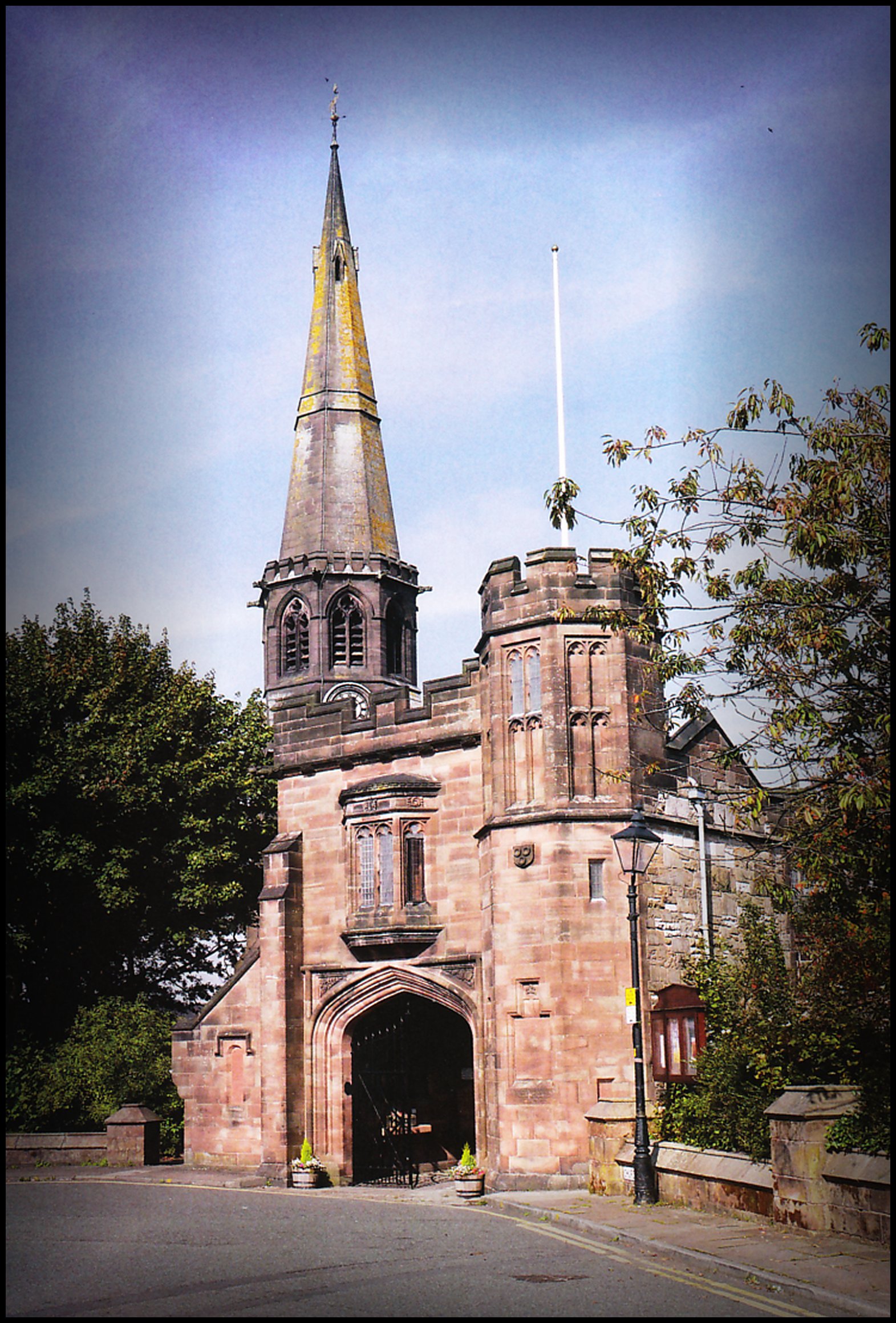
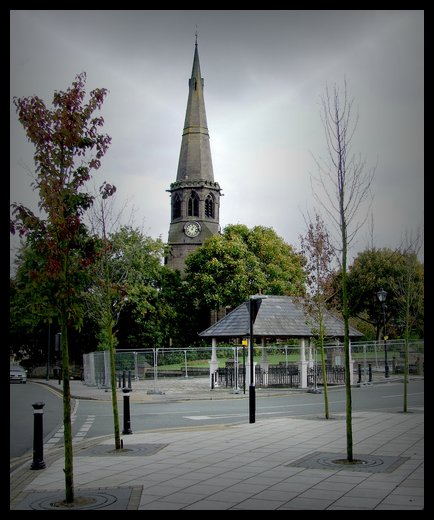
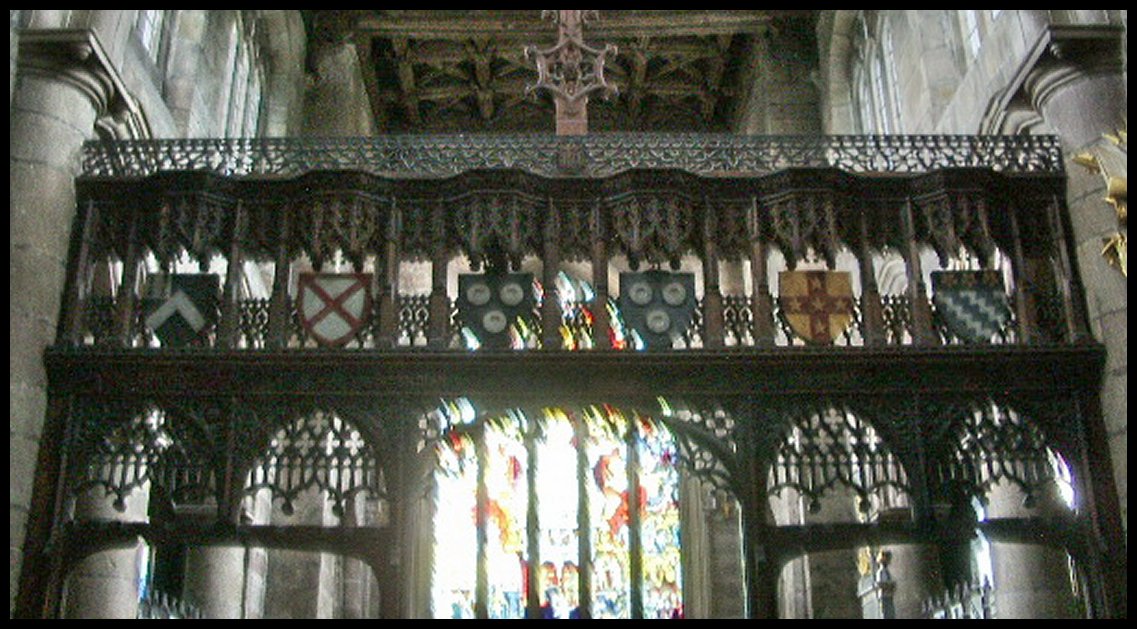
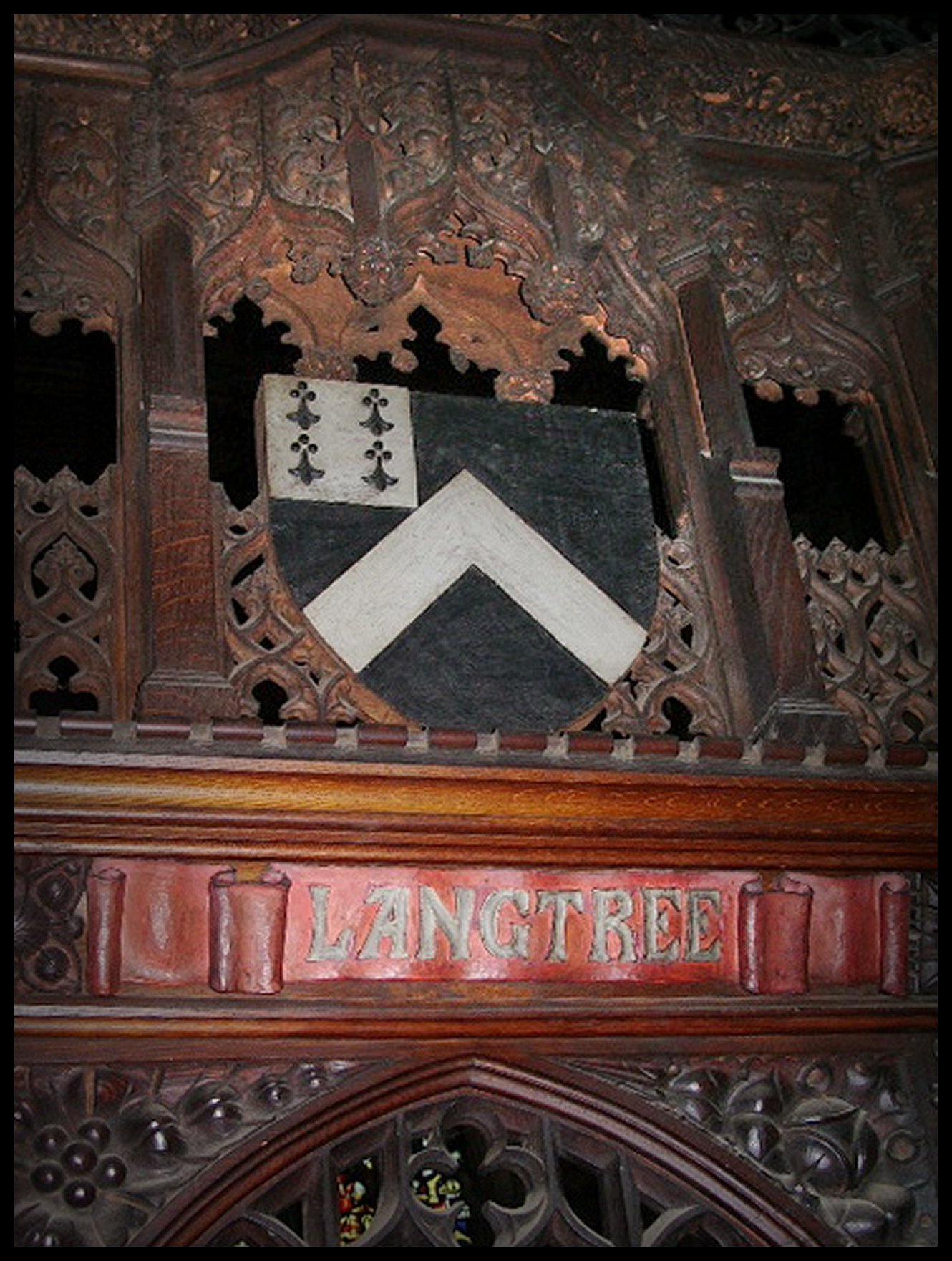
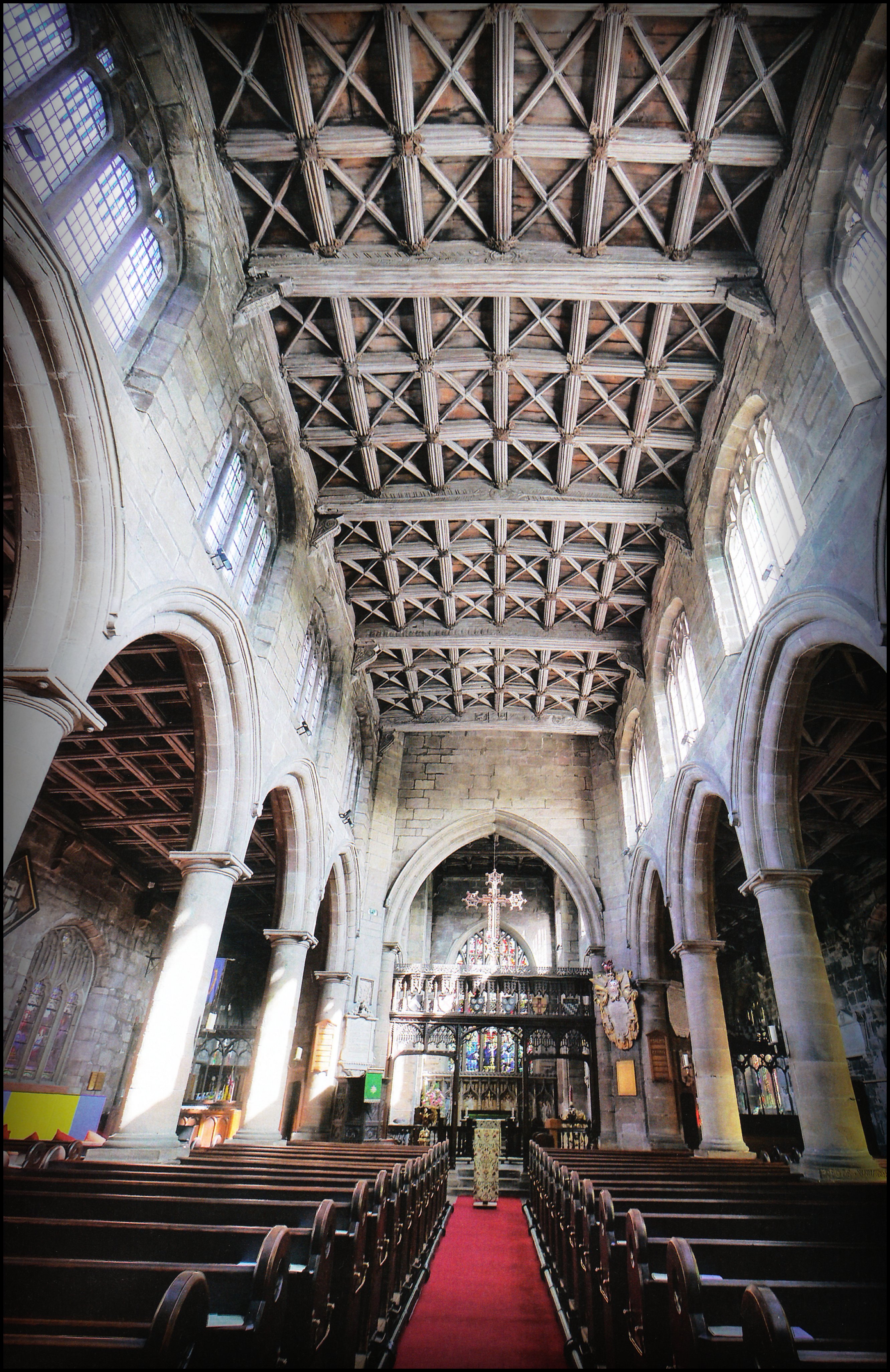
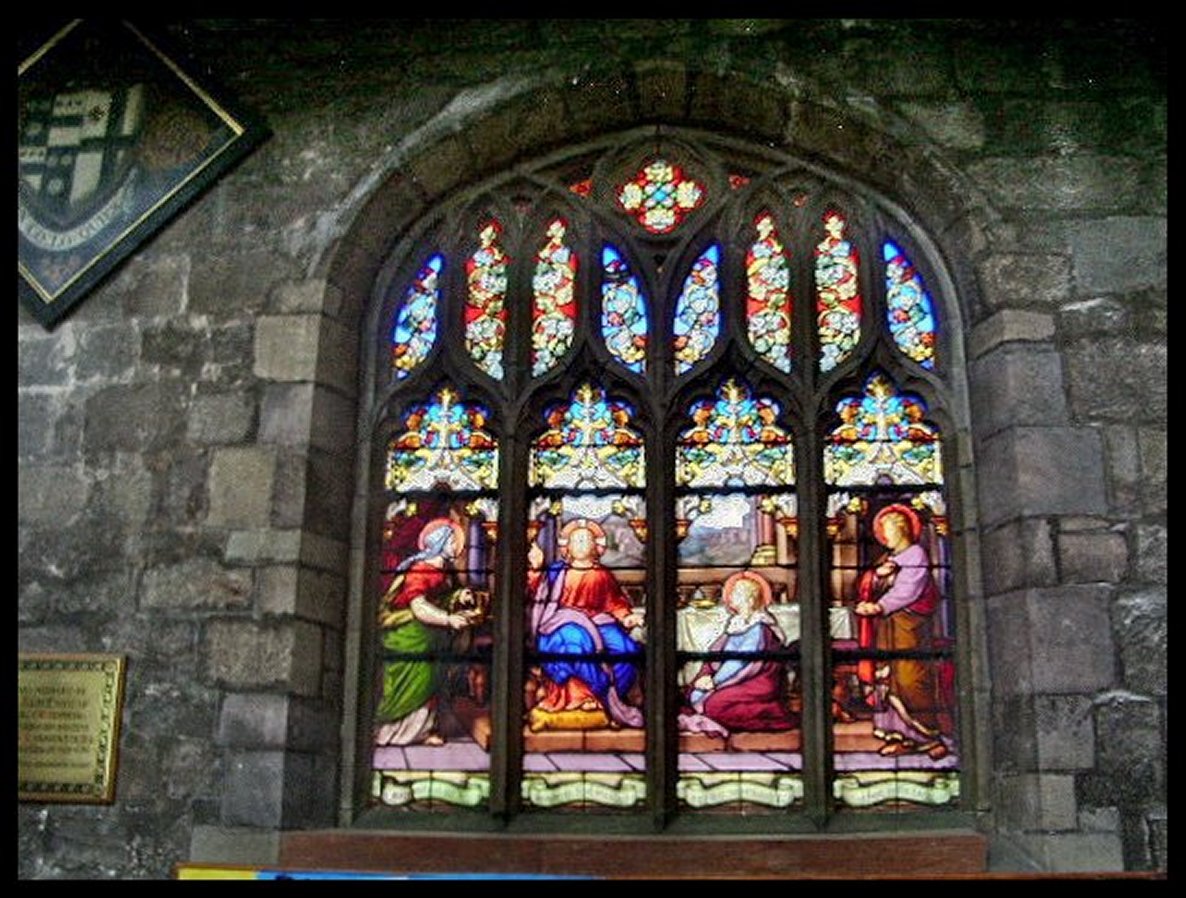
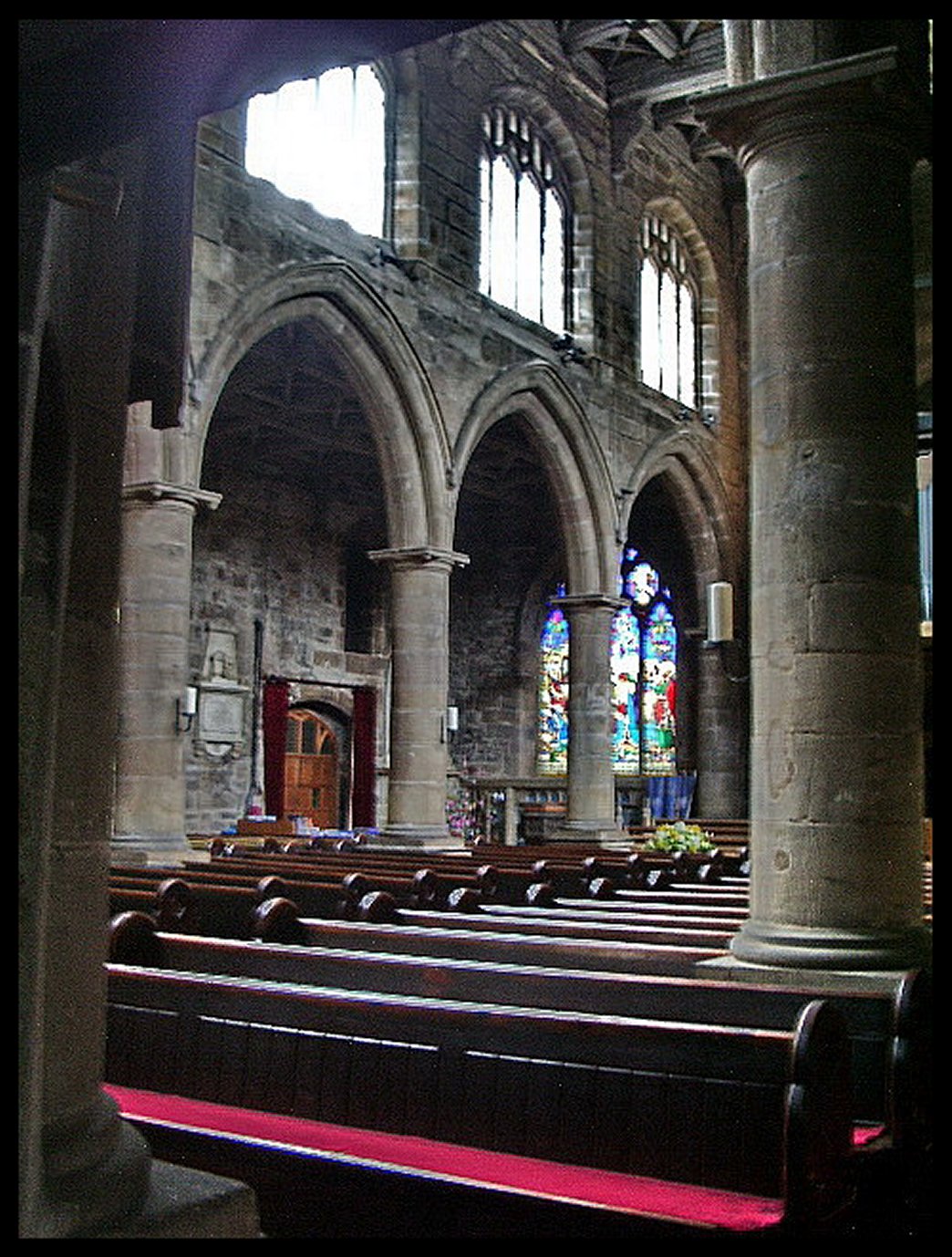
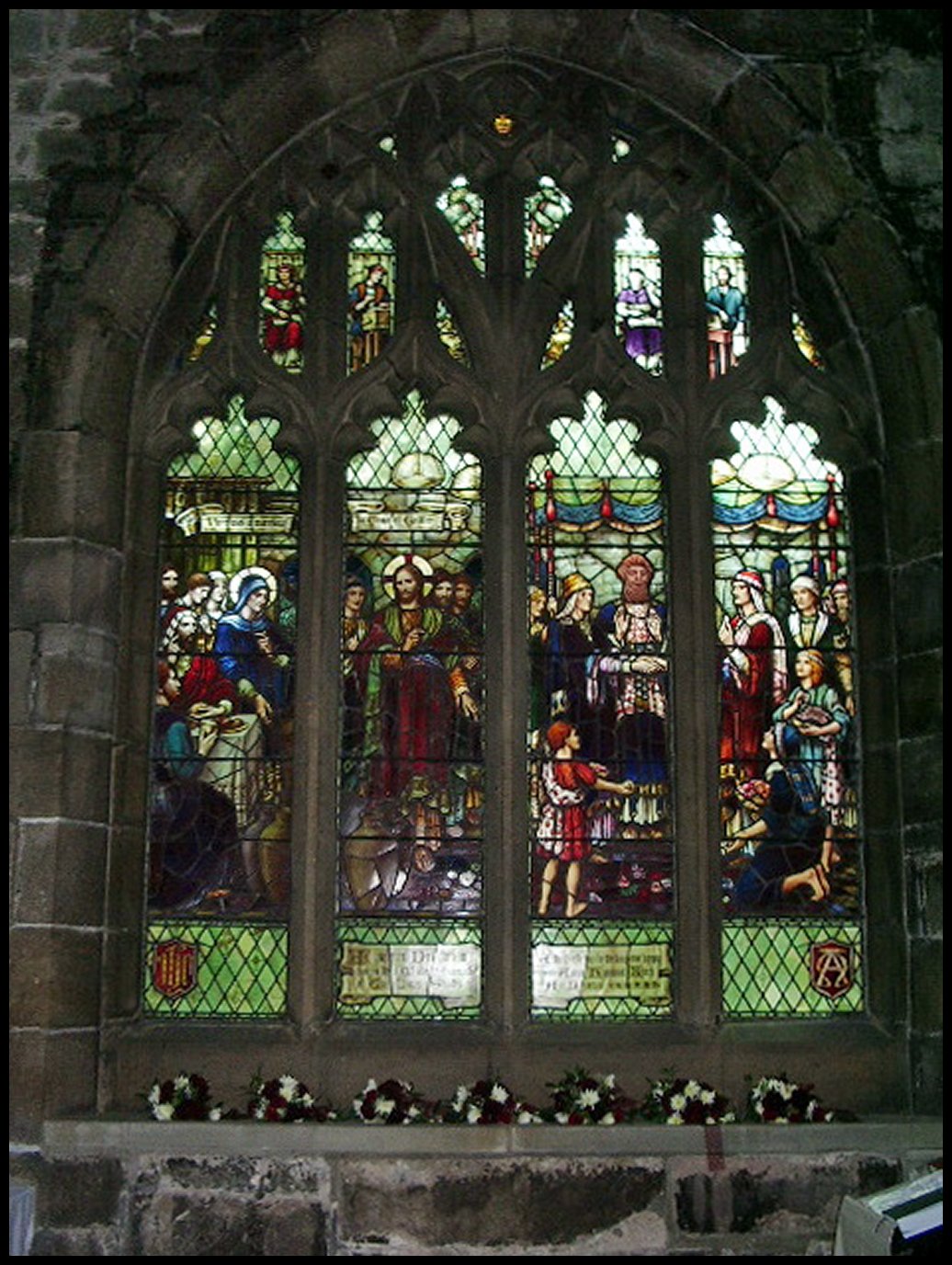
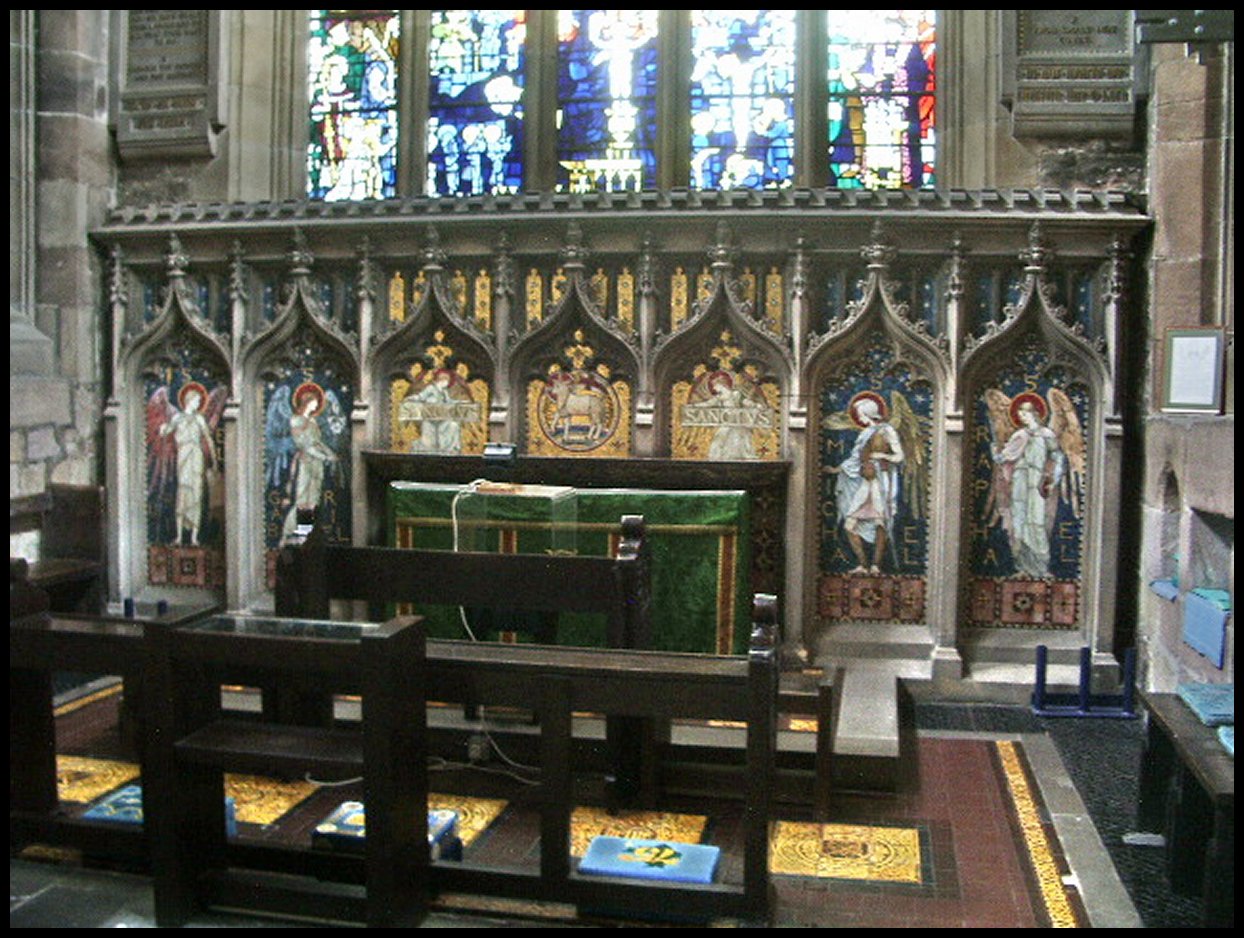
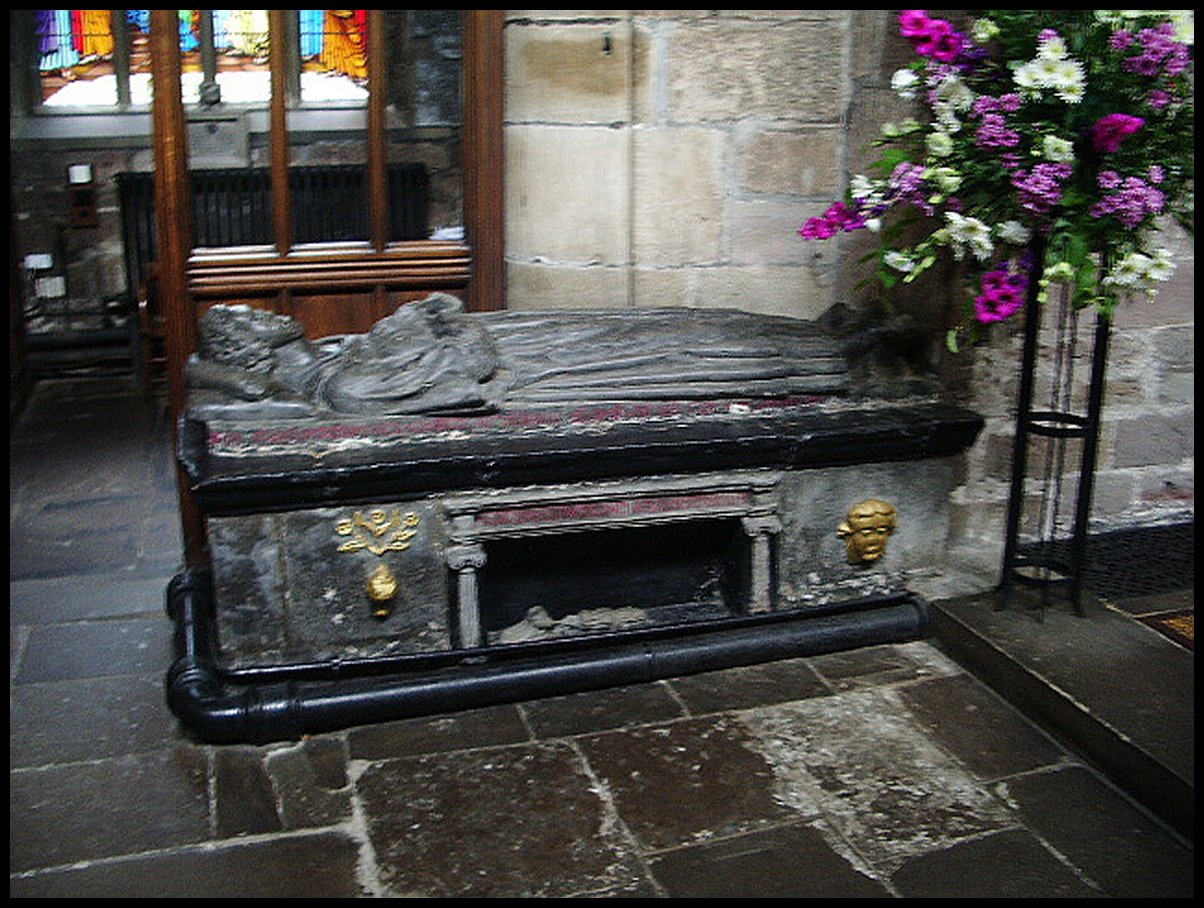
The Tomb of Richard Moody - Rector of Standish.
Inscription as given in Harland's Baines: 'Hic jacet Richard Moodi qui anos [38] Pastor erat vigilentissim' Æccl[esi]æ Standish ille ppo. su[mp]tu geodoetas et saxi operatores victu ad Ædificæ huj' Te[m]pli bis ruina ppessi alluit obiit 10 die Novrs An[n]o. Do[min]i. 1586.'
The altar tomb of Richard Moody, with a recumbent effigy, cut apparently from a block of local freestone, but now, along with the rest of the monument, painted black and grey, or lead colour. The figure represents a clerk —possibly Gilbert de Standish, rector 1357–96—in cassock, surplice and hood, the close-fitting sleeves of the doubletappearing from within the sleeves of the cassock.
(M. H. Bloxam, On certain rare and perhaps unique effigies of Ecclesiastics, 1875, quoted in ibid. Bloxam says, 'This is the only recumbent effigy of a parish priest of the reign of Elizabeth I have met with represented as vested in the surplice.' The explanation no doubt is that Moody appropriated the effigy of one of his predecessors, which had been displaced in the rebuilding. Mr. St. John Hope, on being shown a drawing of it, said it 'belongs to the last quarter of the 14th century.' The effigy is well carved, but the lettering of the inscription is very badly cut on a rough edge.)
Below is a recess with Ionic columns and entablature, containing a bas-reliefrepresenting two angels holding a winding-sheet which contains a corpse, with the words, 'As you are I was and as I am you shal be.' The marginal inscription, which has the dates left blank, seems to indicate that the tomb was erected by Moody before his death.
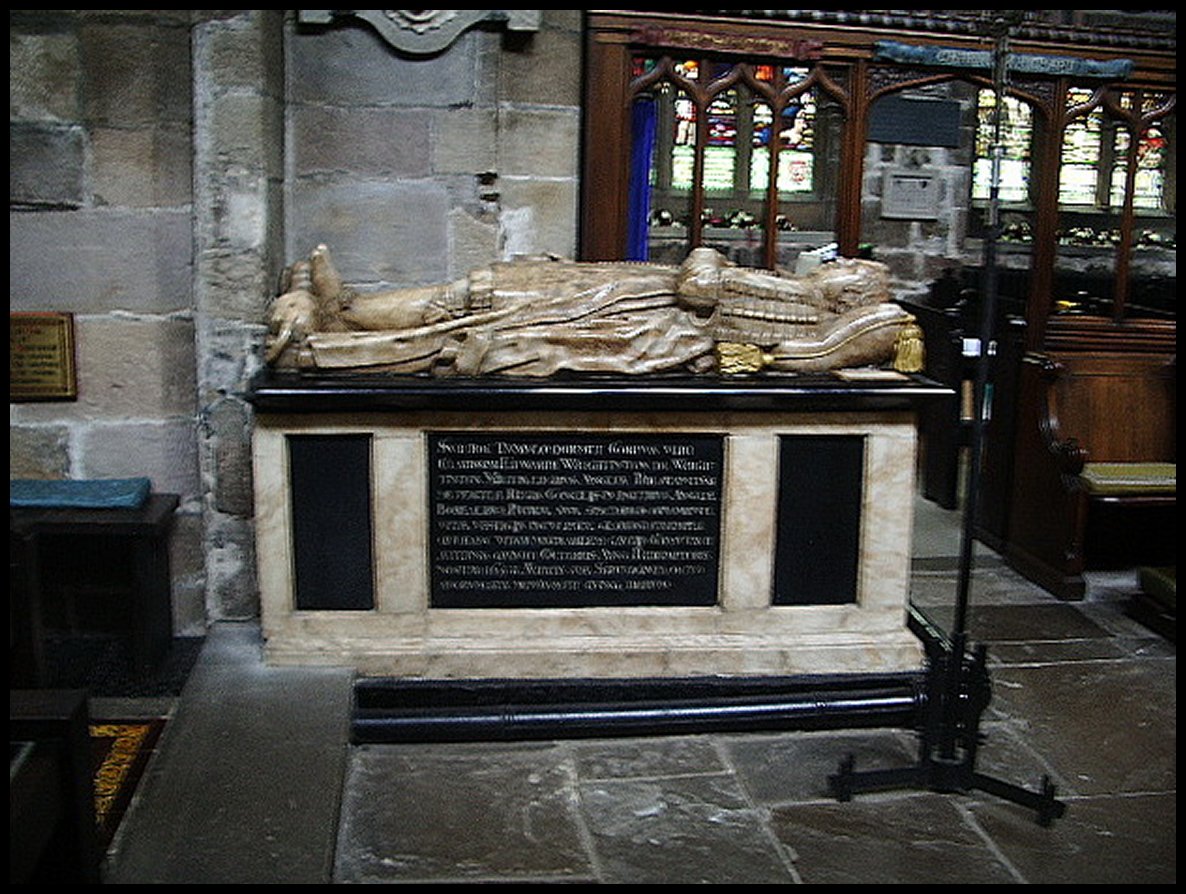
The Tomb of Sir Edward Wrightington.
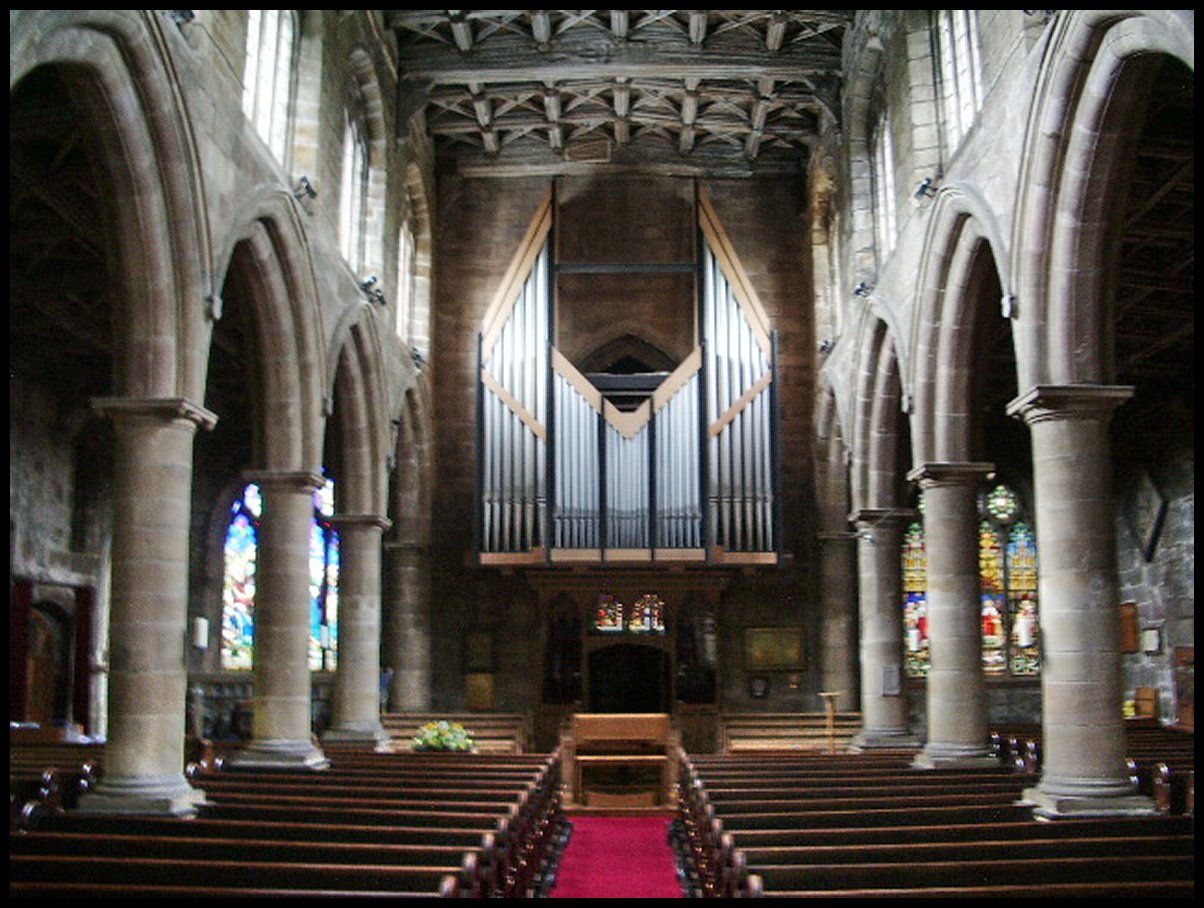
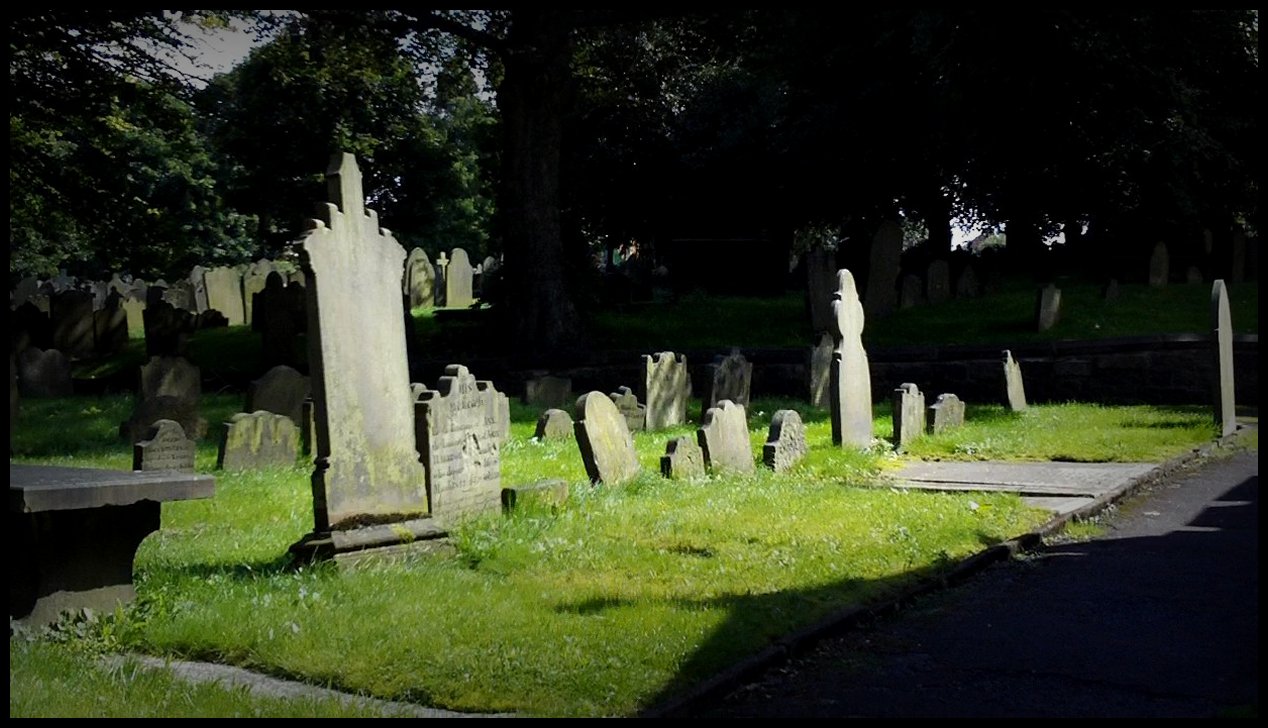
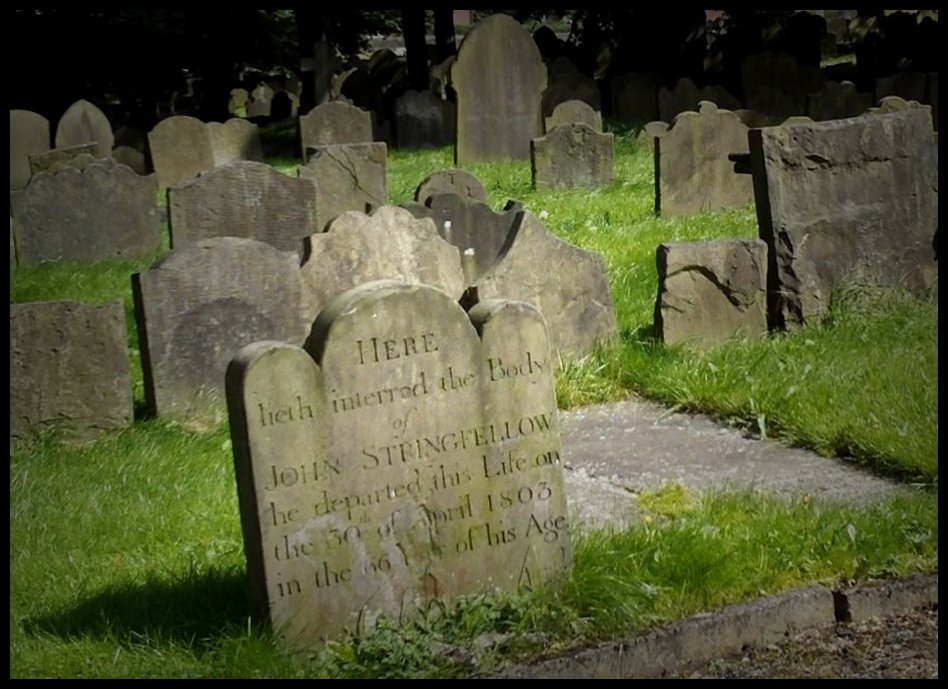
The Ancient Parish Church of Standish - St. Wilfrids - Past Times.
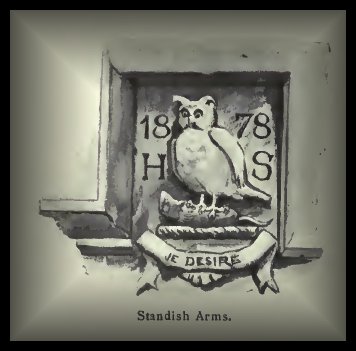
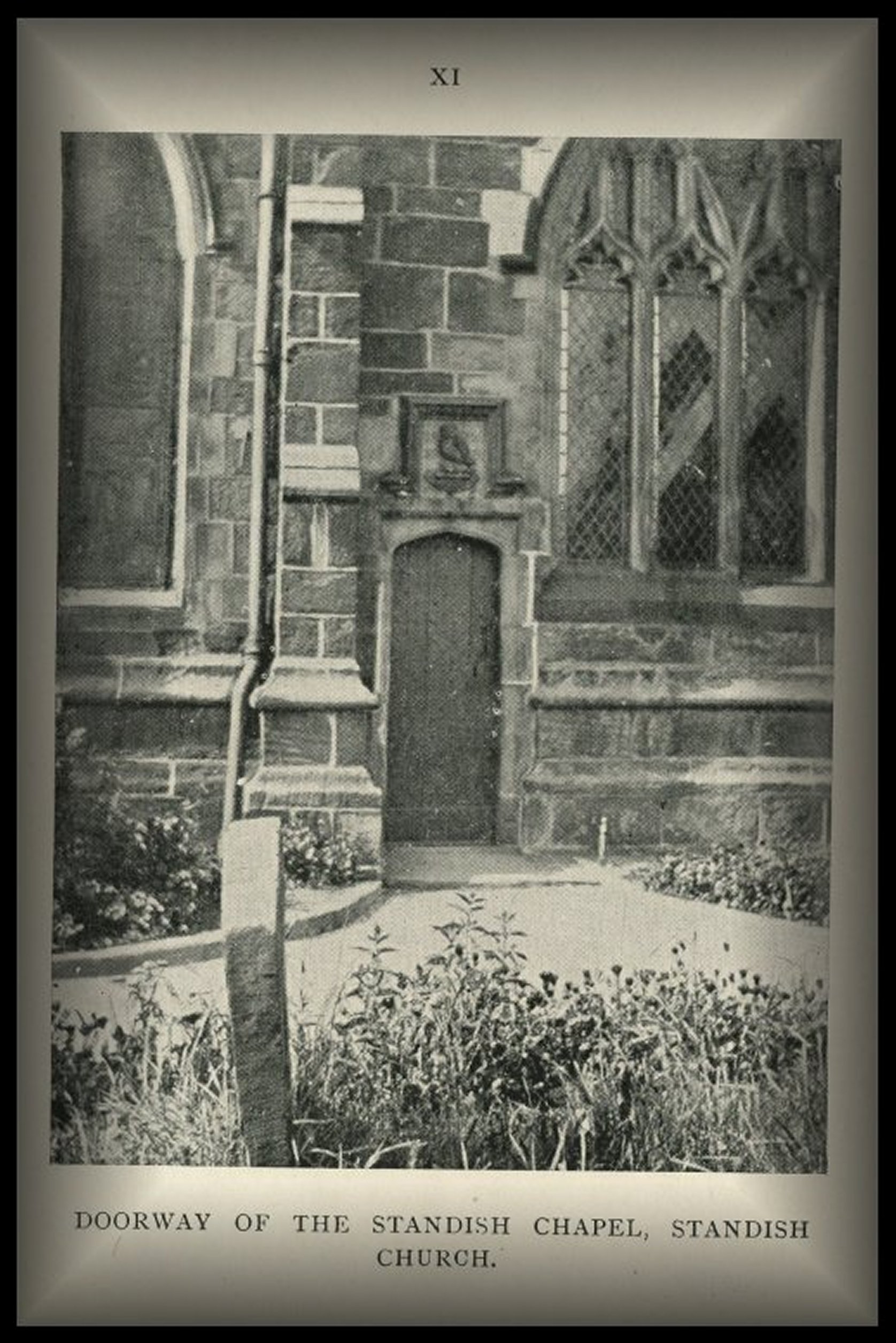
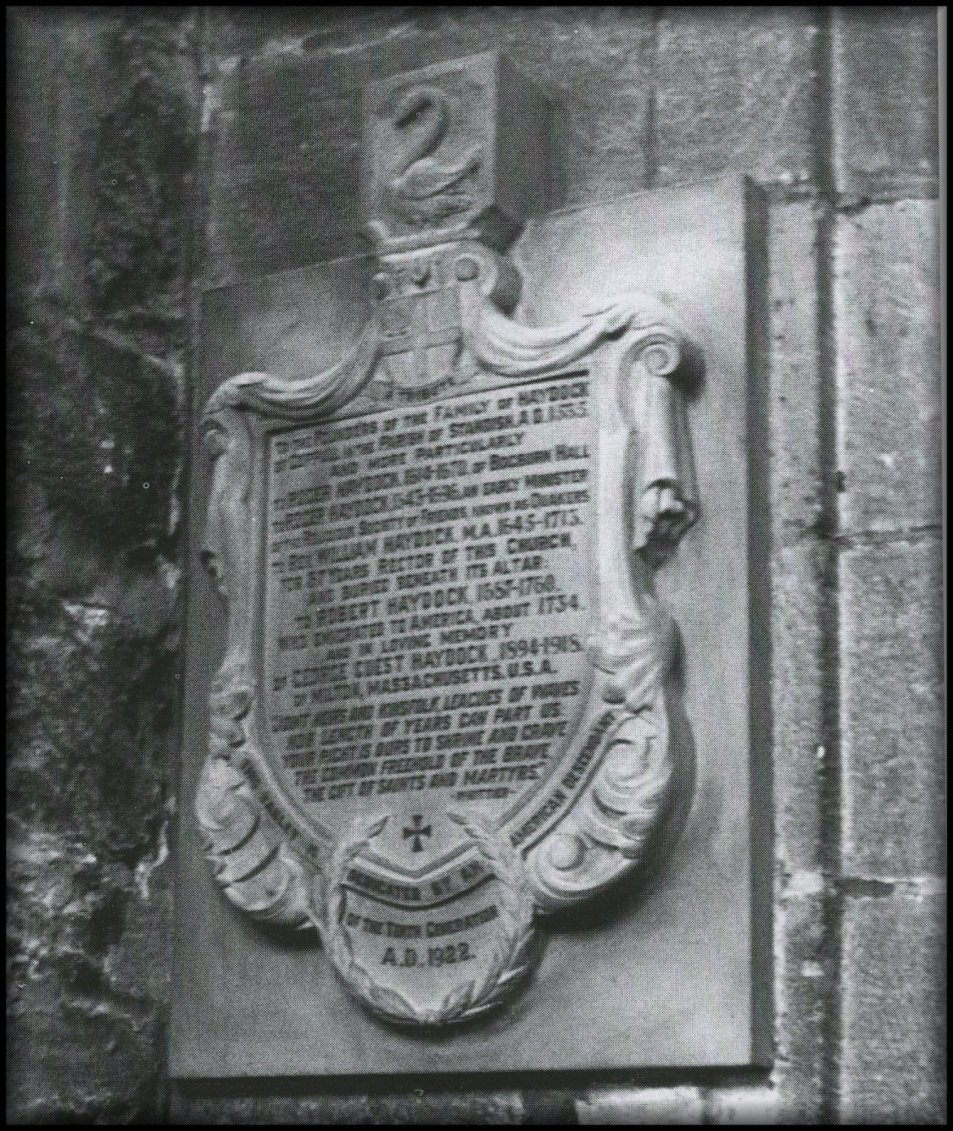
The Haydock Family Memorial.
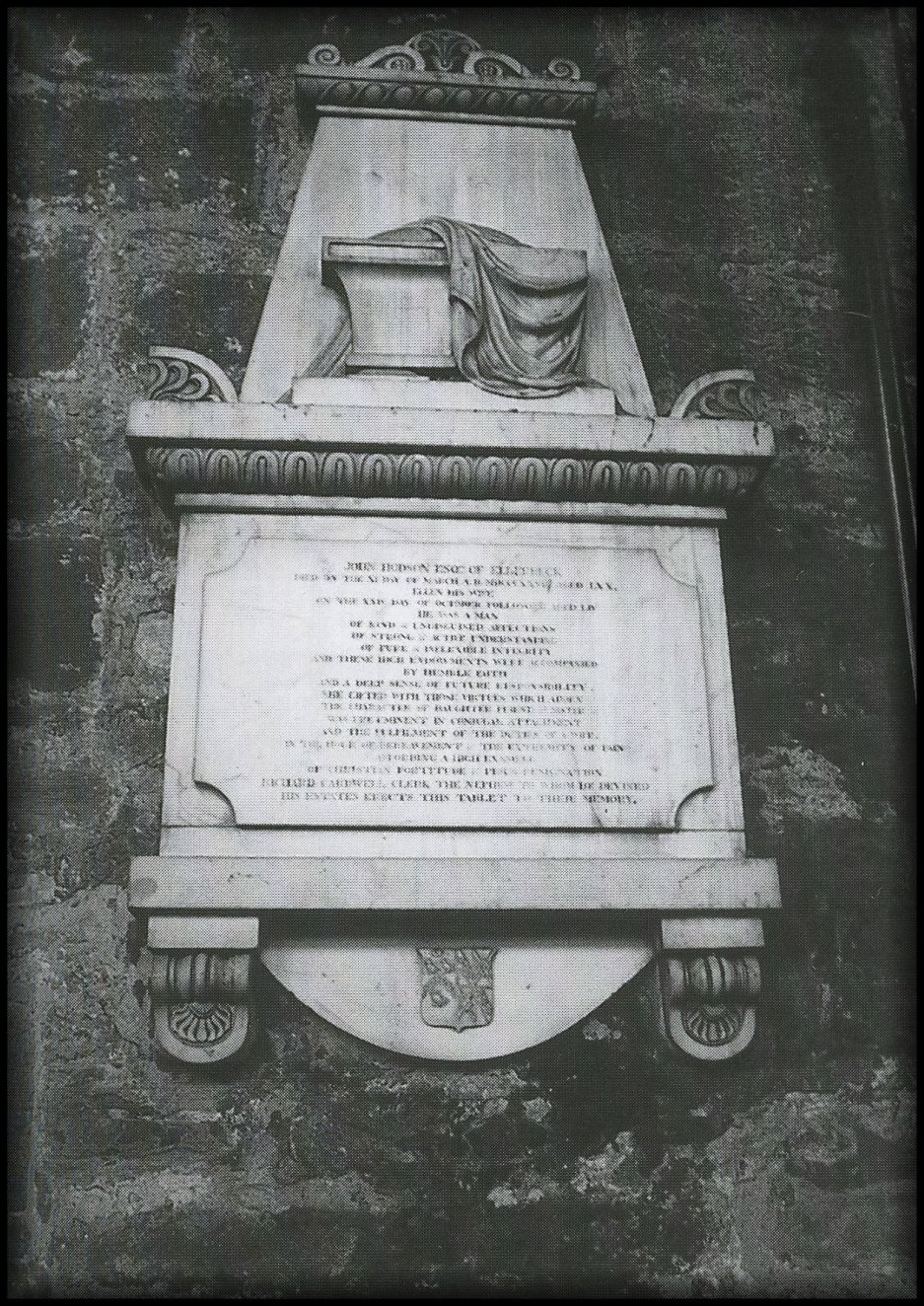
The Hodson Family Memorial.
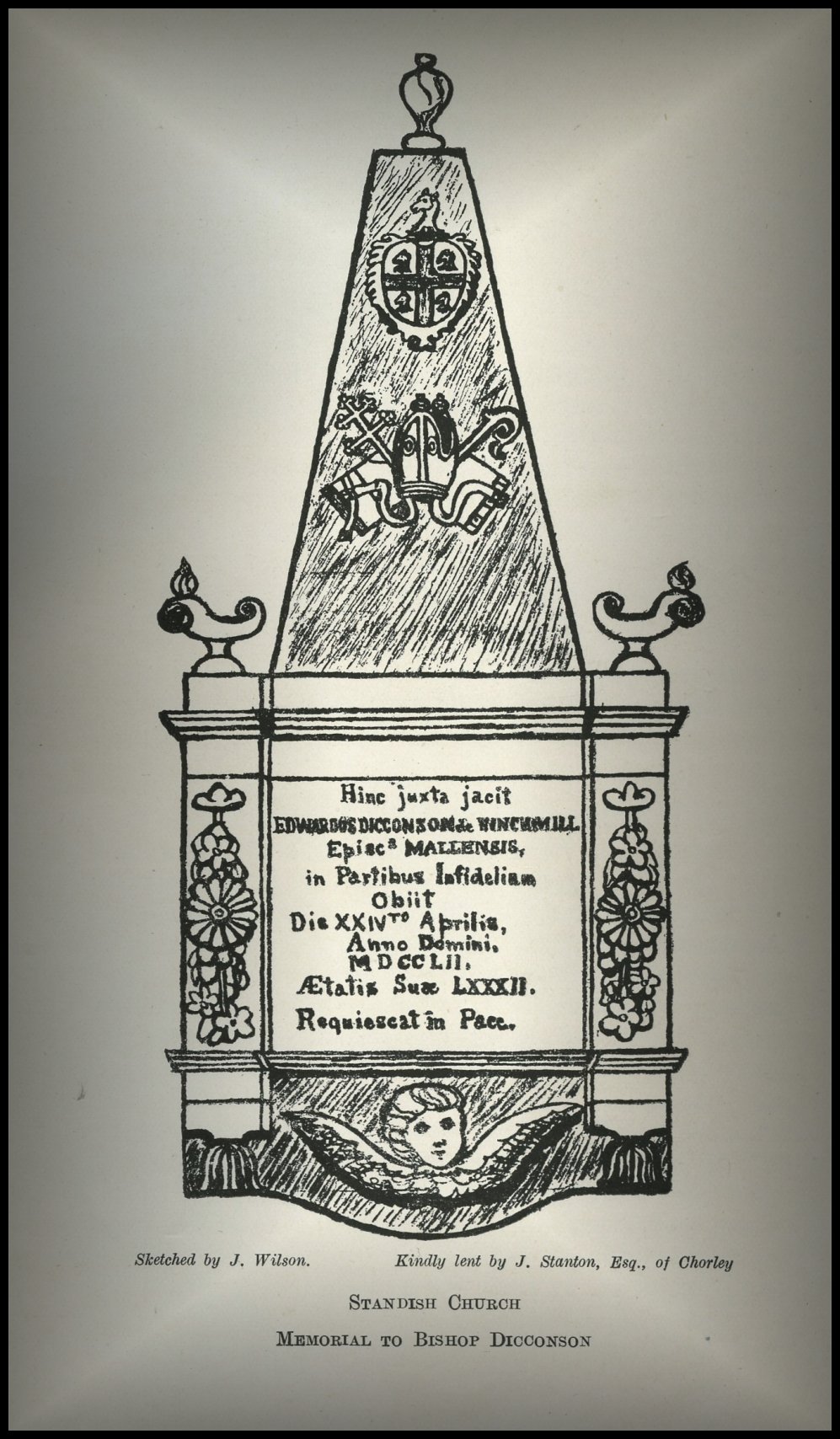

The oldest monument in the church, is a sepulchral slab with the incised figure of Maud Chisnall, wife of Robert de Chisnall, now in the floor at the east end of the nave, partly hidden by the platform on which the reading-desk stands. The date has been obliterated, but the stone is attributed to the 14th century.
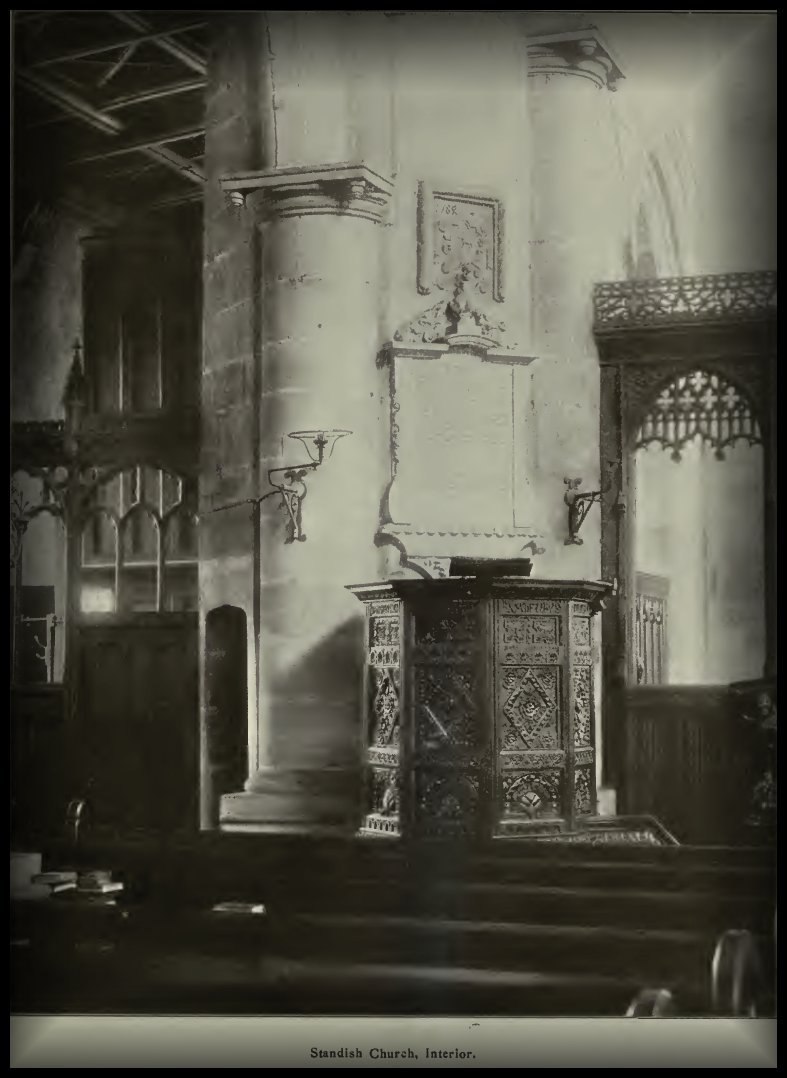
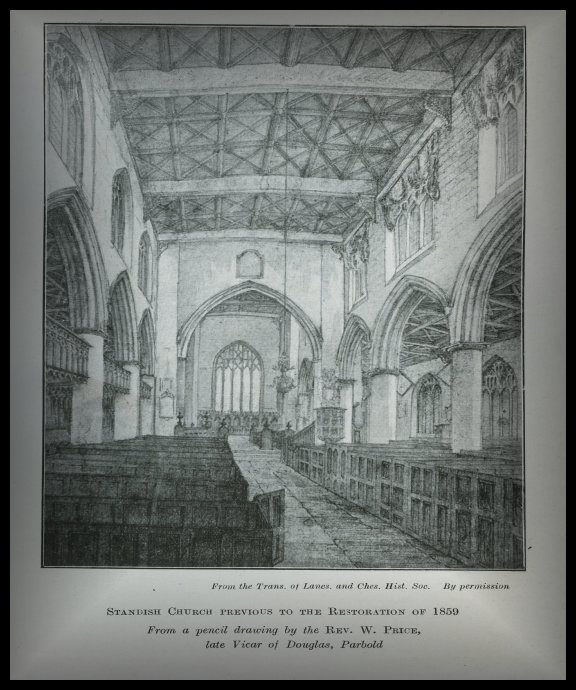
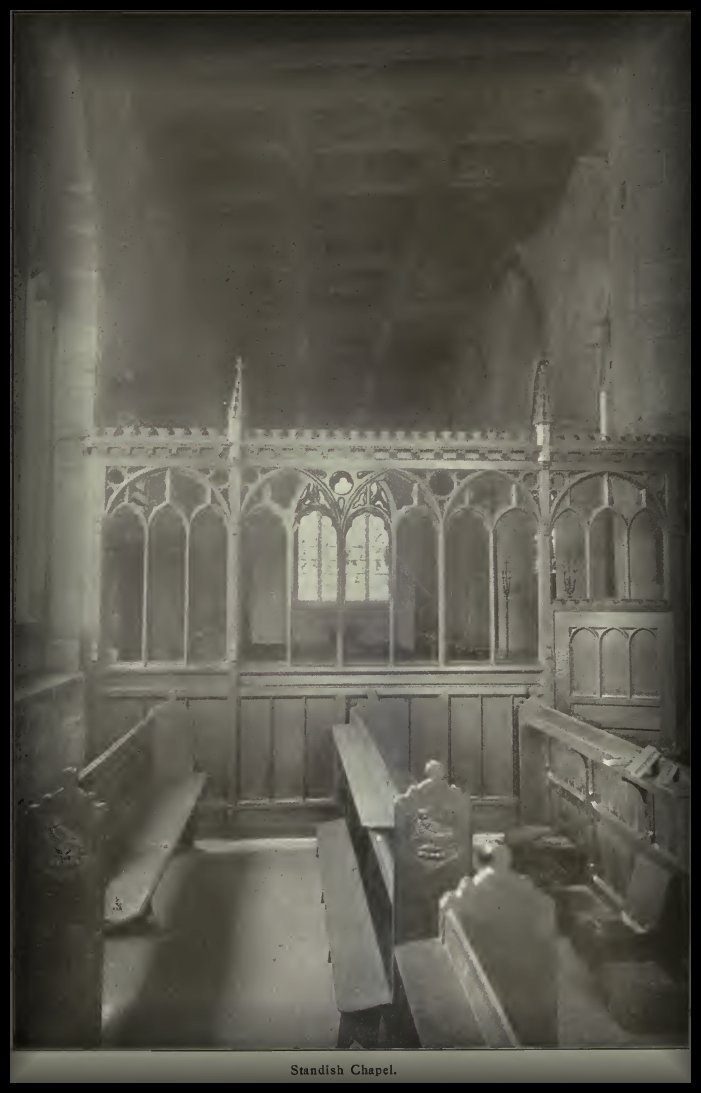
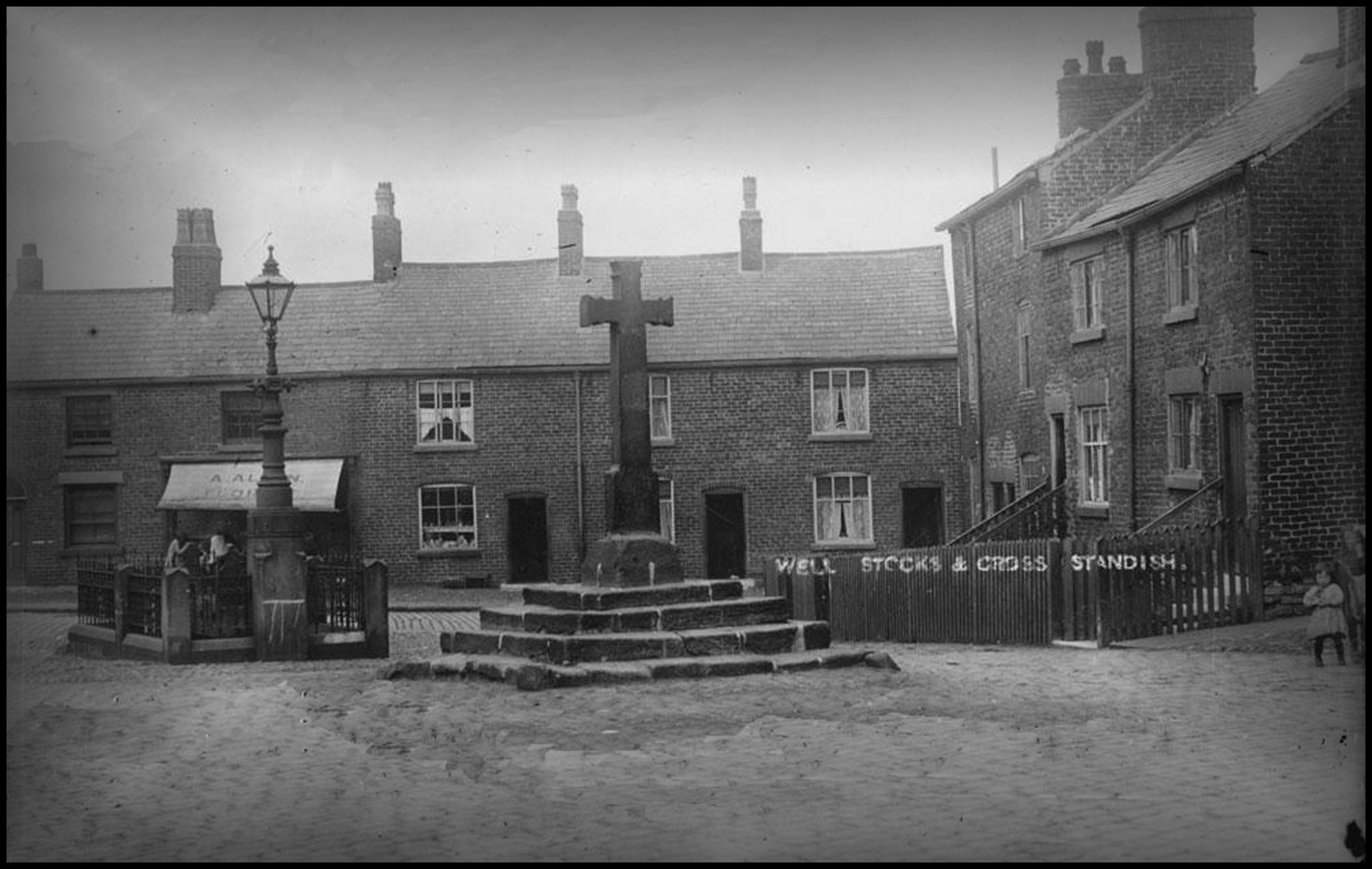
Standish Cross and Well
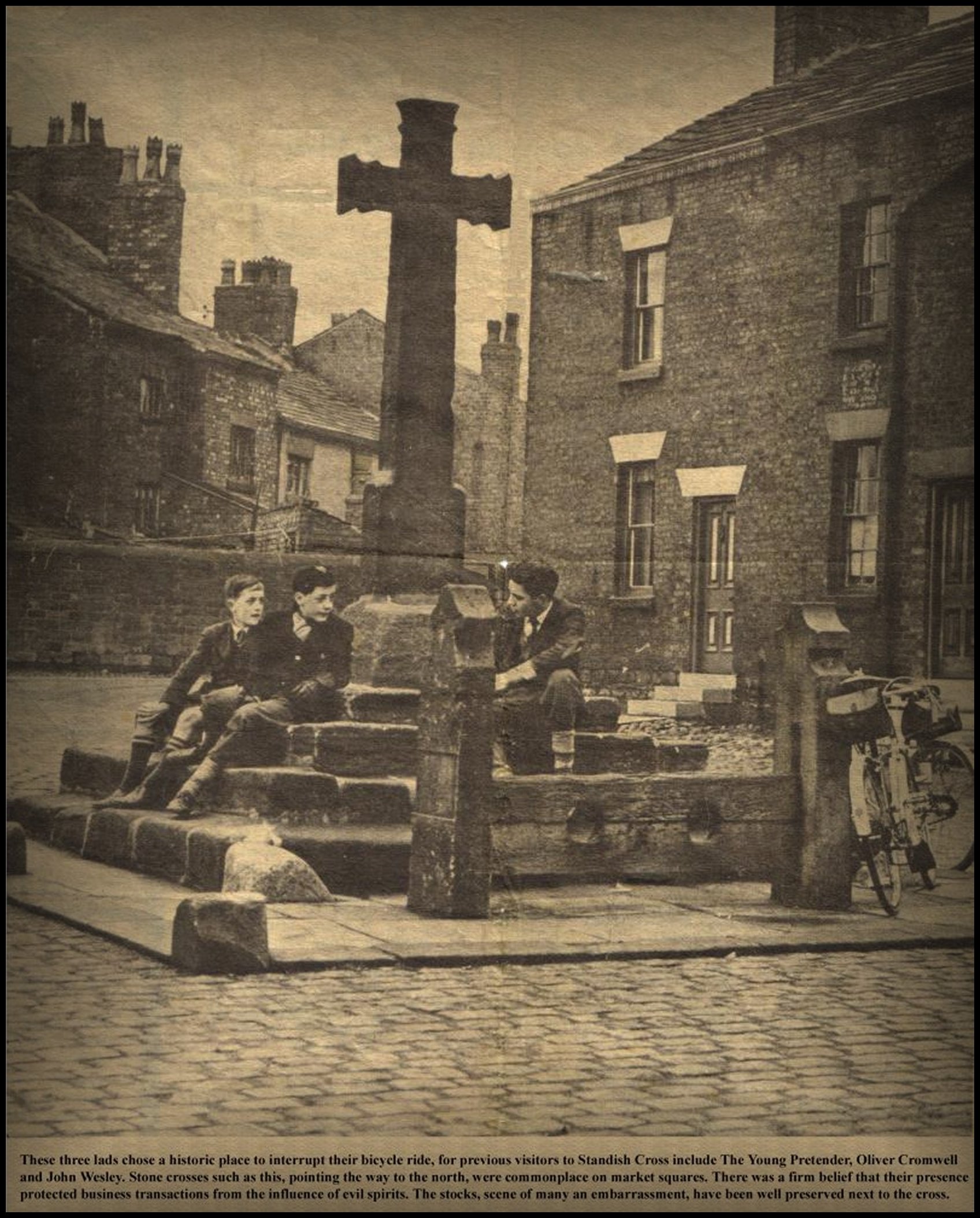
Standish Cross
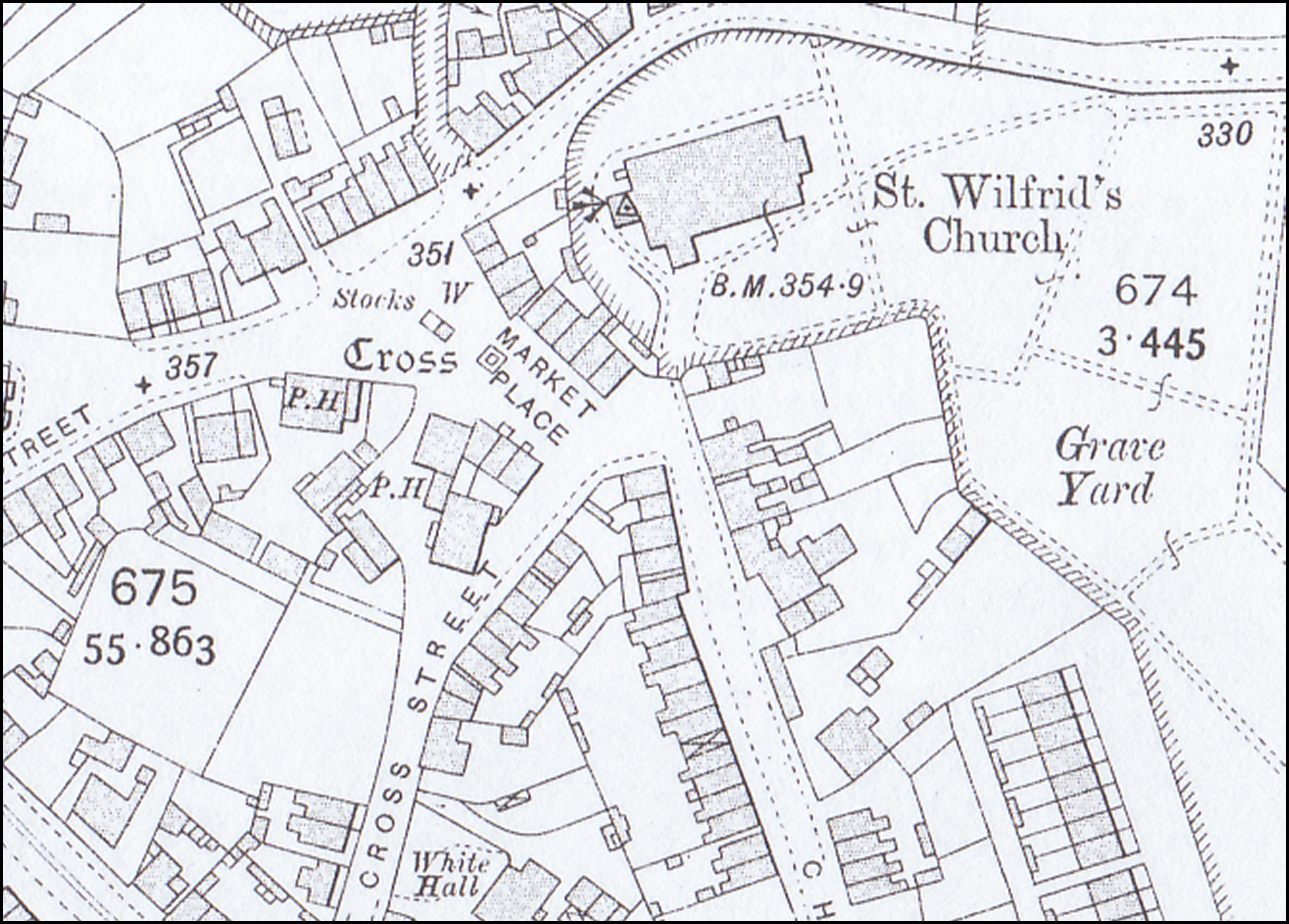
![]()
Leigh, William (1550–1639), Church of England clergyman - Rector of the Parish of Standish.
Leigh, William
(1550–1639), Church of England clergyman, was
born at Westhoughton, Lancashire. He was one of several young men from the
north-west to attend Brasenose College, Oxford, which he entered in 1571.
Elected a fellow on 24 November 1573, he graduated BA the following month and
MA on 29 May 1578. Probably soon after, Leigh took up pastoral duties in
Lancashire. In 1582 Preston became the first of five centres to inaugurate
yearly synods, set up with episcopal authority, in order to propagate the gospel.
Leigh acted as one of the moderators of the exercise at the town and was
appointed a justice of the peace, but he did not confine his activities to
Lancashire. On 24 July 1584 he applied for a university licence to preach at
Paul’s Cross in London, and in that year became vice-principal of Brasenose.
Leigh resigned his Brasenose fellowship on 24 November 1587, having in 1586
been presented by William Chaderton, bishop of Chester, to the rectory of Standish, near Wigan. A conscientious and godly
minister, Leigh was one of several zealous preachers, including Richard Midgley
of Rochdale and Oliver Carter of Manchester, who in October 1590 wrote to John
Piers, archbishop of York, during his visitation of the diocese. Affirming that
they used only the Book of Common Prayer in
services, the group drew attention to the ‘gross idolatry and heathenish
prophanations’ common in the area, and to the malice of popish opponents. If
Leigh needed a powerful patron, he found one in Henry Stanley, fourth earl of
Derby, who was also generous to some of his co-signatories. The earl was a
zealous protestant commended by the government for his energy in dealing with
recusancy, and Leigh is known to have preached at least eleven times before him
between 1587 and 1590.
Leigh’s sermon at the funeral of Katherine Brettagh, on 3 June 1601, published
as Death’s Advantage Little Repasted, is an
expression of his puritan piety, tempered in the hostile environment of
Lancashire, with its ‘paucity of professors’ and ‘barrenness of faith’. Here,
as he lamented in a later sermon, even the godly seemed destined to fight a
good but unavailing fight: ‘our souls are sad, our zeal is cold, our spirits
are dumpish, our faith is frail, we have no courage for the truth’ (Leigh, First Step, 24, 26). Shortly after the accession of
James I, however, there were more rewarding tasks. Leigh preached before the
new king and was appointed a tutor to Prince Henry, and in June 1608 he was
made master of Ewelme Hospital, Oxfordshire. Leigh strongly identified with the
patriotic protestant cause, marking the first anniversary of Guy Fawkes’s plot
with the publication of Great Britain’s Great Deliverance
from the Great Danger of Popish Powder. During an earlier sermon, he
had rejoiced at the defeat of Spain: ‘the Lord had no sooner blown upon all
their pomp and pride, but their spirits were daunted, their armies were
discomforted, the great Armada was scattered, beaten and broken’. By 1612, when
this sermon was published, many were looking back nostalgically to days of
remembered national and religious militancy. If Leigh shared the mood, it was
not reflected in his remarks on King James, under whose rule ‘the flowers
flourish and the kingdoms are united, religion prospereth and superstition
withereth’ (W. Leigh, Queene Elizabeth, Paraleld in her
Princely Vertues, [1612], 96, sig. A5).
Neither superstition nor popery was quite a spent force, however. In August
1612, Leigh was involved in the trials at Lancaster assizes of nineteen people
charged with having caused deaths and injuries by diabolical means. Evidently
still a JP, he took a statement from a fourteen-year-old girl, Grace Sowerbuts
of Samlesbury, who claimed to have been bewitched. Ten of the accused were
convicted of witchcraft, and it was probably Leigh who preached the sermon
delivered before their execution. Meanwhile Leigh continued his pastoral
duties. He contributed towards the restoration of Standish
church, and in 1616 donated an oak pulpit. From the following year, as Nicholas
Assheton recorded in his diary, he regularly preached before auditories of
Lancashire gentlemen.
Leigh married Mary Wrightington of Wrightington, Lancashire, who died before
him, and they had three sons and three daughters. He did not win high honours
in the church, but certainly prospered. In his will, dated 28 October 1638, he
was able to leave £20 to the poor of Wigan, Westhoughton, and Standish, and in 1633 he had set up a trust fund to
the value of £12 p.a. in favour of the free school at Standish.
But these were just a small part of his wealth, which included Singleton
Grange, in the Fylde, and which, at his death, amounted to more than £1100,
including £258 in ready money. Leigh was the great-grandfather of the
Lancashire antiquary Charles Leigh. He died at Standish
on 26 November 1639, at the age of eighty-nine, and was buried two days later
in the chancel of the parish church, where an inscribed brass serves as his
memorial.
Stephen Wright.
Sources .
will, 28 Oct 1638, Lancs. RO, WCW William Leigh · R. C. Richardson, Puritanism in north-west England: a regional study of the diocese of Chester to 1642 (1972) · W. Ffarington, The Derby household books, ed. F. R. Raines, Chetham Society, 31 (1853) · F. R. Raines, ed., ‘A visitation of the diocese of Chester, by John, archbishop of York’, Chetham miscellanies, 5, Chetham Society, 96 (1875) · W. Dugdale, The visitation of the county palatine of Lancaster, made in the year 1664–5, ed. F. R. Raines, 2, Chetham Society, 85 (1872) · B. Coward, The Stanleys, lords Stanley and earls of Derby, 1385–1672: the origins, wealth and power of a landowning family, Chetham Society, 3rd ser., 30 (1983) · C. M. Dent, Protestant reformers in Elizabethan Oxford (1983) · G. T. O. Bridgeman, The history of the church and manor of Wigan, in the county of Lancaster, 4 vols., Chetham Society, new ser., 15–18 (1888–90) · C. A. Leigh, Natural history of Lancashire, Cheshire, and the Peak in Derbyshire (1700) · F. Gastrell and F. R. Raines, eds., Notitia Cestriensis, or, Historical notices of the diocese of Chester, 2/3, Chetham Society, 22 (1850) · Foster, Alum. Oxon. · [C. B. Heberden], ed., Brasenose College register, 1509–1909, 2 vols., OHS, 55 (1909) · Wood, Ath. Oxon., new edn, 2.642 · E. Peel and P. Southern, eds., The trials of the Lancashire witches (1985) · The journal of Nicholas Assheton, ed. F. R. Raines, Chetham Society, 14 (1848) · M. Tonge, ‘The Lancashire witches’, Transactions of the Historic Society of Lancashire and Cheshire, 83 (1931) · J. Swain, ‘The Lancashire witch trials of 1612 and 1634 and the economics of witchcraft’, Northern History, 30 (1994), 64–85.
Wealth at death .
£1135: will, 28 Oct 1638; Ffarington, Derby household books, 117–19
![]()
In the year 1650 - THE LANCASHIRE CHURCH SURVEYS,
STANDISH PARISH. [HUNDRED OF LEYLAND.]
Inquisico Indenta
Rico Standishe, Joke Atherton, Jacobo Asshton, Alex Barlowe, Thoma Birch, Robto Maudesley, et Joke Hartley, Aris.,
ThomaCubham, Robto Glest, genesis, Comissionar virtute cujusdm Comissionis sub sigillo magno Angliae eisdem et Alijs Comissionar in eadem noiat die Martis, vidz*, vicesimo quinto die Junij Anno dni Millesimo sexcentesimo quinquagesimo psacrm
Georgij Allenson de Adlington, gefi ; Johis Bayley de eadem, geii ; Rid Blackborne de Brindle, gefi ;
Johis Lowe de Duxbury, gefi ; Johis ffinch de Shevington, gefi ; Radi Worthingtou de Addlington, gefi ;
Gilbti Jackson de Enerden [Anderton], gefi ; Thurstani Leyland de Clayton, gen ; Robti Lowe de Whittle, gen ;
Johis Pincocke de Euxton ; Johis Pearson de Wheelton, gen ; Egidij Haydocke de Heapie [Heapey], gefi ;
Radi Lowe de Copple [Coppull], gefi; Rogeri Pincocke de Whittle in le Woods, gen ; Henrici Jackson de Longton, gen ;
Edri Pilkington de Clayton, gefi, Robti ffarrington de ffarrington, gefi.
Standishe.
WEE present that there is within the towne of Standishe Standish afforesaid a pishe Church, called Standishe Pishe Church, And that Raulfe Standish of Standish, Esquier, clames to bee patron and donor thereof, And that there is a pasonage house and certen gleabe lands there unto belonginge, worth p Ann ffifty pounds, And that there are severall ancient tenemts and Cottagers belonging unto the said gleabe, the ancient yearely rents whereof amount to the some of three pounds foure shillings two pence p Ann ; and that the tyths of the safd pishe are worth p ann one yeare wth another one hundred forty six pounds ; And that Mr Paul Lathome is now the psent Incumbent and rector of the same pishe, And in pursuance of an order of this psent Parliamnt came in by the eleccon of the pishioners of Standishe that mett at Standishe the day apointed, and all there prsent save one voted for the said Mr Lathom ; And that the said Mr Lathom hath and enioyth the said psonage house and glebe lands thereunto belonginge, and hath received and had the rents and tyths before menconed, And that the said Mr Lathom is a godly orthodox and painfull divyne and doth observe the Cure every lords day, But did not observe the last fast day, being the ‘ thirteenth of this instant June, appointed by Act of Parliamnt, haveing notice thereof did not publishe the Act nor observe the day ; And that there is the demesne belonginge to the said MT Standish lying within the same towne, wich hath not formerly payed tyth, the tyths whereof, if payed in kind, were worth two pounds six shillings eight pence p anfi.
Shevington.
WEE also psent that the tyth wthin the towne of Shevington, part of the said pish of Standishe, is worth ten pounds p ann js pt Of the before menconed some of one hundred forty six pounds, and hath beene yearely received and hadd by the said MT Lathom, and that there is a greate parte of the demesne lands belonginge to the said MT Standishe wich lyes wthin thesaid towne of Shevington wich hath not payed any tyths (formerly), And that the tyths thereof if payed in kynd were worth three pounds six shillings eight pence p ann.
Welshwhittle.
WEE alsoe psent that the tyths wthin the hamell of Welshwhittle, pte of the said pishe of Standishe, is worth tenn pounds p ann, wich is part of the before menconed some of one hundred forty six pounds, and hath beene yearely received and had by the said Mr Lathom.
Charnocke Richard.
WEE also prsent that the tyth wthin Charnocke Richard, pte of the said pishe of Standishe, is worth thirty six pounds p Ann, wich is part of the before menconed some of one hundred forty six pounds, And hath beene yearely Received and had by the said Mr Lathom.
Coppull.
WEE alsoe psent that the tyth wthin Coppull, pte of the said pishe of Standishe, is worth twenty five pounds p ann, wich is part of the before menconed some of one hundred forty six pounds, and hath beene yearely received and had by the said MTLathom.
Worthington.
WEE psent that the tyths wthin the hamell of Worthington, pte of the said pishe of Sandishe, is worth five pounds p ann, wich is pt of the before menconed some of one hundred forty six pounds, and hath beene yearely received and had by the said Mr Lathom.
Duxbury, Addlington , Heath, Charnocke, Andrton.
WEE also psent that the tyths of Duxbury, Addlington , Heath, Charnocke, Andrton, pte of the said pishe of Standishe, is worth forty pounds p ann, wich is pte of the before menconed some of one hundred forty six pounds, and hath beene yearely received and had by the said Mr Lathom
The owner and pdecessors of the Hall of Hill [Hall-o’-th’-Hill] and the demesne lands there unto belonging, lyinge in Heath Charnocke afforesaid, lately purchased by Mr Will Radley of Salford, in the said County of Lancaster, who hath claymed the tyths growinge or ariseinge upon the said demesne lands belonginge to him by pscripcon under the rent of thirteene shillings foure pence, wich they have tendered yearely at every Michas day, but was never received in the memory of Man, the tyth whereof if payed in kind were worth one pound six shillings eight pence.
Churche bee erected in Duxbury.
WEE also pesent yt fitt that there bee a Church erected and built in a Certen place called by the name of ffishcroft wthin Duxbury afforesaid, being distant from the said pishe Church of Standish foure statute myles and upwards, and from Chorley Church three statute myles or neare thereabouts, and from Blackrode [Blackrod] Church thre statute myles or neare thereabouts, and from Rivington Church three statute myles or neare thereabouts, beinge the next adiacent Churches to the said place called FishCrofte where the said Church is intended to be built. Wee also psent that the houses and tenements (the owners whereof) are hereafter pticularlye menconed wthin the Towne of Heath Charnocke afforesaid are fit to be annexed into the pishe of Duxbury, Myles Nightgales [Nightingale, a local family which gave their name to “ Nightingale House,” in the parish] widow Andertons, Thurston Taylors, Ricard. Popes, James Andertons, Robte Nightgales, John Meanes house, Will Gouldens, Robte Allensons, Richard Blackleach, Edward Baxters, Widow Croftons, Richard Croftons, John Barons, Henry Helmes, Thomas Simpsons Breeshouse on the tenter bancke, James Brindles, Thurston Breeres Bordmanhouse, the ridges, the hall of hill, and Hugh Pilkingtons.
And WEE psent that the houses and tenements (the owners whereof) are hereafter pticulerly menconed beeinge wthin Anderton af Foresaid, are fit to be annexed to the pish of Duxbufy afforesaid, Widow Sims, George Rudalls, Robte ffosters, Senr Hugh Nightgale, Robte Foster Junr, Joseph Worthingtons the Ladie Hall, Thomas Rivingtons. Woodward house, Thomas and Rob Johnsons, Thomas Hodgkinsons, Olliiver Mathers; and likewise wee doe psent the houses and tents (the owners whereof) are hereafter pticulerly menconed beeinge wthin Coppull aforesaid, are fitt to bee annexed into the pish of Duxbury afforesaid, vidz* the Holle, the house late Thomas Nightgales, Thomas Foxes, Widow Bannesters, Edward Boultons, Shorrocke house, the Hall of Coppull, Robte Dicconsons, Thomas Naylors, SeathTaylors, Lawrence Vauses, Lathom house, and MT Greenes (Holte House), all which houses and ffamilies afforesaid are nearer to the said place called ffishe Croft, where the said Church is intended to bee built as wee conceive then any other Church before menconed, and fitt to be annexed to Duxbury Church afforesaid. nlackrode.
And that Will Anderton, Esqr, his Hall and demesne lying nearest to Blackrode Church, the houses of Roger Rothwells and Willm Rothwells at Brookes, scituate in Anderton afforesaid, are fitt to bee made pte of the pishe of Blackrode.
Churche bee erected in Coppull.
Also WEE psent that there hath formerly beene an ancient Chappell within Coppull afforesaid, neare unto a place called the Cow mosse (in Coppull afforesaid), and wee psent fitt that a Church bee erected in Coppull afforesaid on the same place where the ould Hall of Chesnall [Chisnall] is scituate in Coppull formerly stood, and the residue of Coppull afforesaid to be annexed to the new erected Church. likewise wee find Welshwhittle aforesaid fitt to bee annexed into the Church intended to be built in Coppull aforesaid and alsoe Charnocke Richard.
And wee psent that soe much of Wrightington pt of Eccleston pishe as nearer or adiacent to the place where the Intended Church is to bee built in Coppull afforesaid then to any other Church or Chappell erected or to be erected, is fitt to bee annexed into Coppull Church afforesaid, and the same made a pishe, soe that there bee a freeway for Cart or Carriages for all necessaries, and for carryinge of Corps into the said Church from Copley Moore into Mossyleigh [Mossy Lee], granted and allowed by Edward Chisnall, of Chisnall, Esquier, owner of the Inheritance thereof, by such lawfull and reasonable conveyance and grant as the said Inhabitants neare thereabouts shall desire, accordinge to his undertakinge and promise, and that hee allowe stones towards and for the building the same Church, and assigne out a convenient Church yard to belong to the said Church for buryinge of Corpes.
![]()
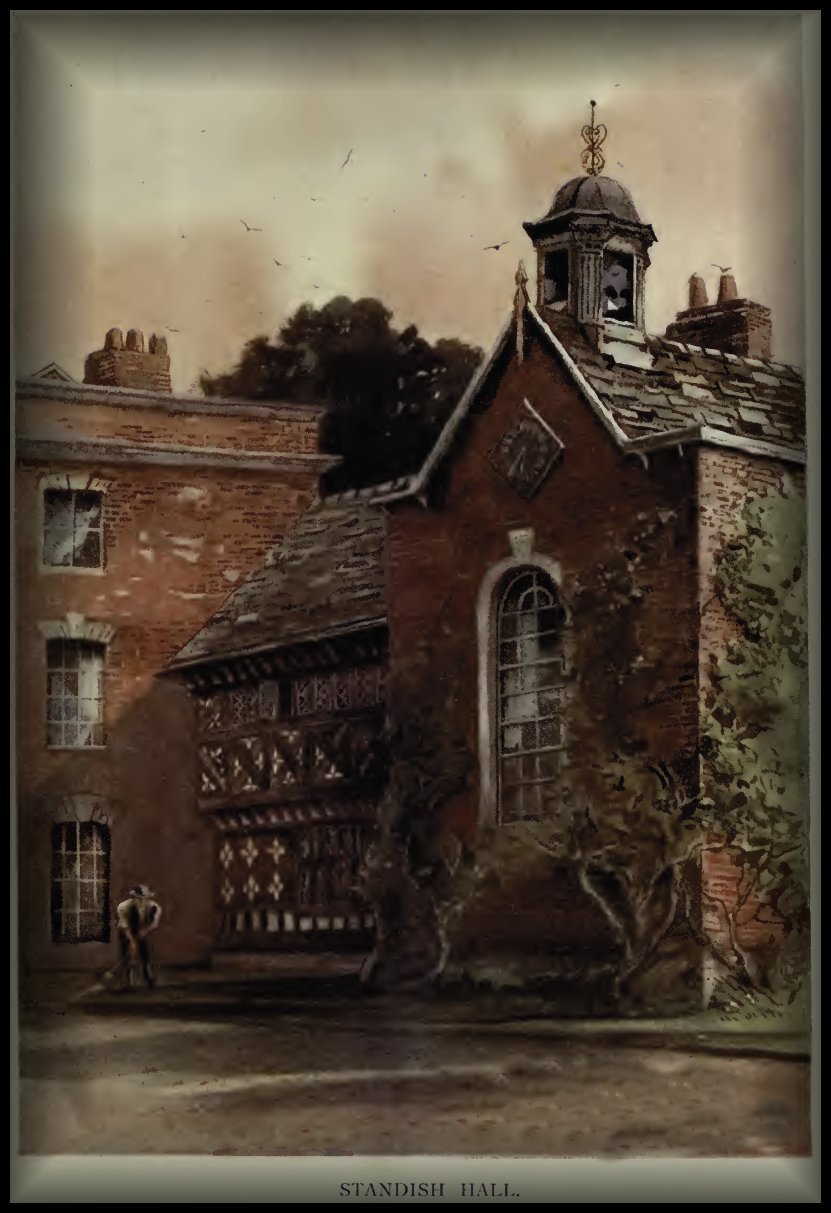
Standish Hall Chapel
Transcribed by and copyright of Phil Fairclough 2003.
This index allows for quick finding of persons by last name.
Further information may be available.
Please note the index number and contact the Standish OPC at UphollandOPC@mts.net.
Where “Other Name” exists, this may be the father’s name or mother’s maiden name.
The asterisk dentifies to which party the other name is connected.
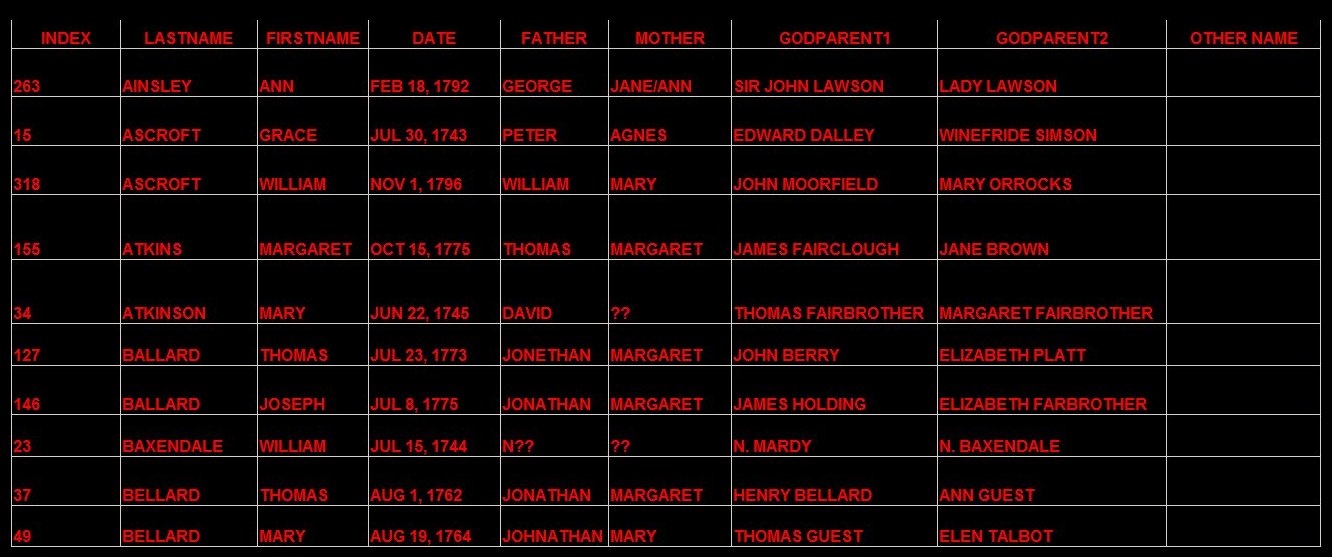
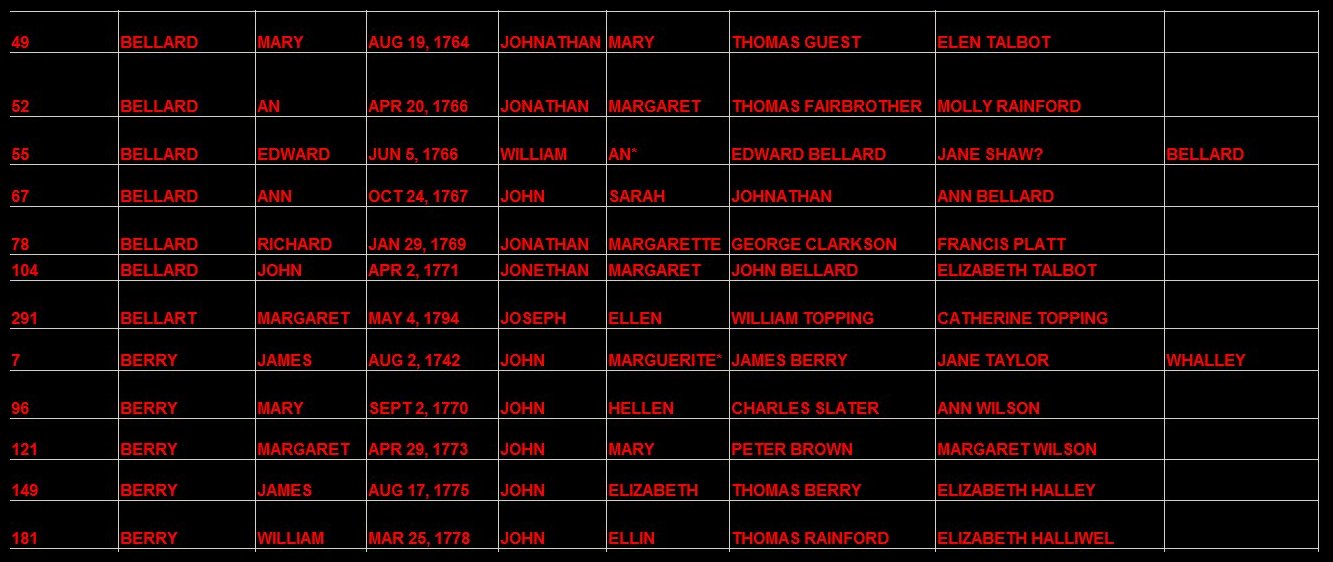
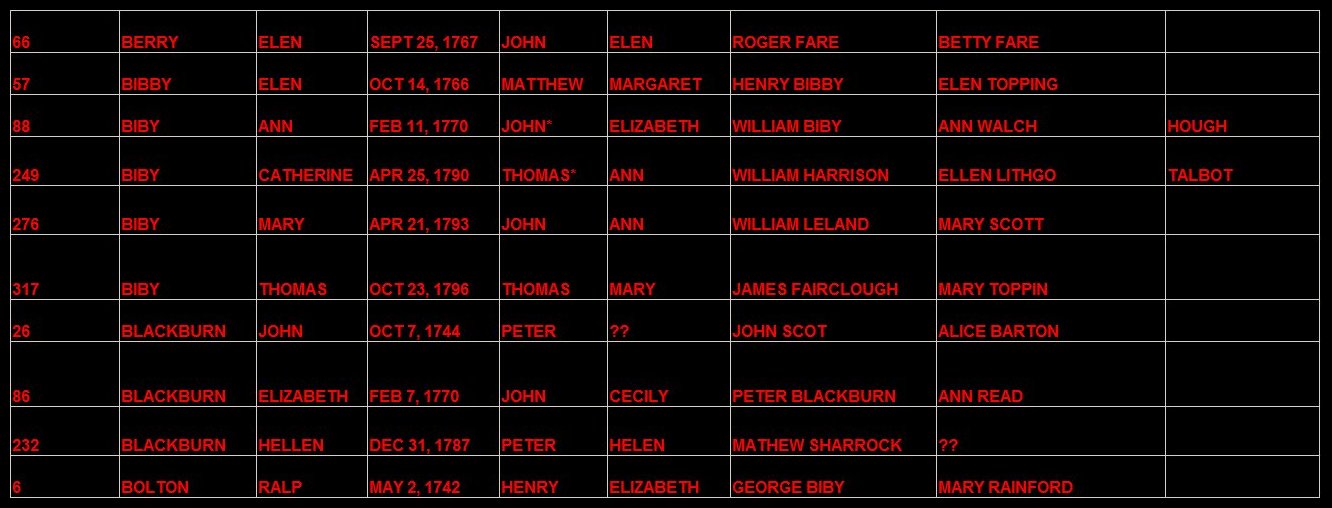
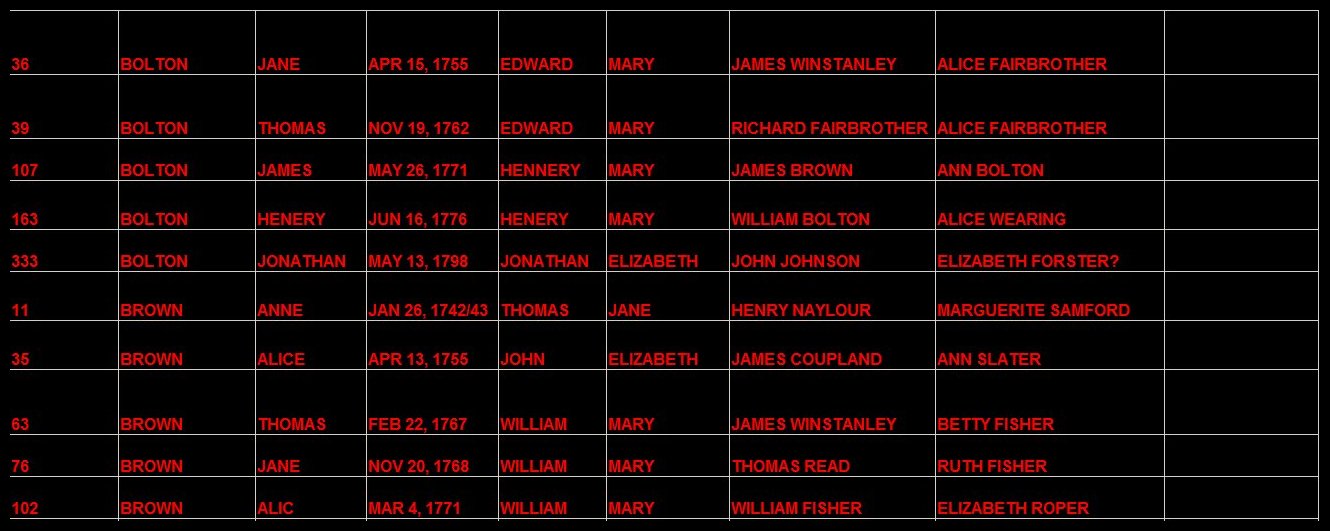
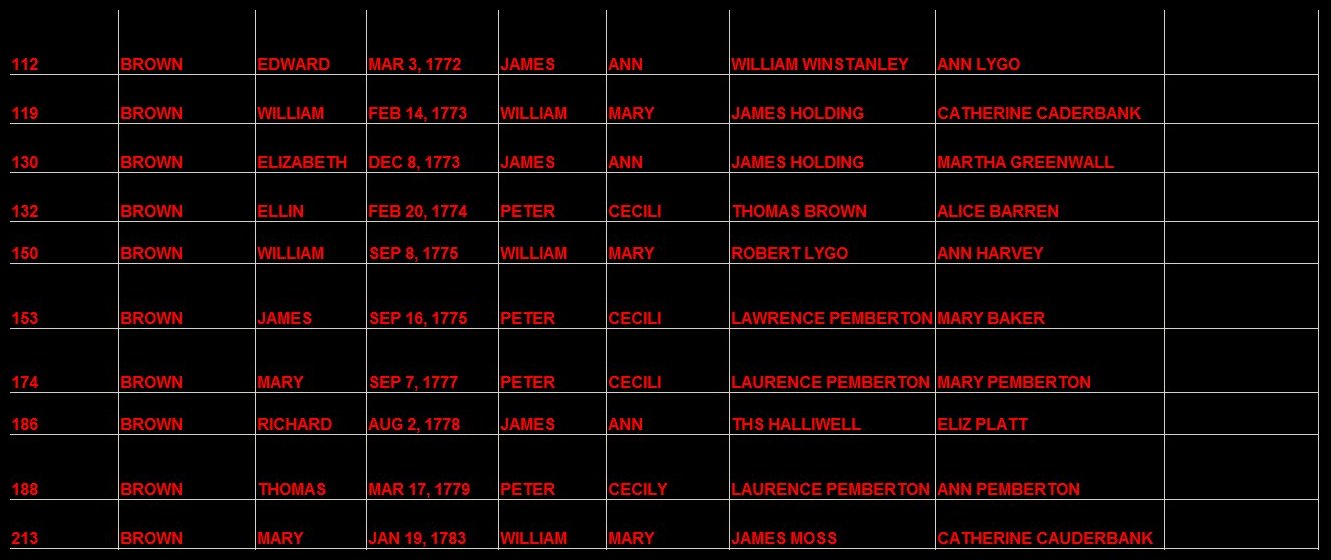
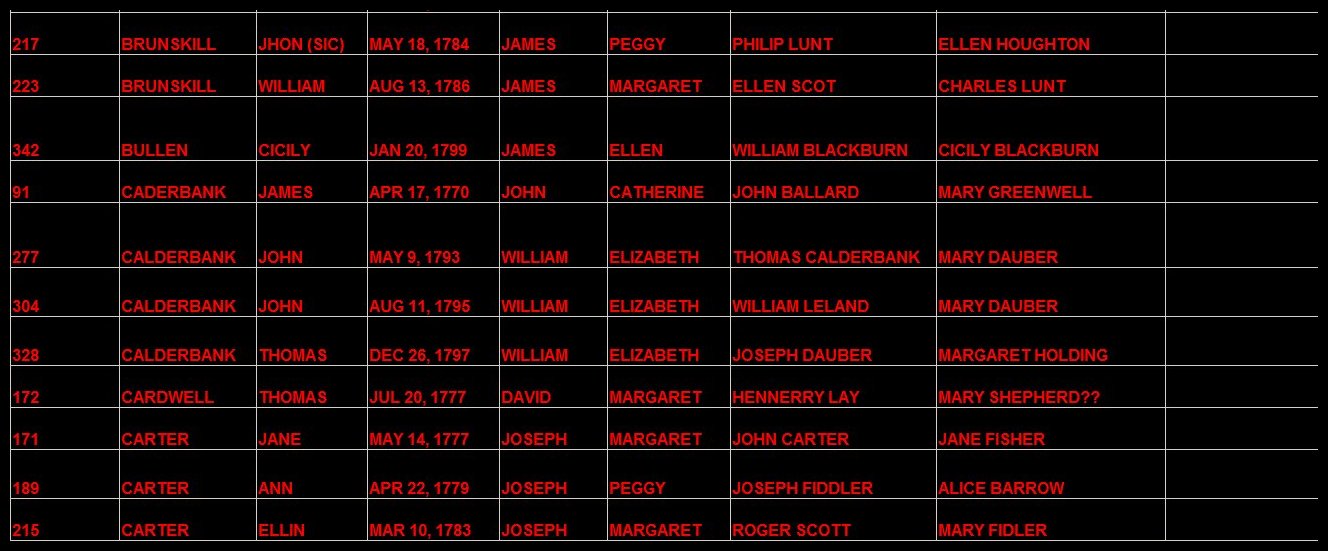
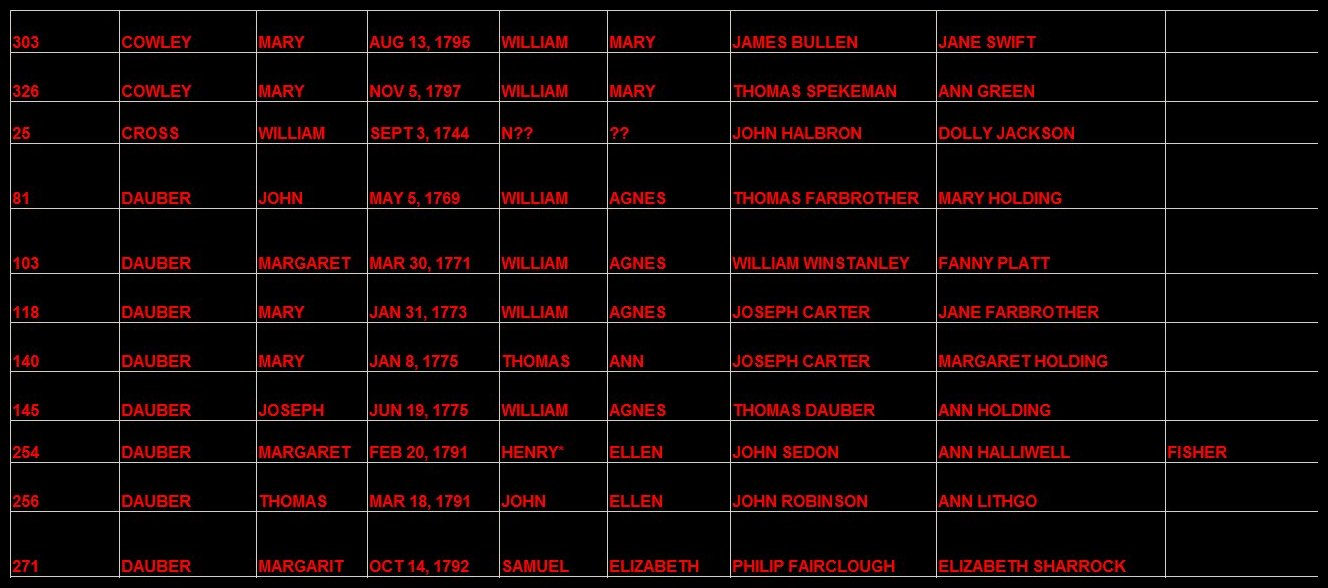
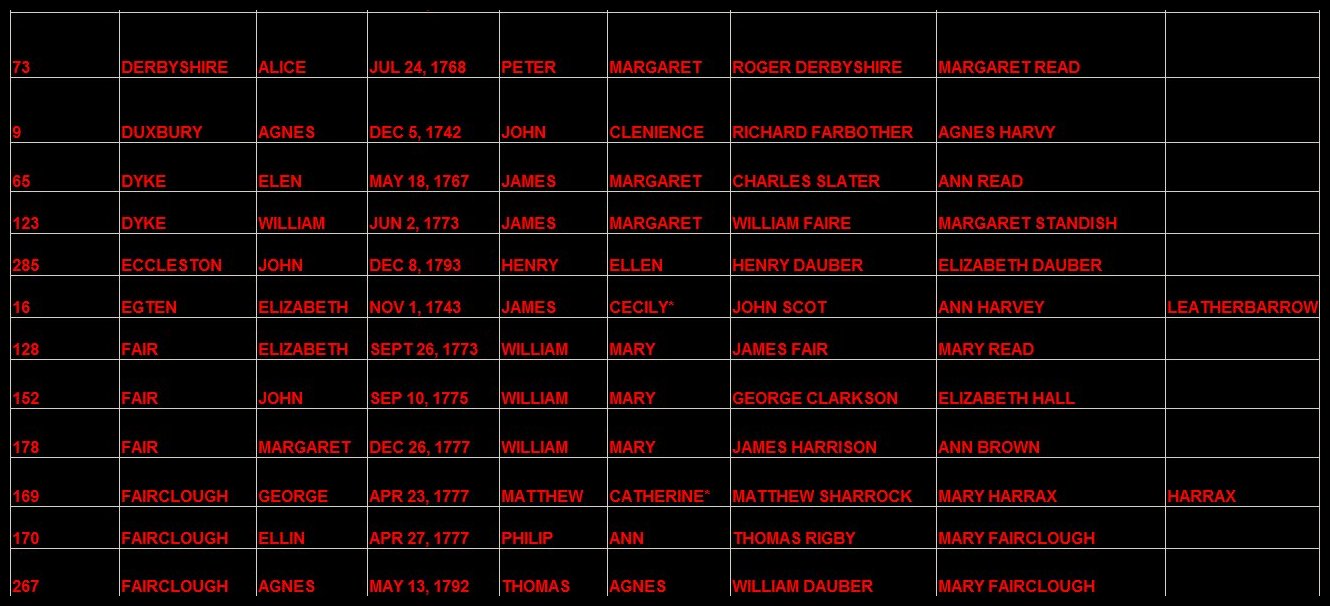
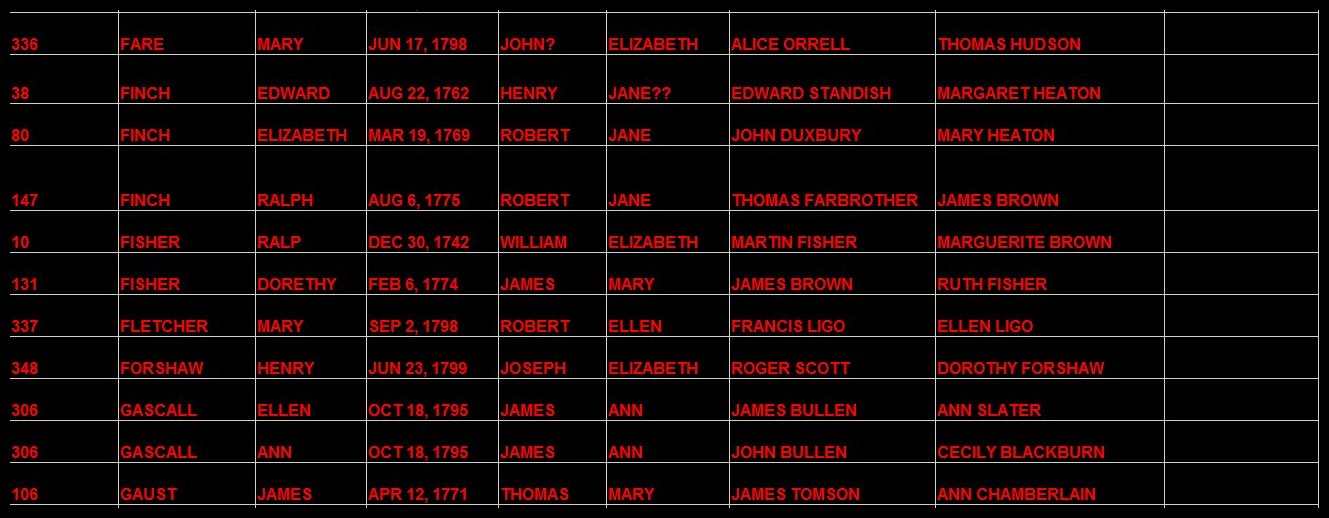
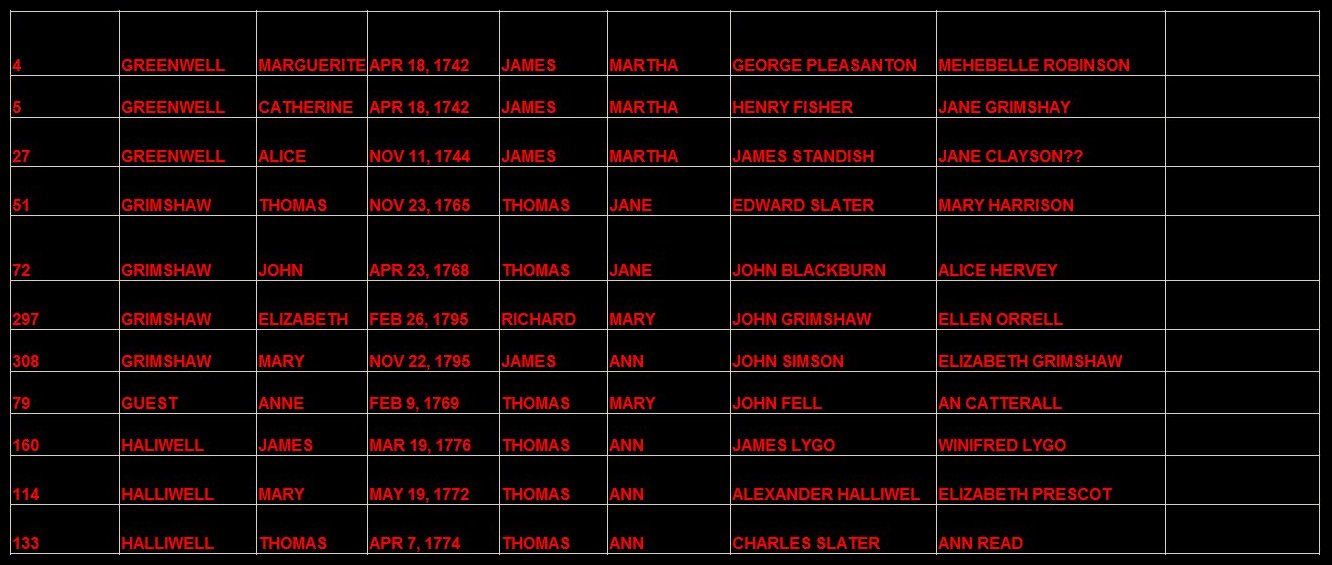
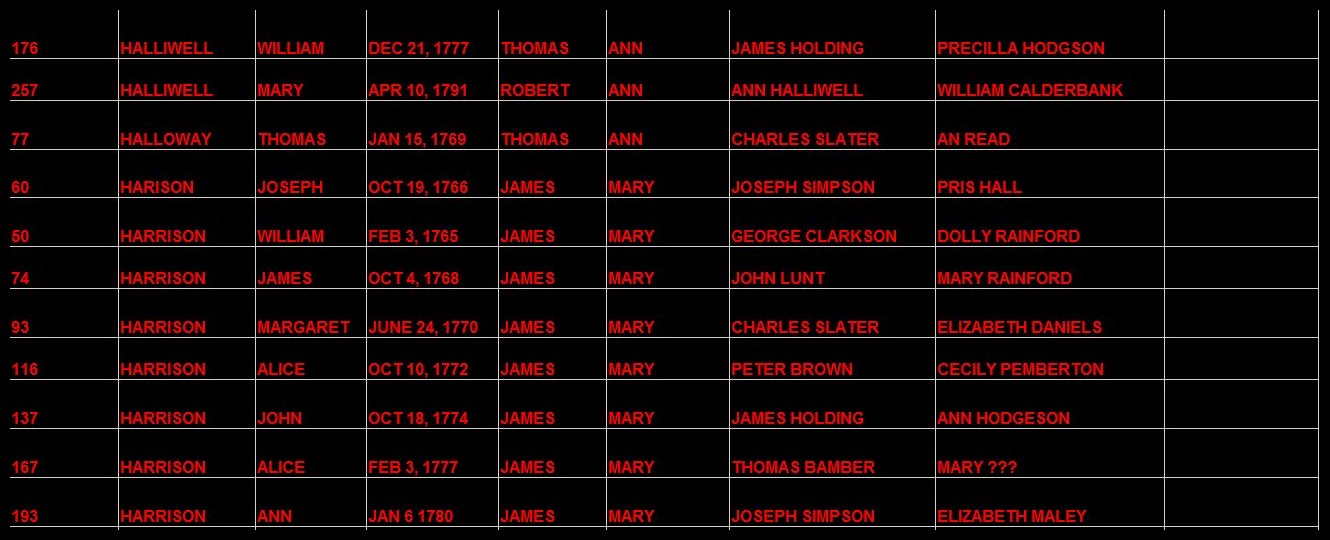
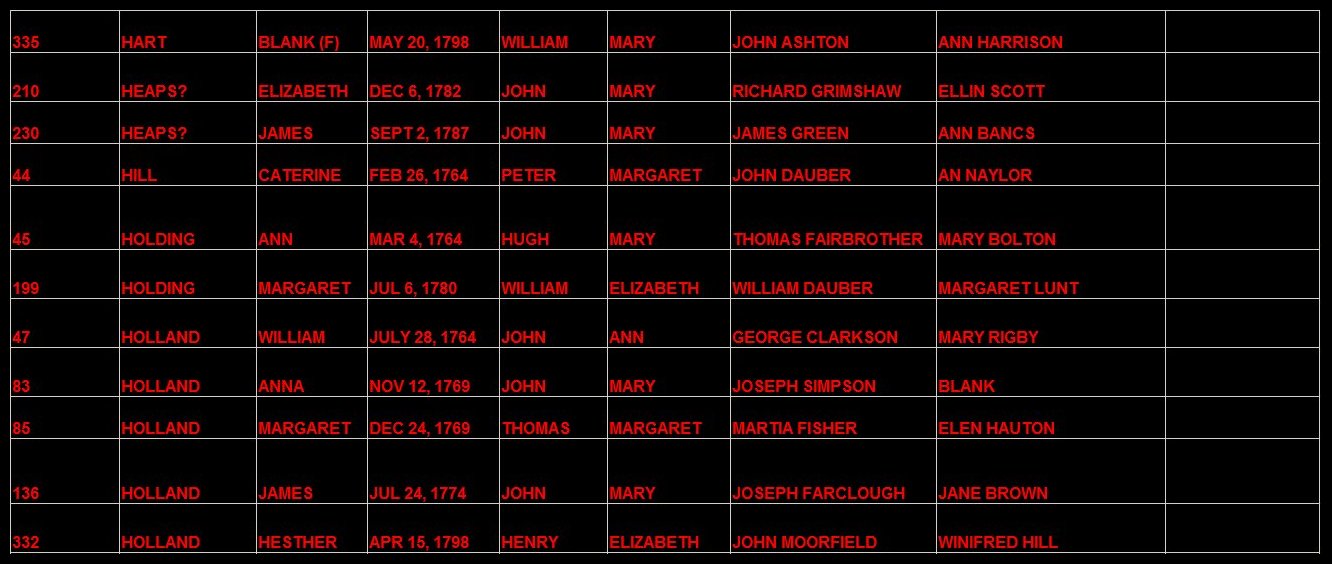
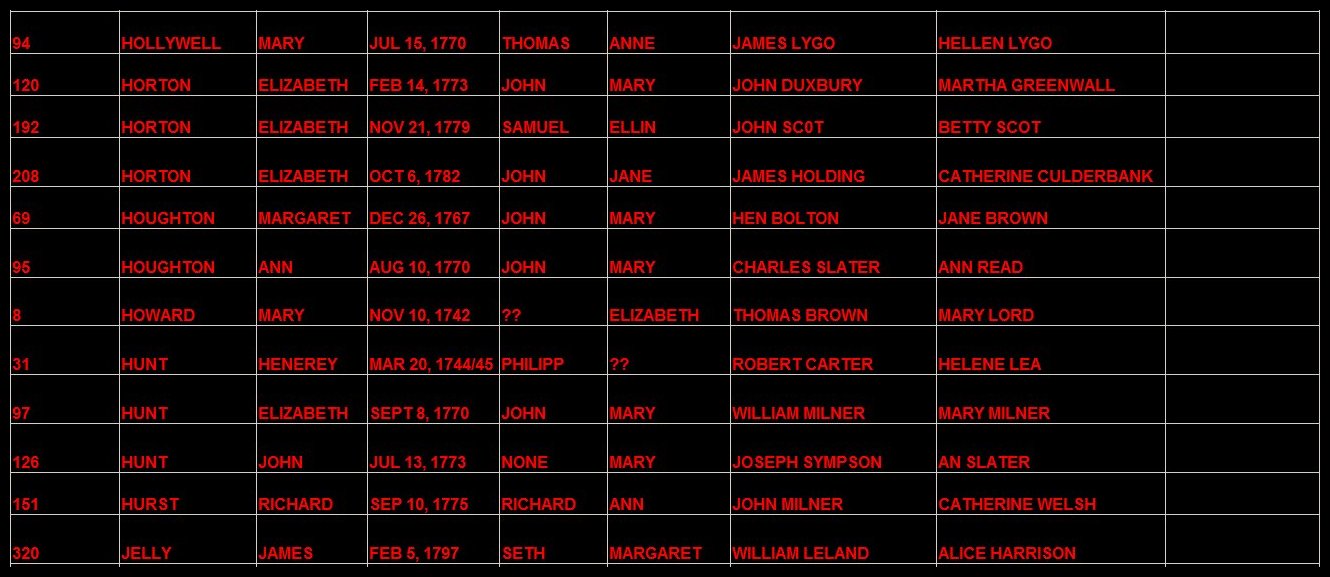
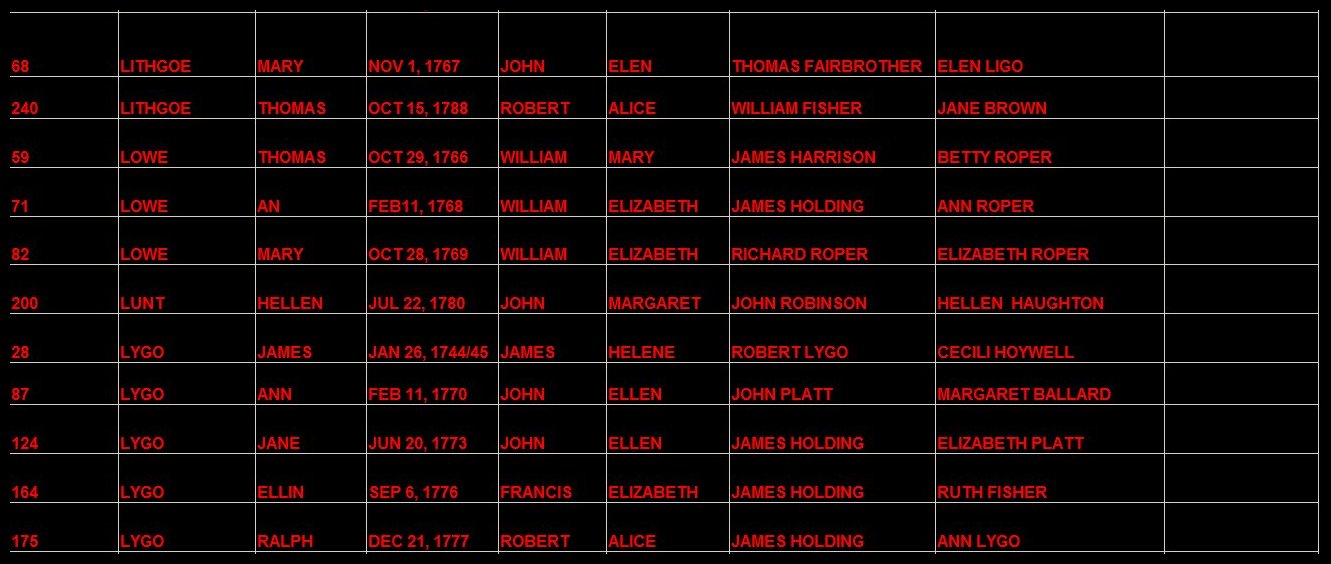
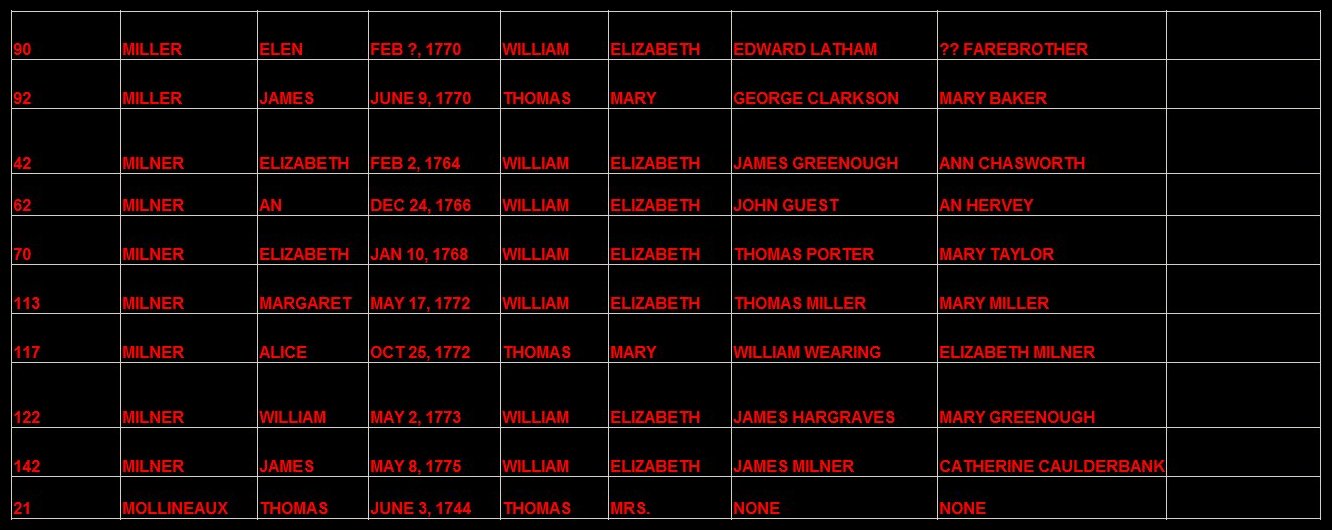
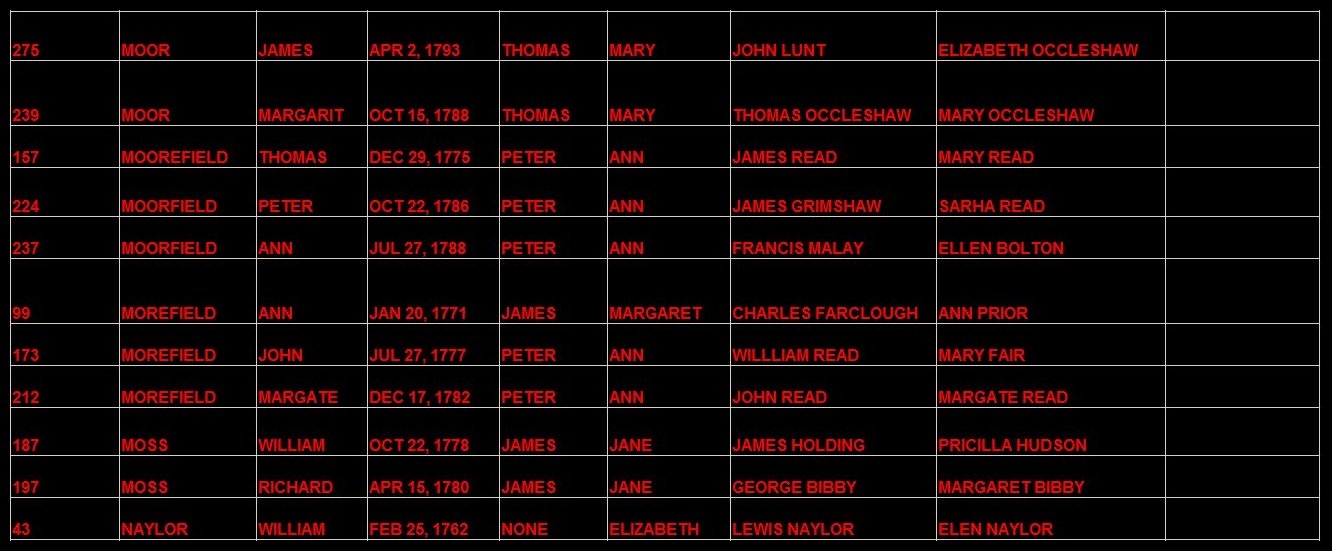
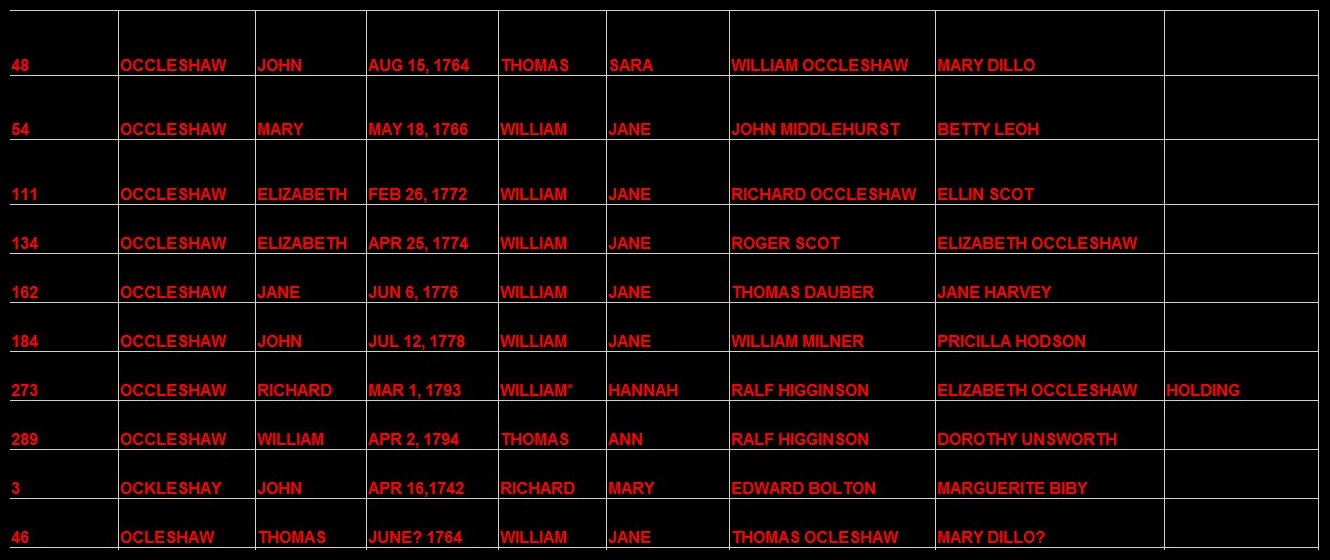
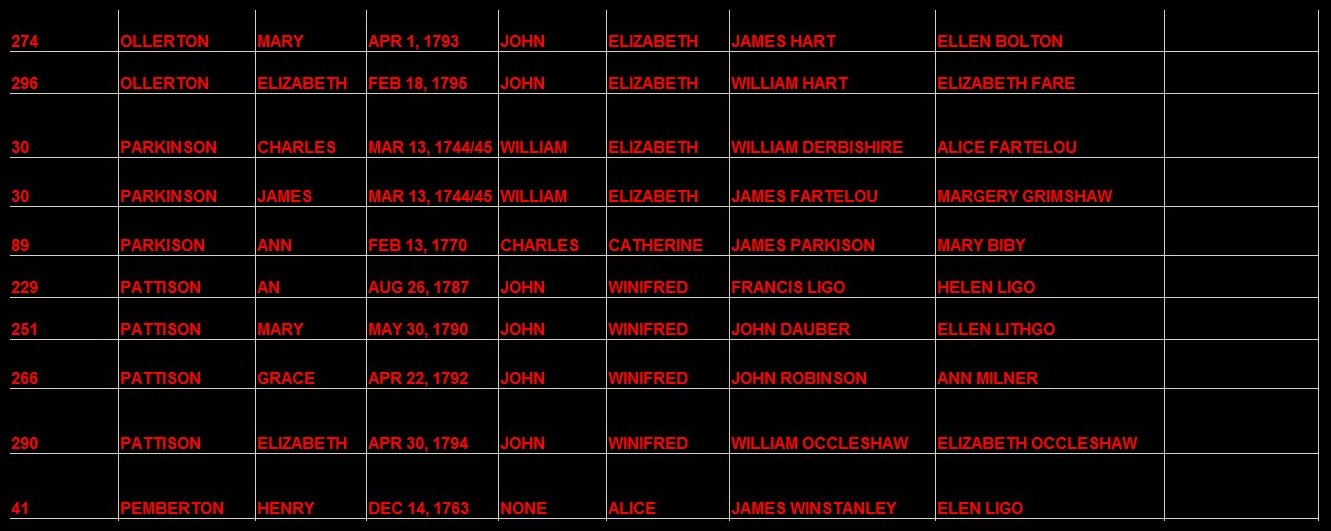
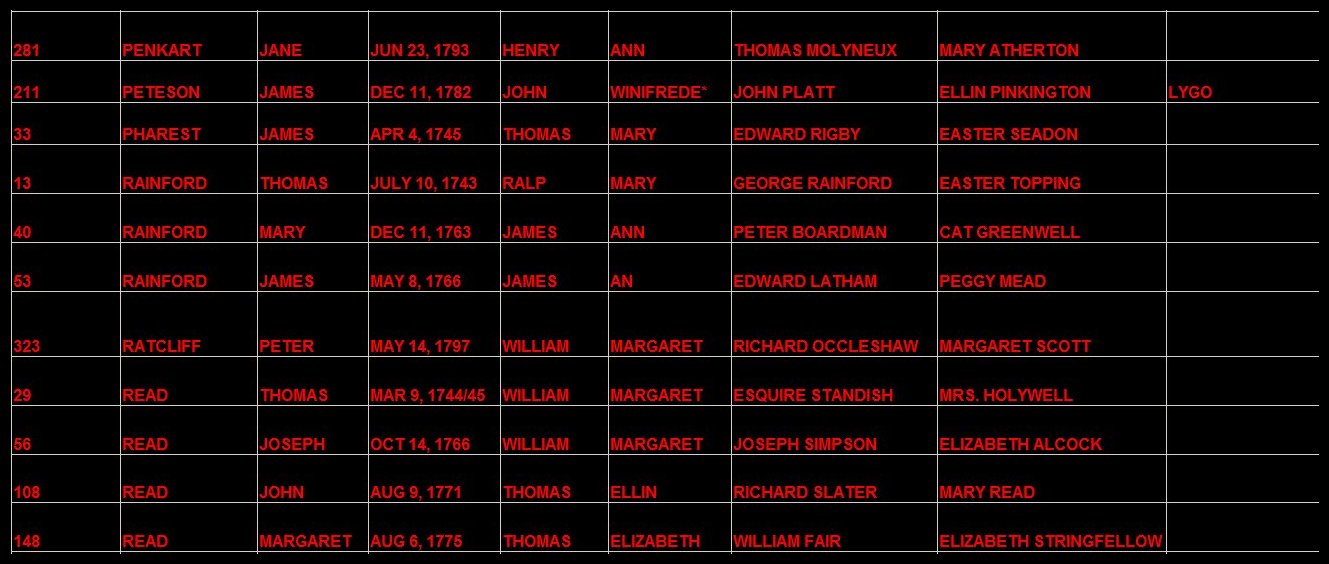
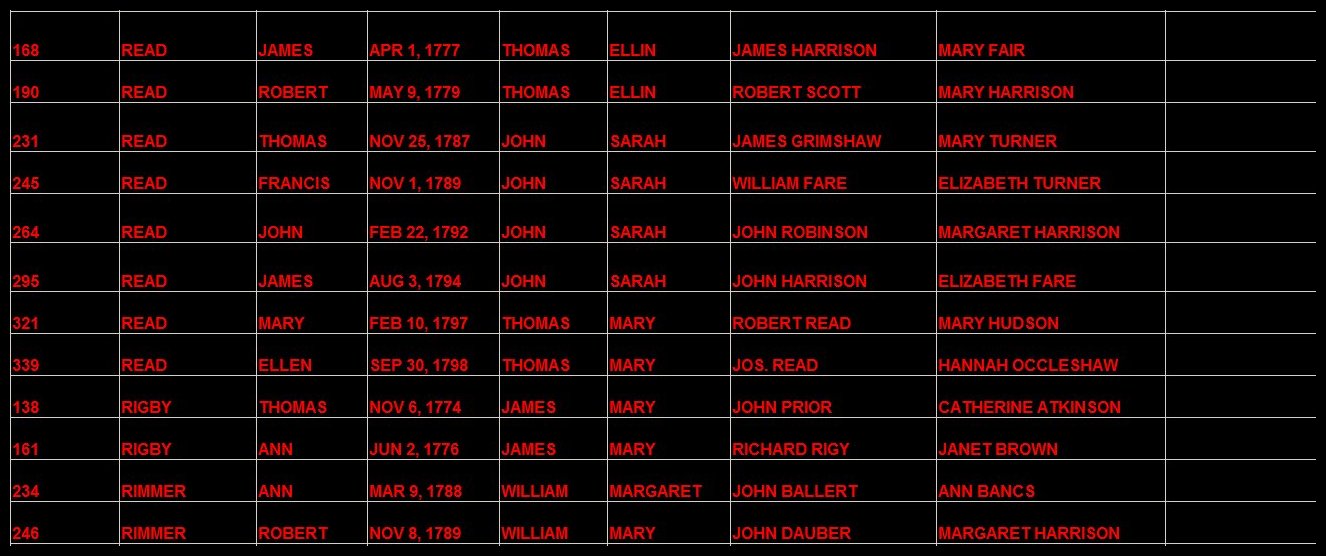
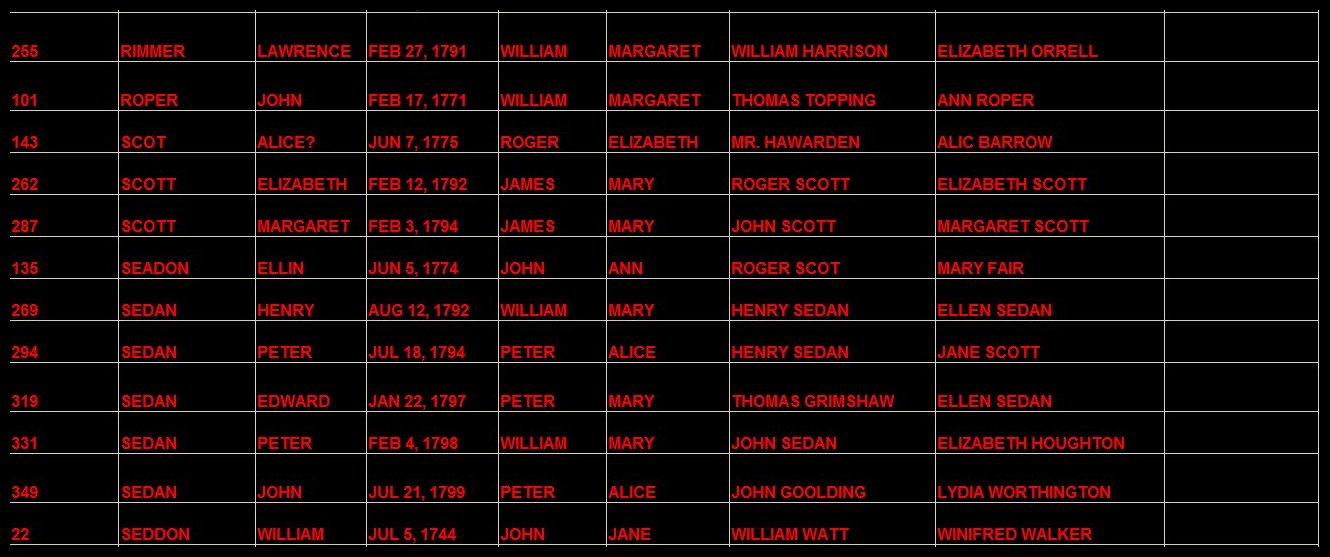
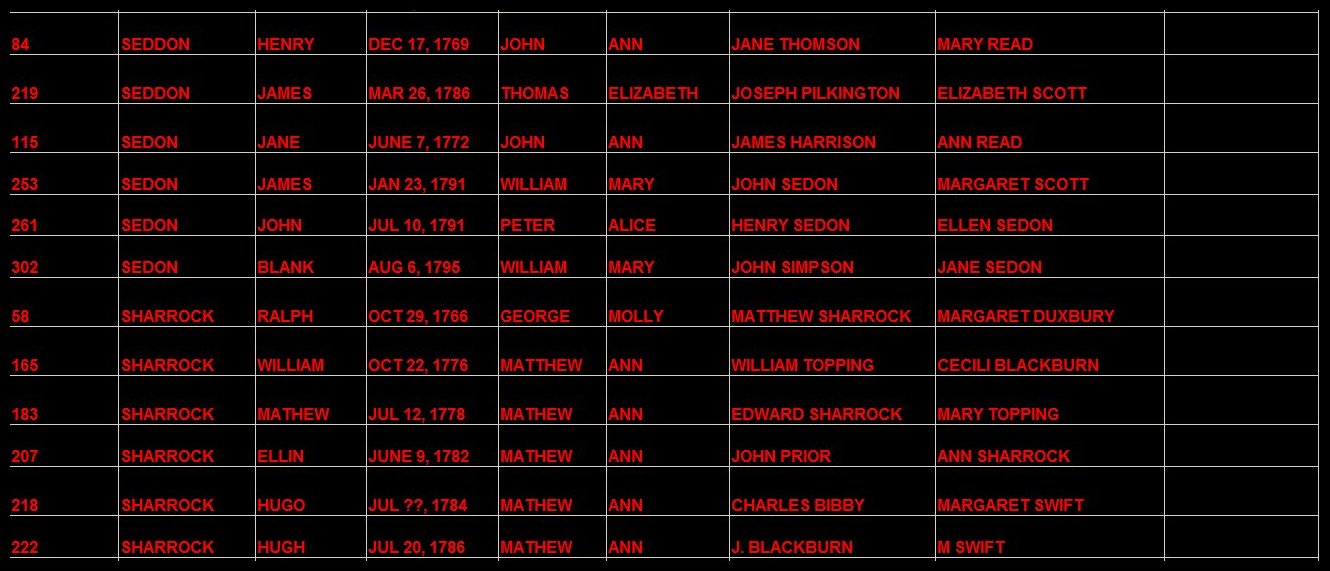
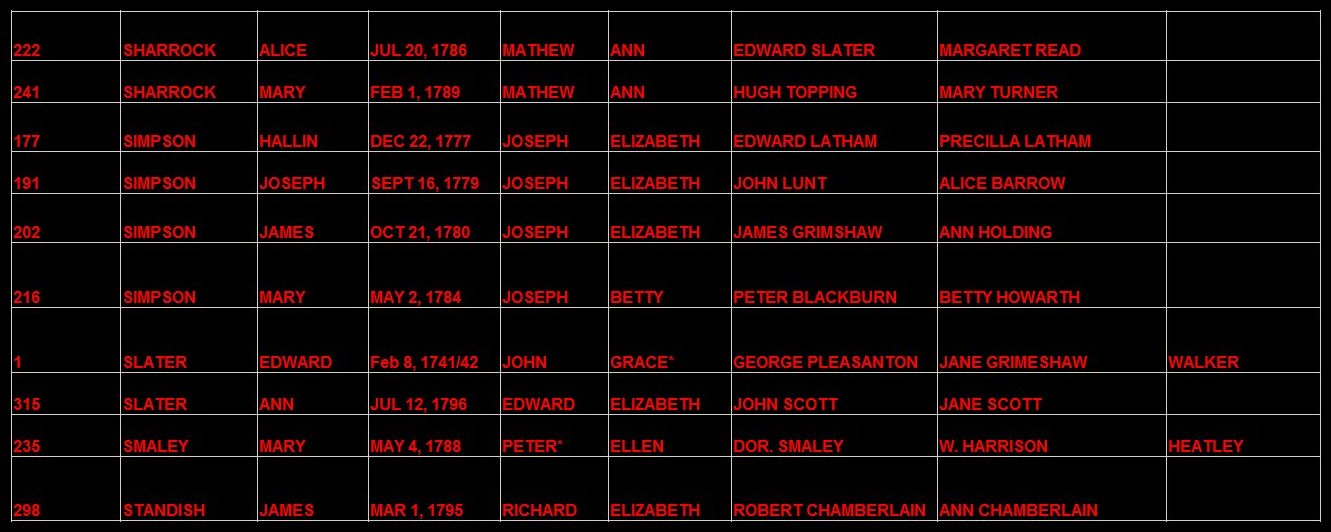
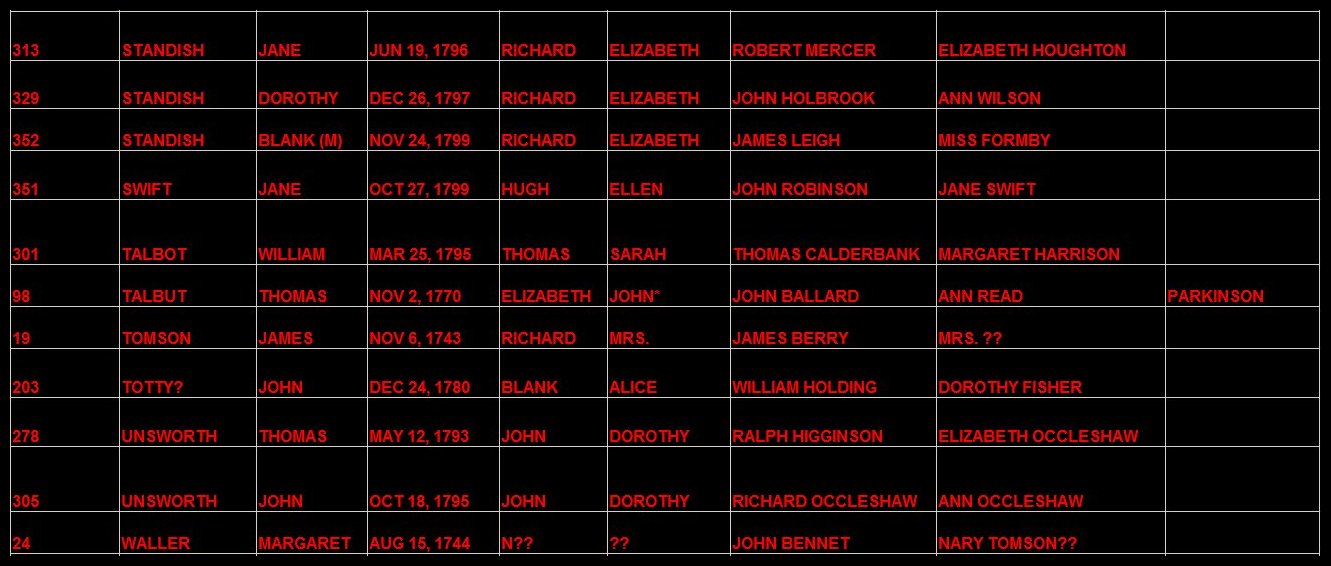
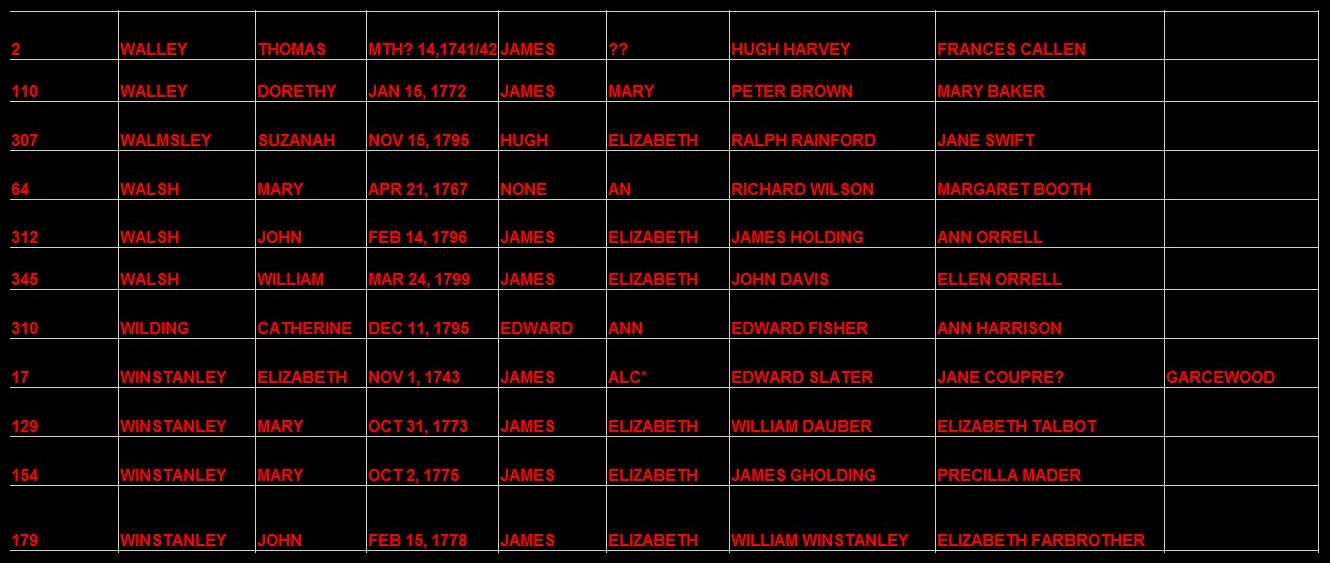

![]()
Stanedis, 1206; Stanediss, 1219; Standissh, Stanedich, Stanedissh, 1292; Standisch, 1330.Langetre, 1206; Longetre, 1330.The two portions of this township Standish and Langtree lie respectively in the south and north of the area; the former measures 1,696 acres, and the latter, which has two detached portions, 1,568, or 3,264 acres in all. They were sometimes regarded as distinct townships. The Douglas forms part of the boundary on the eastern side, and again touches Standish after flowing round Wigan. The remainder of the eastern boundary is formed by Bradley Brook, while the western is Mill Brook; both flow into the Douglas. A ridge of higher land running north and south occupies the centre; it rises to 370 ft., while on the eastern and western boundaries the surface is from 120 to 160 ft. above sea level. The population in 1901 numbered 6,303 (Including Crook) .
The village stands on the higher ground near the centre, having grown up along the principal road, that from Wigan to Preston. From this road a branch goes off northward to Chorley.
In 1901 the London and North Western Company's main line to Carlisle ran north through the township, near the eastern boundary; it had stations called Boar's Head and Standish, the latter nearly a mile from the village. From Boar's Head a branch line crosses the Douglas to join the Lancashire Union line, from which in turn a branch turns off to join the first-named near Standish station. There was a mineral railway from coal pits near the village to the main line. An electric tramway service connected the village with Wigan.
The soil is clay, with subsoil of clay, stone and coal; wheat and oats are grown. Valuable mines of coal are worked.There were as many as 174 hearths chargeable to the tax in 1666. The largest houses were the halls of Standish, Langtree and Bradley and the rectory. (Subs. R. Lancs. bdle. 250, no. 9.) Edward Standish had eighteen hearths, Langtree Hall ten, Bradley Hall, Dr. Brideoak and Thomas Smith eight each, Wigan Lane House seven and Thomas Taylor six.About 1700 it is stated that goods were brought from London in wagons as far north as Standish, and thence distributed by carts. (W. Stout, Autobiography, 28, 70.)A local board was formed in 1872, (Lond. Gaz. 11 Oct. 1872.) and this was in 1894 replaced by an urban district council of nine members.
The market cross is a modern one on the ancient steps; the stocks and well are adjacent. Sites of three other ancient crosses are known. (Lancs. and Ches. Antiq. Soc. xvii, 18, 19.) On the northern boundary is a well known as 'Hic Bibi'.Henry Finch, the Puritan vicar of Walton, ejected in 1662, was born at Standish in 1633; he died in 1704. (See Walton-on-the-Hill; Dict. Nat. Biog.)
Another distinguished native was Charles Walmesley, younger brother of the John who married the heiress of Ince, near Wigan. He was born at Wigan Lane House in Langtree in 1722, became a Benedictine monk in 1739, and finally Bishop of Rama (1756) and Vicar Apostolic of the Western district 1764 till his death in 1797. He gained a great reputation as a mathematician, publishing astronomical treatises, and being elected member of the Royal Society; he also wrote an explanation of the Apocalypse under the assumed name of Pastorini. (Ibid.; Gillow, Bibl. Dict. of Engl. Cath. v, 569; Preston Guardian Sketches,no. 701; Trans. Hist. Soc. (new ser.), xiii, 137)
Leonard Calderbank, Vice President of Prior Park College, was born at Standish in 1809; he died in 1864. (Dict. Nat. Biog)
The Manors of STANDISH and LANGTREE.
The Manor of STANDISH.
In the 12th century, if not earlier,STANDISH and Langtree were members of the Penwortham barony, and Richard Bussel, lord of Penwortham from about 1150 to 1164, (V.C.H. Lancs. i, 337) gave them to Richard Spileman, who had married the grantor's sister. They were assessed as one plough-land each. In 1212 Thurstan Banastre held them by the service of a sore hawk annually. (Lancs. Inq. and Extents (Rec. Soc. Lancs. and Ches.), i, 31. Nothing is known of Richard Spileman. A contemporary Hugh Spileman was one of the Abbot of Shrewsbury's 'men of Woolston'; Farrer, Lancs. Pipe R. 287)
The Banastre lordship, which appears to be that held later by William de Ferrers Earl of Derby, and then by 'the lords of Leylandshire,' was a mesne between the lord of Penwortham and the immediate tenants, who adopted the local surnames—Standish and Langtree. They are recorded to have descended from Richard Spileman, having married his daughters and co-heirs.
It is possible that the Banastre holding was conveyed to the Marsey family, who already held five plough-lands in the parish, for at the sale about 1230 to Randle Earl of Chester (to whom Ferrers succeeded) Standish, Langtree, Shevington, Charnock, Heath Charnock, Duxbury, Adlington and Whittle are named. This might account for the double lordship which appears in several of the townships. (See Inq. and Extents, i, 29.)
Ralph de Standish occurs in the time of Richard I, (Lancs. Pipe R. 378). (He may be the Ralph de Standish son of Leising mentioned in the ancient note to a Langtree charter; Cockersand Chartul. - Chet. Soc., ii, 514) . Ralph de Standish in 1206 agreed with Siward de Langtree (also a son of Leising) as to the partition of the manor and advowson of Standish. (Final Conc. (Rec. Soc.Lancs. and Ches.), i, 24.
Ralph retained the ploughland in Standish, a moietyof the advowson of the church, common of wood and other easements, and 16
acres of assarted land on the south side of Standish Church. See Bracton's
Note Bk. no. 1386.
There are a large number of Standish charters in Kuerden's MSS., but many of
them are but brief notes. Abstracts of nearly 400 in some cases the full deed
is given and are printed in Local Glean. Lancs. and Ches. ii. Mrs. Tempest made abstracts of others) He died in 1219–20, and was succeeded, it is alleged, by a son Richard, a younger son, Alexander, having long held the
rectory, and almost immediately succeeding his father in the manor. (This appears from disputes as to the advowson.
Ralph de Standish was the defendant in 1219 and Alexander, as 'son and heir,'
in 1220; Curia Regis R. 70, m. 16; 74, m. 8. The descent in the text is derived from the pedigree set forth by William de
Standish in 1310 in support of his claim to the advowson of Wigan, to which,
as he alleged, his ancestor Ralph de Standish had presented a clerk in the
time of Richard I; De Banco R. 180, m. 218. ) Apart from this nothing seems known of the Richard son of Ralph who has the second place in the descent.) His son Ralph followed, (Ralph de Standish was in possession in 1246,
when he with Henry de Standish and others in the parish brought a writ
against William de Ferrers Earl of Derby, alleging that he should acquit them
of the services demanded for Standish, &c., by the guardians of the lands
of John formerly Earl of Lincoln; Assize R. 404, m. 14 d. It seems clear from
this that Ferrers occupied the place of Banastre in 1212. Hugh son of Gerard
de Duleys granted land in Shevington to Ralph de Standish, Hugh, rector of
Standish, being one of the witnesses; Standish D. (Local Glean.), no.
362) and left three sons, who held the manor one after another Edmund, Hugh and Jordan.
In 1288 it was found that Jordan de Standish
held Standish, with the advowson of the church, of William de Ferrers by
homage and the service of 5s. 8d. yearly; Lancs. Inq. and
Extents, i, 269. He and the other tenants provided puture for the
serjeants. He died in 1290; ibid. 274.
Jordan son of Ralph de Standish granted lands in Langtree and Standish to
Alan de Burlegh; Standish D. (Local Glean.), no. 4. Jordan de Standish
demised for twenty years to Nicholas (son) of Hugh and Maud mother of Robert
de Haydock, rector of Standish, land within these bounds: Beginning at the
land of John son of Hulle, ascending to Robert de Worthington's land called
Hatchacre, round the outside of the Hut Lanc, Proceeding to the church land
to the west as far as 'le walle' of the church, descending the Walle Lanc to
South Brook as far as the acre held by Siward and so to the start; Standish
D. (Mrs. Tempest's abstract), no. 5. The seal is appended; it bears a
conventional flower, surrounded by the legend 's' iordani d' stan.'
Jordan de Standish granted a messuage to William de Burlegh, whose son Roger
dying without issue, the tenement was unsuccessfully claimed in 1341 by
William's daughter Goditha and her husband Richard de Newton, miller. The
possessors were John de Burlegh and Ellen his wife. (De Banco R. 328, m. 366.)
Edmund son of Jordan de Standish in 1346 gave to Richard his son lands in Standish and Langtree, with remainders to his other sons Robert, Edmund and Henry; Kuerden MSS. v, fol. 145. There are some other deeds referring to him in the same volume. Robert son of Edmund de Standish frequently occurs in the Standish deeds and acquired Arley in Blackrod, the Standishes of Arley being apparently his descendants. See Standish D. (Local Glean.), no. 36, 51, &c)
Jordan's eldest son, Ralph, died without issue in or before 1296, and a younger son, William, succeeded.
Thomas le Waleys in 1298 complained that whereas
the wardship and marriage of William brother and heir of Ralph son of Jordan
de Standish belonged to him, one Robert the Serjeant and Alice his wife had
abducted the heir; De Banco R. 123, m. 30.
Cecily the widow of Ralph son of Jordan de Standish in 1313–14 had common of
pasture in Standish; Assize R. 424, m. 6 d.
Mabel and Alice daughters of Jordan de Standish occur in the deeds; Standish
D. (Local Glean.), no. 9–13. Some of the deeds (as printed) are dated
Edward I instead of Edward II.
In 1318–19 a settlement was made of the moiety of the manors of Standish and Langtree and the advowson of Standish Church on William son of Jordan de Standish and his heirs; ibid. no. 16. About the same time William and Eleanor his wife made a settlement of the eighth part of the manor of Shevington; ibid. no. 8. holding the manor for nearly thirty years. In 1311 it was recorded that the barons of Penwortham had an ancient custom of 2s. a year out of the townships of Standish and Langtree, the lords of which were bound to do suit to the court of Penwortham. De Lacy Inquest (Chet. Soc.), 22. In the Compotus of 1296 the farm of Standish and Langtree is similarly returned as 2s., and the same in 1305;Compoti (Chet. Soc.), 10, 97

Standish of Standish. Sable three standing dishes argent.
William was, about 1322, succeeded by his son John, who lived till
about 1350. In 1329 John son of William, lord of Standish,
granted to Henry son of Henry son of Anabil de Shevinley a piece of land in
Standish bounded by land of John de Burlegh, the Cockscroft, Standish Moor
and the Kirk Brook, and another piece in Shevington, in exchange for
Shevinley, which lay on the west side of the manor of Standish; Standish D. (Local
Glean.), no. 17. Henry had been accustomed to pay a pig as rent; ibid.
no. 18.
John de Standish and Thomas de Langtree in 1336 came to an agreement
regarding the approvements of the waste; ibid. no. 27. John de Standish
attested a charter in May 1351; ibid. no. 37.) and whose eldest son William appears to have died before his father without issue. John son of William de Standish in 1332 gave his
eighth part of the manor of Shevington to his son William and Margery his
wife, a rent of 12¼d. being payable; Standish D. no. 20. A few weeks
later a settlement was made of the manor and advowson of Standish, except
four messuages and 15 acres; the remainders, after John de Standish, were to
William his son and his heirs by Margaret daughter of Adam de Holcroft; should
William die without issue, the manor was to descend to his brothers Henry,
Edmund and Ralph in succession; ibid. no. 21;Final Conc. ii, 89.
Margaret widow of William de Standish (father of John) was holding a third in
dower.
One of these Margarets was probably the wife of Adam de Tyldesley in 1339,
when an agreement was made with John de Standish as to claims in Standish and
Shevington; Adam and Margaret undertook, if required, to sell and release by
fine in the King's Bench all their right 'at the costs of the said John for
their going and returning, that is to say, 2s. each day for their
reasonable journey'; Standish D. (Local Glean.), no. 33.
The manor descended to a younger son Henry.
John de Standish in 1343 granted to his son Henry, who was to marry Joan daughter of Henry de Worsley, all his lands,
&c., in Shevington except those in closed within his park; ibid. no. 34.
Joan survived her husband; ibid. no. 80.
Henry de Standish was in possession in 1353, when his park of Shevington is
named; ibid. no. 39, 40. Four years later he made an agreement with Richard
de Langtree as to the wastes; by the arbitration of friends an equal
valuation was to be made of the wastes and the inclosures which had from time
to time been made by themselves or their ancestors; ibid. no. 43. The wastes
of Standish and Langtree (described as 'a hamlet of Standish') were the
subject of further agreements in 1362, when the two lords (Henry and Richard)
gave lands to Thomas de Eccleston and Robert de Standish in exchange for
their rights of common of pasture in the wastes, then extending to 300 acres.
From these deeds (ibid. no. 52, 53) it appears that the wood stretched from
the park of Standish to the boundary of Wigan, and that the pasture lay in
the north-west quarter of the township, its bounds beginning at the church
and reaching to the borders of Wrightington and Shevington.
Henry de Standish in 1363 claimed the custody of lands in Standish during the
minority of John son and heir of Richard Stalon against Christiana the widow
of Richard and Ralph de Standish; De Banco R. 415, m. 150; 416, m. 90.
In 1381 Henry de Standish granted to Hugh de Standish land called Bolton
Field lying between the bounds of Wigan and the Twelve Acre, and extending to
the road from Wigan to Standish [and] as far as the Douglas, in exchange for
a moiety of 15 acres of the waste of Standish and Langtree next Byrlegh
clough as far as the ford by the Cinderheap, and a moiety of a piece of the
waste on Ratonraw Green in the same vill; Standish D. (Mrs. Tempest's
abstract), no. 99. The seal shows the ancient coat of the family a saltire
within a border engrailed. In 1383 Henry de Standish released to the rector of the church a field called
Eldefield; Standish D. (Local Glean.), no. 70. Henry the of brother Ralph distinguished himself and was made a knight. The king in 1353 granted a pardon to Ralph son
of John de Standish for breach of the peace, ordering no one to reproach him
for what had been done on 10 April 1352; ibid. no. 38.
By 1364 he had acquired lands in Wigan, Standish, Langtree and Shevington,
which had belonged to Edmund de Fulshagh and others; ibid. no. 40, 46, 50,
57.
He appears afterwards to have served the Black Prince, who granted him an
annuity of £20 out of the manor of Sutton near Macclesfield, which was
continued to him (as Ralph de Standish, esq.) by Richard II; Cal. Pat.
1377–81, p. 124. As Sir Ralph de Standish he was made warden of Scarborough
Castle in 1381; ibid. 1381–5, pp. 32, 47.
In Oct. 1382, as Sir Ralph de Standish, he explained to his dearest brother
Gilbert de Standish, the rector, the objects of a feoffment he had made. His
lands in Wigan, Standish, &c., were for the use of his wife Elizabeth for
life, for his issue by her, in default to Joan de Standish and heirs, then to
John de Standish son of Mary de Ince. The deed was made in London; Standish
D. (Mrs. Tempest's abstract), no. 102. Sir Ralph died soon afterwards, his
annuity being at once granted to another; Cal. Pat. 1381–5, p. 180.
The feoffees in May 1383 granted the lands to his widow Elizabeth with
remainders to their sons Nicholas and Ralph and issue, and then to John and
Joan children of Mary de Ince; ibid. no. 104. The widow soon afterwards
married Thomas Lampet; Standish D. (Local Glean.), no. 75, 76. The
whole or most of the estate was in 1407 purchased by Ralph Standish of
Standish; ibid. no. 93–102.
Henry de Standish died in 1396 holding the manor of Standish and the advowson of the church of the lords of Leylandshire, also the fourth part of the manor of Shevington. Ralph his son and heir was then of full age. (Lancs. Inq. p.m. (Chet. Soc.), i, 64.) By that time the tenure of Standish and Langtree was said to be by the third part of a knight's fee. In an aid levied in 1378 it is stated that 6s. 8d. was due from Henry de Standish and Gilbert de Langtree for the third part of a knight's fee in Standish and Langtree; Harl. MS. 2085, fol. 423. At the same time William de Harrington was said to hold the third part of a fee there (ibid.), and in 1446 Thomas de Harrington held the same as feoffee; Duchy of Lanc. Knights' Fees, bdle. 2, no. 20.
Ralph son and heir of Henry de Standish in 1398 procured a generalpardon from the king. Standish D. (Local Glean.), no. 82. His
mother Joan released to Ralph 100 acres in Standish and the Great Heys near
the hall; ibid. no. 80.
He had in 1359 been contracted to marry Cecily daughter of Roger de
Bradshagh, and she was still living in 1411–12; ibid. no. 47, 48, 82, 103.
John 'Standwich' is said by Froissart (Chron. i, 650) to have killed
Wat Tyler, but Stow gives the name as Cavendish. He seems afterwards to have been appointed
escheator in Ireland and to have died there. (Dep. Keeper's Rep. xli, App. 727, 760
He was succeeded about 1418 by his son Lawrence. The eighth part of the manor of Shevington and lands, &c., in Standish were in 1398 settled by Ralph son of Henry de Standish and Cecily his wife upon Lawrence son of Ralph and Lora daughter of Sir Roger de Pilkington; Standish D. (Mrs. Tempest's abstract), no. 115. Shortly afterwards Lawrence and Lora are called husband and wife; ibid. (Local Glean.), no. 84. She was living in 1422; ibid. no. 113.Lawrence who revived the ancient family claim to the advowson of Wigan, and received certain compensation. (Ibid. no. 120–3)
Lawrencedied about 1434, In 1419 Lawrence arranged the marriage of his
sister Eleanor and John son and heir apparent of Henry Birkhead; Standish D.
(Mrs. Tempest's abstract), no. 110. A further agreement as to the wastes of
Standish and Langtree became necessary in 1431, when Lawrence de Standish and
Richard de Langtree referred the point in dispute to arbitrators; ibid. (Local
Glean.), no. 124.
He arranged in 1421 that his son Alexander should marry Constance daughter of
John Gerard of Brynn; ibid. no. 111. The marriage took place, and Constance
survived her husband, being alive in 1468; ibid. no. 112, 129, 152.
His son became Sir Alexander, to whom in 1423–4 an annuity of 20 marks had been
granted by the Crown for his services. (Ibid. no. 116.)
He did not long survive his father, dying in 1445 holding the manor of Standish, the advowson of the church and various lands in Standish and Shevington, also a burgage in Ormskirk. (Towneley MS. DD, no. 1479. The manor and advowson of Standish were held of Sir William de Ferrers of Groby, Margaret widow of Sir William de Harrington and Robert de Shireburne, but the services were unknown.)
Ralph, his son, of full age, augmented the family inheritance by marriage withMargery daughter and co-heir of Richard Radcliffe of Chadderton; in 1452–3 he obtained general pardons from the Crown. (Standish D. (Local Glean.), no. 137.
Ralph Standish took part in a division of Chadderton in 1454–5; his wife
Margery, the heiress, survived him and was living a widow in 1473; ibid. no.
139, 153. She afterwards married Thomas Radcliffe and died in 1476, when
Alexander, her son and heir, was twenty-four years of age; Lancs. Inq. p.m.
(Chet. Soc.), ii, 126.
Ralph seems to have died in 1468, when there was a settlement of family
disputes; Standish D. (Local Glean.), no. 152)
Alexander, his son, succeeded him about 1468. In 1451–2 Ralph de Standish conveyed his estates
in Lancashire, Cheshire, Warwickshire and Essex to feoffees in order to make
settlements on the marriage of Alexander his son and heir with Sibyl daughter
of Henry Bold; ibid. no. 135, 136, 140–2. Sibyl is mentioned again in 1484;
ibid. no. 171.
In 1476 Alexander Standish made a further agreement with the lord of Langtree
respecting the approvement of the waste; ibid. no. 155. In 1479 he made a
declaration to the Abbot of Norton of his innocence in the affray at Wigan
with Sir Thomas Gerard of Brynn; ibid. no. 162. In the following year the
disputes between the families were referred to arbitration and Sir Thomas was
ordered to pay £10 15s. 8d. to the 'uses of the fellowship of
the said Alexander that have had bloody strokes in the said matter'; ibid.
no. 167. A feoffment of the manor of Standish was made about the same time;
ibid. no. 165
Alexander Standish was knighted in Scotland in 1482, (Metcalfe, Bk. of Knights, 7.) and died in 1507 holding the manor of Standish of Sir Edward Stanley, Sir Richard Shireburne and Lady Le Strange in socage by a rent of 5s. yearly, together with other manors and lands. Ralph, his son and heir, was twenty-eight years of age. (Duchy of Lanc. Inq. p.m. iii, no. 25. Sibyl his widow was living at Bromley in Wigan at the date of the inquisition.) Ralph also married an heiress Alice, one of the daughters of Sir James Harrington of Wolfage. The marriage settlement is dated 16 Aug. 1497; Standish D. (Local Glean.), no. 183. (Perhaps it should be a year later; ibid. no. 182.) The manor of Wolfage or Brixworth was on division assigned to the Standishes. From the same deeds it appears that Ralph Standish secured a lease of the rectory and made many purchases of land in Shevington, Duxbury, Wigan, A pedigree was recorded in 1533;Visit. (Chet. Soc.), 103. Ralph died in 1538 holding the manor of Standish, the advowsons of the church and the three chantries, with lands, &c., in Standish, Wigan, Shevington, Worthington and Coppull; a third part of the manor of Chadderton, and lands in Chadderton, Glodwick, Witton and Rochdale; lands, &c., in Duxbury, Chorley, Blackrod, Heath Charnock, Charnock Richard, Ormskirk and Wrightington. The manor of Standish was held of the Earl of Derby, Lord Mounteagle, and Richard Shireburne by a rent of 6s. 8d. Alexander son and heir of Ralph was then thirty-six years of age. (Duchy of Lanc. Inq. p.m. viii, no. 21. Ralph's will is given in Standish D. (Local Glean.), no. 299; Alice his wife is named in it.)
Alexander died within a year of his father, in 1539, leaving a son Ralph, only nine years of age, (Duchy of Lanc. Inq. p.m. viii, no. 23.) The heir,
not married, was at that time in the custody of Alice Standish, widow (his
grandmother). Alexander's will is in Dods. MSS. xxii, p. 233.
An annuity out of the manor of Chadderton with the wardship and marriage of
Richard (Ralph) son and heir of Alexander Standish was granted to the Earl of
Derby in 1540; Dep. Keeper's Rep. xxxix, App. 560.
In 1518 an agreement was made for the marriage of Alexander son and
heir apparent of Ralph Standish with Anne daughter of Sir William Molyneux of
Sefton; Standish D. (Mrs. Tempest's abstract), no. 201. who was taken into the king's wardship and died in 1546, Duchy of Lanc. Inq. p.m. vii, no. 17.
In the will of Thurstan Tyldesley of Wardley, 1547, it is stated that his
daughter Mary had been espoused to Ralph Standish, and a desire is expressed
that the match should be continued by her marriage with Edward the brother
and heir of Ralph; Piccope's Wills(Chet. Soc.), i, 101.
In 1583 Edward Standish was suing for woods called Gillotts and Hayhurst in
Chadderton, Coppull and Duxbury, the defendant being Mary widow of his
brother Ralph, and afterwards wife of William Tatton; Pal. of Lanc. Plea R.
257, m. 9. Ralph's younger brother Edward, born in July 1532, being the heir. (Edward Standish obtained livery in 1553;
Standish D. (Local Glean.), no. 107.)Edward Standish thus grew up in a time of great religious and social
changes, and, though notoriously hostile to the Reformation, he seems to have been able to avoid conviction for recusancy. He was reported to the queen's ministers as
disaffected in 1584 and 1586; Gibson, Lydiate Hall, 227, 239. He was,
however, a justice of the peace in 1600; Misc. (Rec. Soc. Lancs. and
Ches.), i, 244. Two of his sons were convicted recusants; Standish D. (Local Glean.),
no. 365 His method was thus described in 1577 by the Bishop of Peterborough: 'There is one Mr.
Standish, supposed to be a man of 500 marks yearly revenue and worth £1000 in
substance, that dwelleth some time at Wolfage, a house in Northamptonshire in
the parish of Brixworth; but for the most part he dwelleth in Lancashire as I
am informed where he is said to be ever when I send for him, so that I could
never get him to any conference as yet. But I am certified by very credible
report, and do believe, he never came to the church since the queen's majesty's
reign.' (Birt, Eliz. Settlement, 386; quoting S.
P. Dom. Eliz. cxviii, no. 29.) He added to his estates by purchase, Standish D. (Local Glean. no 311, 316,
&c). On the other hand he sold his interest in the manor of Brighington in
Norfolk, part of his grandmother's inheritance; (ibid. no. 312. See also Pal.
of Lanc. Feet of F. bdle. 16, m. 37; 43, m. 206; 47, m. 31) and by the marriage of his son Alexander with Elizabeth daughter and heir of
Adam Hawarden of Woolston secured another increase. (Standish D. (Local Glean.), no. 326. 'The
new mansion house of the said Edward called the Hall of Standish' is
mentioned in the covenant.) He died in 1610 holding the manors of Standish and Langtree, and the advowson
of the church, of Richard Shireburne and Edward Rigby in socage by a rent of 6s.
8d., various other lands in Lancashire and the manor of Brixworth in Northamptonshire.
Alexander his son and heir was over fifty years of age. (Lancs. Inq. p.m. (Rec. Soc. Lancs. and Ches.), i, 185; various family
arrangements are given in detail. Edward married Ellen daughter of Sir
William Radcliffe of Ordsall, and recorded a pedigree in 1567; Visit.
(Chet. Soc.), 102. Edward's widow was Elizabeth Towneley; her will was proved
in 1614.
For a settlement by Alexander Standish in 1610 see Pal. of Lanc. Feet of F.
bdle. 75, no. 11.)
Alexander resided at Woolston, and Standish was assigned to his son Ralph, who had married Frances Gerard, (Standish D. (Local Glean.), no. 338. Ralph's second wife, the mother of his children, was Bridget Molyneux of Sefton.) and who succeeded to the whole inheritance about 1623. (Alexander Standish was living in 1616; ibid. no. 341. The inquisition after the death of Elizabeth Standish, widow, who died in 1623, was taken in 1627. It refers to the manor of Woolston and states that Ralph Standish, her son and heir, was forty years of age; Towneley MS. C 8, 13 (Chet. Lib.), p. 1090. Settlements of the manors of Standish, Shevington, &c., were made by Ralph Standish in 1613 and later; Pal. of Lanc. Feet of F. bdle. 81, no. 8; 121, no. 5.)Ralph Standish also avoided conviction for recusancy, and perhaps on account of his age took no part in the Civil War. (In his petition to the Parliament in 1652 Ralph Standish stated that he was 'neither recusant nor delinquent'; Cal. Com. for Comp. iv, 2812. He had in 1632 paid £30 on refusing knighthood; Misc. (Rec. Soc. Lancs. and Ches.), i, 222. A survey of part of his estate seems to have been made in 1634; Towneley MS. C 8, 13 (Chet. Lib.), p. 1091.) The eldest son Edward, described as of Woolston, took the king's side, and his estates were sequestered by the Parliament and sold. (See Cal. Com. for Comp. iv, 2574; Index of Royalists (Index Soc.), 38. Nothing is said about his recusancy. He is probably the 'Master Standish of Standish' who took part in Lord Strange's attack on Manchester in 1642; Civil War Tracts (Chet. Soc.), 51. Edward Standish was in 1632 contracted to marry Elizabeth daughter of Sir Francis Howard of Naworth; Standish D. (Local Glean.), no. 364. A younger son, Alexander, was a colonel in the king's army, and part of the father's estate was sequestered in consequence. (Cal. Com. for Comp. iv, 2812.)
Edward Standish succeeded his father about 1656; he recorded a pedigree in 1664, being then fortyseven years of age, (Dugdale, Visit. (Chet. Soc.), 291. William the son of Edward was then twenty-six years old and married to Cecilia daughter (and heir) of Sir Robert Bindloss of Borwick. Settlements of the manor were made by Edward Standish in 1660 and 1669; Pal. of Lanc. Feet of F. bdles. 165, m. 8; 182, m. 102. In 1677 a Private Act was obtained enabling the trustees of Edward Standish to sell lands for the payment of his debts; 29 Chas. II, cap. 13) and died in 1682, leaving a son and heir William, who died in 1705. William Standish was one of those charged with participation in the supposed Lancashire plots of 1690 and 1694. The hall was alleged to have been a meetingplace of the conspirators and was accordingly searched. See Lancs. Plot (Chet. Soc.), 36, 37; Hist. MSS. Com. Rep. xiv, App. iv, 238, 297, &c. A settlement of the Standish manors was made in 1698; Pal. of Lanc. Feet of F. bdle. 240, m. 140. Cecilia Standish, widow of William, in 1717 registered her estate, including the manor of Standish; Engl. Cath. Nonjurors, 143. William's heir was his son Ralph, who joined the Jacobites in 1715, but secured his liberation and the restoration of his estates. (There are rentals of Ralph Standish among the Forfeited Estates Papers, P.R.O.) He died about 1752, (His will seems to have been proved in 1755; Piccope MSS. (Chet. Lib.), iii, 284, from R. 29 of Geo. II at Preston.) Deeds concerning the estates were in 1736 enrolled in the Common Pleas; Hil. 10 Geo. II, 56/7. Ralph Standish and Cecilia, his only child, were parties and his son having died before him withoutsurviving issue the inheritance ultimately went to the issue of a daughter Cecilia, who had married William Towneley of Towneley. (The latter part of the descent is taken from a full pedigree in Piccope MS. Pedigrees (Chet. Lib.), i, 79; see also Burke's Commoners, ii, 67) Her second son, Ralph Towneley Standish, had Standish, but died without issue, and the manor went to his sister Cecilia's son Thomas Strickland of Sizergh, who assumed the name of Standish. He died in 1813, and on a division of his estates Standish became the share of his son Charles Strickland Standish, who died in 1864.(Charles Standish served as M.P. for Wigan in 1837 and 1842; he was a Liberal; Pink and Beaven, Parl. Repre. of Lancs. 241, 242) His son Charles Henry Widdrington Lionel Standish succeeded him, and dying in 1883 was in turn succeeded by his son, Mr. Henry Noailles Widdrington Standish, the present lord of the manor.
STANDISH HALL was situated to the south-west of the village, near the western boundary of the township, on high ground facing south, overlooking the valley of the Douglas. The house had been built at different periods, and consisted of two main blocks at right angles to one another, the south front forming a kind of courtyard enclosed on its north and east sides The original building seems to have been of the usual H type, of timber and plaster on a stone base, facing east and west. The middle wing of this house, built about the year 1574, forms part of the east wing of the building, but on its east side the external wall has been rebuilt in brick and the lower part brought forward. To the north of this a brick wing has been added, probably towards the end of the 17th century, when many alterations appear to have been made in the original house, and the south wing was rebuilt as a chapel in 1742–3. In 1748 the three-story square brick wing, which forms the principal part of the house, was built to the west, and there was a later addition in 1822, when a long one-story wing was built still further west, consisting of dining and drawing rooms. The appearance of the house with its variety of dates is interesting and not un-picturesque, the old black and white 16th-century wing the upper part of which is carried on a plaster cove grouping well with the 18th-century brick chapel and the later tall, plain building between which and the chapel it forms the connecting link. All the roofs were covered with stone slates and the half timber front has quatrefoil panels on the ground floor, with a long window of nineteen lights above, between which and the cove are square panels with diagonal bracings. The great hall, which was originally about 36 ft. by 17 ft., was used as a billiard room and has been so much altered and modernized as to preserve nothing of its original appearance. It appears always to have had a flat ceiling, and the three rooms and corridor over it, on the upper floor, probably preserved the old plan, though two of the rooms were modernized. The third, however, as well as the corridor, retains its old oak panelling, and a door at the end of the corridor had good Ionic pilastered jambs, probably of the same date as the later 17th-century wing to the north, which had several interesting rooms on the first floor with Renaissance wainscoting, and a good staircase with turned balusters. In one of the bedrooms, which has square oak panelling the full height of the walls, was a fine fireplace with a large plaster shield with the Standish arms (The shield was one of ten quarters.) and crest, with cherubs' heads as supporters. A doorway in this room has bold Ionic pilaster architraves, and all the detail of the wainscoting was good. The room known as the library, also on the first floor, was wainscoted with tall boldly moulded panels opening as doors to bookcases behind, a very good example of late 17th century woodwork. In the fireplace the Ionic pilaster with dentilled cornice was again used with good effect.
The chapel consists of a chancel 13 ft. 6 in. by 13 ft. and nave 29 ft. 8 in. by 19 ft. 6 in. became very dilapidated, having been disused for a long period. It was built of brick with gabled ends and had a wooden turret at the west and clock in the gable. The windows were lofty and with semicircular heads, the whole being a rather dignified example of Renaissance brickwork. The old gallery at the west end with its shaped balustraded front remained, but the plaster of the ceiling and walls was broken and falling to pieces, and the sanctuary has been stripped of its ornamentation, though the carved rails and the classic altarpiece with Tuscan columns and broken pediment remained. High up in the north wall was a window from one of the upper rooms in the old building, which was at one time used by the priest in charge. In the south wall were two pieces of moulded oak about 6 ft. apart which appear to be of 16th century date and are very probably part of the old south wing of the house round which or on whose foundations the chapel may have been partially built. There is a spout head on the south side dated 1743. Originally the chapel was entered by a door at the west end of the north wall, approached from the house by a covered way along the outside of the 16th-century wing, but this was built up, the only entrance being by the door on the north side of the sanctuary.
The later three-story block was without any external architectural features except in the doorway, which has a pedimented head and good detail. The window openings, however, were well proportioned and the windows retained their original barred sashes, and a plain parapet and hipped roofs gave a certain dignity to the front, which was, however, destitute even of stone quoins to the angles. A spout head bears the date 1748 and the initials of Ralph and Mary Standish, and the interior contained two interesting 17th-century carved oak mantelpieces brought there from Borwick Hall. One was in the old drawing room, immediately to the right of the entrance and was an elaborate piece of work with two panels separated by carved figures supporting a cornice and strapwork frieze. The first panel contained the royal arms, (Quarterly(1) and (4)—1 and 4 France, 2 and 3 England, (2) Scotland, (3) Ireland, which is the shield of the Stuart sovereigns) with garter and motto and lion and unicorn supporters. The other shield had the arms of Bindloss of Borwick impaling Eltofts, with the inscription 'byndlos 1603 eltofts.'
The morning room was panelled all round with square-framed diamond-shaped 17th-century panelling, painted white, and had a good 18th-century plaster ceiling. The mantel in the study was of somewhat similar type, with the royal arms in the first panel, but without the Scotch and Irish quarters, in-closed by the garter and surmounted by the crown, with motto and lion and griffin supporters. The other panel has the arms of Bindloss of Borwick impaling Dalton. The fireplace below was of 18th-century date and bears the arms of Standish impaling Howard. (Ralph Standish married Lady Philippa Howard daughter of the sixth Duke of Norfolk; she died 1731) The wide 18th-century staircase was built side by side with the earlier one, divided only by a wall, and had a substantial fretwork balustrade. A spout head on the low west wing has the date 1822 and the initials of Charles Standish.The moat encircling the hall is said to have been filled up in 1780, at which date much of the original building was removed. (Baines, Lancs. (ed. Harland), ii, 160.)
The Manor of LANGTREE.
Siward de Langtree who had a moiety of the manor of Standish in 1206 (Final Conc. i, 24, quoted above) may have been the same as the Siward de Standish of 1177–8. Lancs. Pipe R. 38. Siward de Langtree's name occurs in a charter made about 1190; ibid. 378. He was a benefactor of Cockersand Abbey, Cockersand Chartul. ii, 513; he gave land called Wallcroft in his vill of Langtree, bounded on the east by Perburn, on the south by Worthington and a road to the west, by a valley and stream on the other sides. From this it seems that the brook bounding Standish on the north was the Perburn and his son Richard, who succeeded in or before 1219 also gave land and was also a benefactor see Cockersand Chartul. ii, 515. The bounds of one grant were defined by Aspensnape, Tathelache and Perburn, and of another by the Harestan between Langtree and Worthington, the great brook up to Beleford, up by a certain shady place (wascellum) between Littlecroft and Wetbutts, by ditches and crosses to the cross in Greenlache, and so to the starting-point. In 1246 a Henry de Standish appears tohave been in possession, Henry was one of the plaintiffs in the plea of 1246 respecting homage, quoted above; Assize R. 404, m. 14 d. He may have married the heiress of Richard de Langtree and his son, Henry de Langtree, about 1270 acknowledged that he held by hereditary right three tenements in Worthington, Langtree and Shevington of the Abbot and convent of Cockersand, paying 12d. rent for each and ½ mark at death. (Cockersand Chartul. ii, 517. In 1276 William son of William de Preston and Eleanor his wife claimed a tenement in Standish against Henry de Langtree, but were unsuccessful; Assize R. 405, m. 1 d. Henry de Langtree in the time of Jordan de Standish made a grant of land lying near the boundaries of Wigan; Standish D. (Mrs. Tempest's abstract), no. 7.) In 1288 he held Langtree of William de Ferrers by homage and a service of 5s. 8d. yearly Lancs. Inq. and Extents, i, 269. William son of Henry de Langtree gave a release of land granted by his father; Kuerden MSS. ii, fol. 145b.
The next of the family found in possession is Thomas de Langtree, in the time of Edward II.
From Thomas de Langtree living in the time of
Edward II the pedigree is given thus in a pleading of 1429:—Thomas —s.
Thomas—s. Richard —s. Gilbert —s. Richard, the plaintiff; Pal. of Lanc. Plea
R. 2, m. 31. The dispute arose from a grant by the first-named Thomas to John
son of Ralph de Bradshagh in 1311 of 3 acres of land and waste lying together
in the vill of Standish and Langtree at a rent of 12½d. Adam son of
Ralph de Bradshagh was in 1313–14 plaintiff against Thomas de Langtree in a
plea of mort d'ancestor; Assize R. 424, m. 4 d.
The agreement as to the wastes in 1336 and 1357 to which Thomas and Richard
de Langtree were parties has been mentioned above. Richard son of Thomas de
Langtree in 1341 paid 12d. to the lord of Penwortham as relief on
succeeding; Mins. Accts. bdle. 1091, no. 6. In the same year he allowed Dame
Mabel de Bradshagh for her life his attachment of the water of Douglas at a
rent of 2s. (Bradshaw D.); and in 1348 gave John de Standish licence
to make a mill on the Douglas between the mills of Worthington and Haigh, in
return for 2½ acres of land; Standish D. (Local Glean.) no. 35.
In 1370 Margery widow of Richard de Langtree claimed a third part of the
manor of Langtree against Thomas son of Richard; De Banco R. 440, m. 33.
Gilbert son of Richard de Langtree in 1377–8 granted to Robert son of Edmund
de Standish right of turbary at Hodspull in the vill of Standish in exchange
for Robert's claim to the waste in Langtree; Standish D. (Local Glean.),
no. 63. In the preceding year Gilbert de Langtree and his wife Alice,
daughter of Robert de Winstanley, are mentioned, Gilbert being bound to pay
£40 in case he moved for a divorce; Add. MS. 32105, no. 339.
In 1383–4 Gilbert made a settlement of his manor of Langtree; Standish D. (Local
Glean.), no. 357. Gilbert was still living in 1401; Dep. Keeper's Rep.
xxxiii, App. 2.
Richard son of Gilbert de Langtree was married by dispensation to Elizabeth
daughter of Ralph de Standish, and land called Standish Wood was settled upon
them, with remainders to Richard's brothers, Ralph, Gilbert, Robert and
Henry; Standish D. (Local Glean.), no. 363. In another deed (no. 124)
Richard is described as grandson of Richard de Langtree.
The next known possessor is Lawrence Langtree, with whom the recorded
pedigree begins. He was witness to a deed in 1458; Standish D. (Mrs.
Tempest), no. 146. He had disputes with the Standish family, and Gilbert his
son was a party to them in 1484–5; ibid. (Local Glean.), no. 172.
Gilbert Langtree ten years later received £2, portion of damages awarded him
against Lawrence Standish; Standish D. no. 180. Thus from Thomas de Langtree (Edward II) the descent can be traced, with but one break, to Richard Langtree,
who died in July 1527 holding the manor of Langtree, with messuages and lands
in the township, of the Earl of Derby, Lord Mounteagle, and Hugh Shireburne as
of the manor of Chorley in socage by a rent of 5s. 8d. Duchy of Lanc. Inq. p.m. vi, no. 55. John, his son and heir, who was then twenty two years of age, (John Langtree's name appears in the Visit.
of 1533 (Chet. Soc. 191), but the herald had not spoken with him and no
particulars are given.)
died in 1564 holding the manor as before and six burgages in Wigan (Duchy of Lanc. Inq. p.m. xi, no. 18; the estate
included a water-mill in Standish and Langtree.
John Langtree had in 1562 purchased messuages in Standish, &c., from
Richard Rutter; Pal. of Lanc. Feet of F. bdle. 22, m. 87. For the Rutter
family see ibid. bdles. 12, m. 34; 24, m. 132)
; his heir was his son Gilbert, thirty-four years of age, who recorded a
pedigree in 1567 (Visit. (Chet. Sec.), 66) and made a settlement of his estates in 1588. Pal. of Lanc. Feet of F. bdle. 50, m. 212.
Administration of Gilbert's estate was granted in Feb. 1596–7;Wills
- Chet. Soc. new ser., i, 218. His son Edward succeeded, and died in 1619 holding the manor of Langtree and
various lands as before; Thomas, his son and heir, was not quite of full age -
Lancs. Inq. p.m. (Rec. Soc. Lancs. and Ches.), ii, 207. Thomas Langtree made a settlement of his manor and lands soon after coming of
age; Pal. of Lanc. Feet of F. bdle. 99, no. 13.
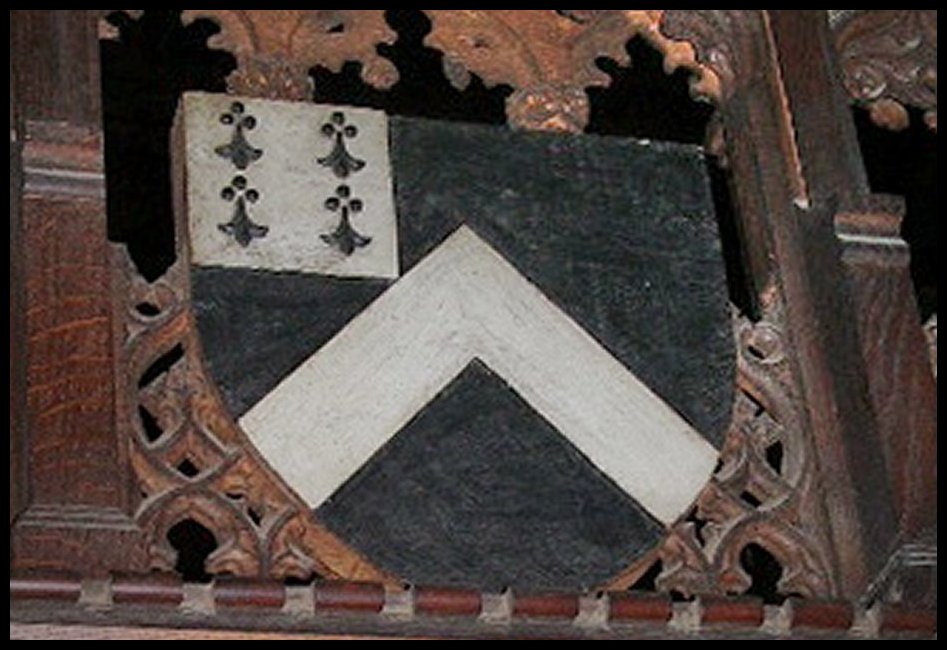
Langtree. Sable, a cheveron argent, a canton ermine.
The family seem to have acted a more consistent part than their neighbours of Standish, being found among the recusants convict.' (Misc. (Rec. Soc. Lancs. and Ches.), i, 167. Thomas Langtree in 1631 paid £10 on refusing knighthood; ibid. i, 214)
The heavy penalties resulting probably contributed to their ruin, for though Thomas Langtree, lord of the manor during the Commonwealth, did not take any active part against the Parliament, his lands were sequestered for recusancy, and he was overwhelmed with debt. (Royalist Comp. Papers (Rec. Soc. Lancs. and Ches.), iv, 59–64. Though Thomas Langtree appears to have avoided any share in the war, his son Edward served with Prince Rupert. Hence the father's whole estate in Leyland Hundred was sequestered for 'delinquency ' and two-thirds of that in Amounderness for 'recusancy only)
The estate was confiscated in 1652 and sold, (ndex of Royalists (Index Soc.), 43. The purchaser was Samuel Foxley of Westminster, the estate being described as 'half the manors of Langtree, Standish, Coppull, Worthington and Swarbreck';Cal. Com. for Comp. iv, 2660) and the family disappears from view. (Thomas Langtree, Edward his son, Samuel and Joshua Foxley were deforciants in a fine of 1655 relating to the manor of Langtree and lands in Standish, Langtree, Wigan and Worthington; Pal. of Lanc. Feet of F. bdle. 157, m. 97) The manor also ceases to be named or recogonised from this time.
BRADLEY was formerly part of the Duxbury estate. Henry de Langtree gave Bradley to Hugh son of
Robert de Haydock, rector of Standish; Kuerden MSS. iii, W 26. It was perhaps
the estate in Standish settled by fine in 1304; Final Conc. i, 204. In
Kuerden MSS. vi, fol. 96, are a number of short notes of Standish of Duxbury
deeds relating to acquisitions of land in Standish by Hugh de Haydock
- Standish and his successors. Bradley was in 1471 in the possession of
Christopher son and heir of James Standish; no. 101.
The manor of Bradley,was held by Thomas Standish of
Duxbury in 1517, being occupied by his mother Alice; Duchy of Lanc. Inq. p.m.
v, no. 11; see also Lancs. Inq. p.m. (Rec. Soc. Lancs. and Ches.),
iii, 398.
Hugh Cooper, the benefactor of Chorley, records in his will (1682) that he had purchased Bradley from Sir Richard Standish; he bequeathed it to his grandson Hugh Warren.
1. Bradley hall later became the property of the Claytons of Adlington. (Baines, Lancs. (ed. 1870), ii, 161.)
2. Bradley hall then became the property of the Bradshaghs, A branch of this family settled in Langtree, as
appears by a deed and pleading already cited. Their estate went back to the
middle of the 13th century, when Henry de Langtree gave Ralph son of Adam de
Bradshagh land adjoining Perburn; Standish D. (Mrs. Tempest's abstract), no.
4. In 1313 Thomas de Langtree demised to Robert de Bradshagh and his heirs by
Cecily his wife land between Hodpull Moss and the Brewsterfield and a
headland at the Saltersgate, with remainder to Adam brother of Ralph for
life; ibid. no. 25.
Adam son of Ralph de Bradshagh was in 1331 refeoffed of his lands in Standish
and Langtree; the remainder was to Cecily daughter of Adam and his wife
Hawise; ibid. no. 42.
Cecily daughter of Hawise daughter of Austin the Harper in 1332 claimed a
messuage, &c., in Langtree against Henry son of Robert and kinsman and
heir of Adam de Bradshagh and Adam son of John de Bradshagh; Assize R. 1411,
m. 12; De Banco R. 294, m. 152.
William son of Adam de Bradshagh of Langtree in 1380 held his father's lands
in Shevington; Standish D. (Mrs. Tempest's abstract), no. 97. An agreement
was made in 1475 between Richard Bradshagh and Gilbert Whalley, both of
Langtree, for the marriage of the former's son Ralph to Gilbert's daughter
Katherine; ibid. no. 159. In the following year there was a partition of
lands in Standish, Langtree and Shevington between Lawrence Claughton
(grandson of John Claughton) and Robert Moody, heirs of Adam Bradshagh; ibid.
no 166.
Margaret widow of Gilbert Bradshagh in 1543 claimed dower in her husband's
lands against Ralph, who was son of Henry brother of Gilbert and heir male.
Gilbert's daughters Ellen and Grace also claimed portions. Next year Ralph
Bradshagh sold his estate to Ralph Standish of Standish; ibid. no. 230, 233.
The purchase appears to have been completed by Edward brother and heir of
Ralph Standish in 1548; Pal. of Lanc. Feet of F. bdle. 13, m. 170. This
purchase may be the origin of the 'manor of Langtree' which afterwards
appears in descriptions of the Standish family's estate.
3. Bradley hall then became the property of the Gidlows, Ralph Gidlow, who died in 1531, held part of a tenement in Langtree of John
Langtree by the rent of 12d. It had descended from one John Perlebarn
(? Perburn) to the representatives of his three daughters, viz. to Ralph
Gidlow as son of John son of Ralph son of Joan, to Roger Haydock as son of
William son of Hugh son of Katherine, and to James Aspinall as son of Hugh
son of Margaret. Robert Gidlow was Ralph's son and heir; Duchy of Lanc. Inq.
p.m. iii, no. 6; vi, no. 12. Roger Haydock in 1547 purchased Robert Gidlow's
part of the inheritance in Langtree and Coppull; Pal. of Lanc. Feet of F.
bdle. 13, m. 256.
The Haydock family occur from time to time, and produced one of the rectors
of the parish, but no account can be given of them. John Haydock of Coppull
died in 1622 holding land of Thomas Langtree by a rent of 12d.; Lancs.
Inq. p.m. (Rec. Soc. Lancs. and Ches.), iii, 314
4. Bradley hall then became the property of the Fords of Wigan The Fords have been mentioned in preceding notes. In 1569 Alexander Ford of Swinley purchased a third part of a messuage in Standish, Langtree and Shevington from Roger Breres; Pal. of Lanc. Feet of F. bdle. 31, m. 69; see also ibid. bdle. 31, m. 88. In another fine Roger Breres and Jane his wife appear among the sharers of another tenement, Robert Langton, Ralph Gillar, Alice his wife, Margaret Chorley, Thomas Osbaldeston and Elizabeth his wife being the others; ibid. bdle. 41, m. 73.
![]()
People and events in Standish with Langtree 1305 to 1887 (a small selection of many).

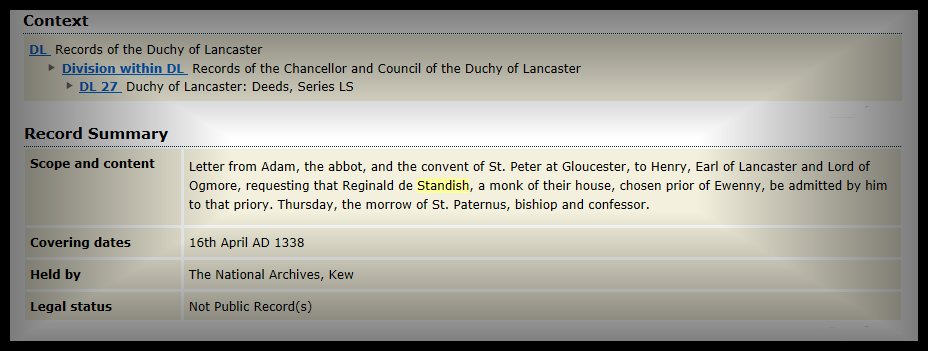
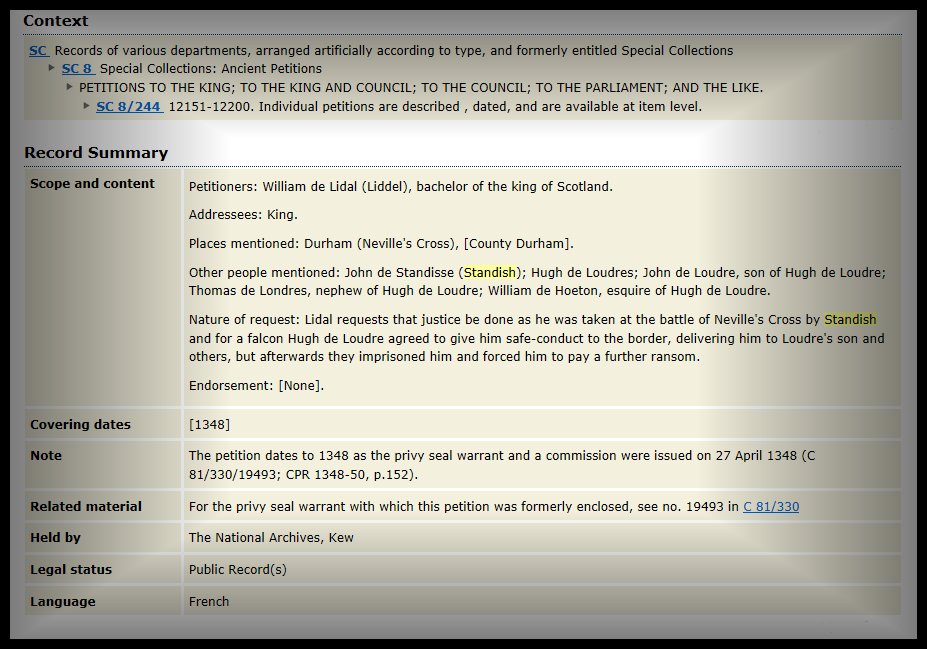

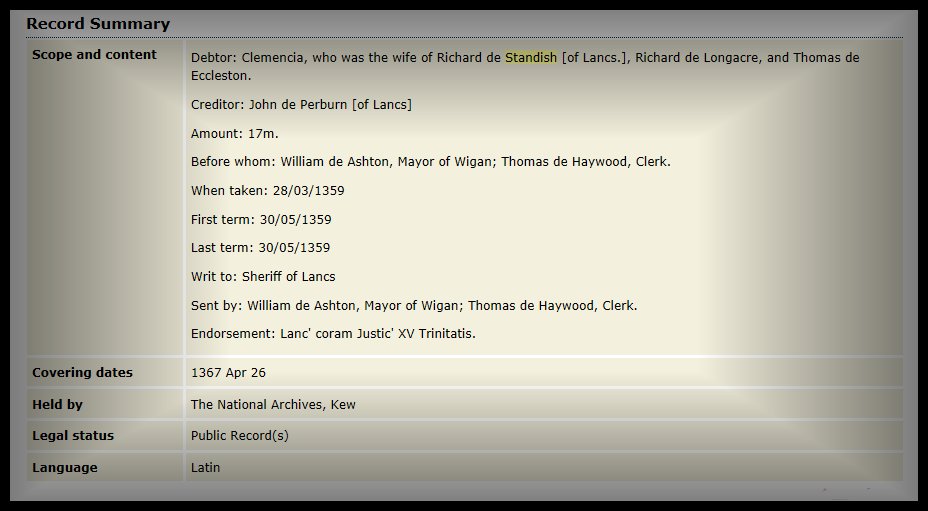





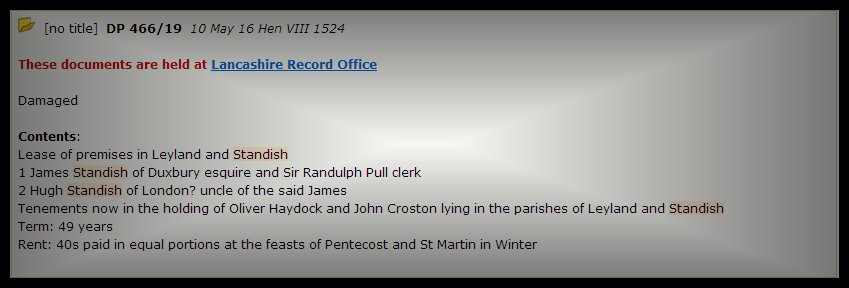

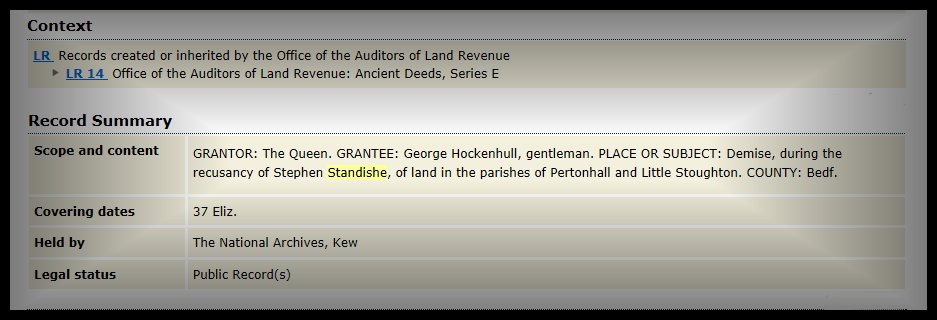

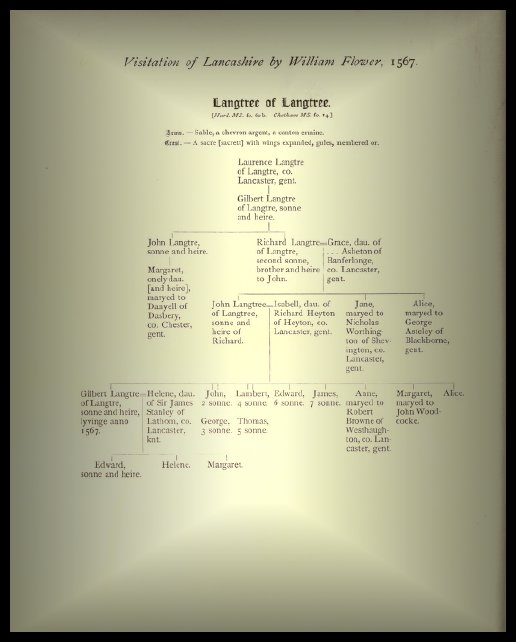
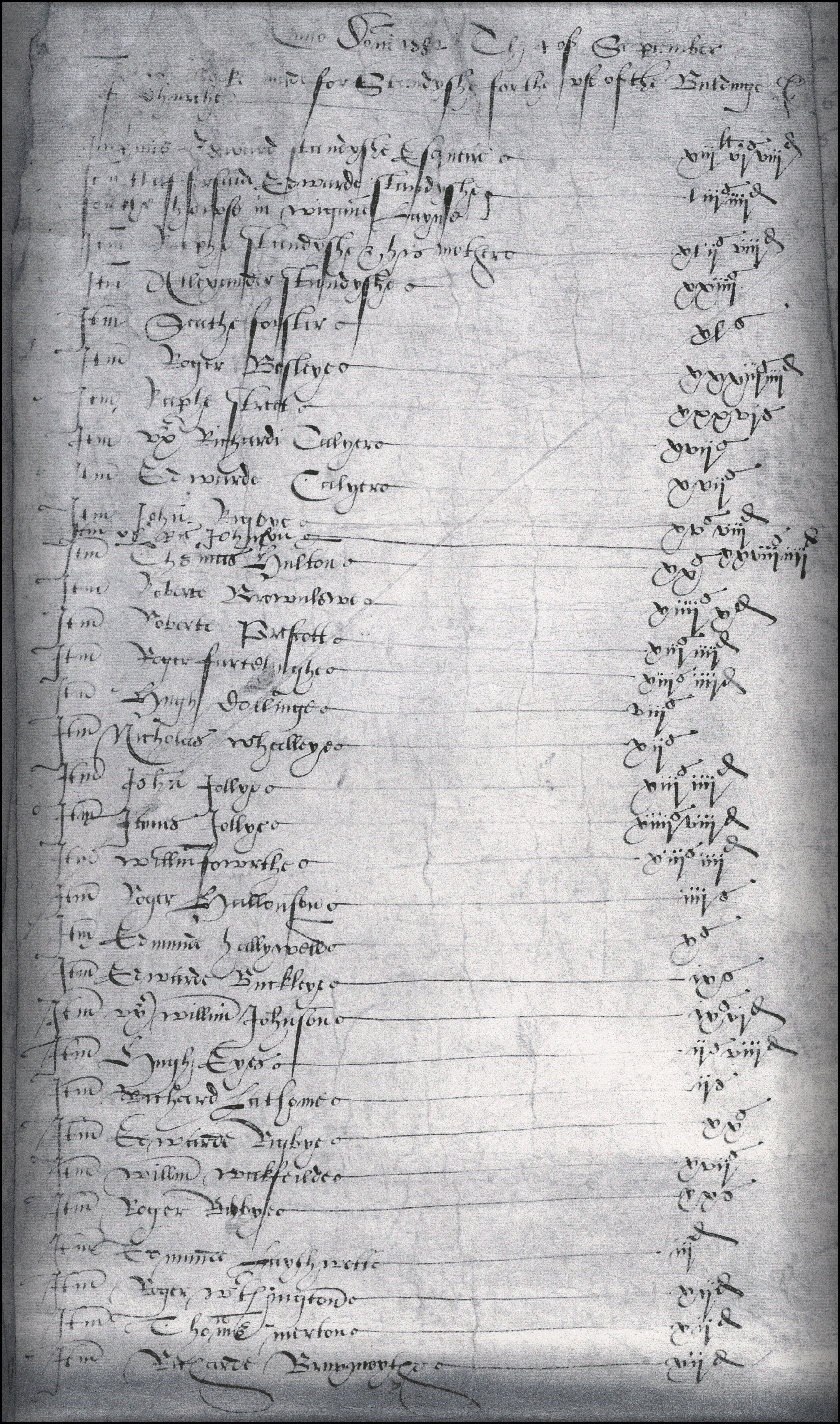
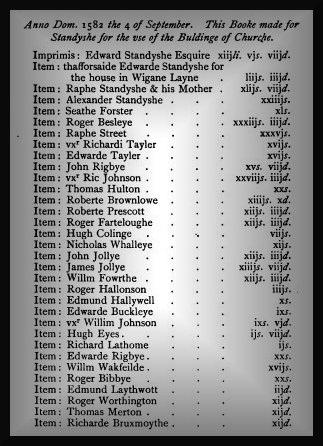
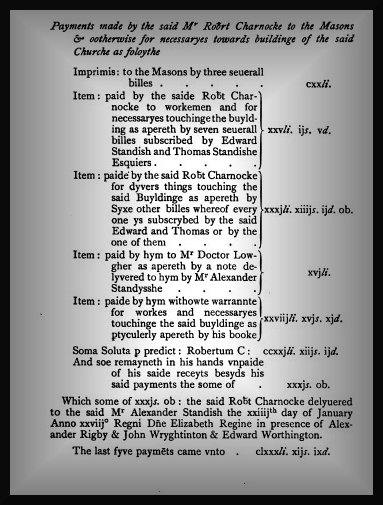
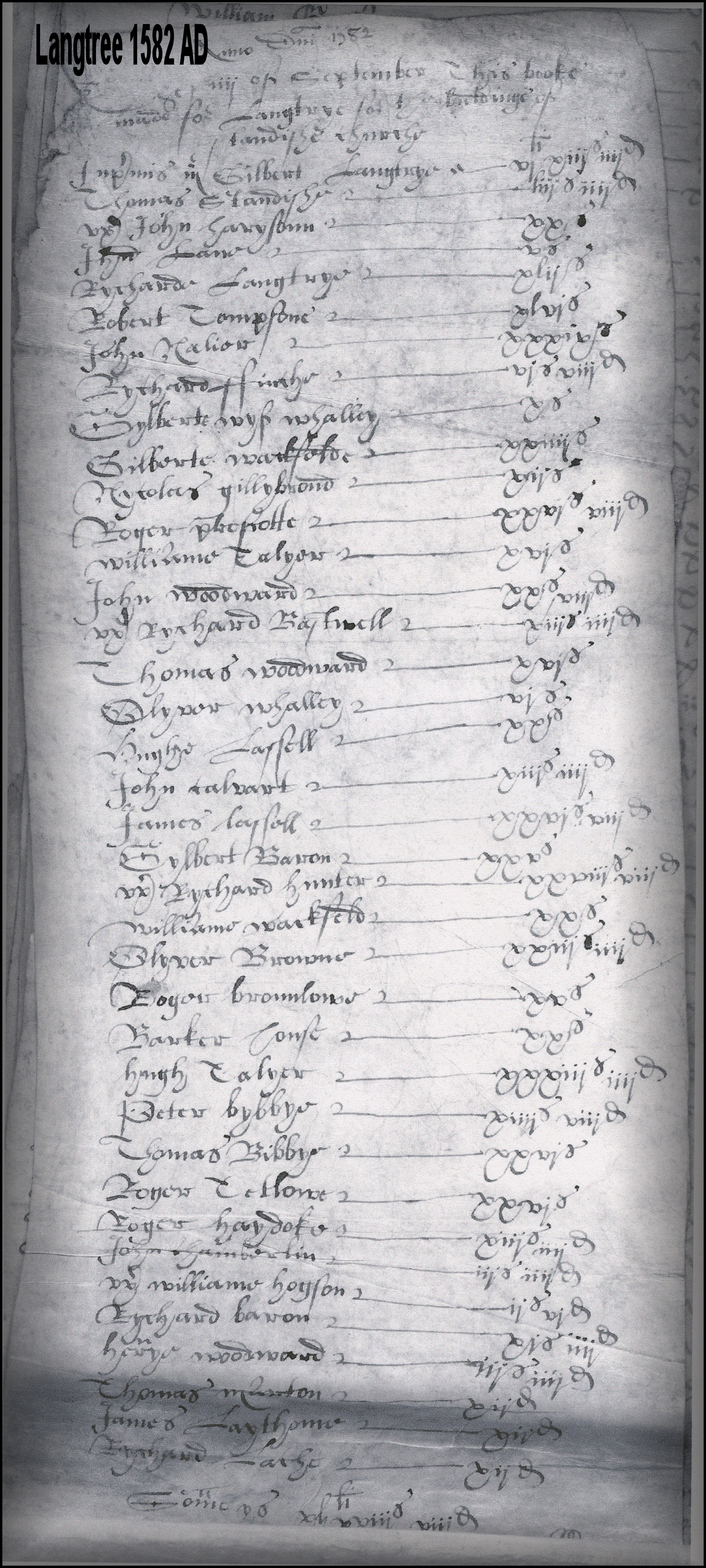
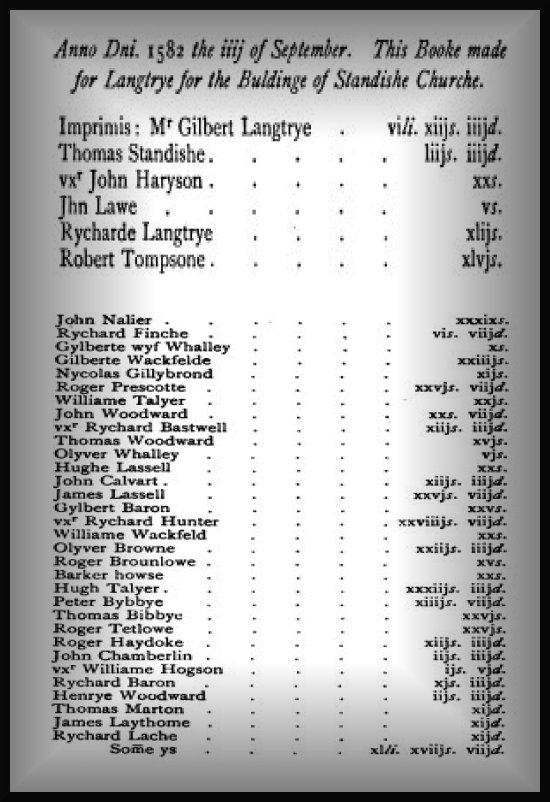





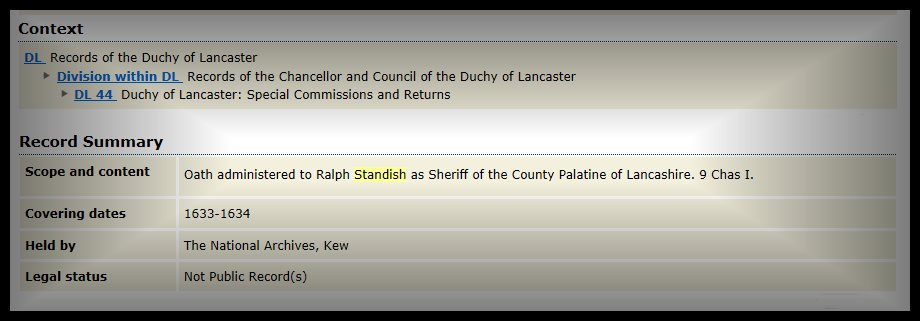




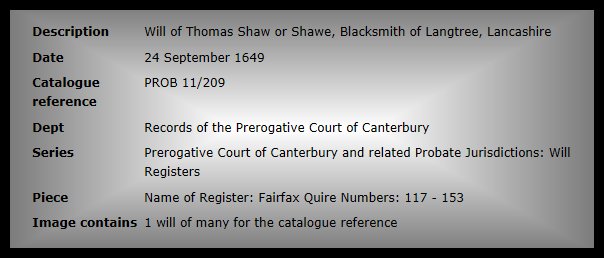







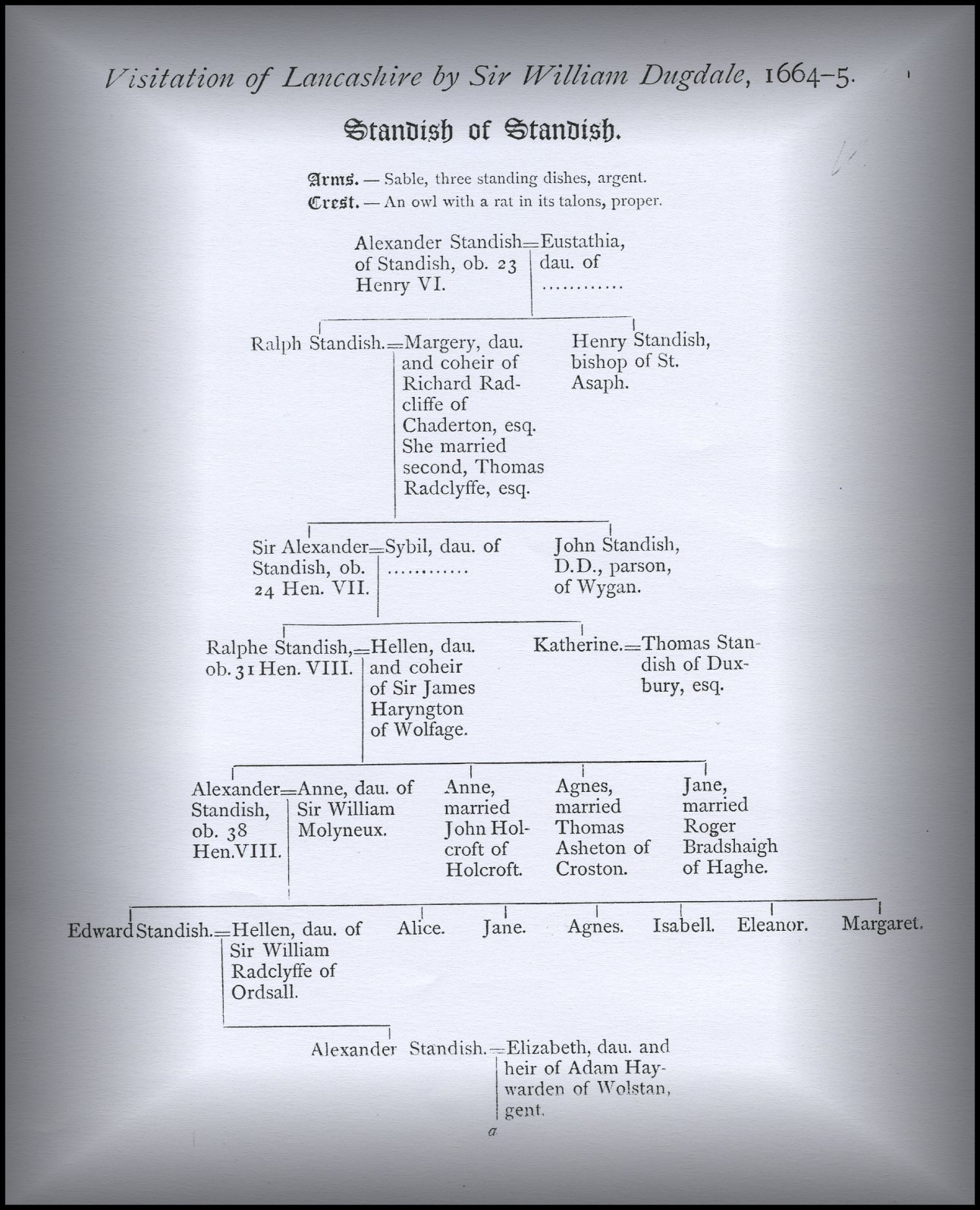
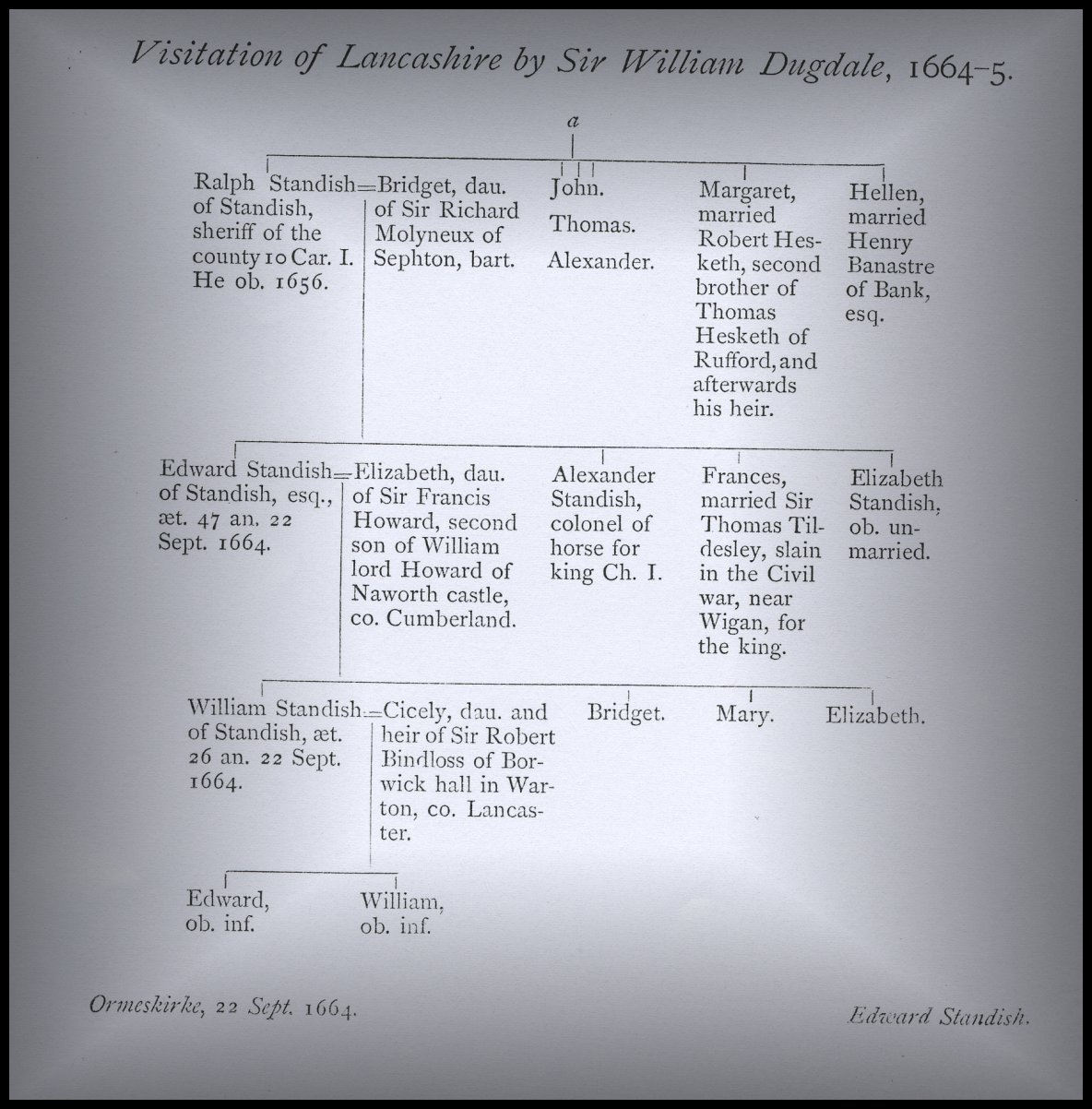
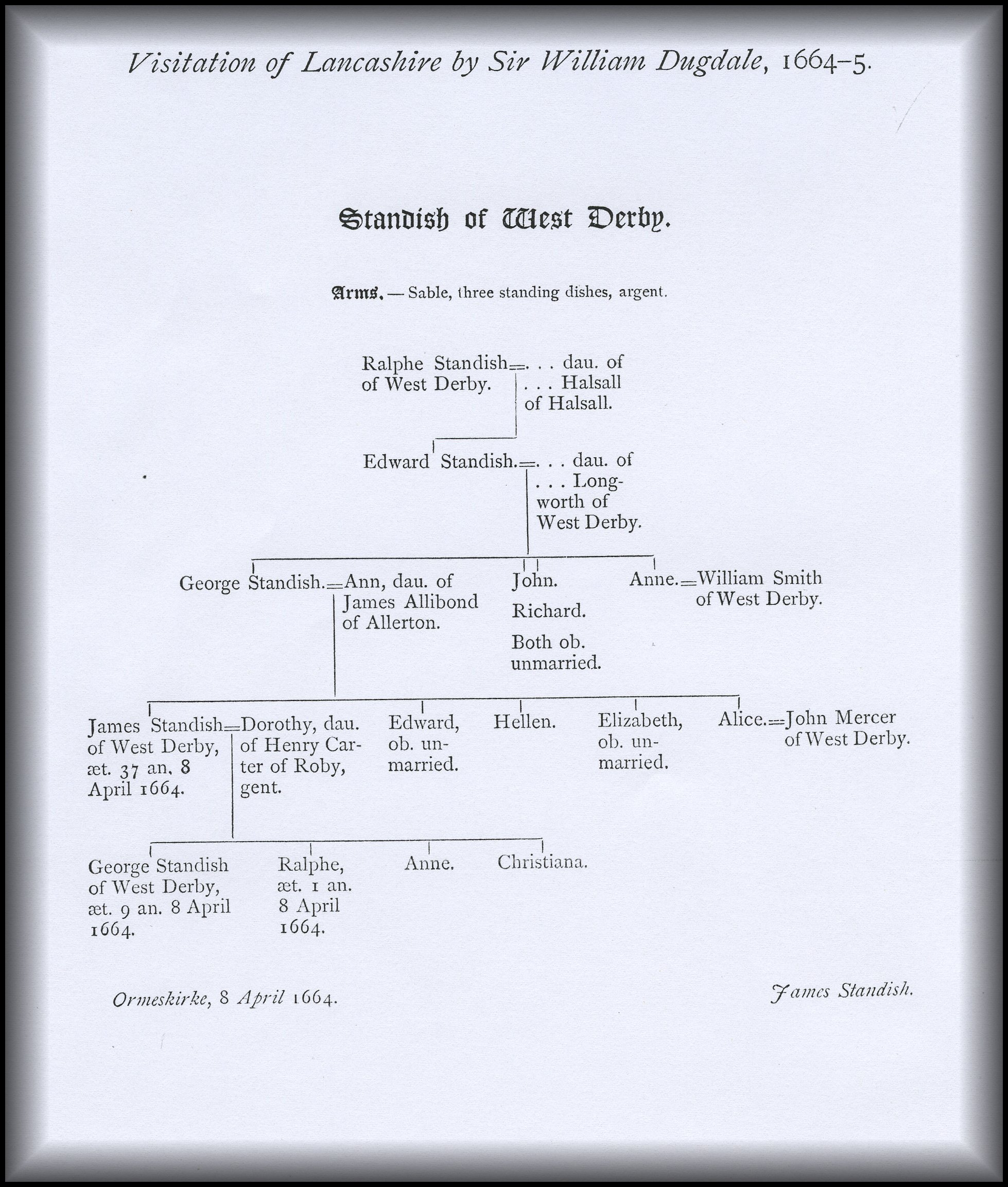
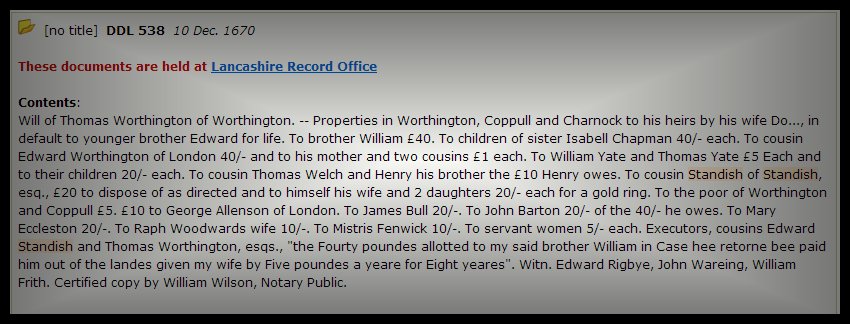












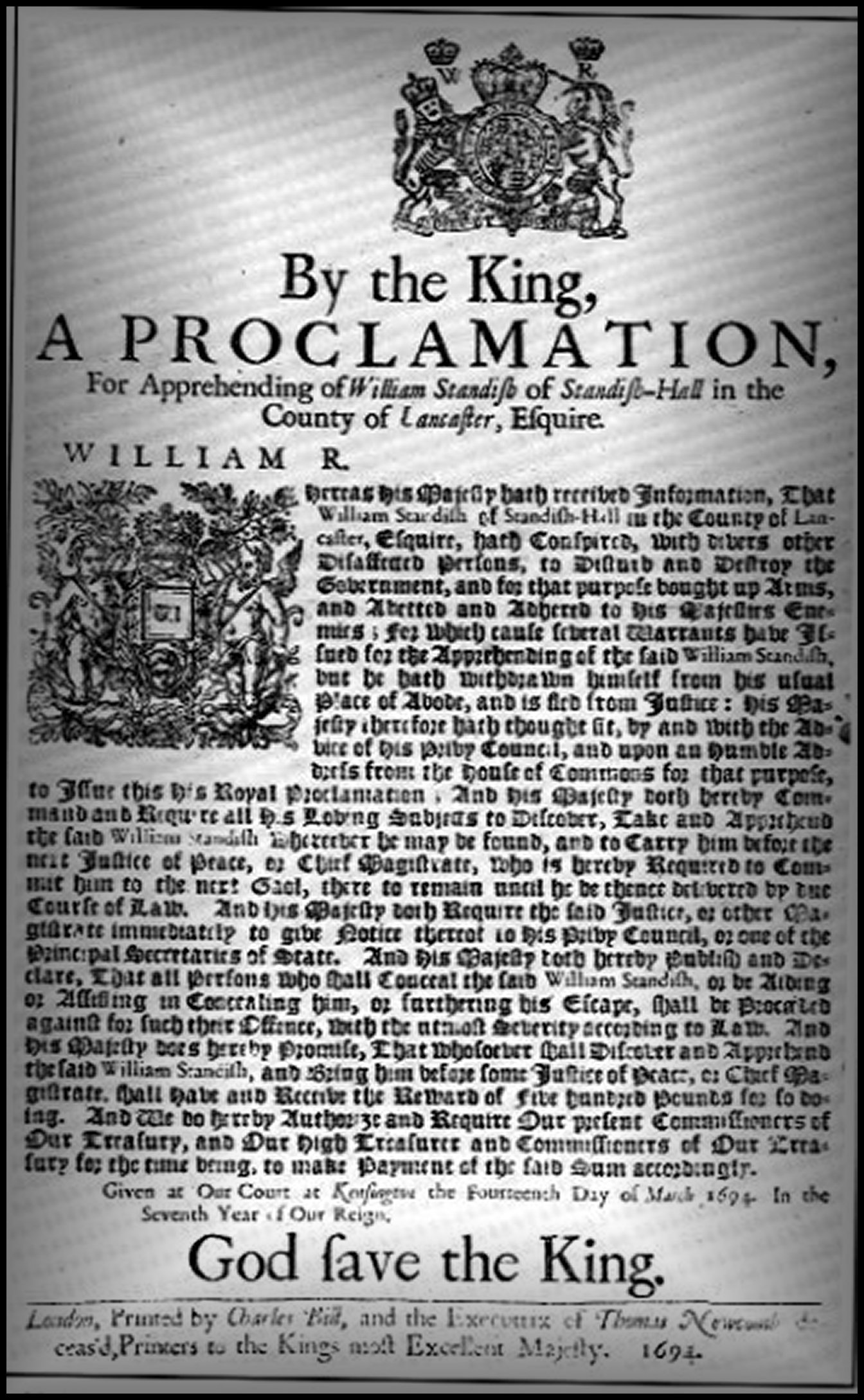

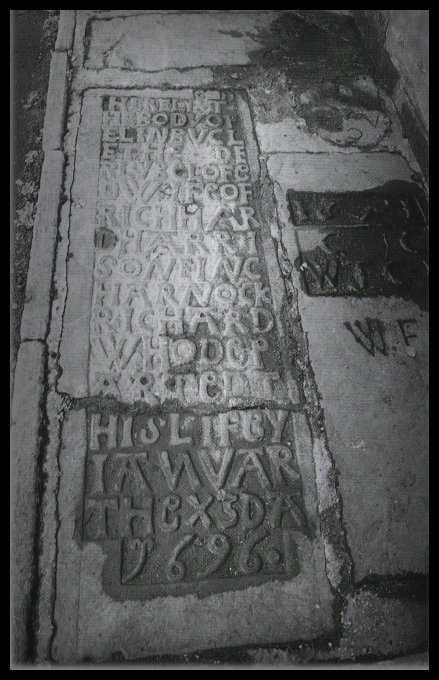
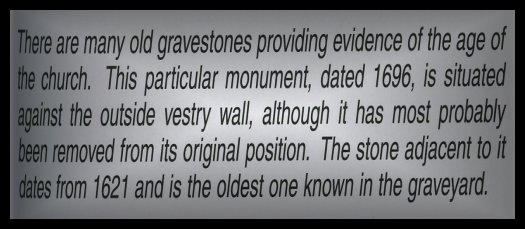




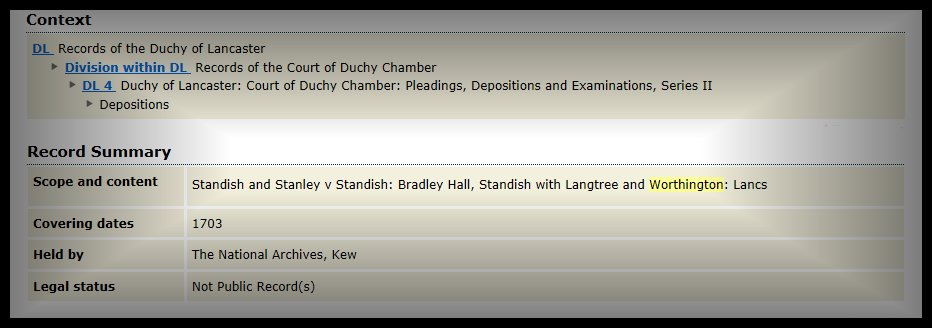
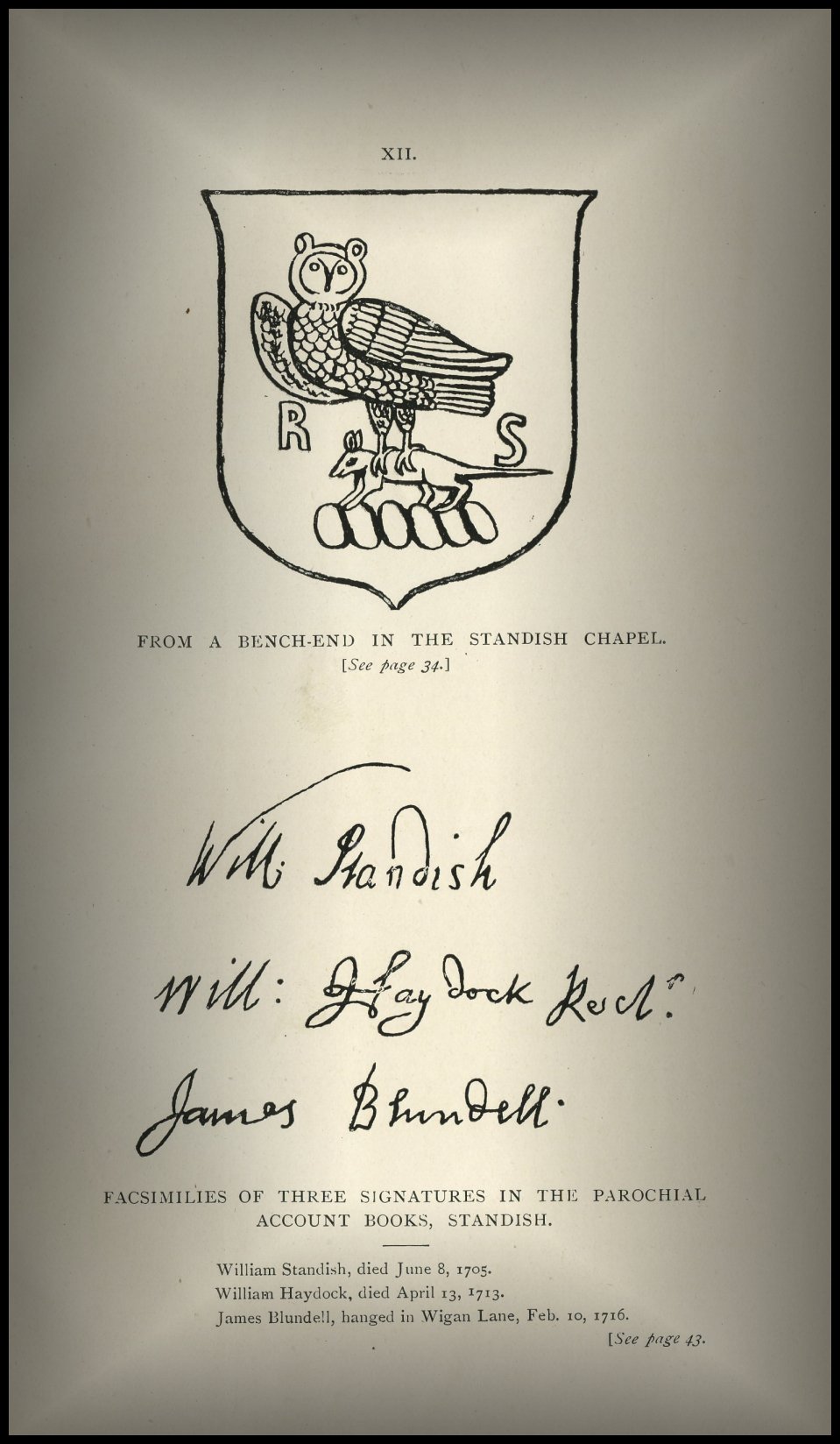


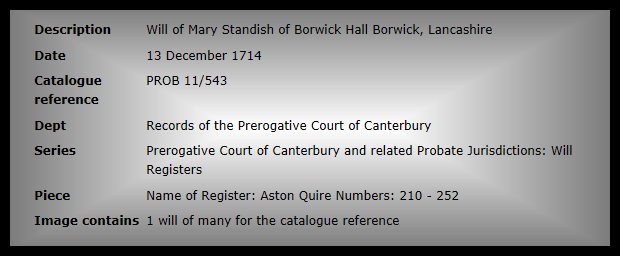






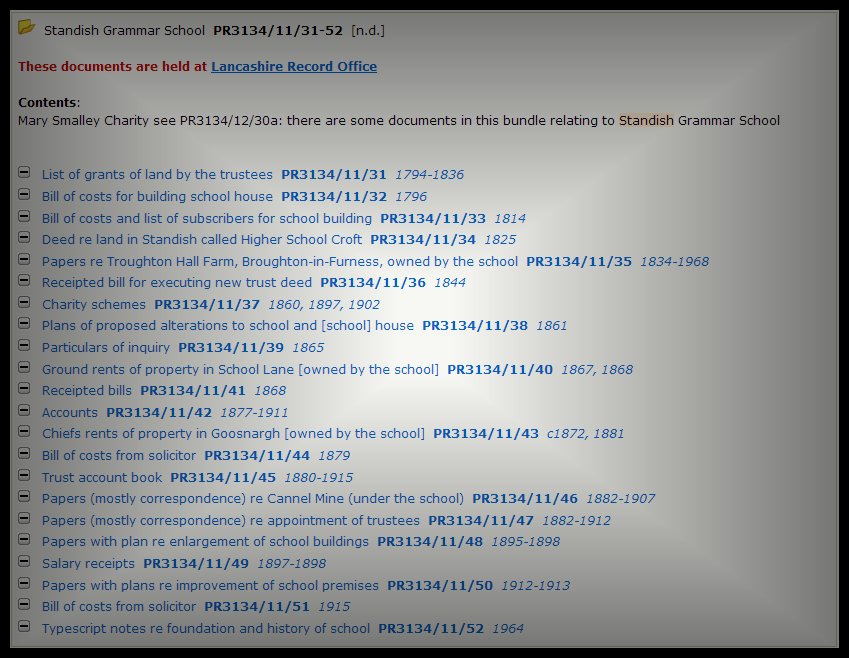

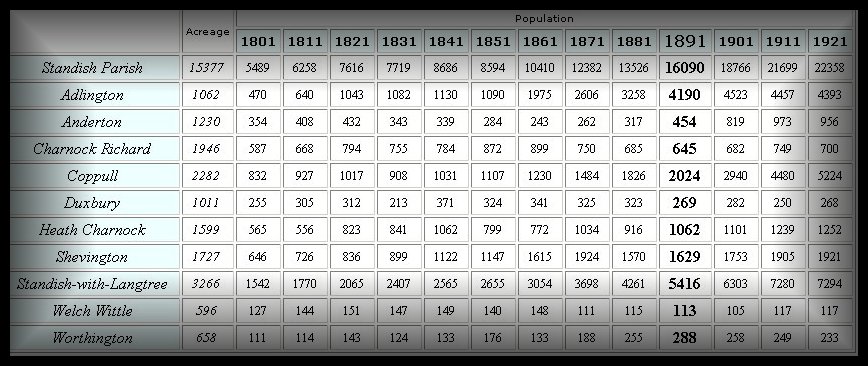



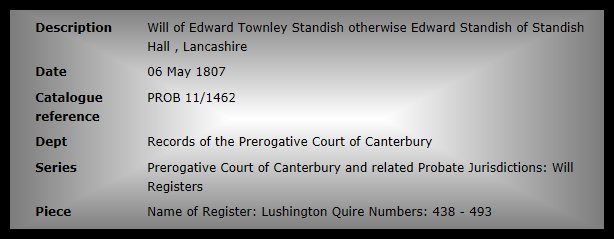







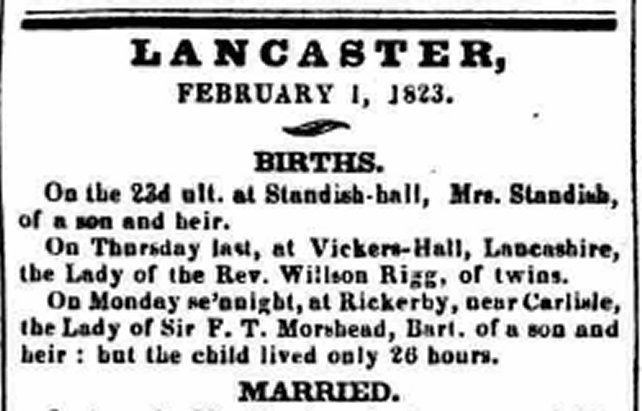




















![]()
Year 1807 - 1827 Bastardy.







Year 1801 - 1832. "the Order of the Boot" kicked out of Standish and Langtree.






1809 - 1850 Returned to Standish and Langtree.








![]()

![]()
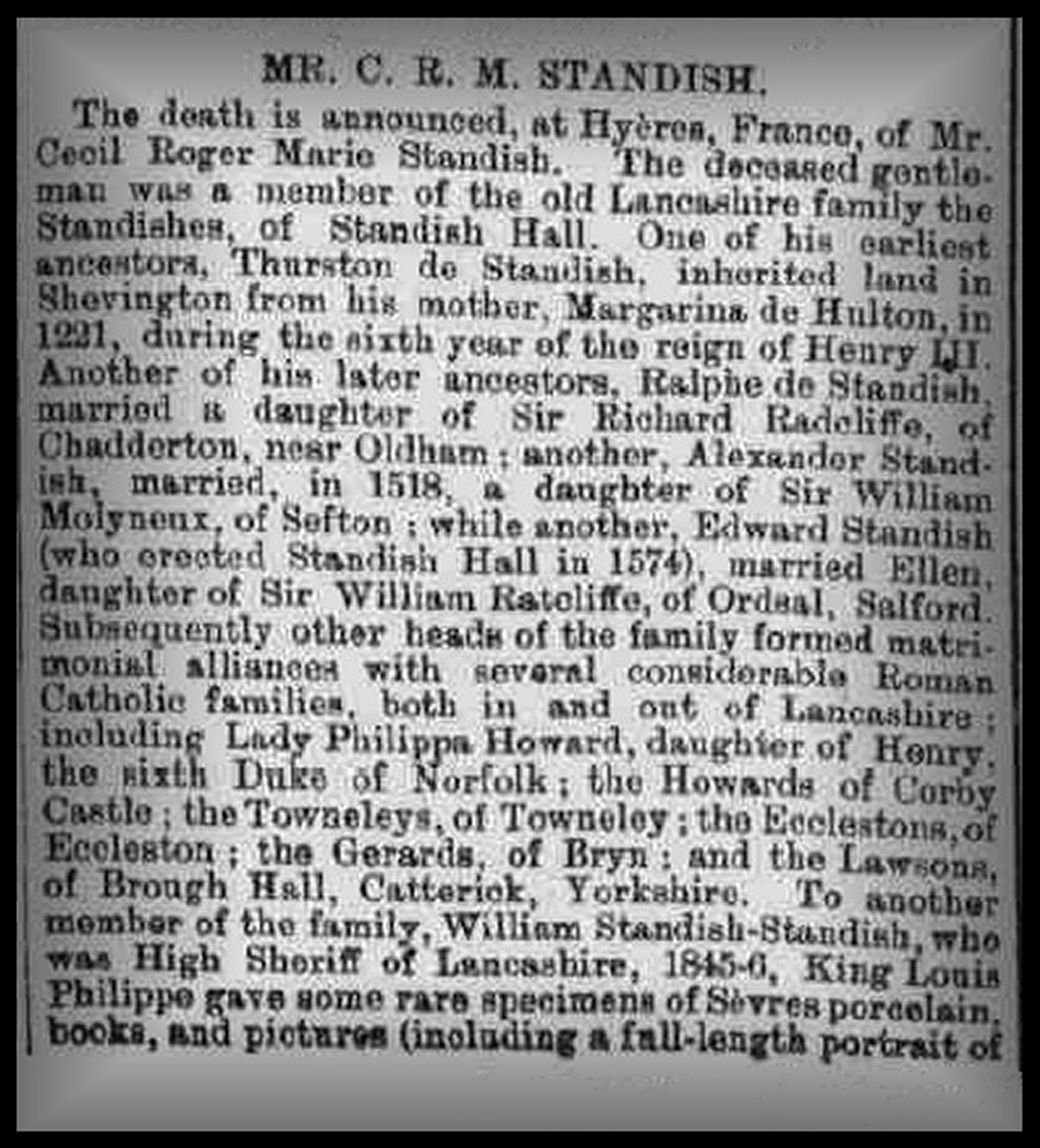
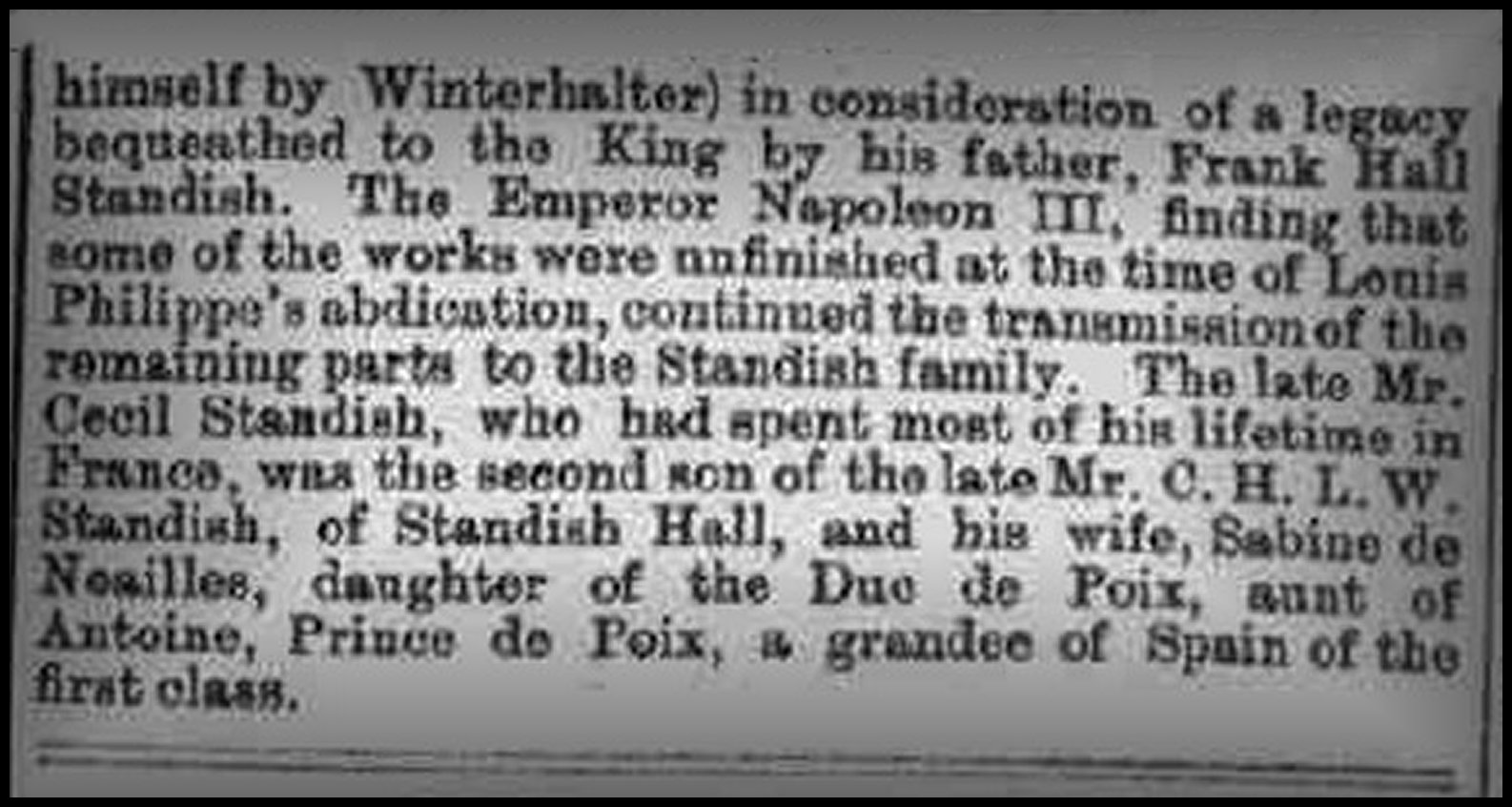
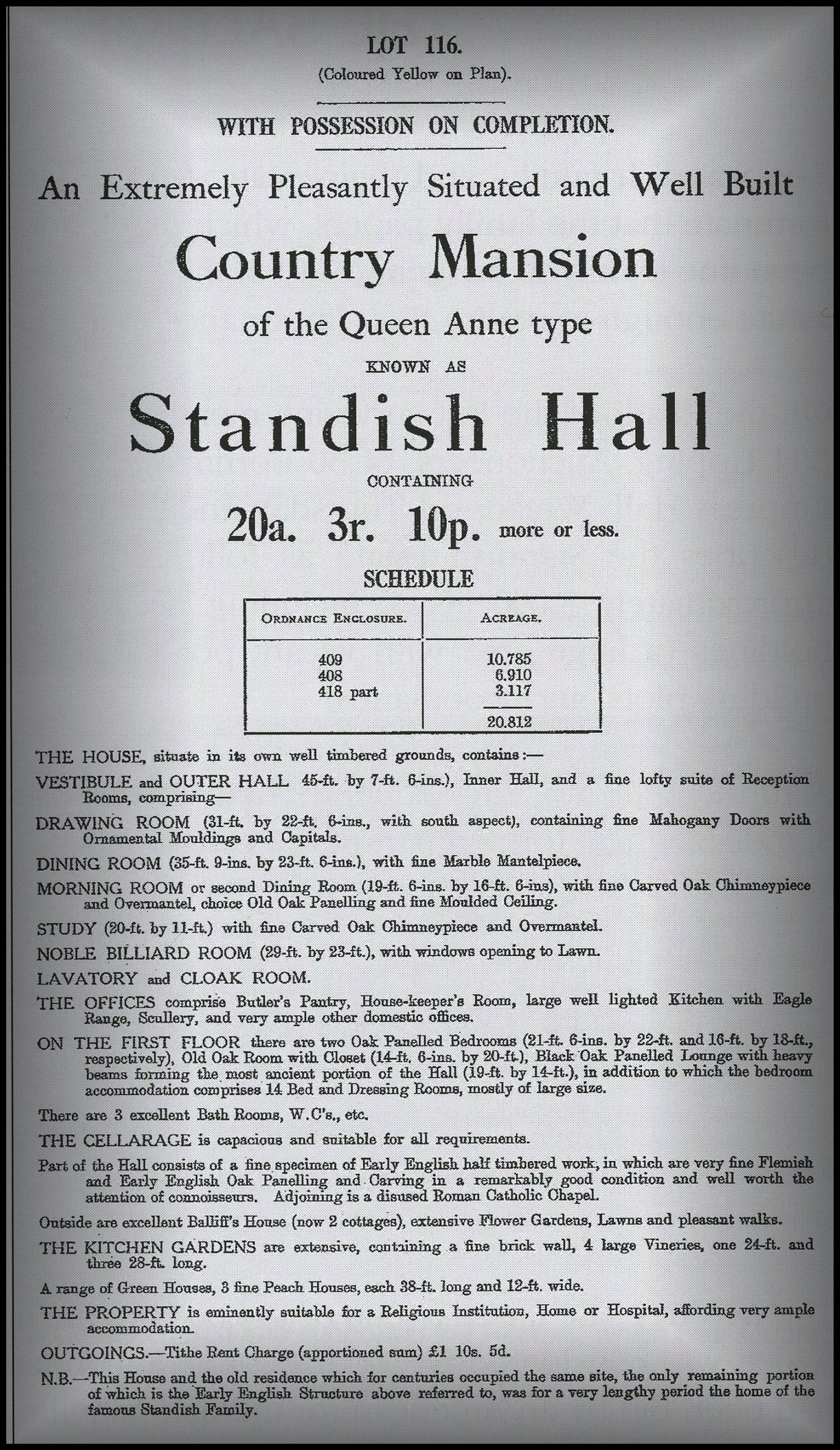

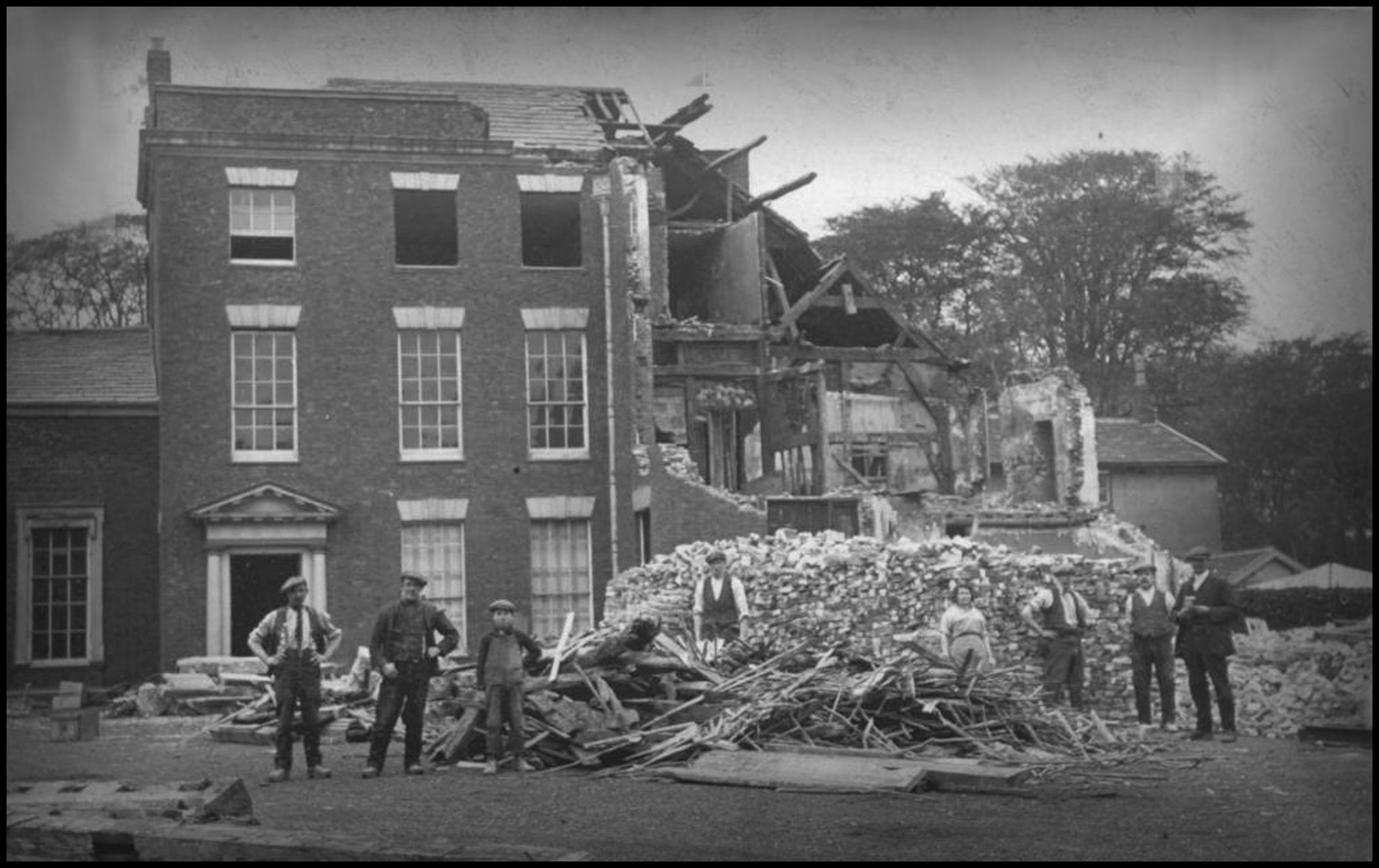
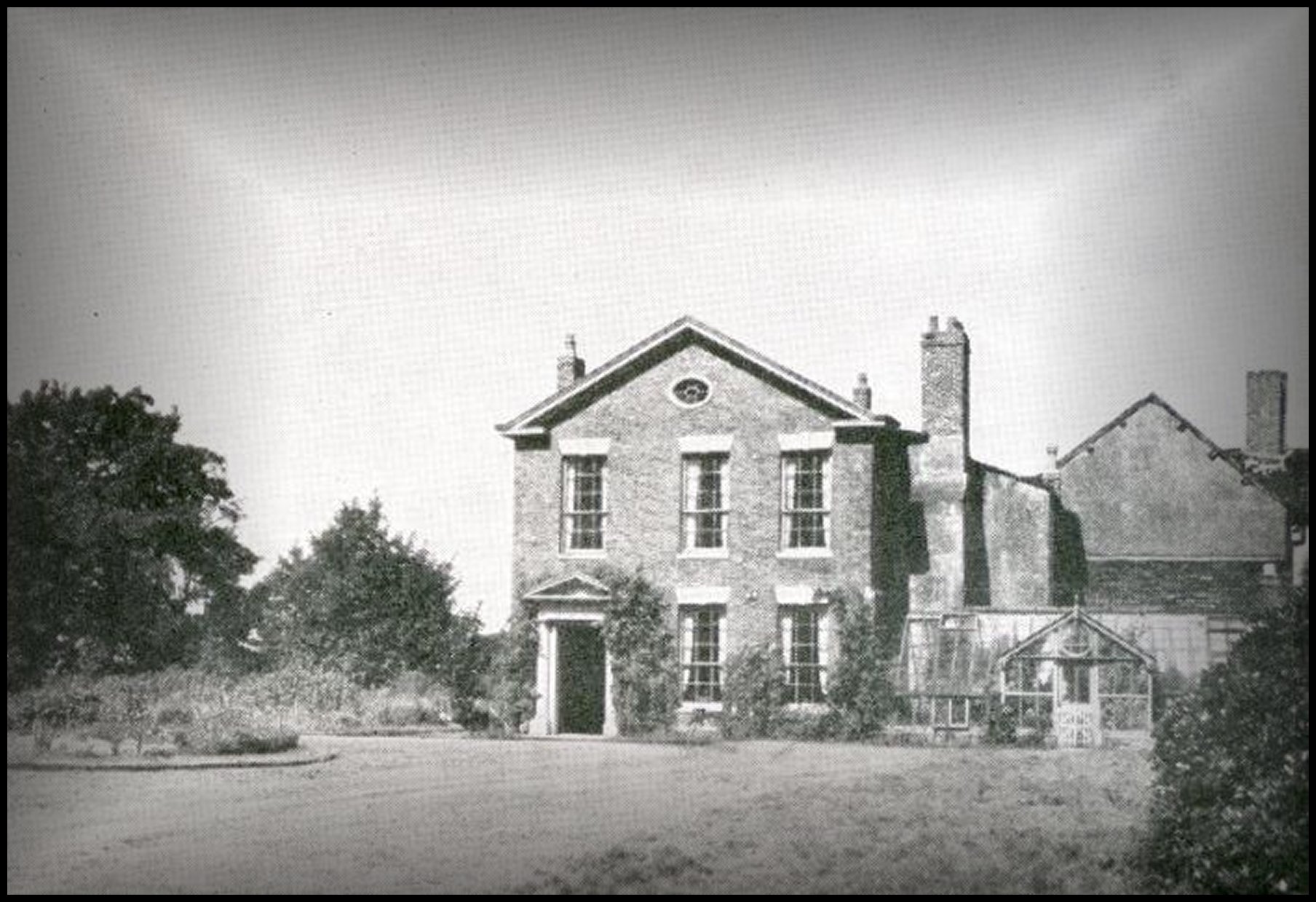
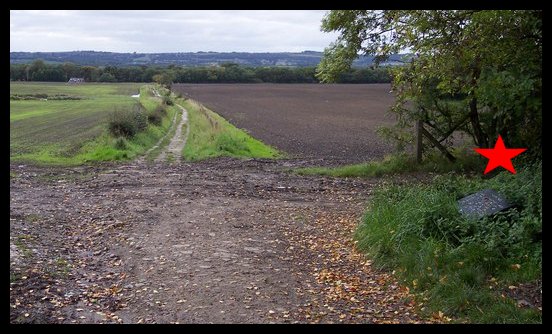
![]()
1206.
In the year 1206 brothers Radulphus and Siward petition the King to establish the individual Manors of Standish and Langtree .
The advowson of the Church of Standish was also part of the petition to the King and the grant of the King established the ancient parish of Standish.
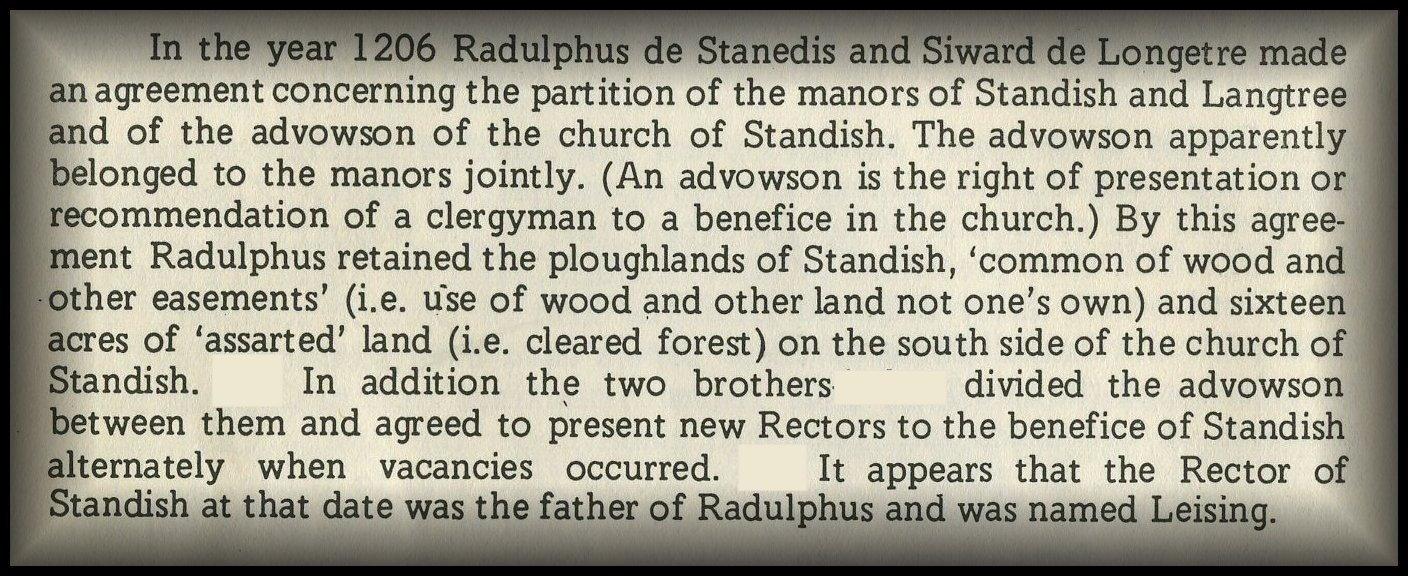
1972.
1972 brought the end for the ancient Parish of Standish. The Local Government Act of 1972 made Standish into an area of land in the back garden of the new County of Greater Manchester and a suburb of the town of Wigan.
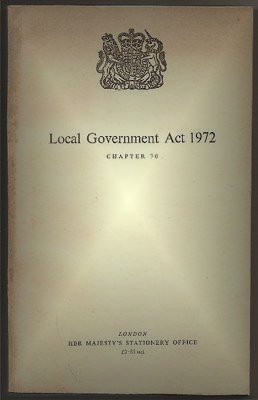
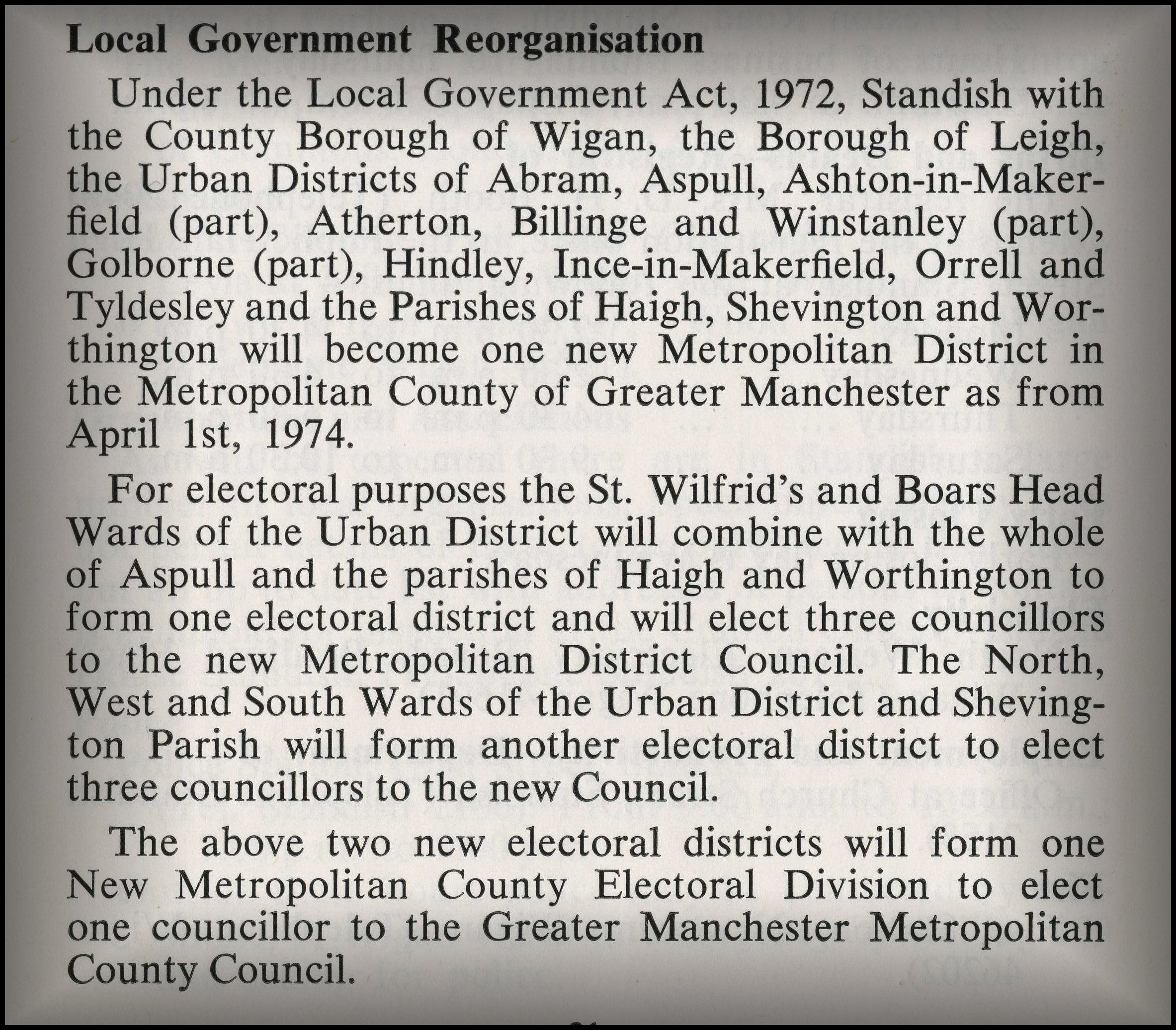
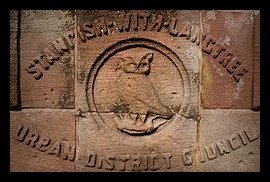
In 1911 upon the 22nd day of June the Urban District Council for Standish with Langtree issued a Medal to commemorate the Coronation of King George V . The reverse of the Medal proudly bore the Crest of the Standish Family the "Owl and Rat".
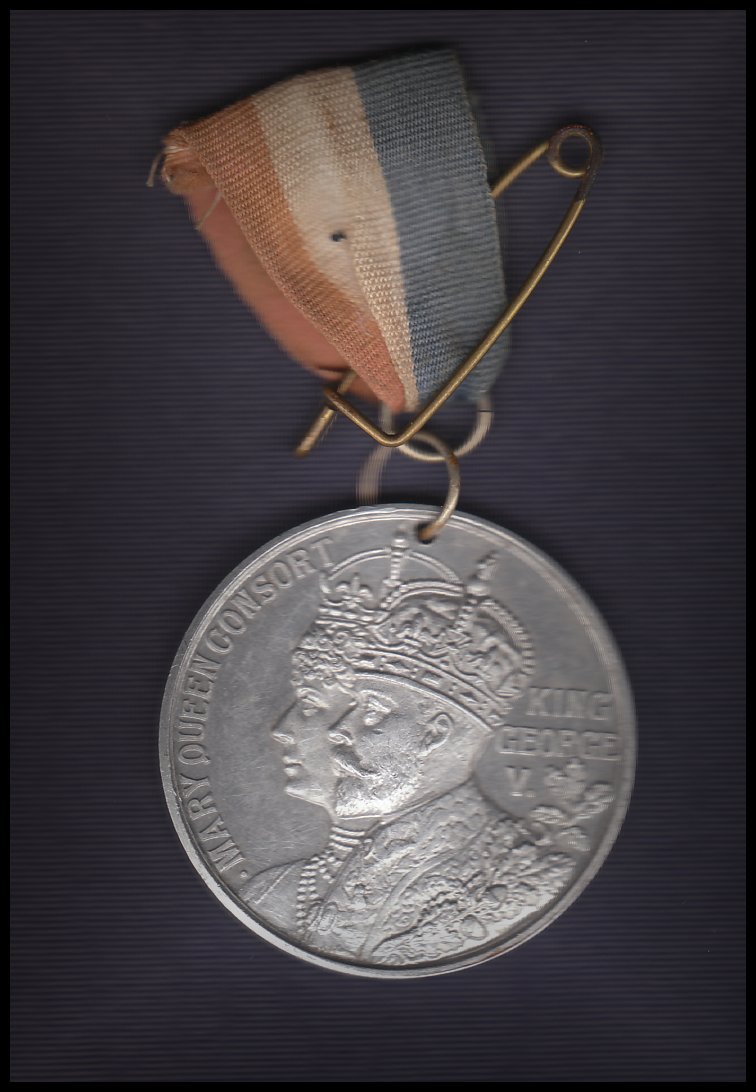
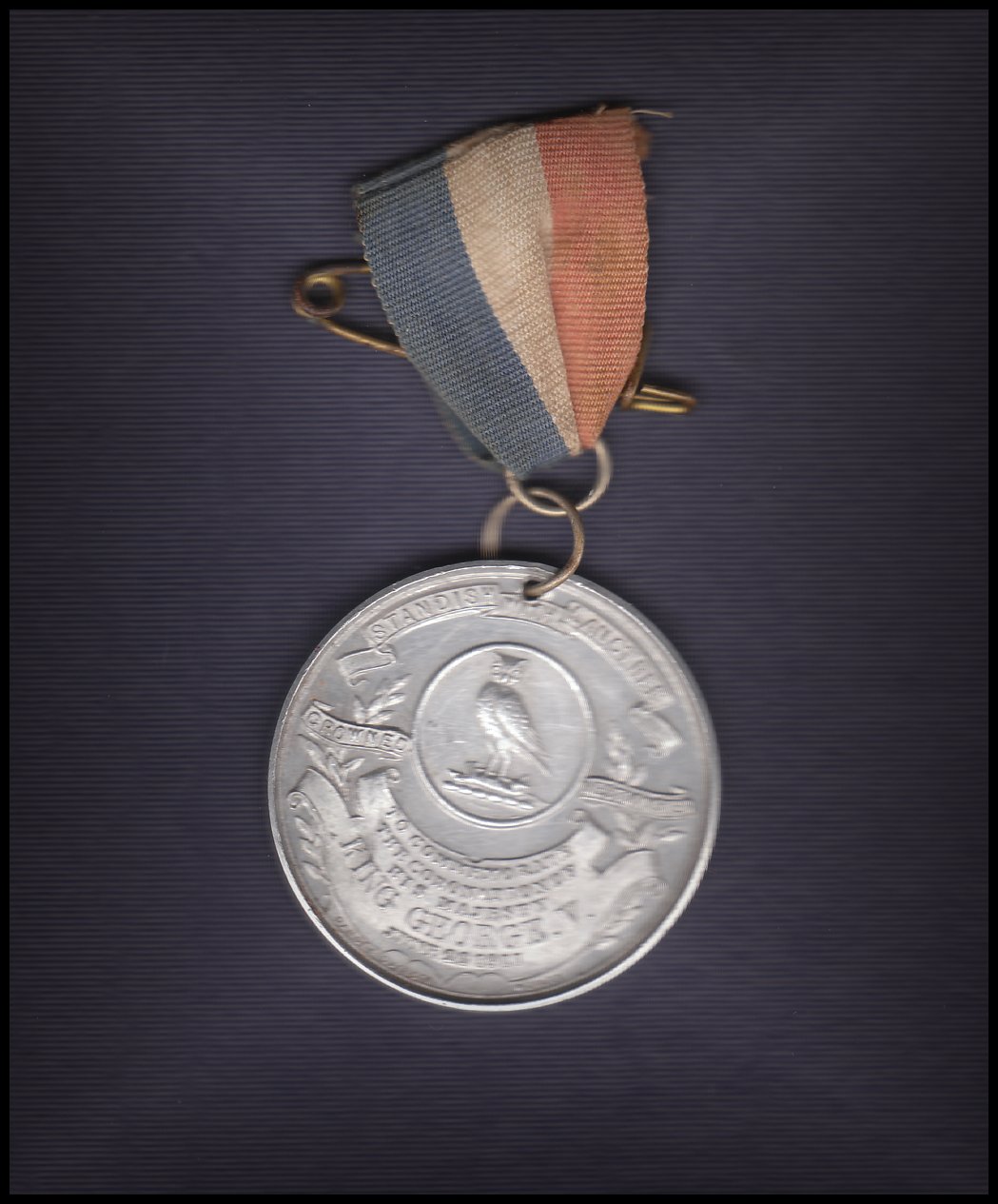
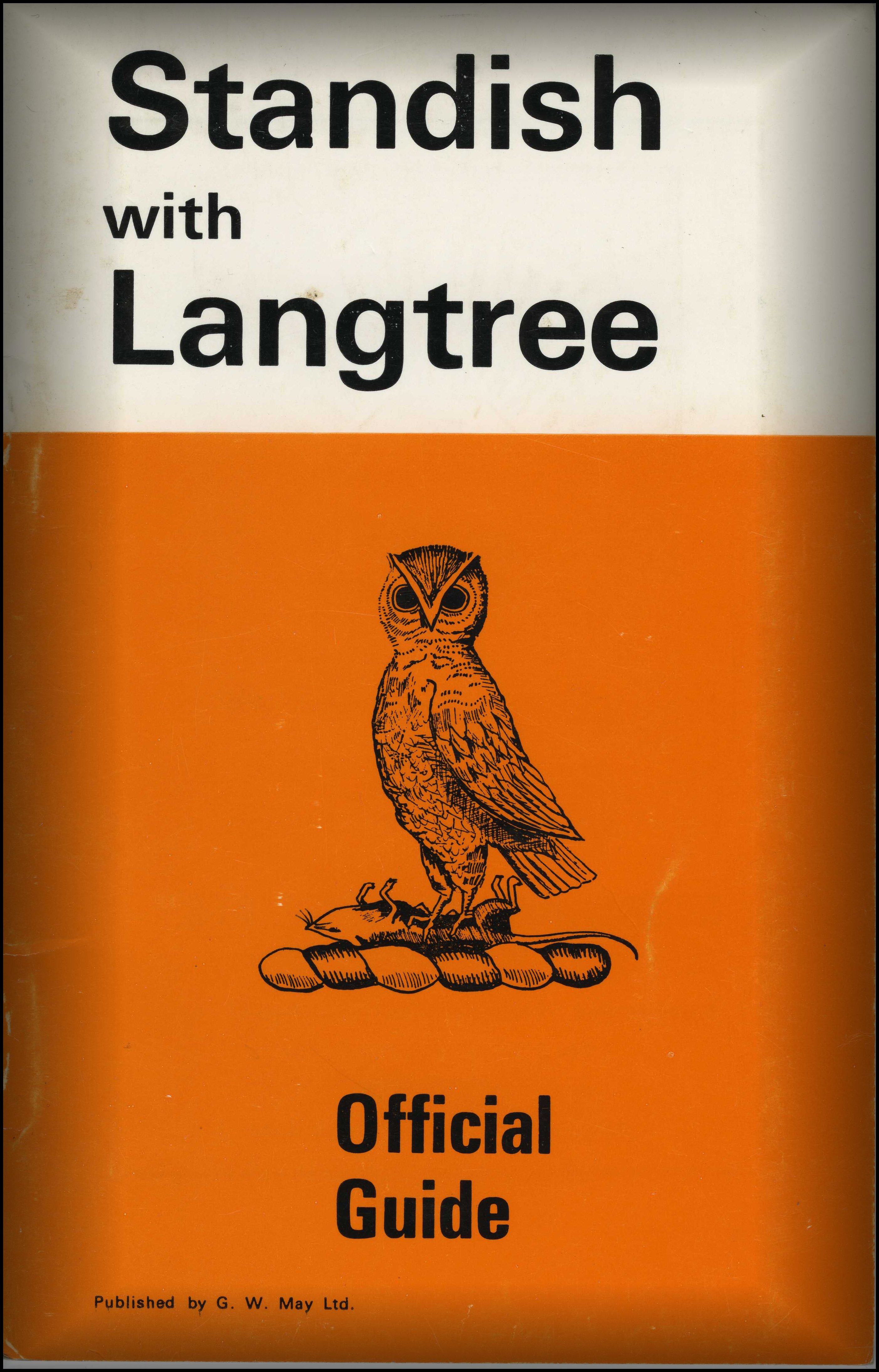
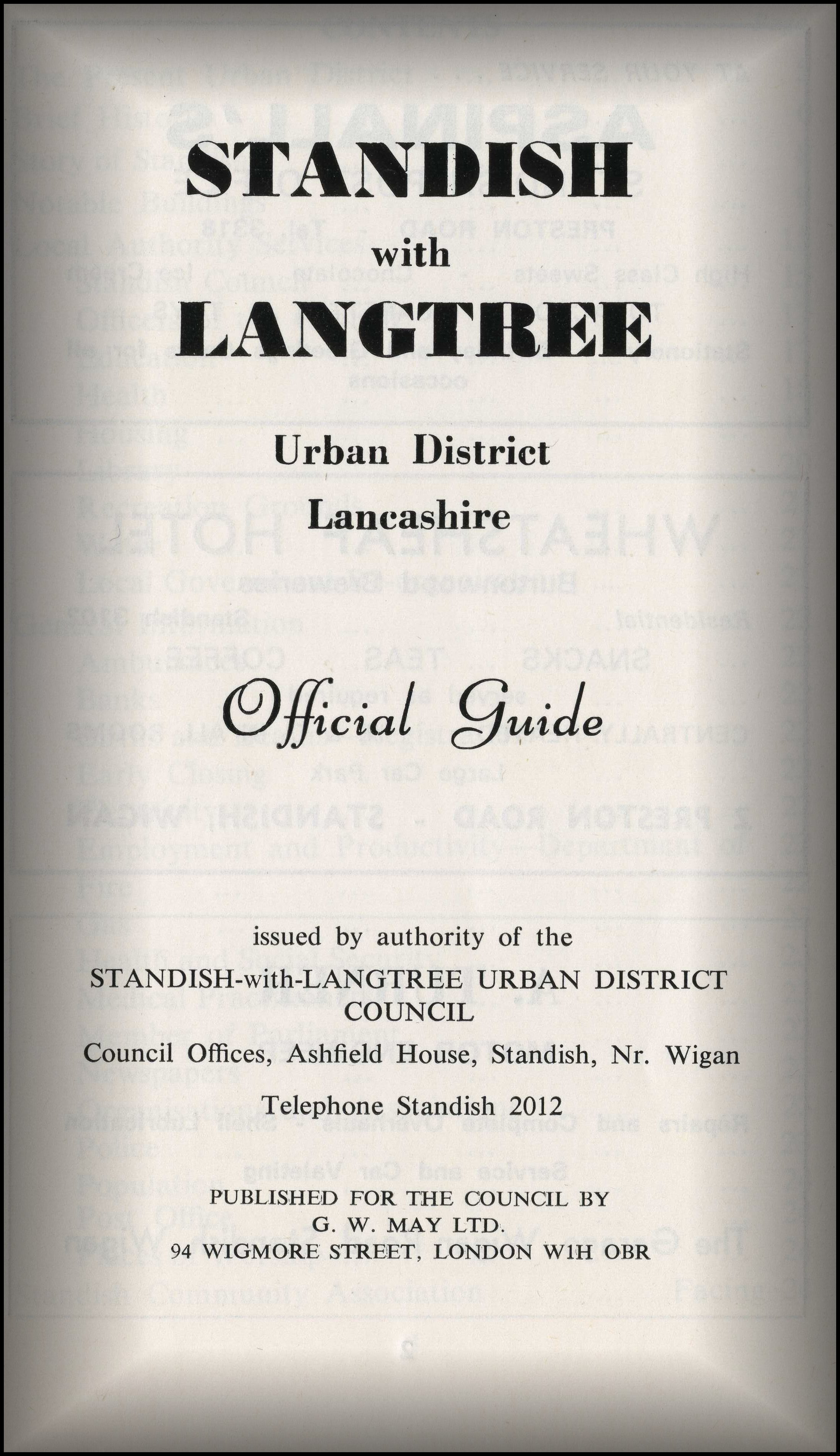
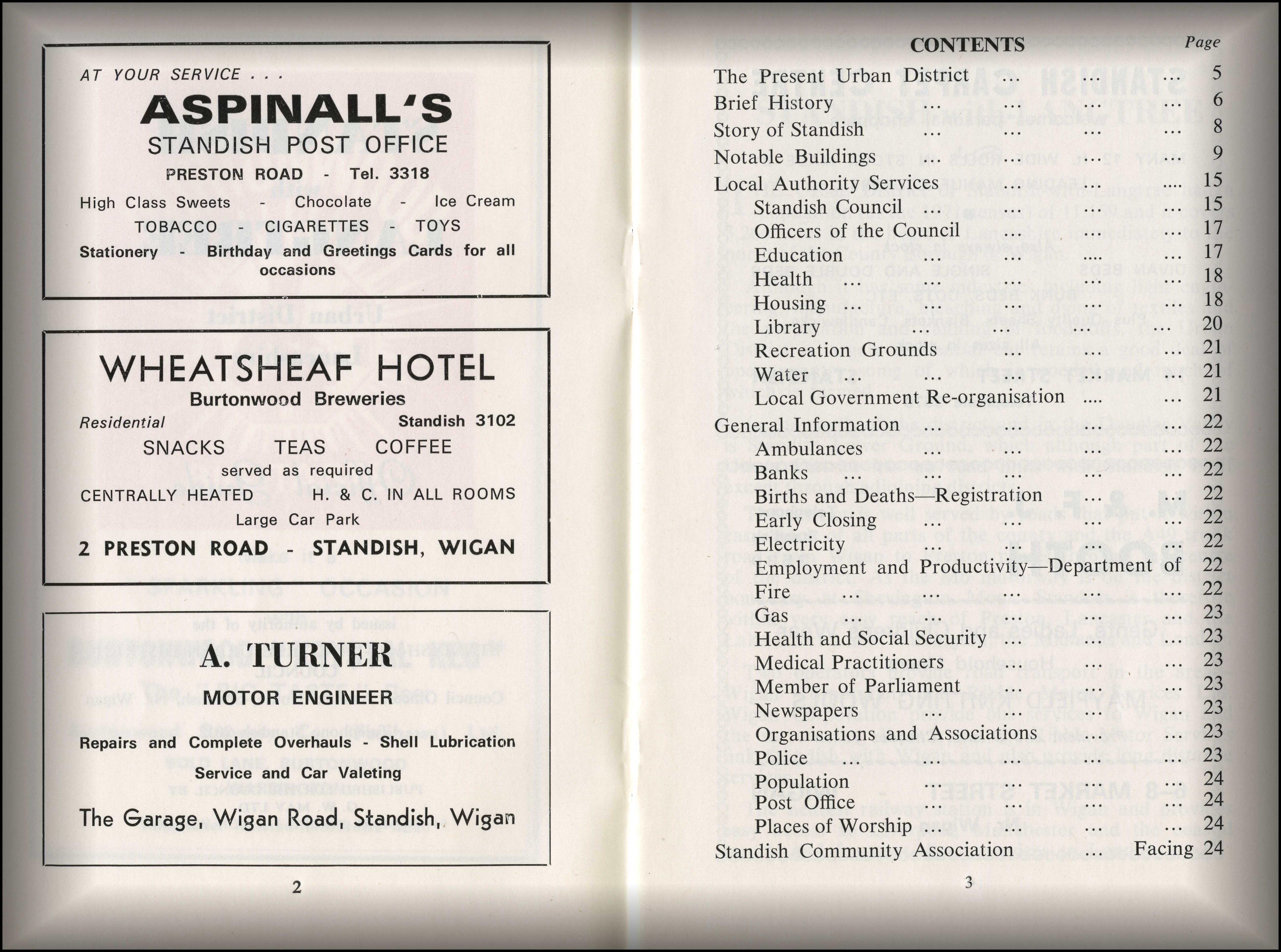
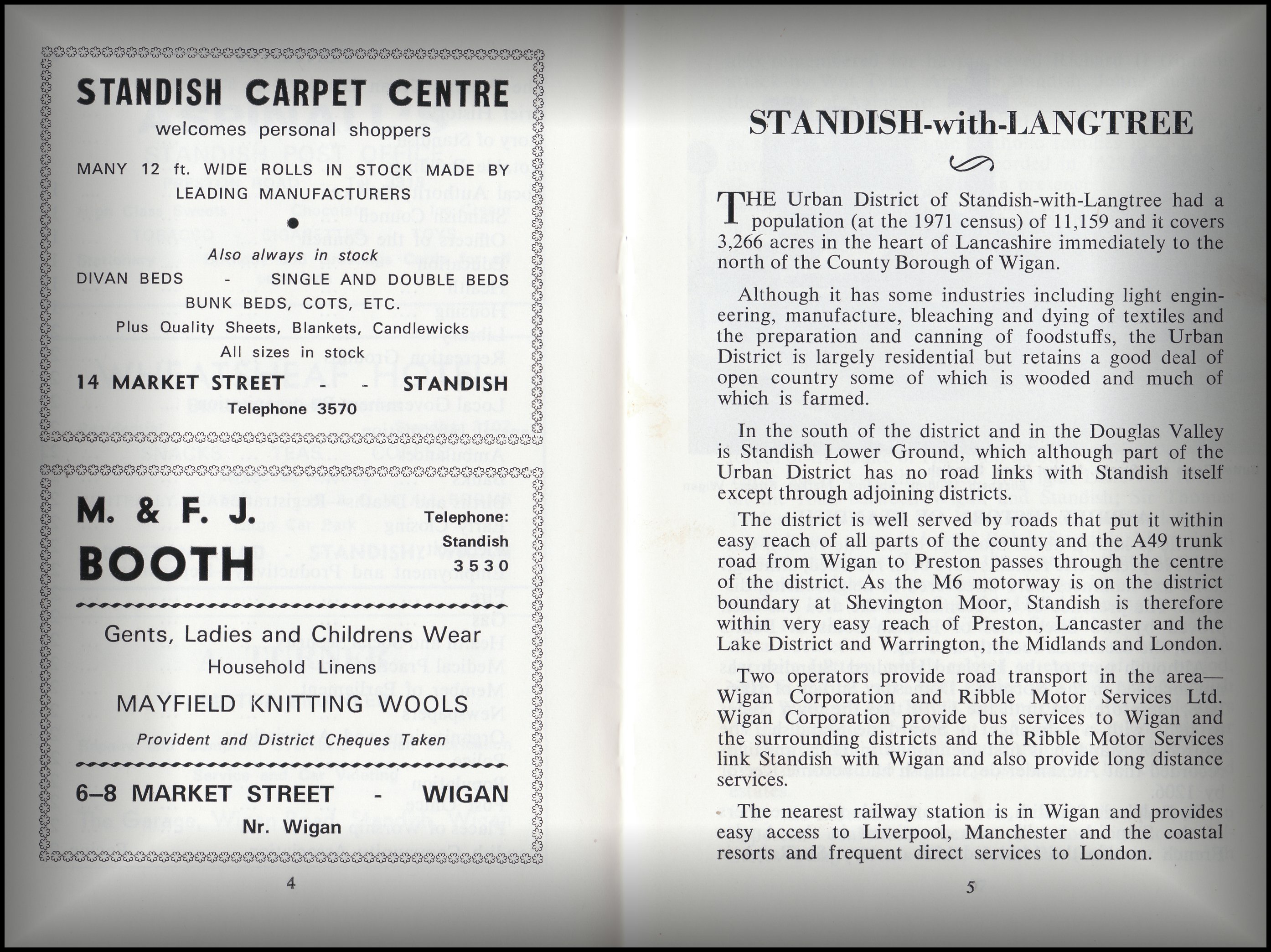
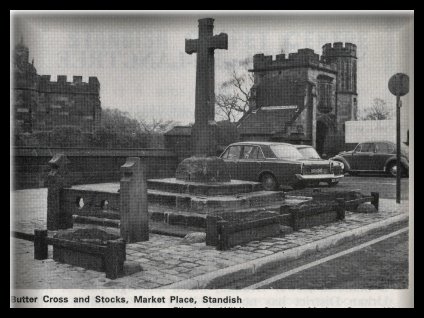
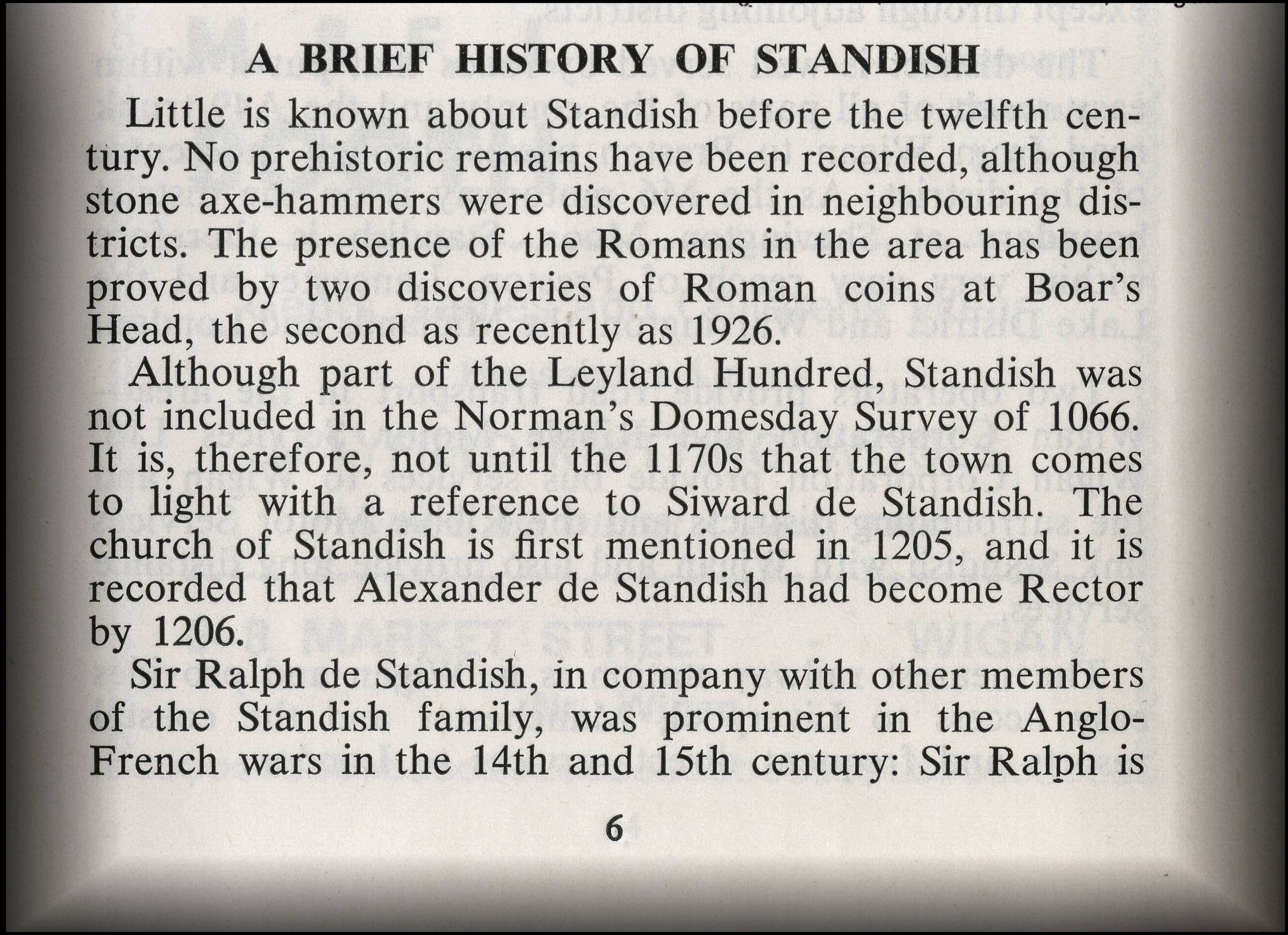

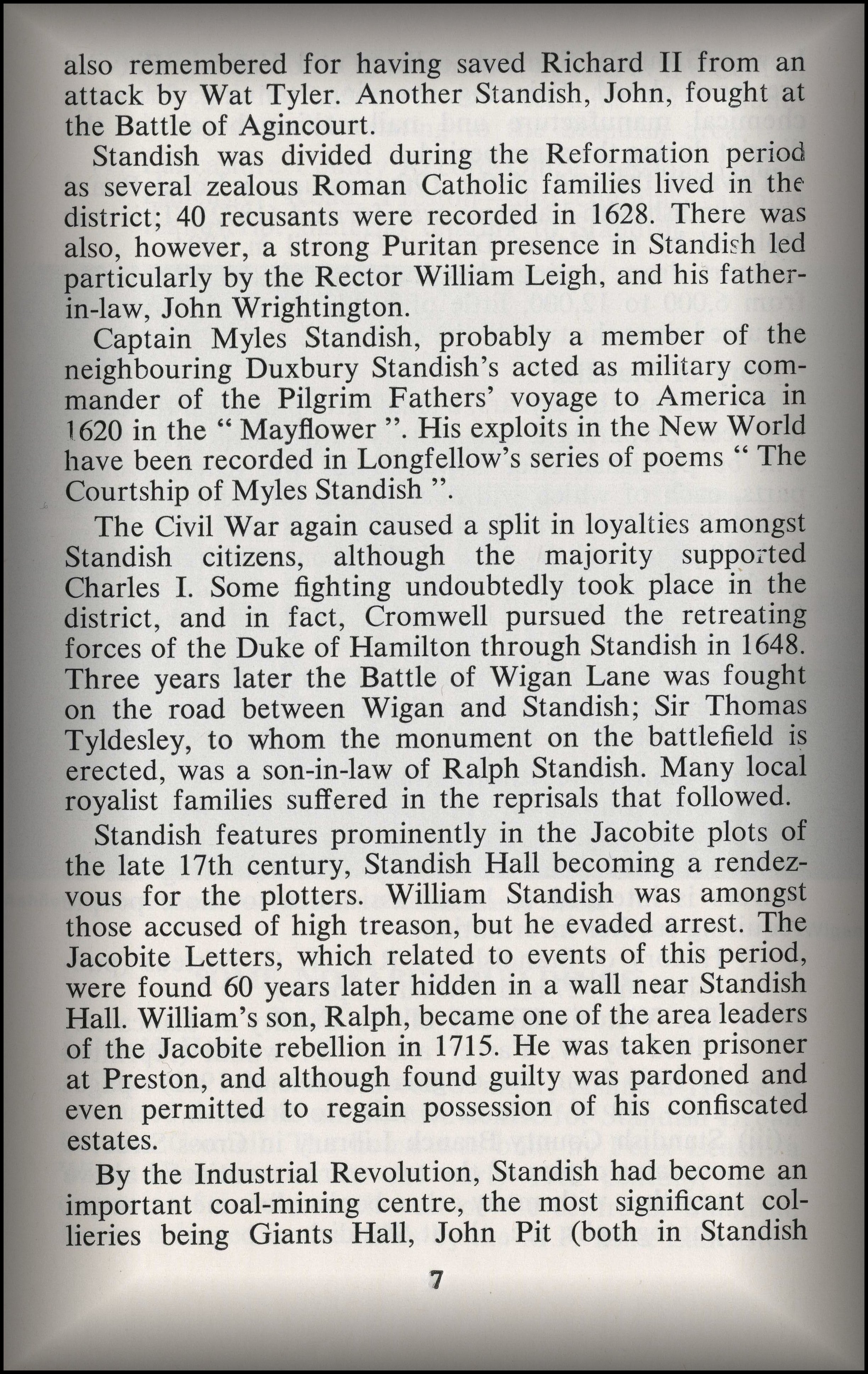
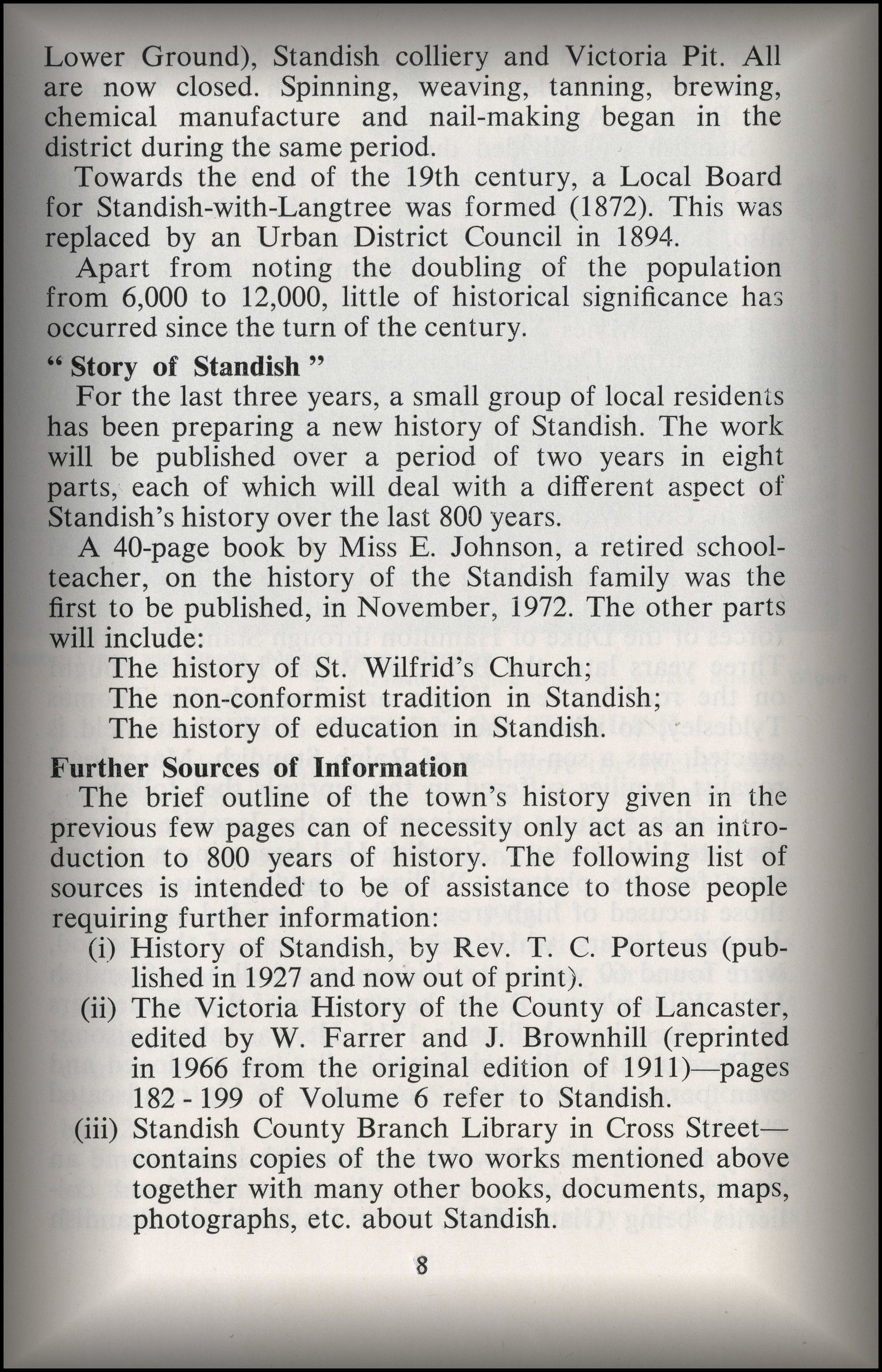

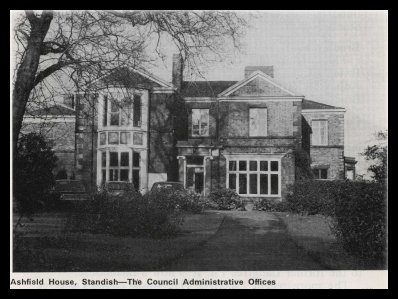
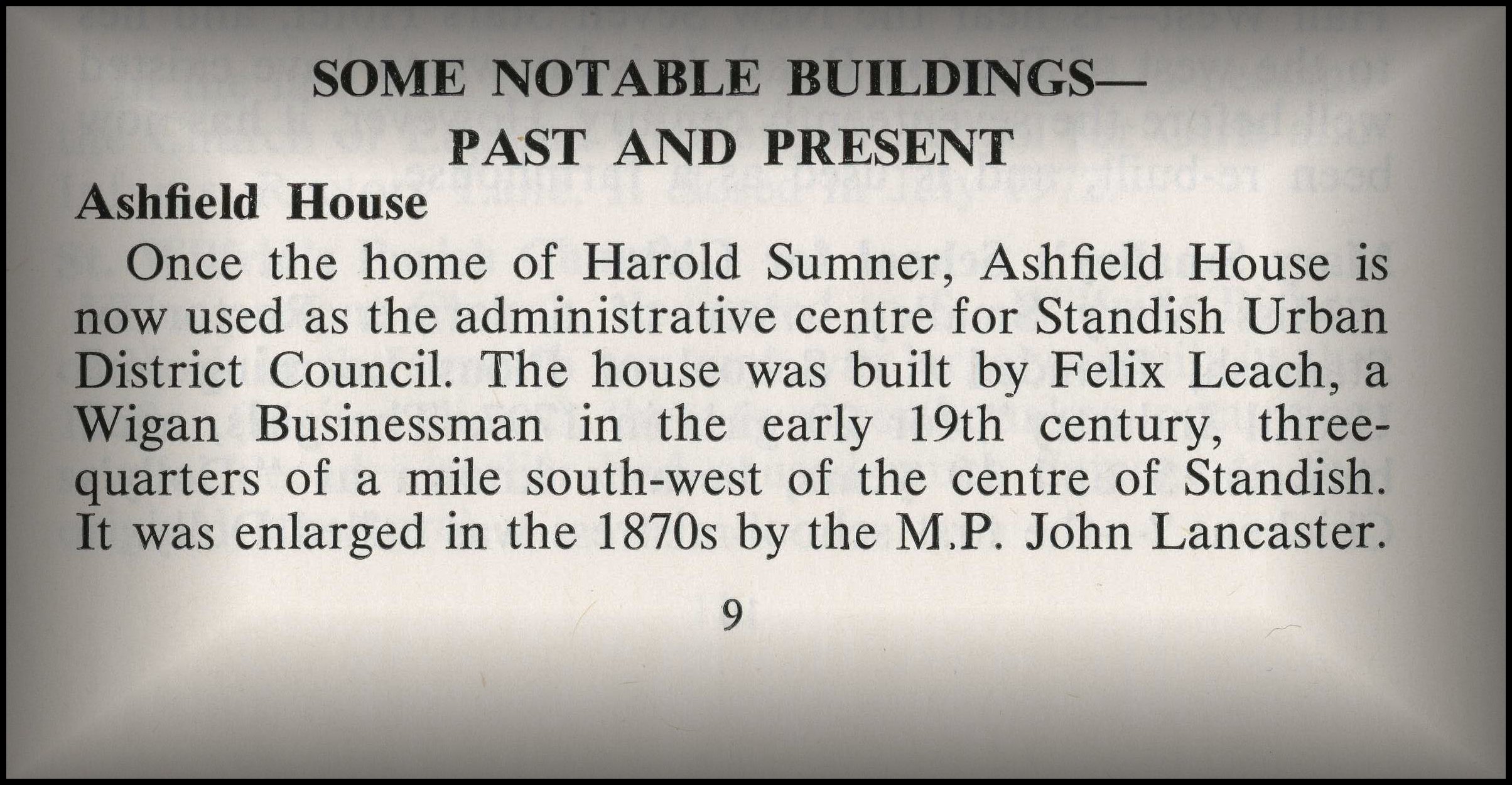
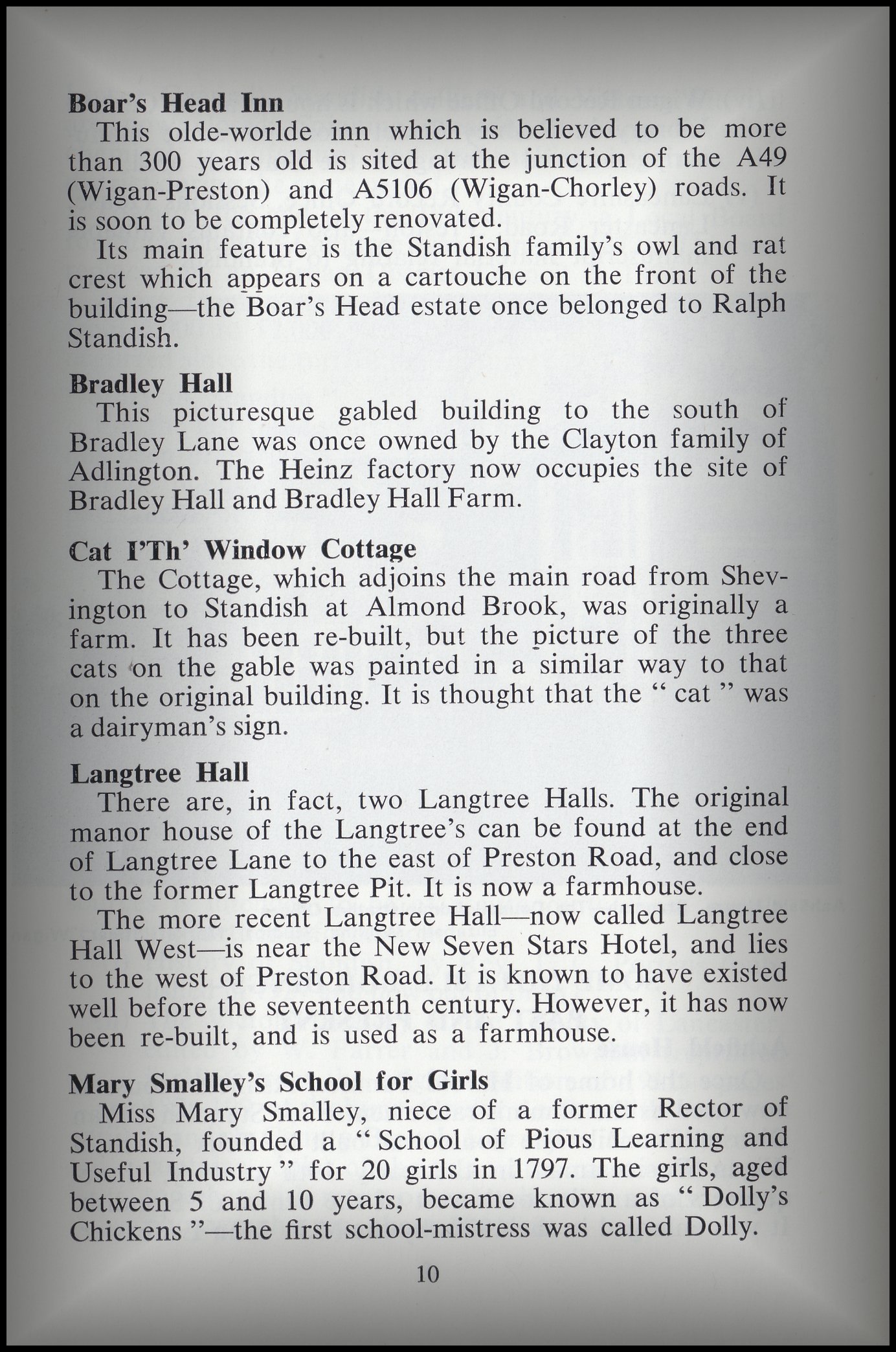
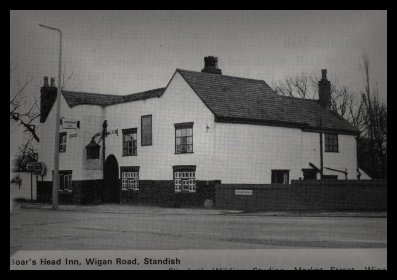
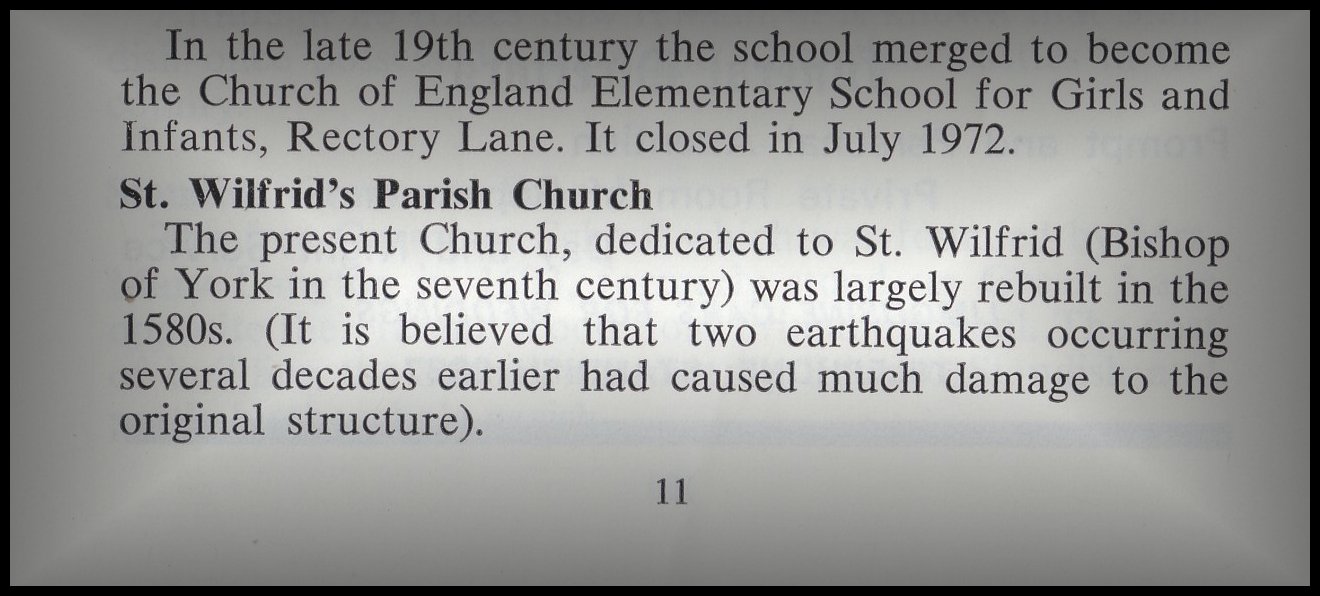
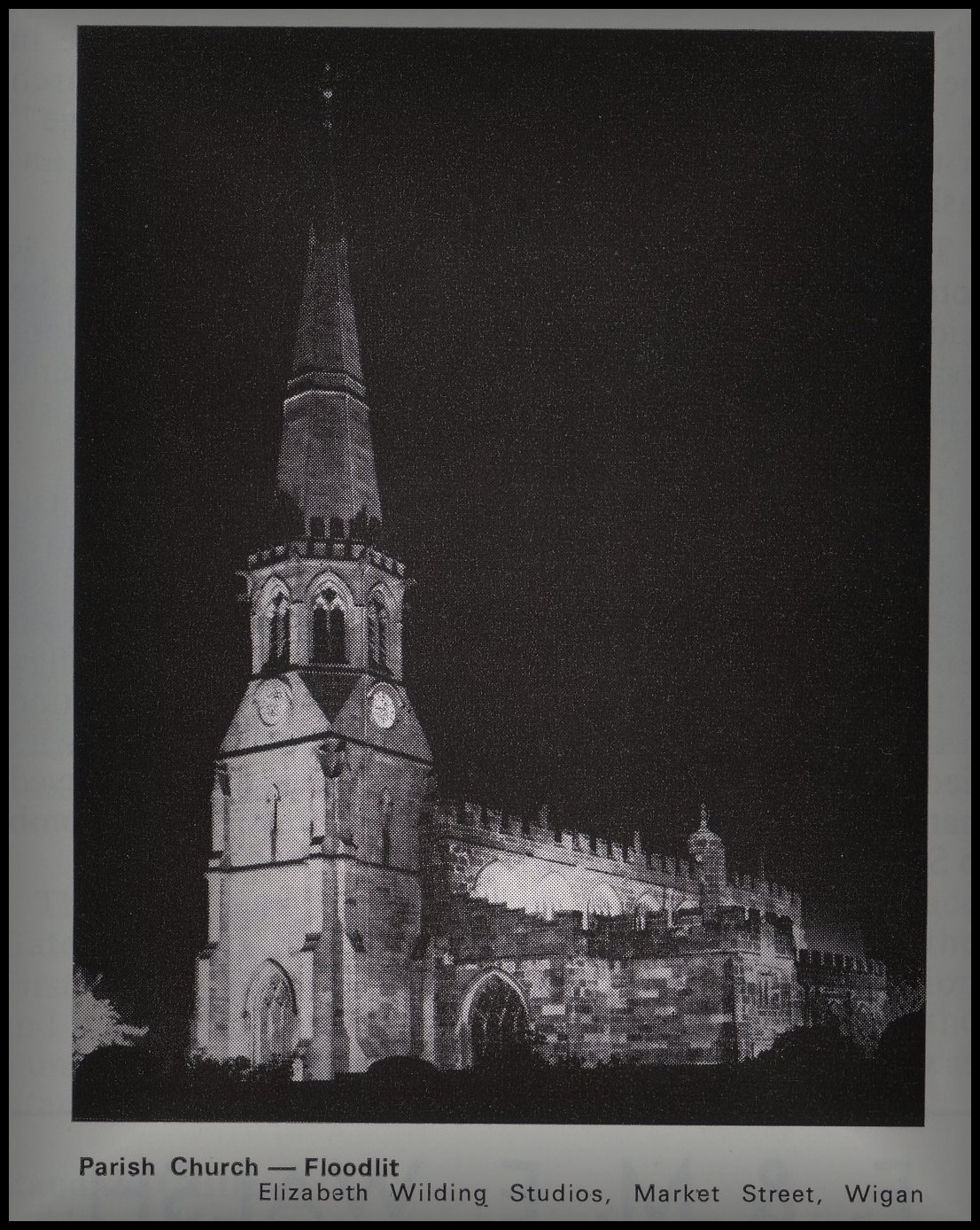
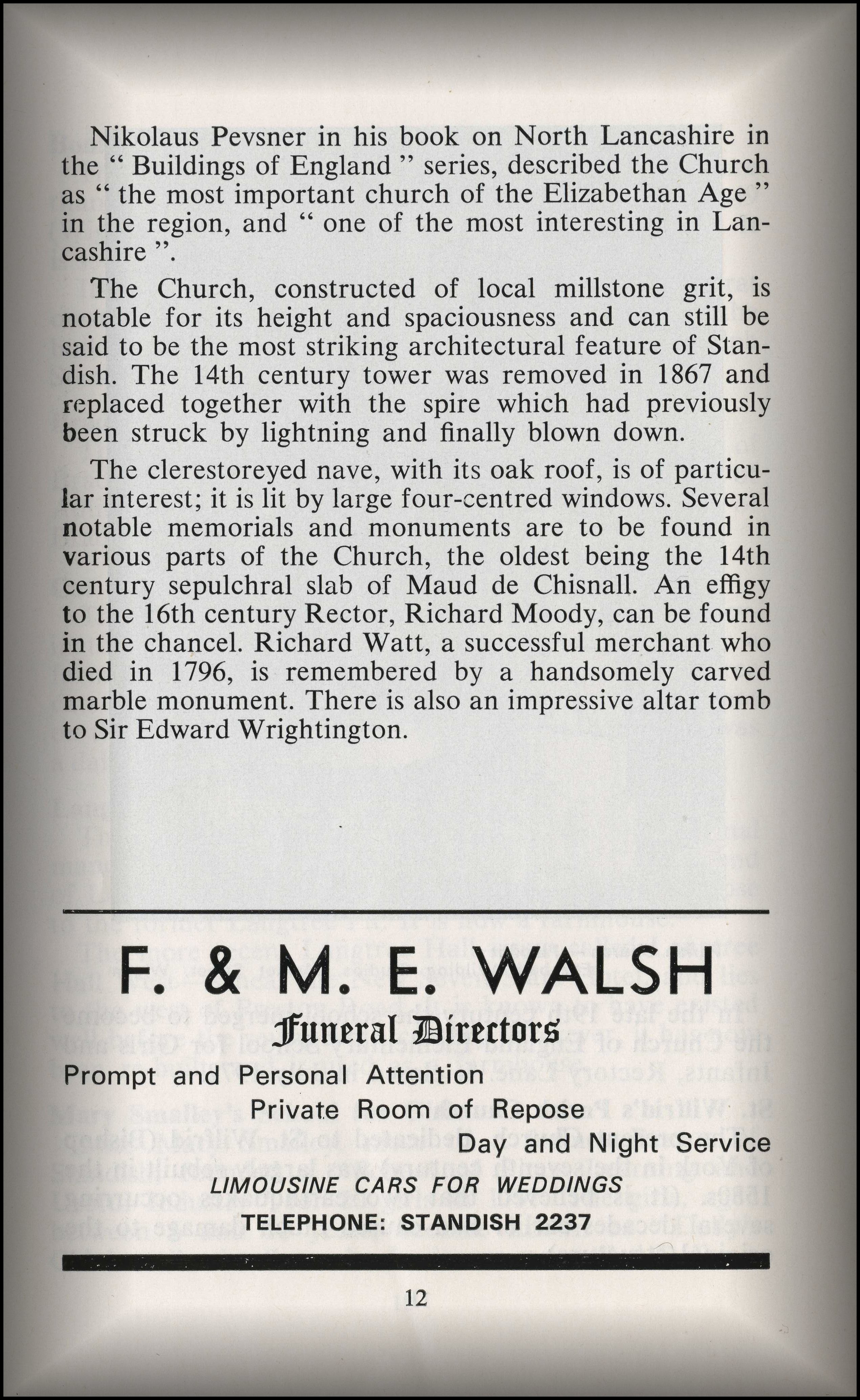
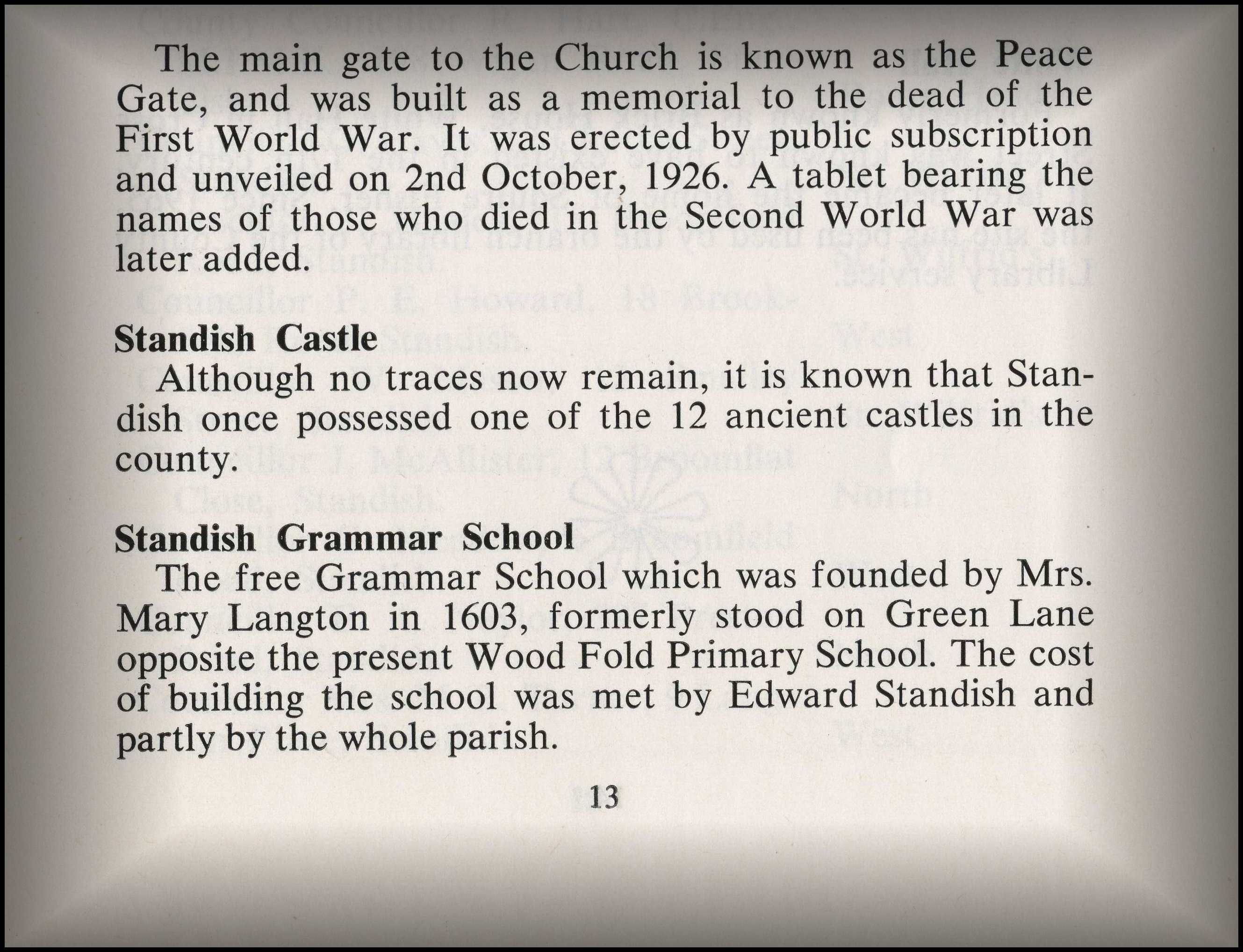

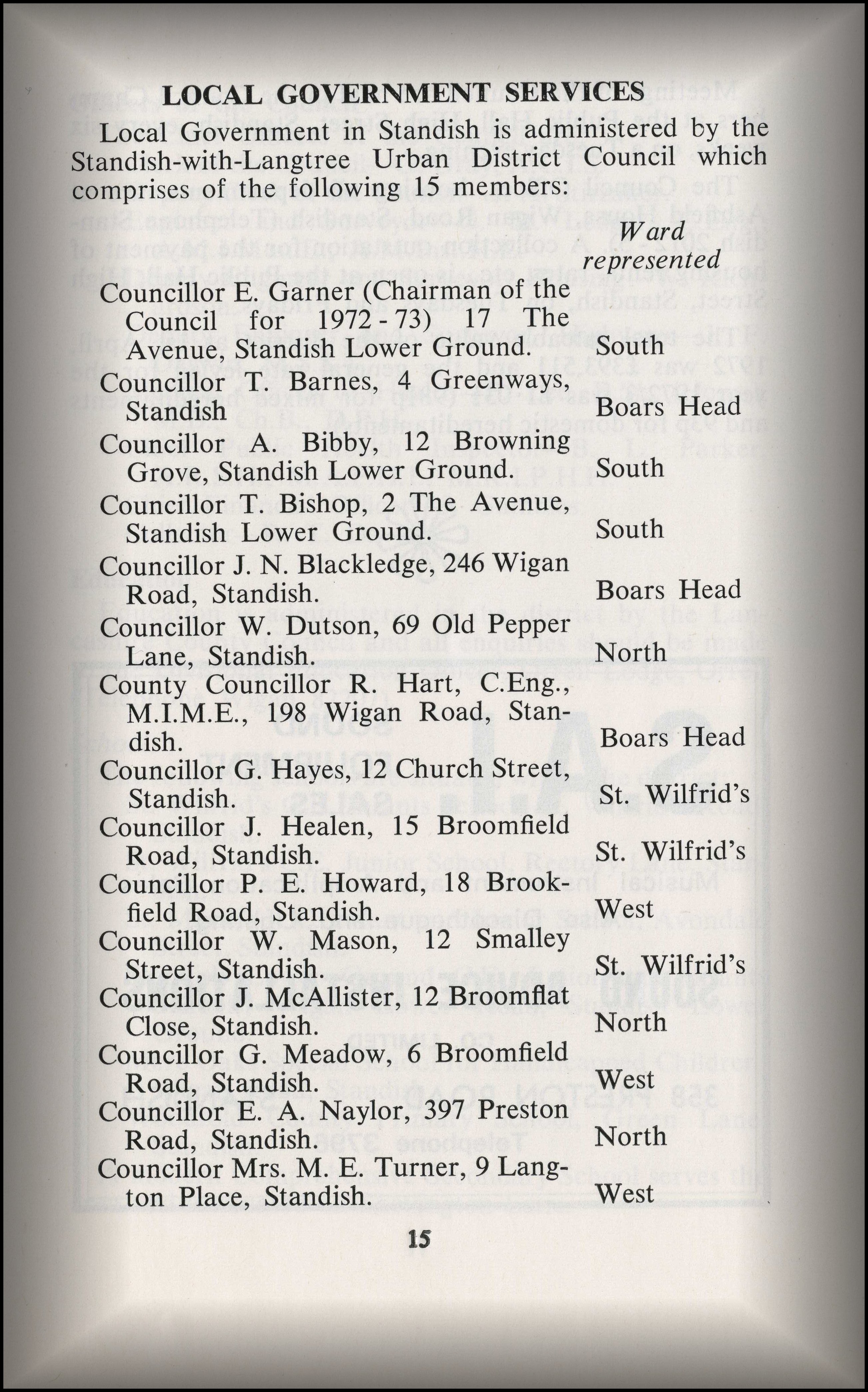
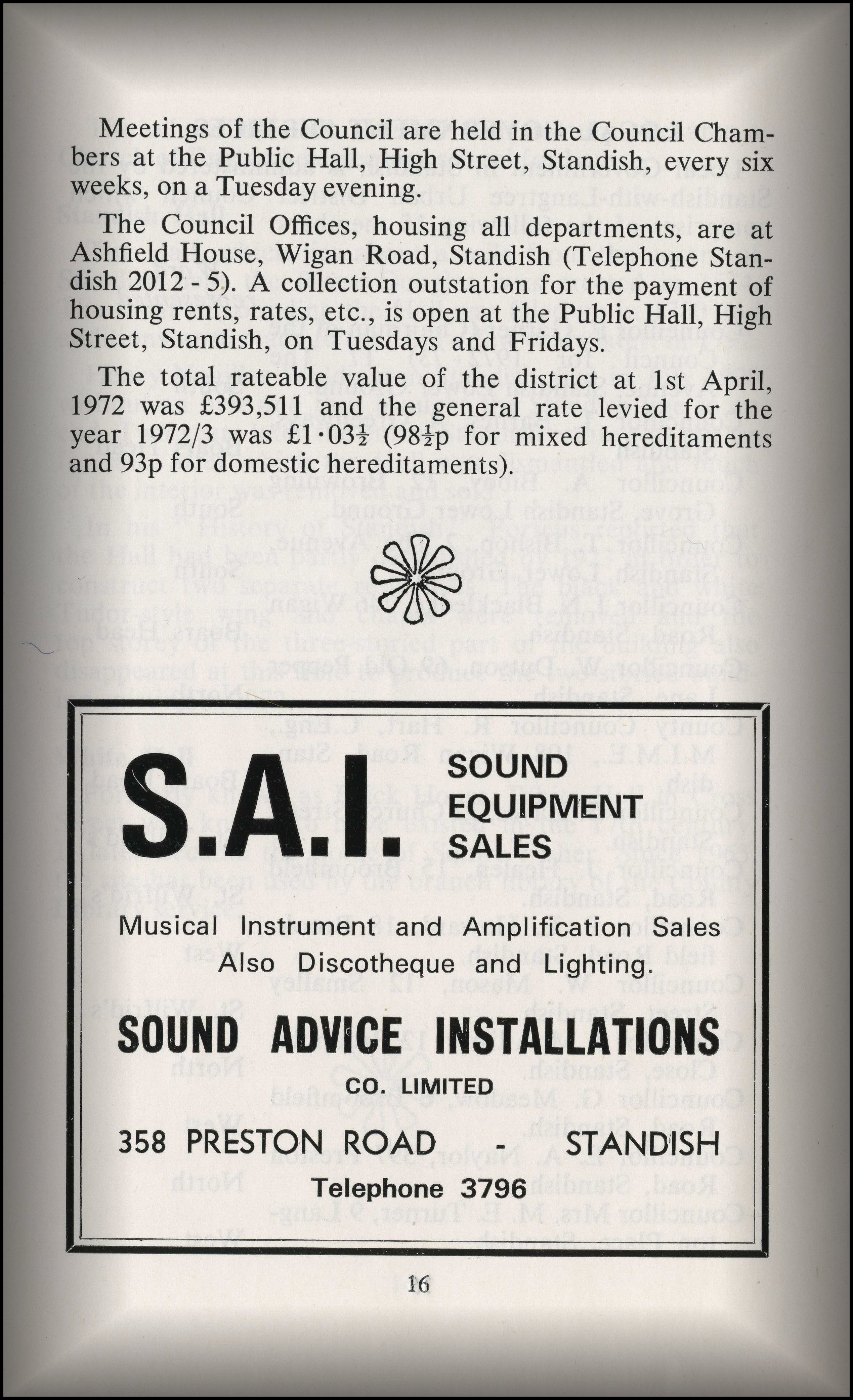
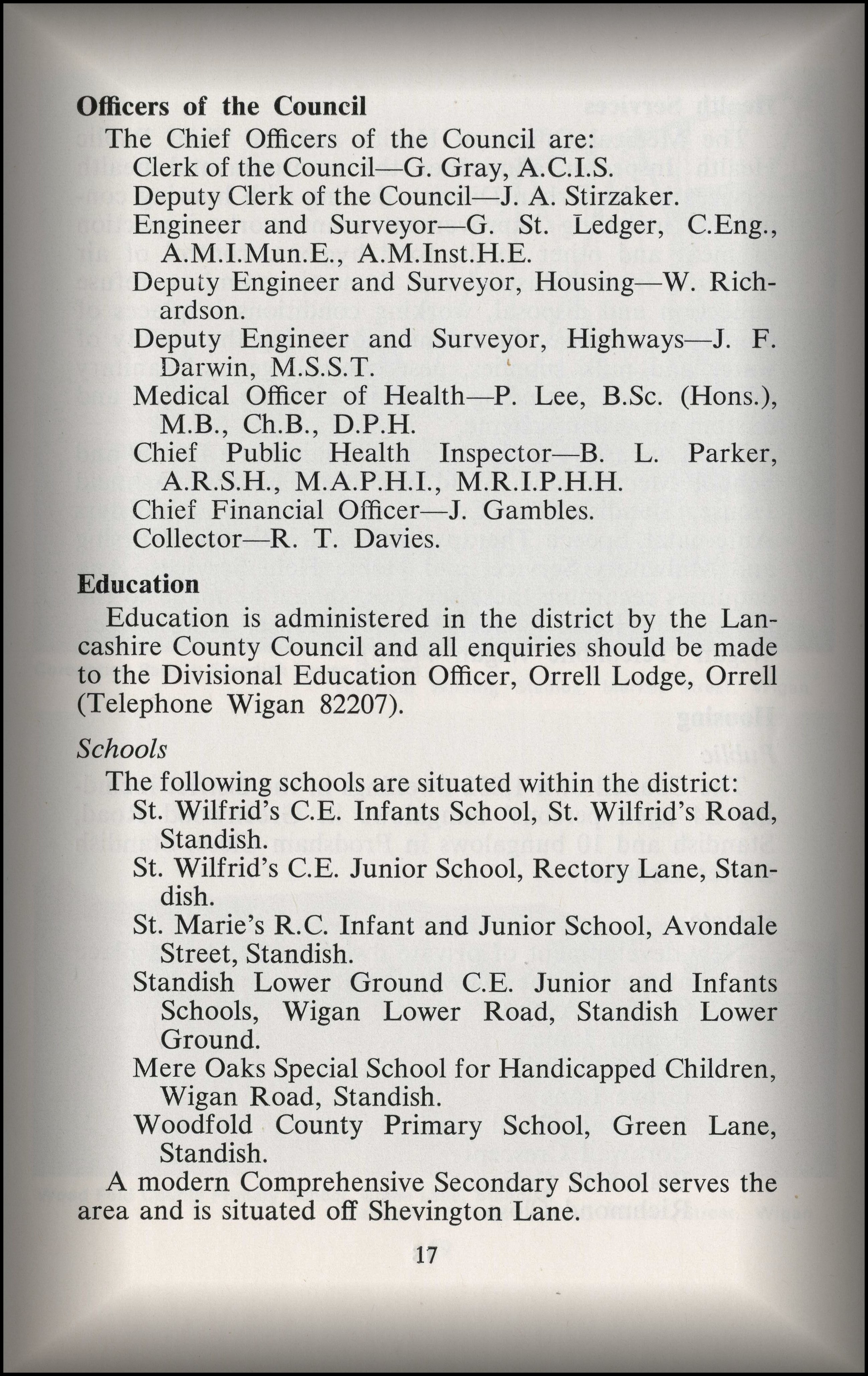
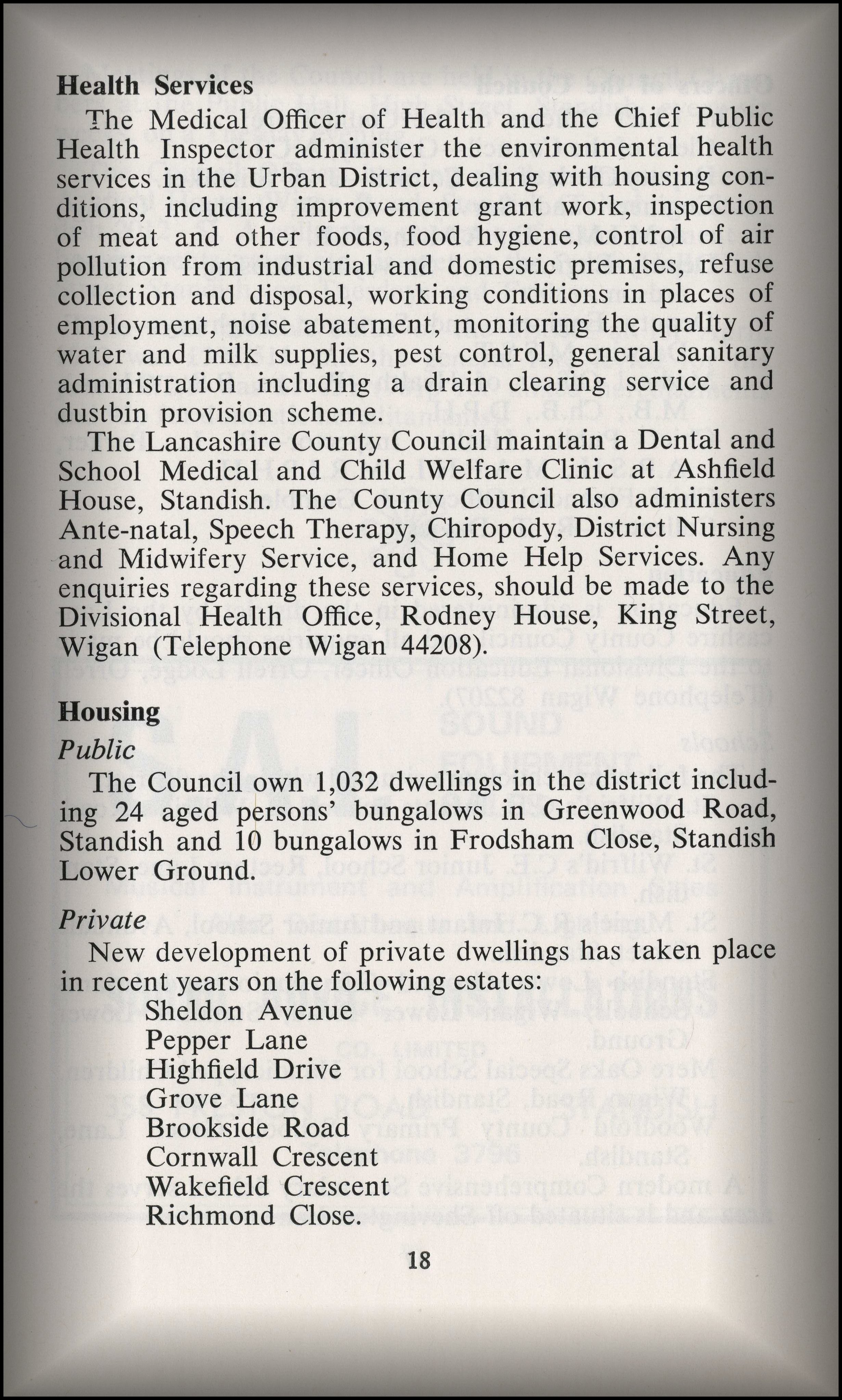
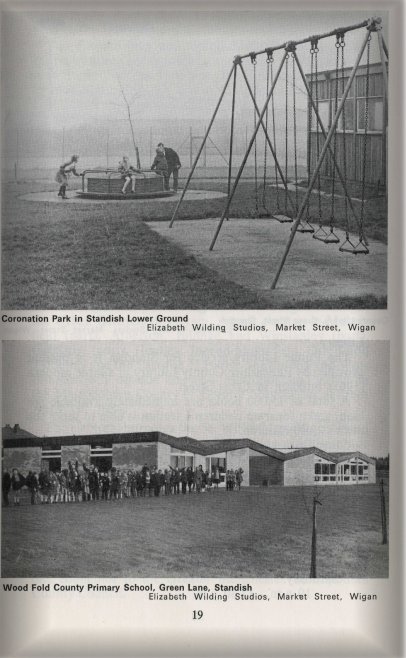
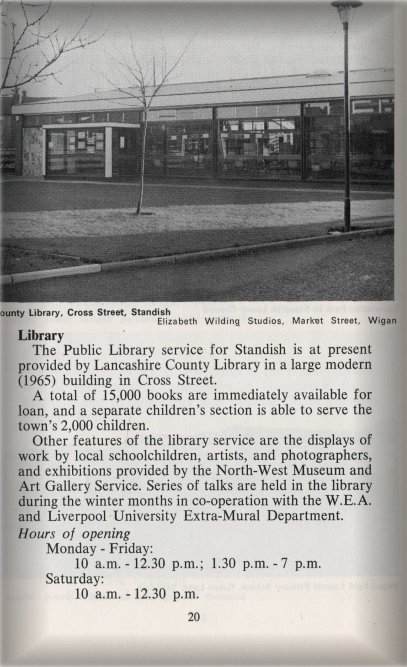
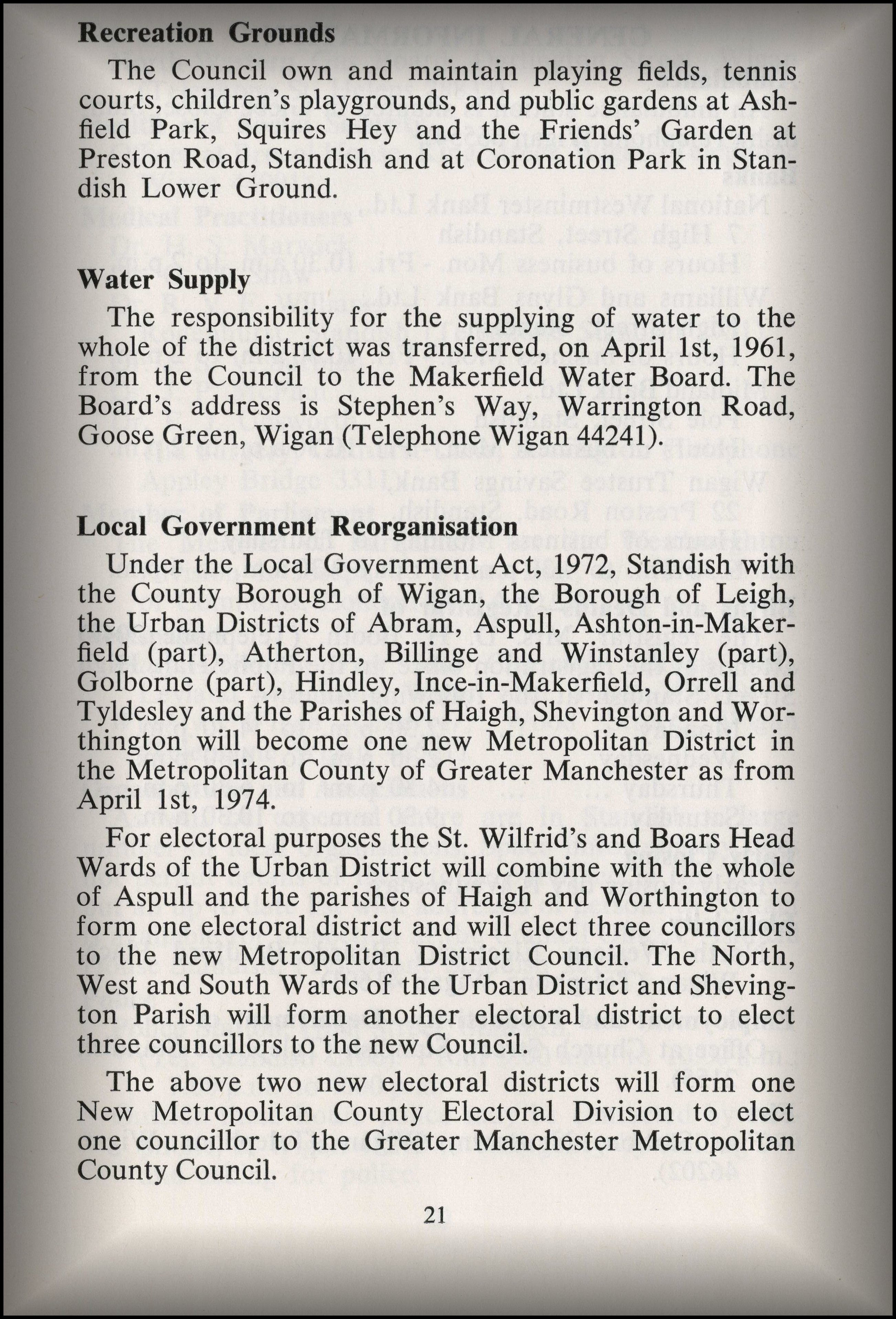

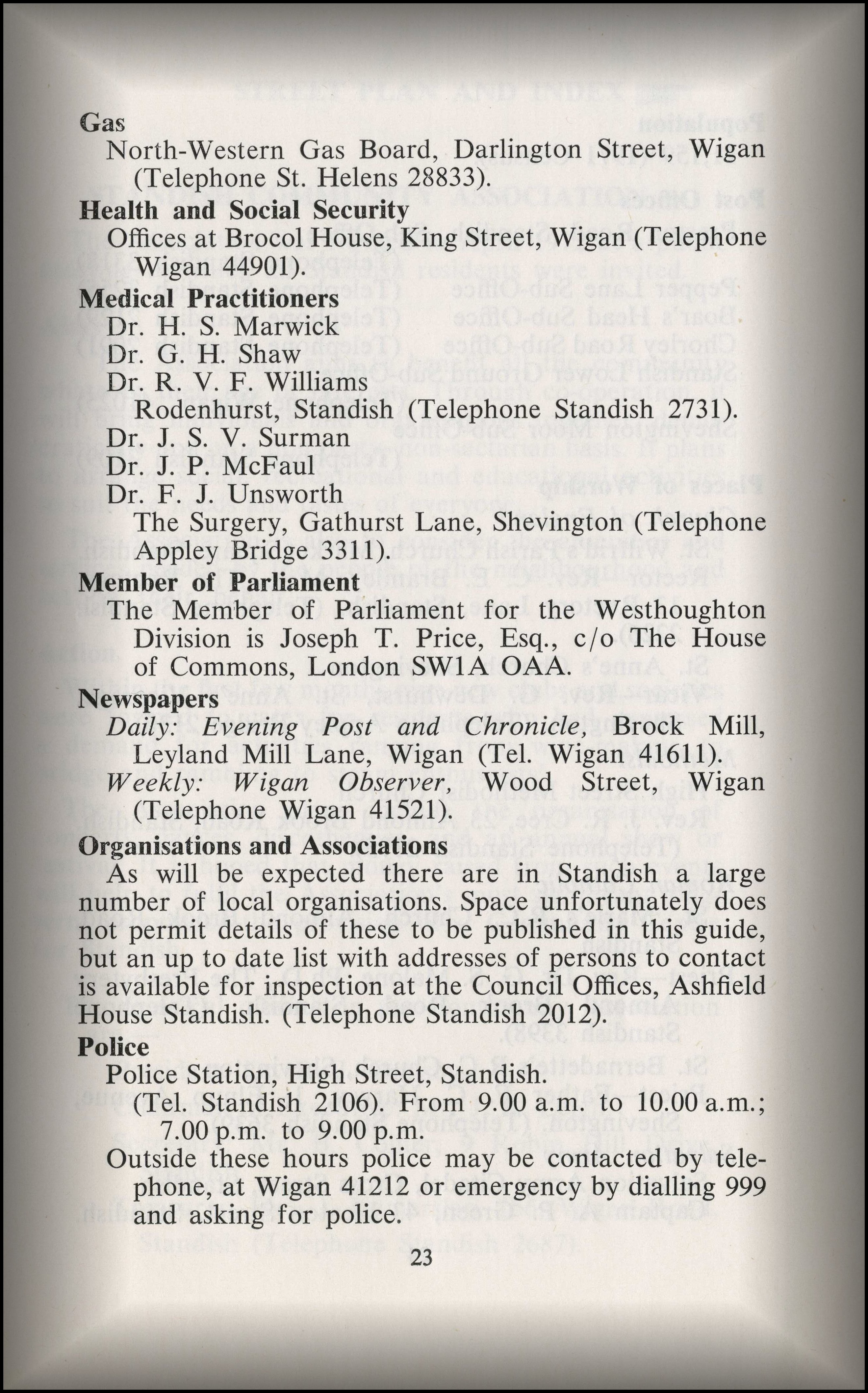
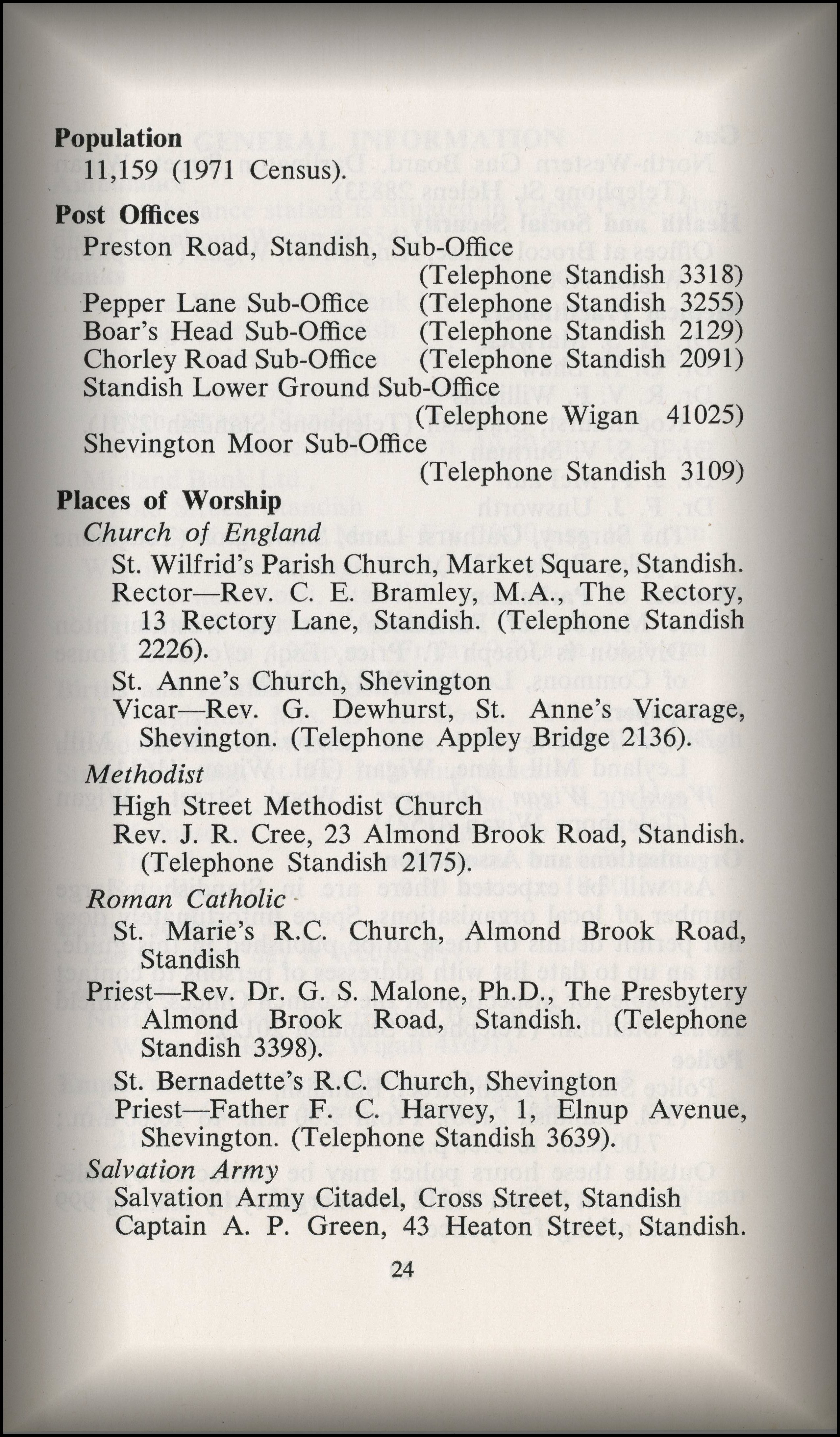
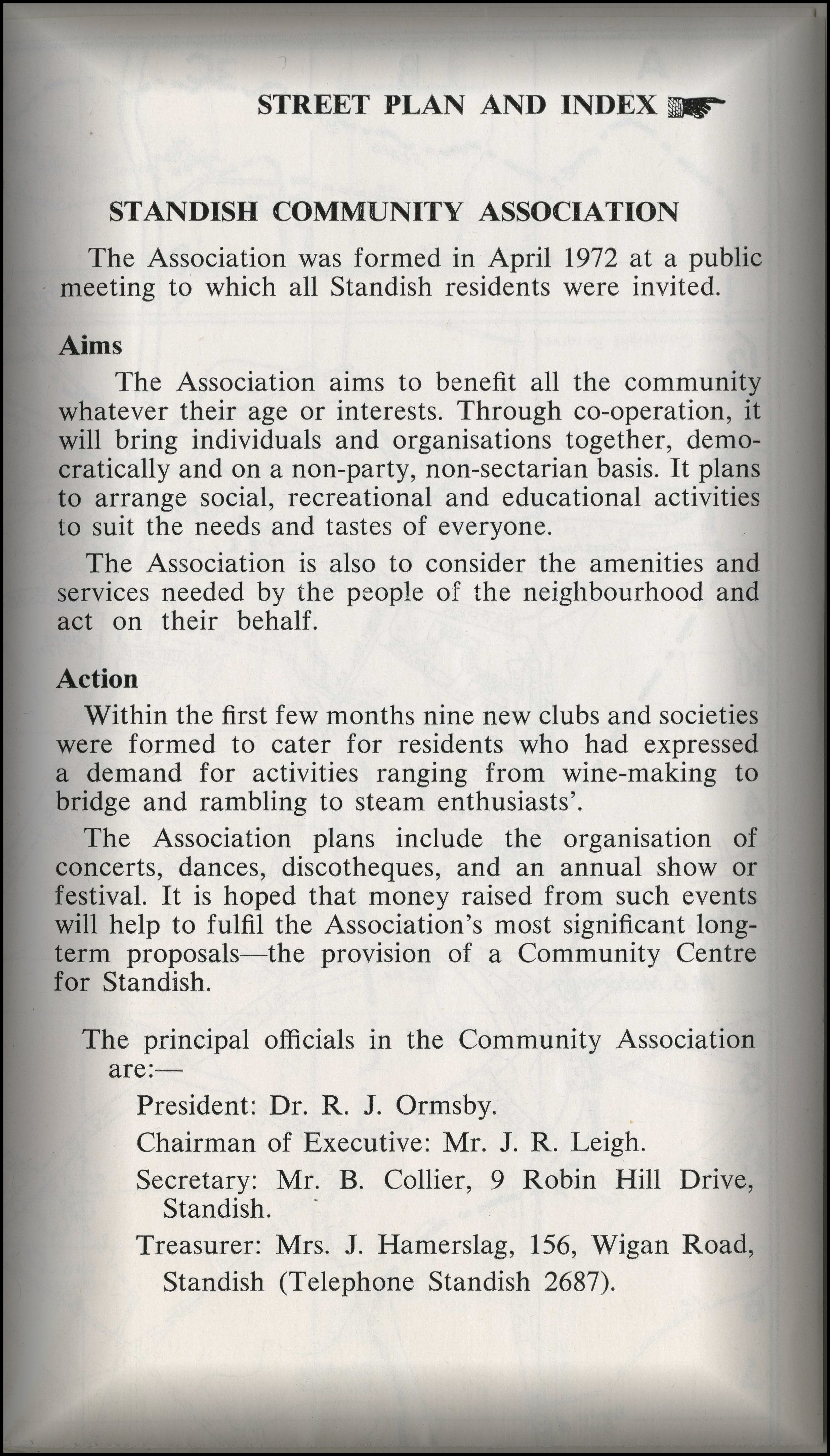
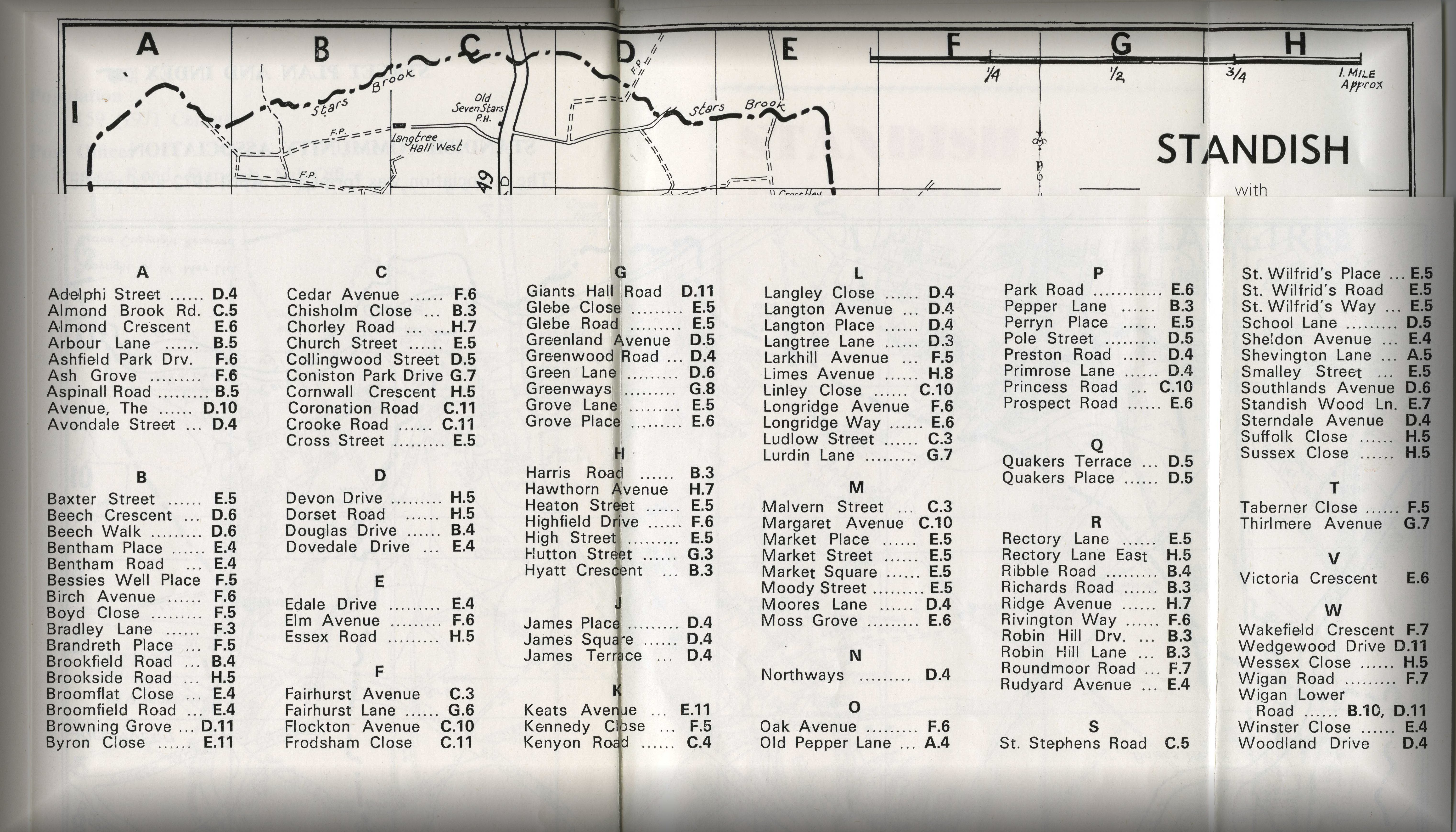
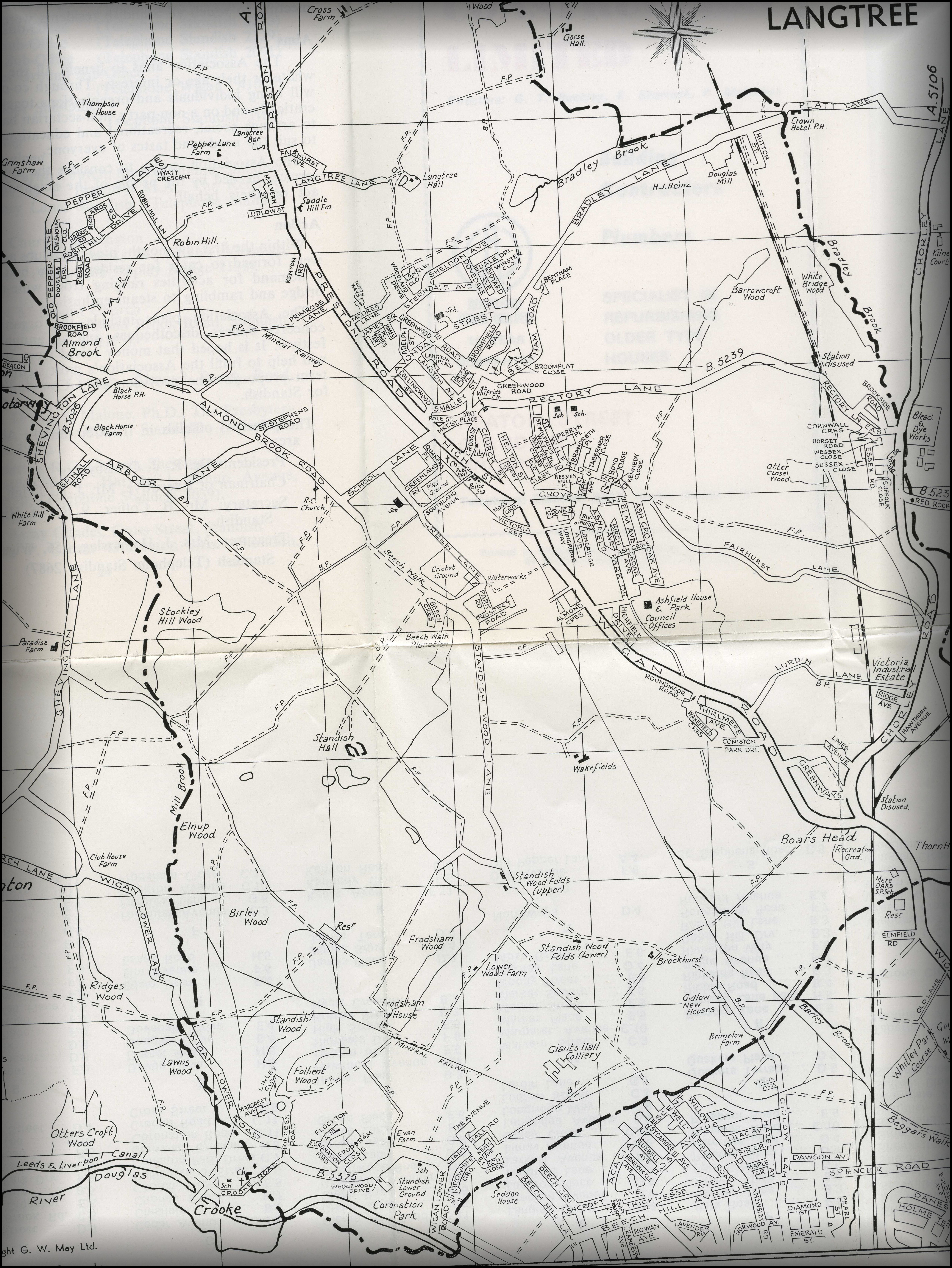
![]()
![]()